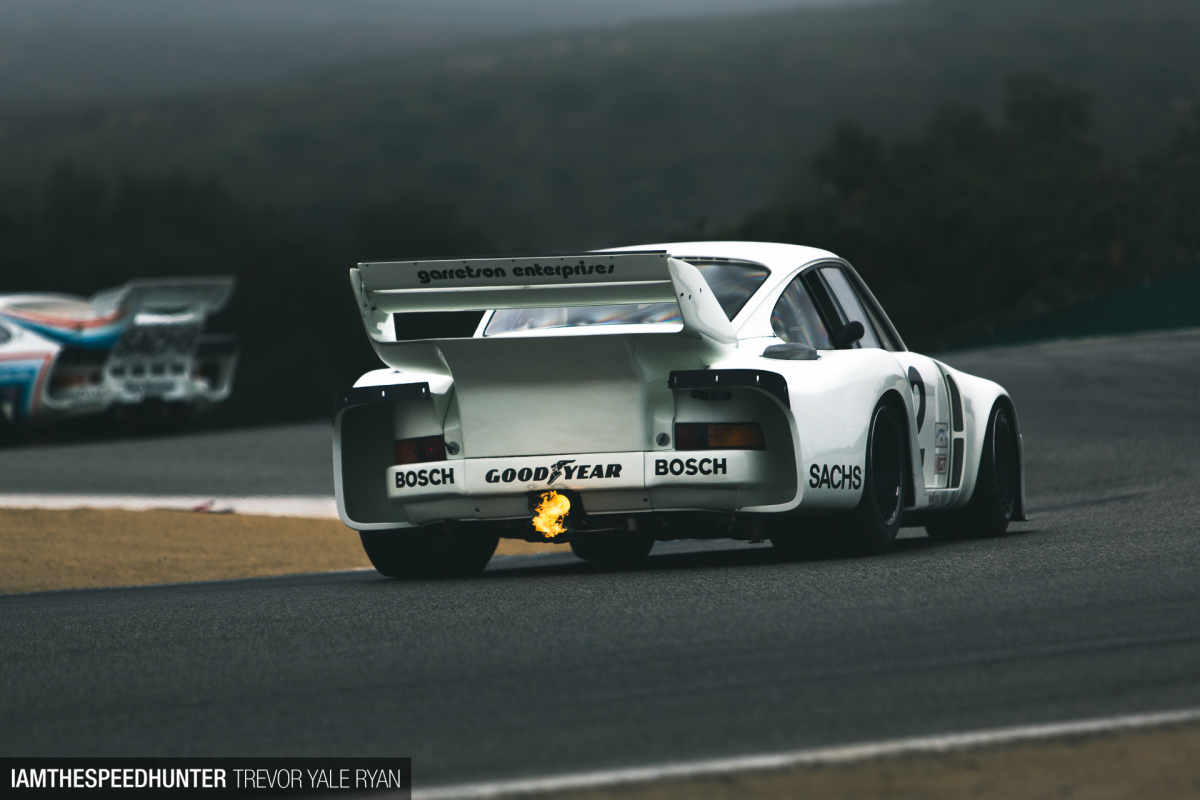
Mazda Raceway Laguna Seca. With the first race being held here in 1957, the iconic California track recently celebrated its 60th birthday in very appropriate fashion: the Rolex Monterey Motorsports Reunion.
With hundreds of legendary classic machines descending onto the track during Monterey Car Week 2017, what better way to spend your weekend.
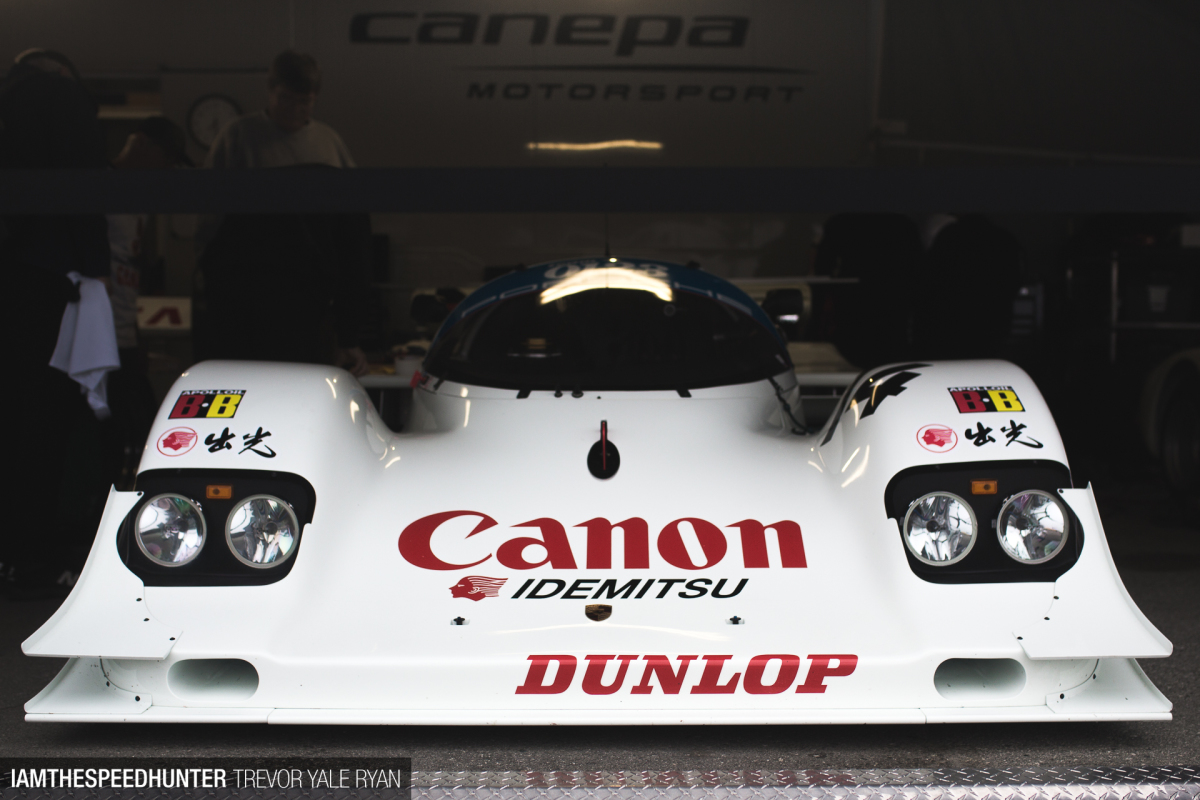
The weekend was doubly special for me as the following week would mark exactly four years since I purchased my first camera. After reading a photography article on Speedhunters by Paddy, I took the plunge and selected (my wallet had a big say in it) a used Canon 40D — despite its low price, it’s a body that served me very well and one I still use from time to time. If you’re thinking about pulling the trigger on a DSLR, take a look through the photo guide archives and dig up the very good advice that changed my life.
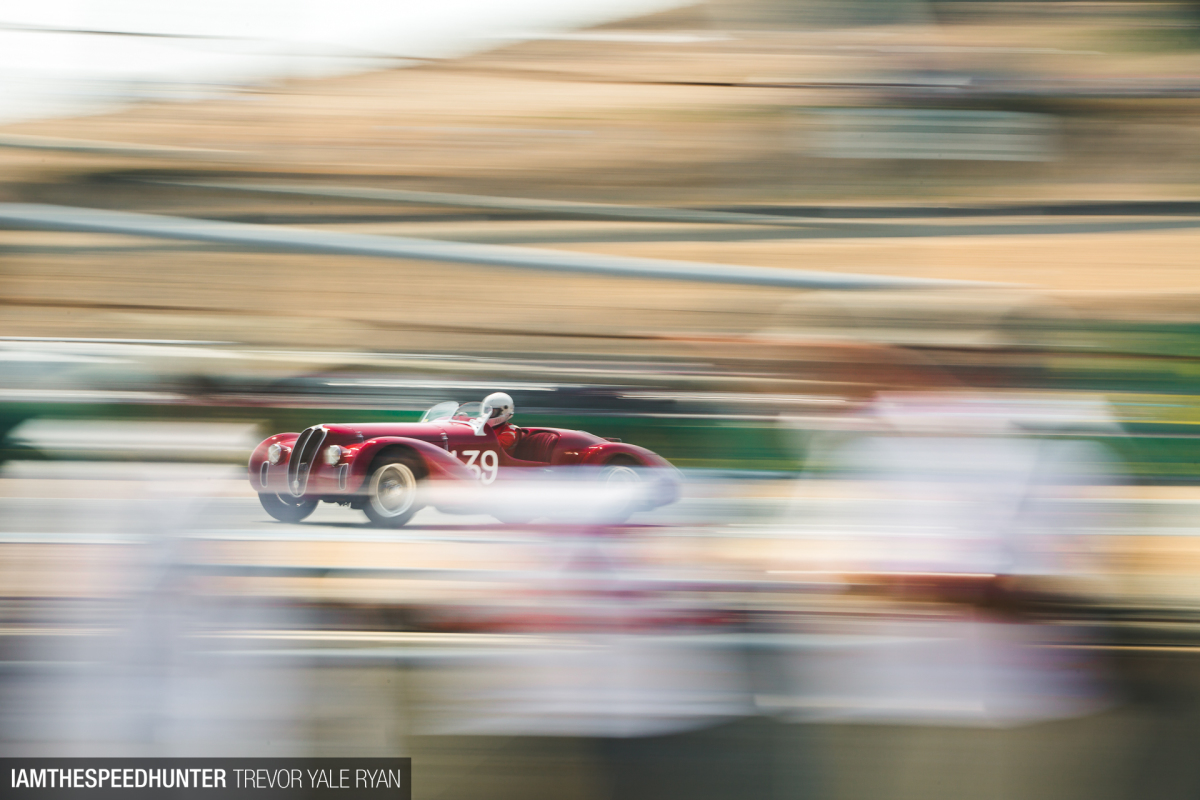
While that might seem a dramatic claim, numbers don’t lie. After I made it home from the Historics I added up all the shots I’ve taken in the last four years. On this Saturday at Mazda Raceway Laguna Seca I rolled past a total of 180,000 photos with some of my all-time favorite frames coming from this event. This number would likely be much higher if I hadn’t started my engineering degree at the same time I picked up the 40D, but photography has undeniably become a huge part of my every day life.
Even though the vast majority of of these shots are probably relatively unusable, the process of taking all those photos has been an extremely educational experience. It’s also taken me places I would have never gone otherwise and I’ve made some of my best friends in the process. I would encourage anyone on the fence to just go for it and pick up a camera; photography has a way of changing the way you look at the world.
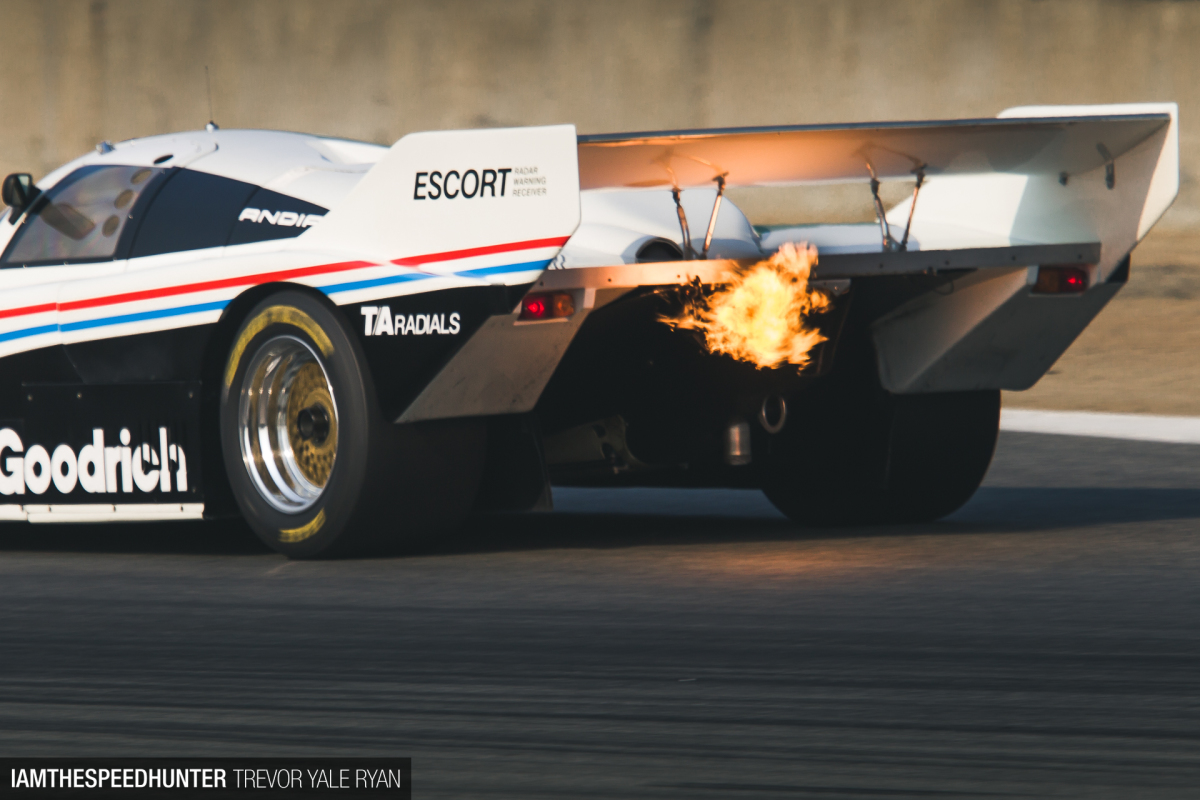
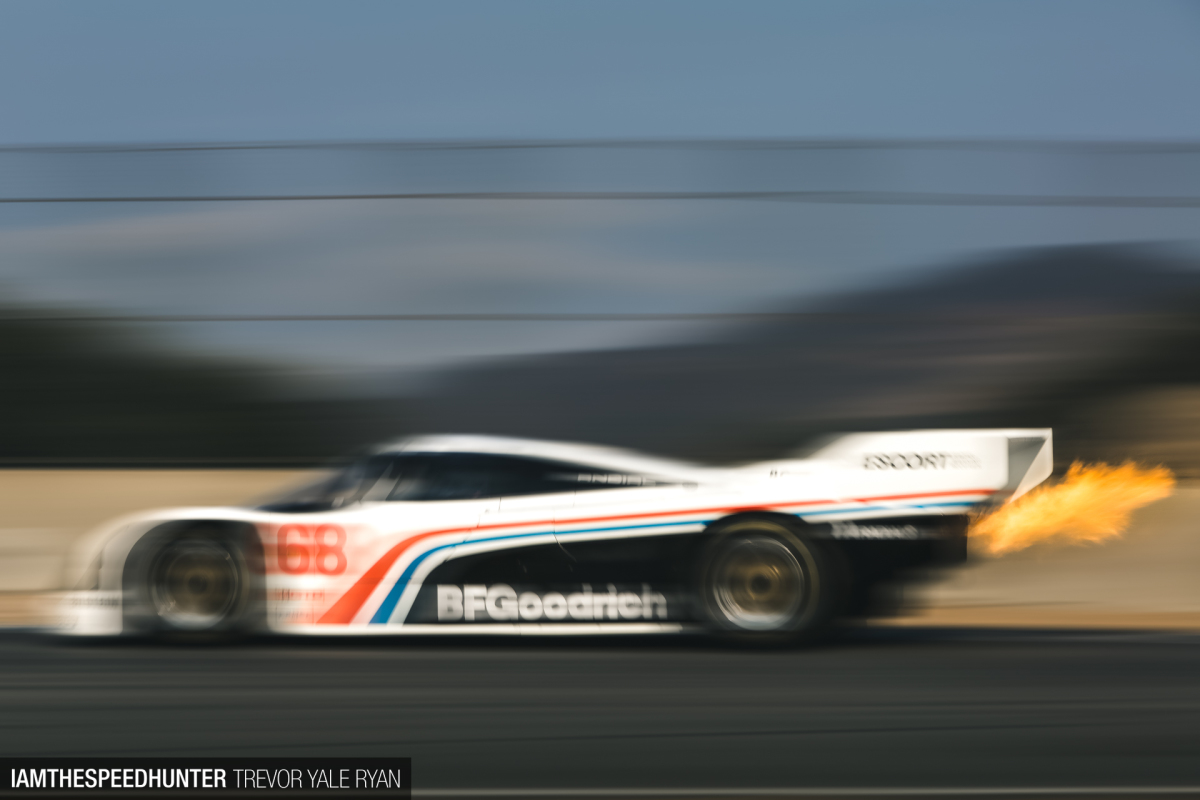
I was up far before the sun to make the drive down from my home in the Bay Area to Monterey, but it was well worth it to beat the crowds and see the classics getting warmed up. The history of this track, the legendary cars running around the circuit, the eerie morning fog, the sound of turbocharged giants spitting fire. What more could you ask for?
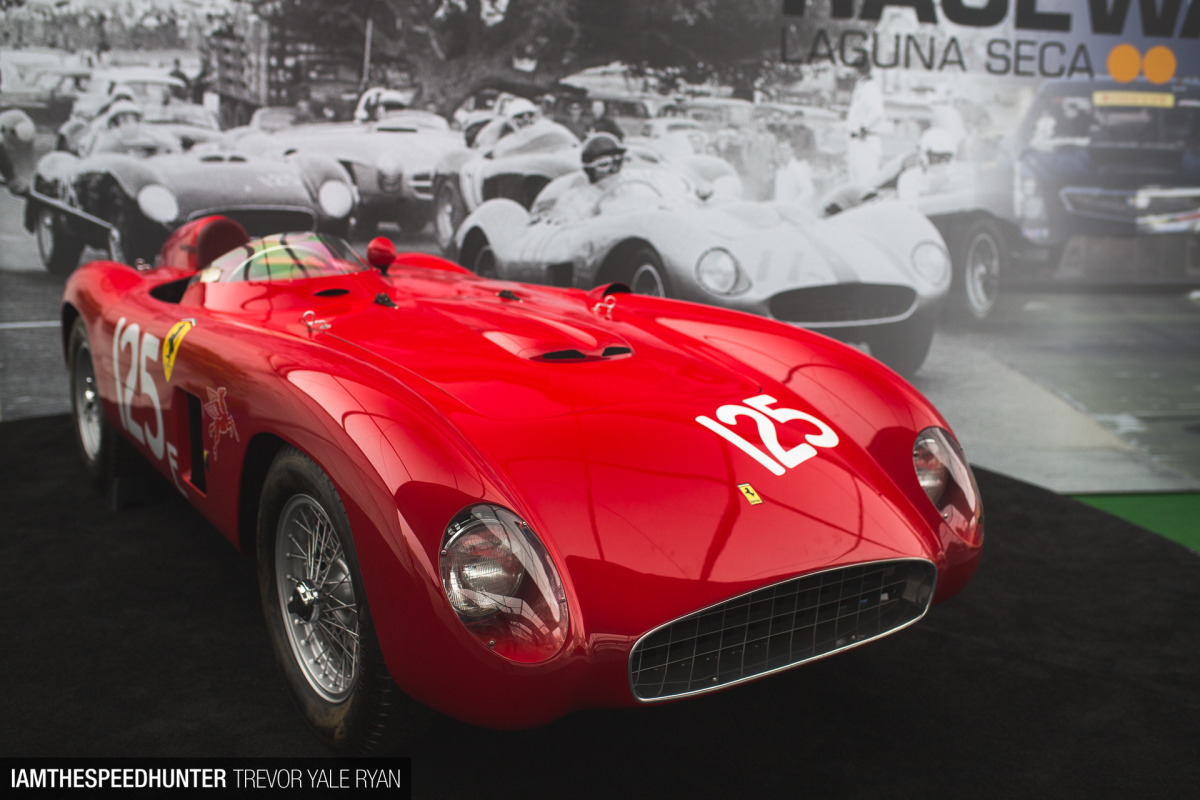
Many of the cars that made their way around the tarmac this weekend actually raced here in years past, too — championships were decided in these very machines at this very place. In fact, this 1956 Ferrari 500 Testa Rossa driven by Pete Lovely was the first car to win a race at here Laguna Seca. Surrounding the Ferrari were a number of other amazing historic vehicles, housed in a temporary structure that read ‘Racing Through The Decades.’
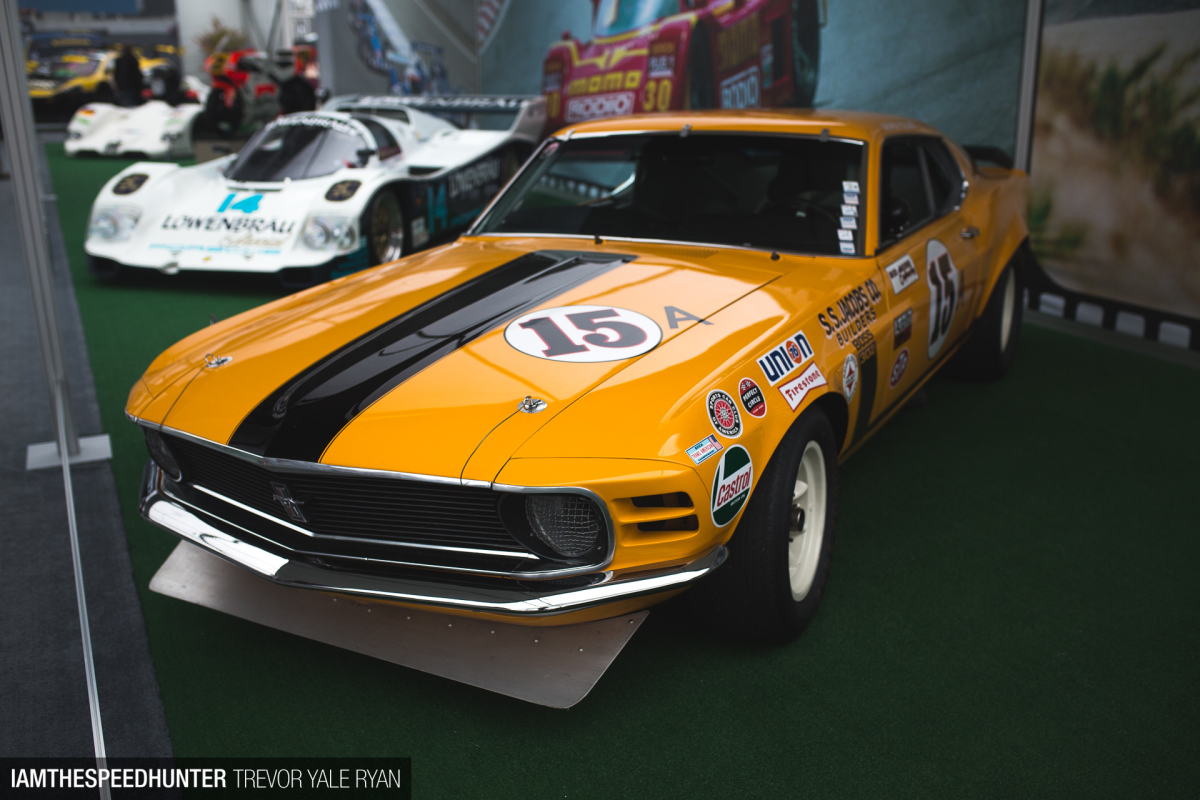
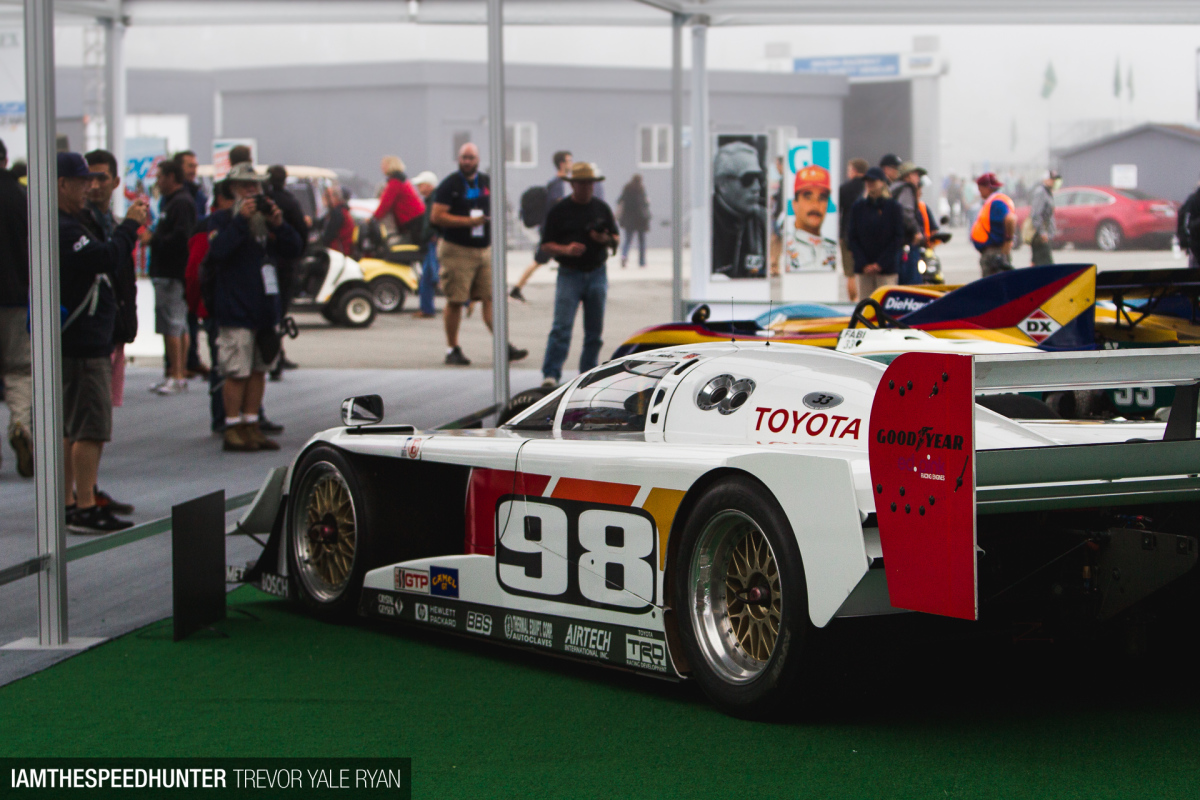
This miniature museum took us from that ’56 Testa Rossa all the way up to the 2016 Pirelli World Challenge championship-winning car, a McLaren 650S GT3 that clinched its title at this track. Other greats included the stunning V12 BMW LMR, a Boss 302, the gorgeous 1973 Porsche 917/30 (notice the placard says it makes a staggering 1,500hp), the dominant ’93 Toyota Eagle MkIII, and more. They even snuck a 1990 Yamaha YRZ500 into the mix. I could have easily spent an hour in this one small building but there was so much more to see around the paddock.
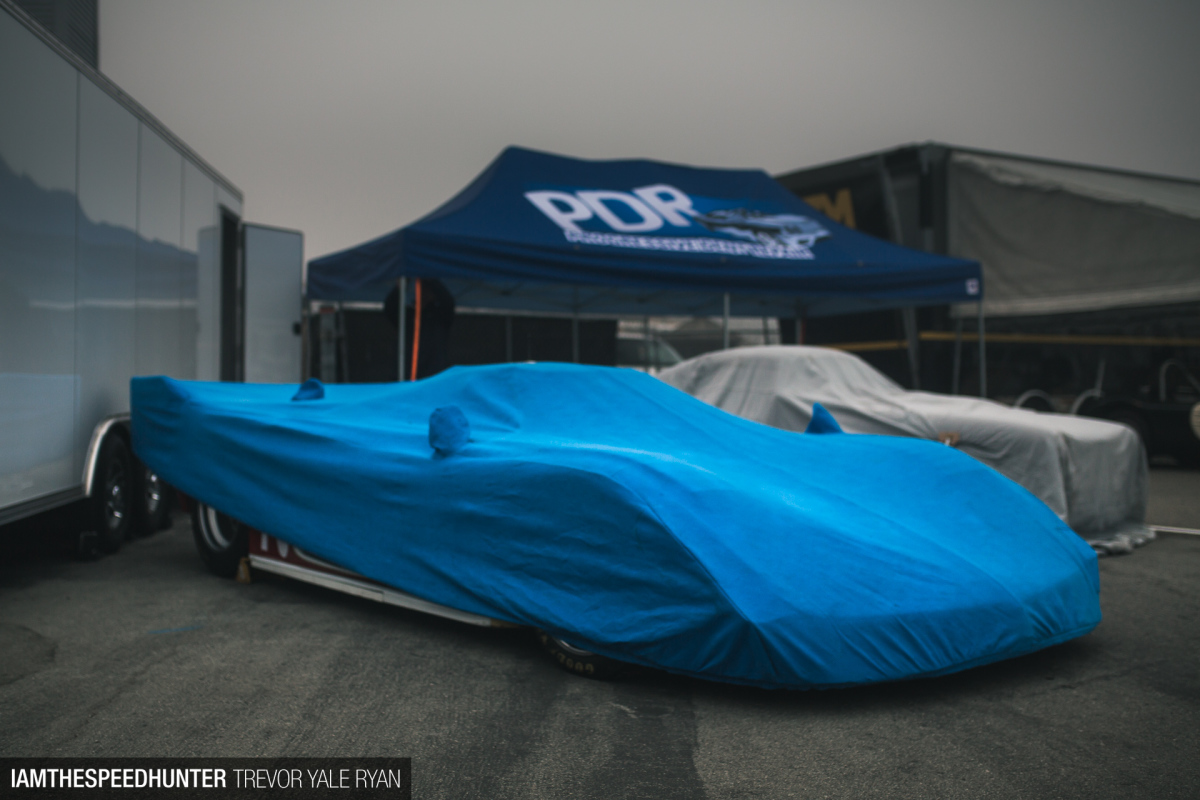
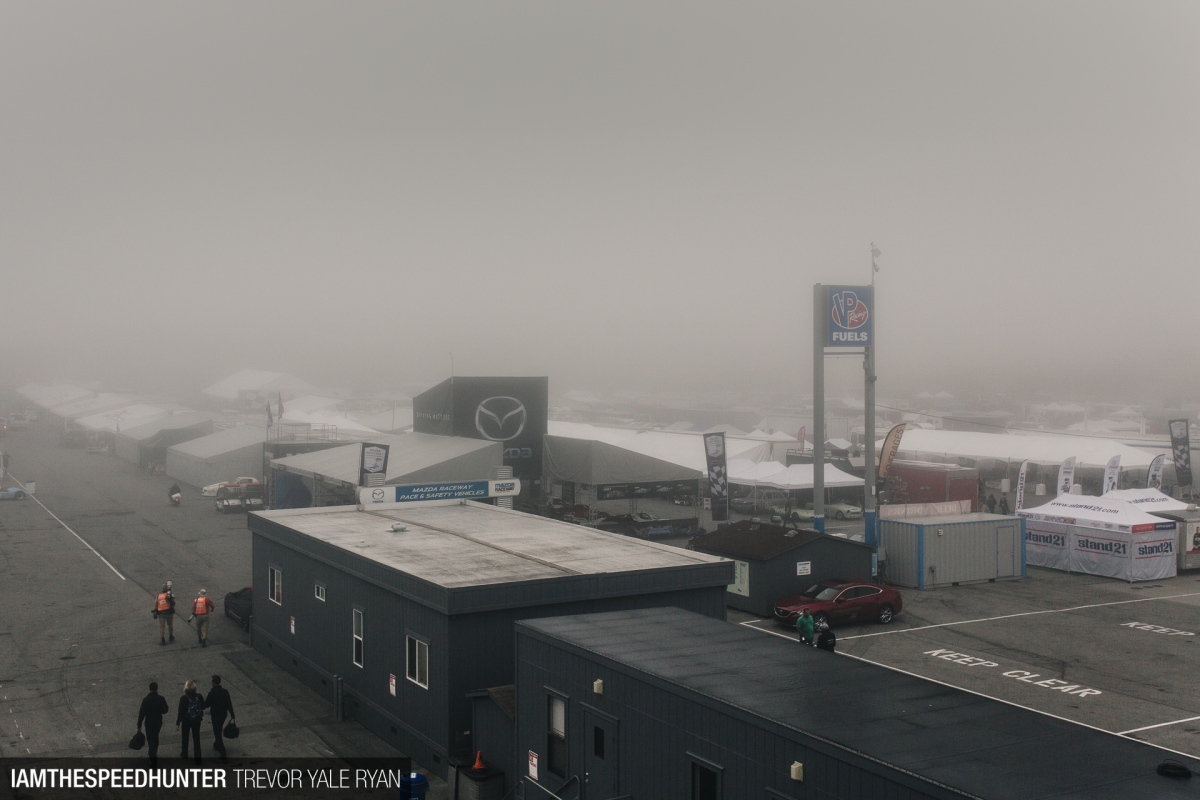
The early hours were quiet and calm at the track. Huge-hearted monsters lurked silently under car covers, waiting for their moment in the spotlight; owners and mechanics began milling about, preparing for the day ahead. I likewise took some time to prepare my gear and read up on a bit of the background of the racetrack while cars were being uncovered.
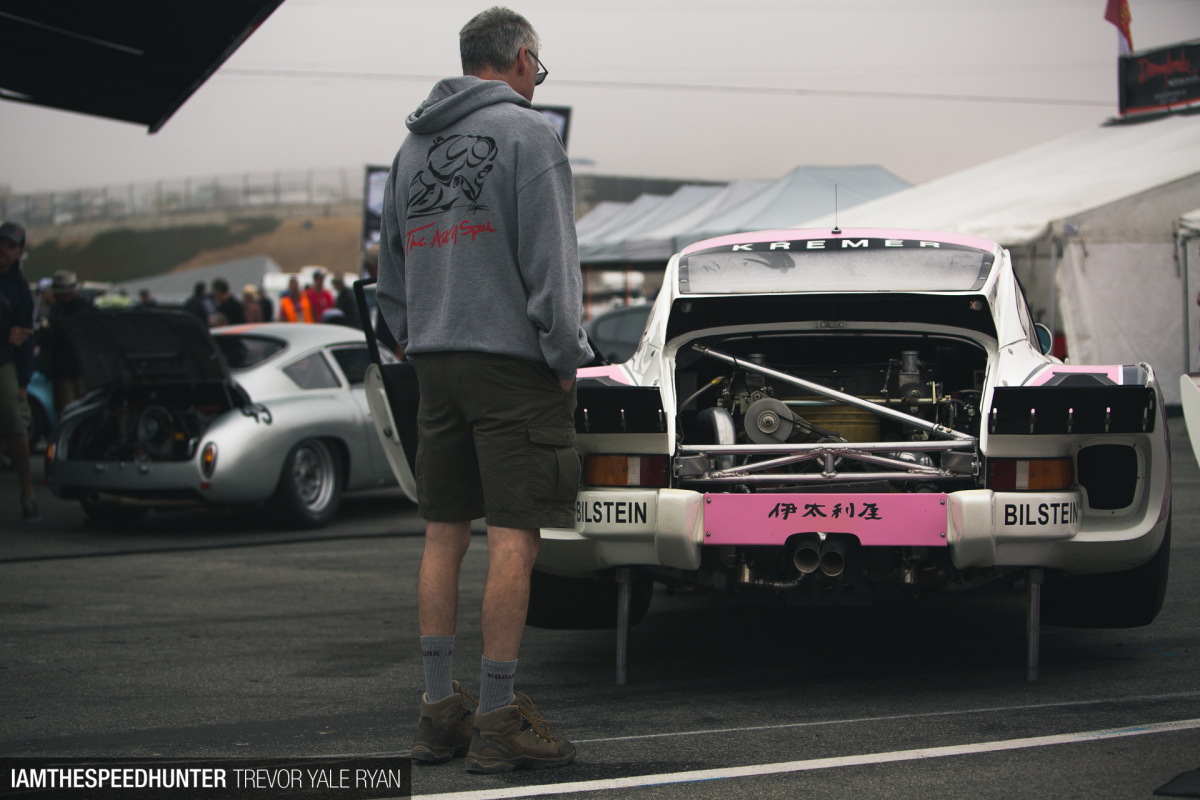
In 1950, about 15 miles West of where Laguna Seca resides today, the Pebble Beach Road Races began. As they rapidly grew in popularity, the races likewise became increasingly dangerous, especially as the spectators had nowhere to watch except right in the run-off. When you consider that the race was essentially held on an old highway that snaked through the forest, it was a recipe for disaster.
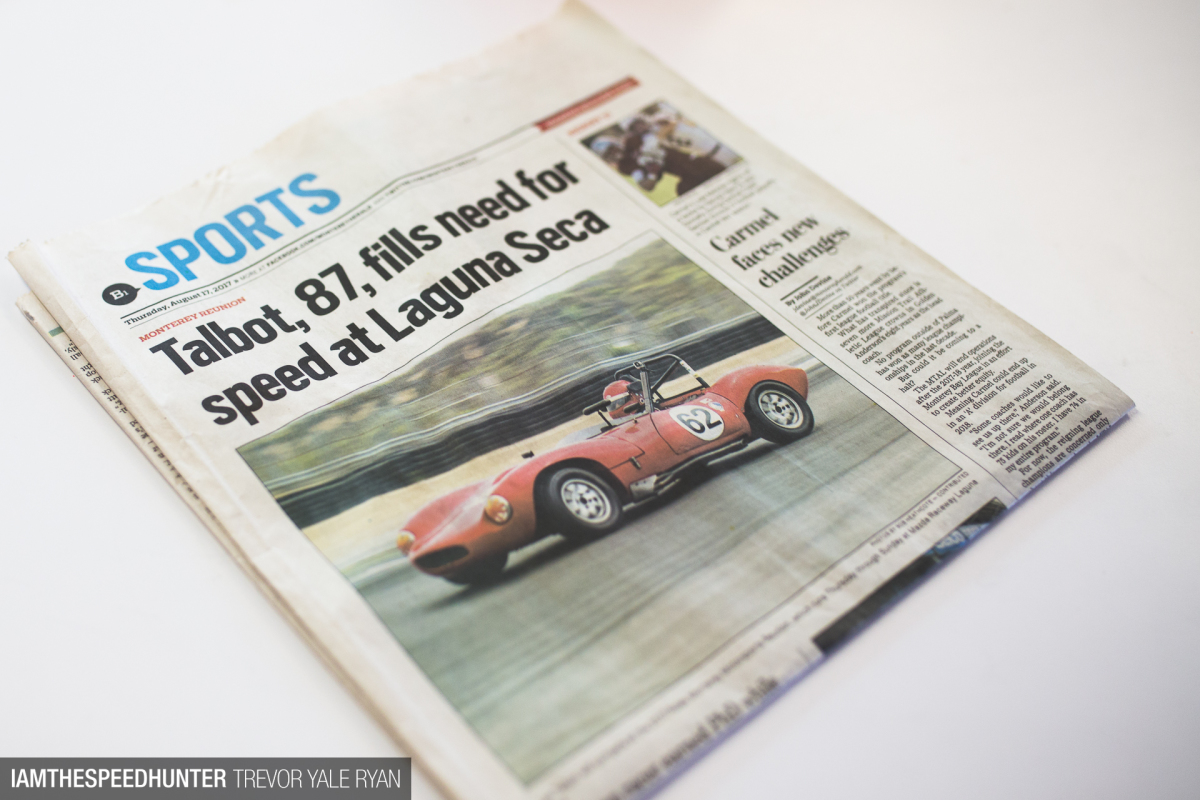
Sadly, six years after the start of the Pebble Beach races, a Ferrari 121 LM piloted by Ernie McAfee lost traction, slid off the course, and slammed into a tree. The driver did not survive and the races were discontinued. However, the popularity of the road races coupled with the tourism (money) it brought into the area could not be ignored, and a non-profit group known as the Sports Car Racing Association of the Monterey Peninsula (SCRAMP, whose leadership has been under question in recent years) was born to keep racing alive in the area.
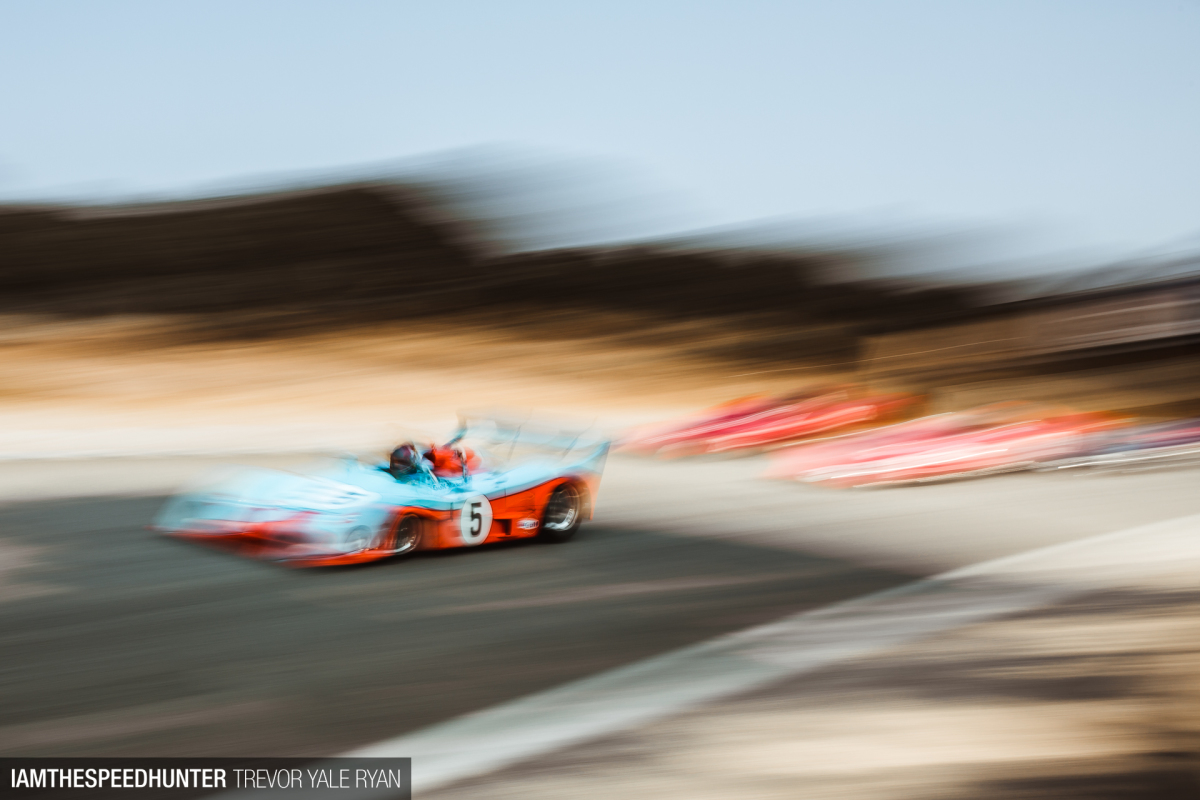
The land where Laguna Seca was built was originally owned by the US Army, who supported the racing venture and leased the property to SCRAMP. Construction started in September of 1957 and was completed in an astounding 60-day timeframe. Two months and some days after the construction workers broke ground at the site, the first race was held. On November 9th and 10th of 1957 nearly 40,000 people traveled to the brand new venue to watch over 100 cars battle it out.
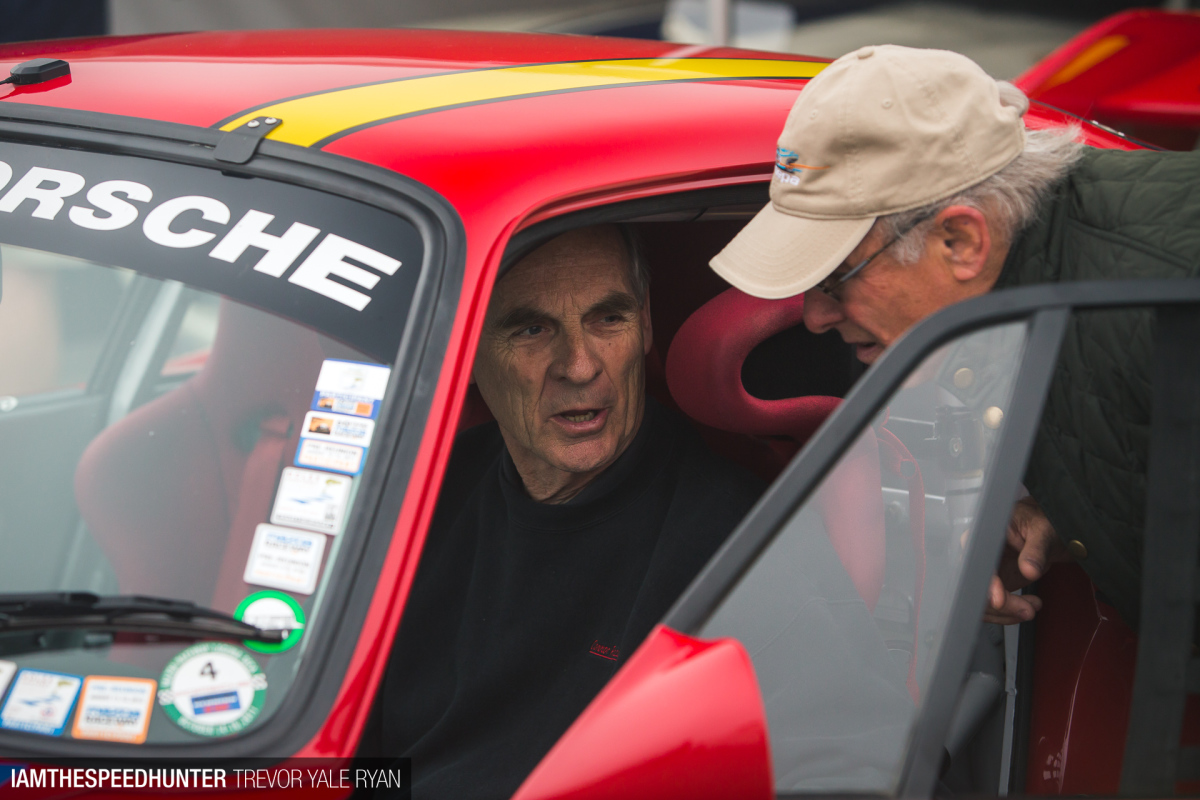
While several corners and a hairpin have been added over the years to lengthen the track, the aura of the course is still very much the same. Born from a desire to safely cruise the mountain passes at speed, Laguna Seca is highly technical, featuring elevation changes, long sweepers followed by sharp corners, double apexes, and a famous S-turn. It’s a great place for experienced drivers and amateurs alike to hone their skills.
CHAPTER TWO
Down The Corkscrew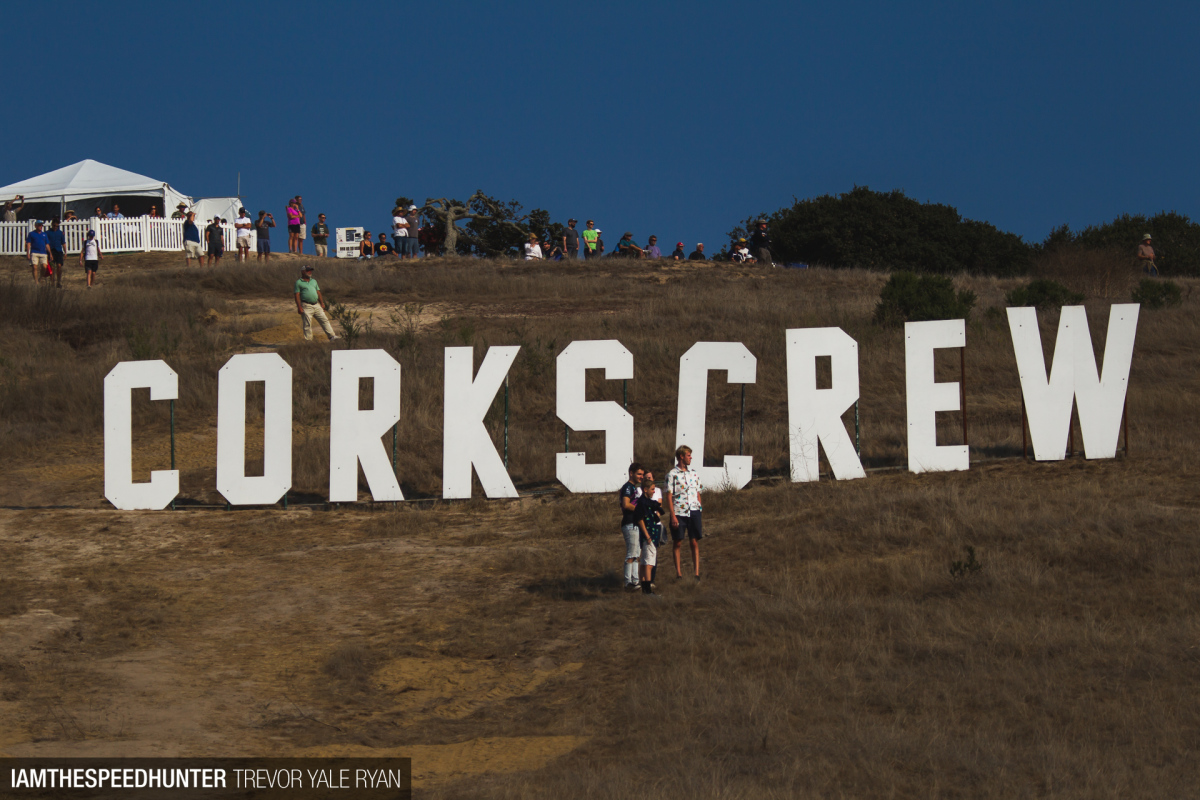
Before we move through the day at the track, it’s worth pointing out Mazda Raceway’s ultimate feature: The Corkscrew. For those with a bit of experience in road racing or familiarity with canyon roads, you know that one of the most exciting and dynamic situations is a change in elevation.
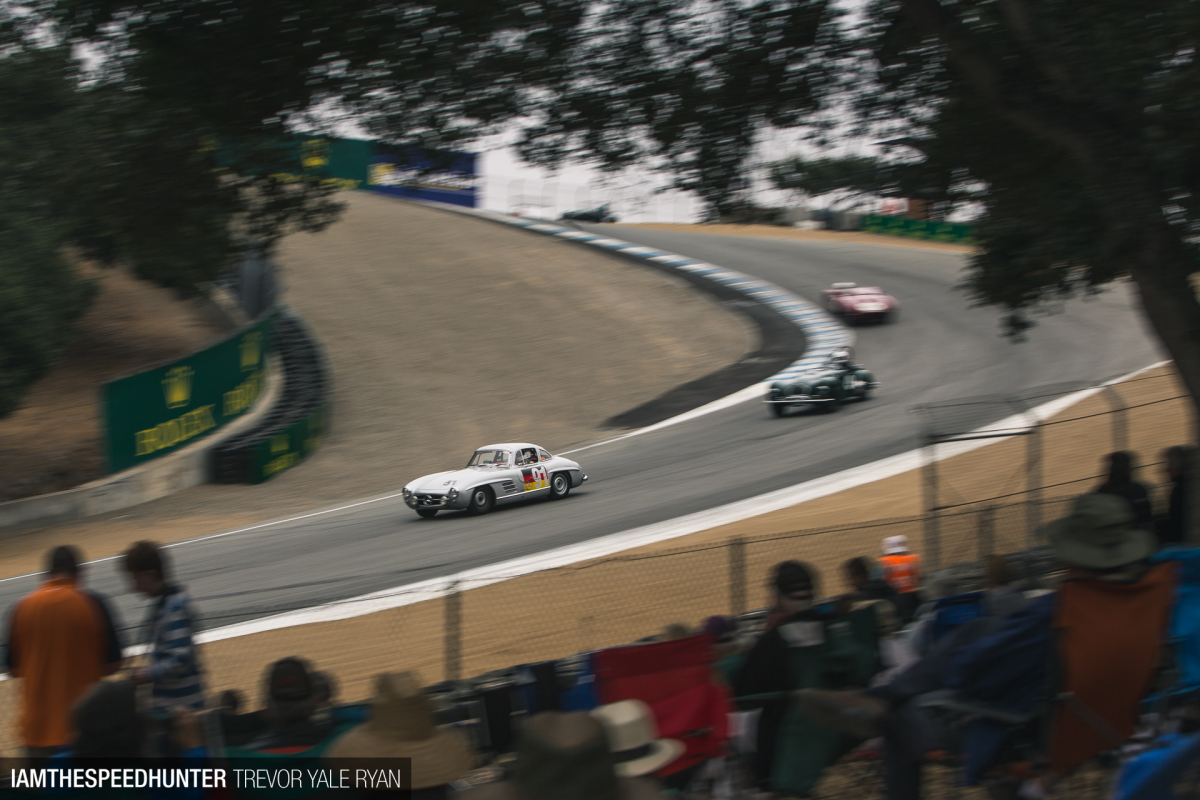
Your car begins to behave much differently on a slope; you can brake later on the uphill and must do so far earlier if you’re heading down into an apex. Likewise, the power, grip, and movement of the car are much different through an elevation change, especially when going around a curve at the same time.
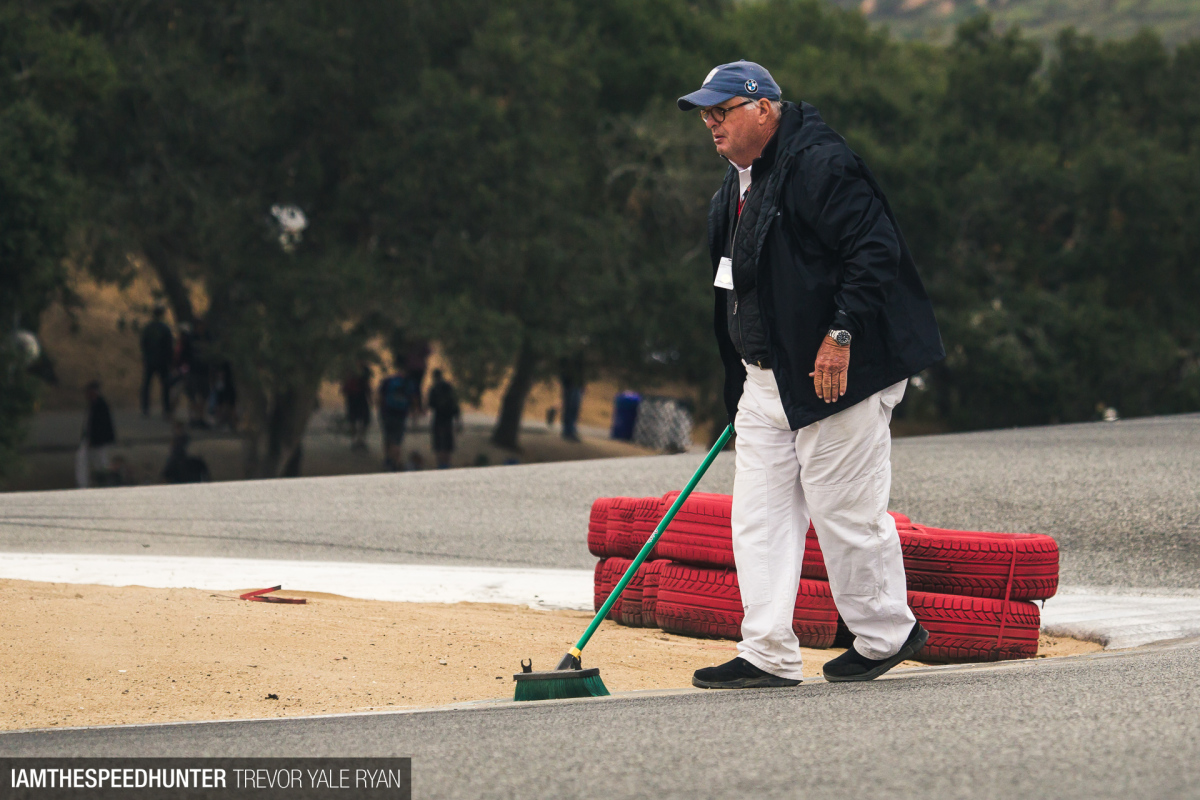
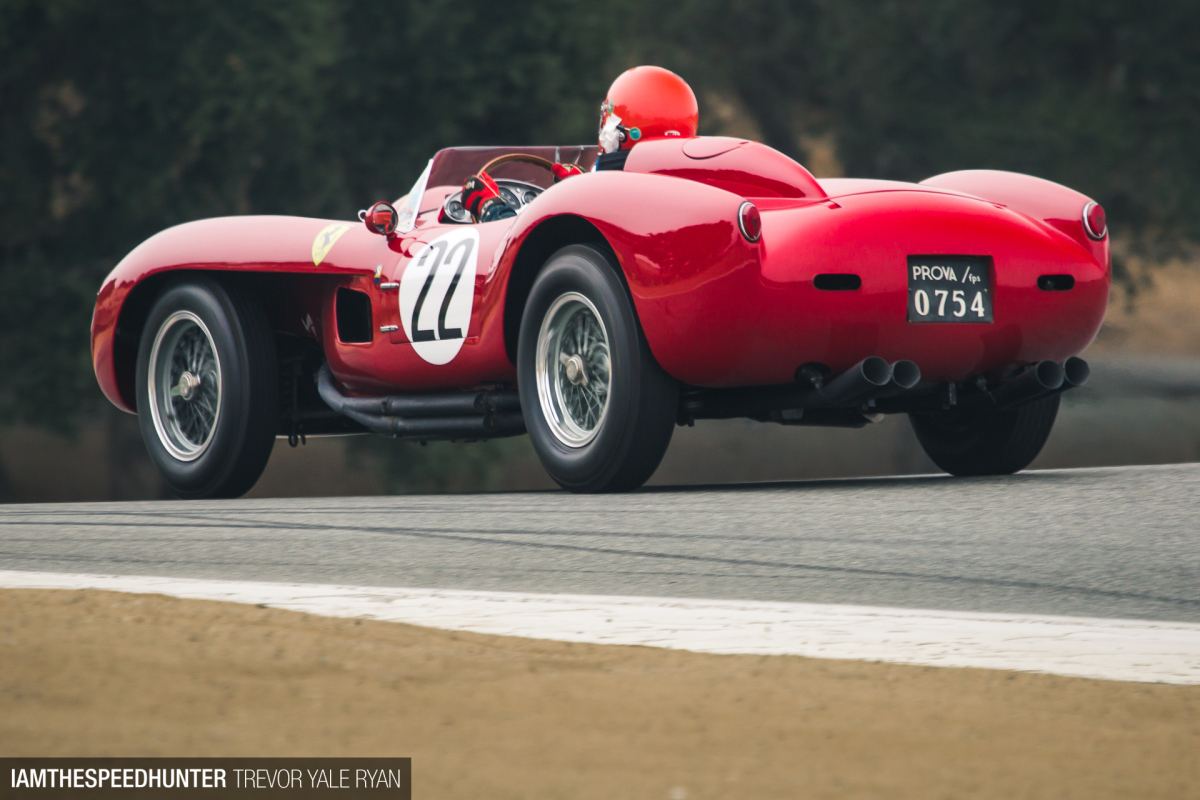
It’s this dynamism that has made the Corkscrew such a famed couple of corners, namely Turn 8 and 8A. It’s roughly 450 feet (137m) from the left-hand turn-in to the right-hand exit, during which the track drops 59 feet (18m). I’ve ridden along for a few laps and at the top of T8 the road simply seems to vanish — for inexperienced drivers the 18 percent slope is very intimidating. After a handful of times through the corner you begin to trust it; if you brake just so and turn in at the proper moment the camber of the course helps hug you into the apexes.
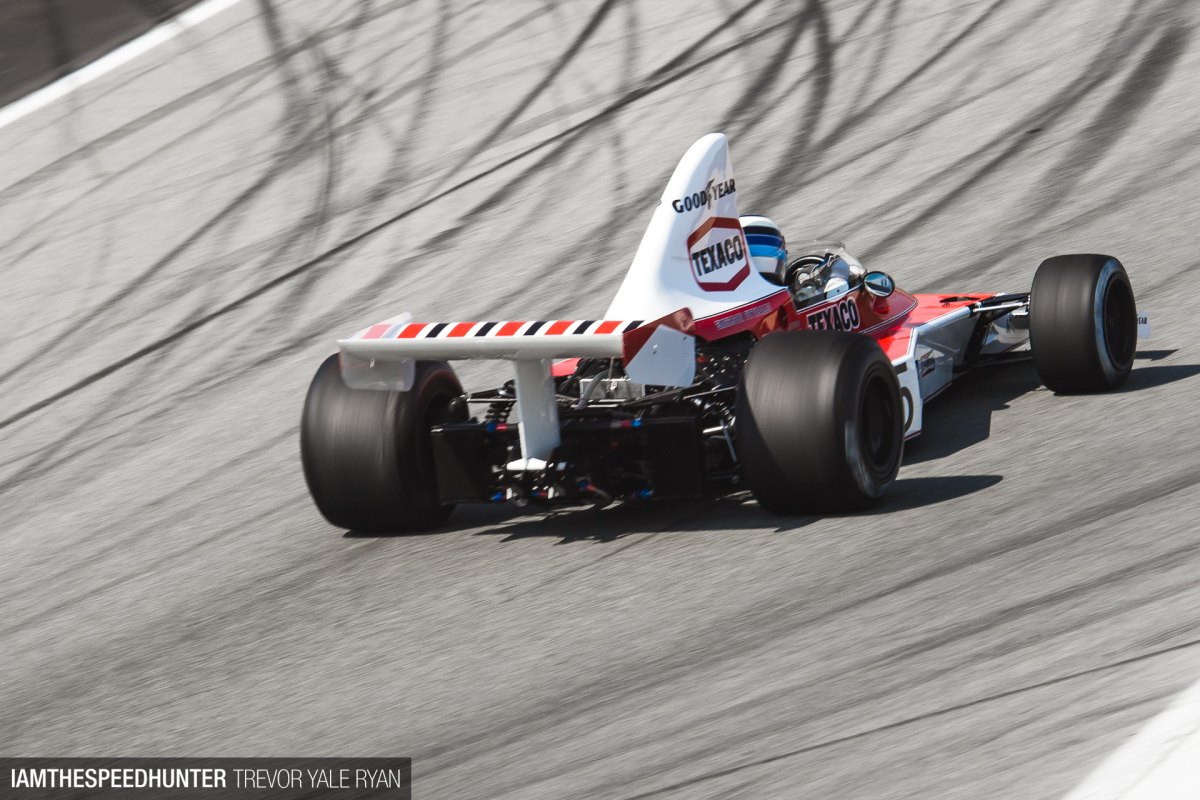
The lead-up into the Corkscrew isn’t quite as straightforward as it looks on paper, though, so I’ll take a moment to walk you through the drive up to the big drop. As with many corners in road racing, drifting, or even canyon carving, the set-up for T8 takes place a couple curves beforehand. We can see Mika Häkkinen going left through Turn 6 here in a McLaren M23 and starting the climb up the hill. Depending on the quality of your entry into Turn 6 and your exit speed up the steep Rahal Straight, this is a prime place to pass or be passed.
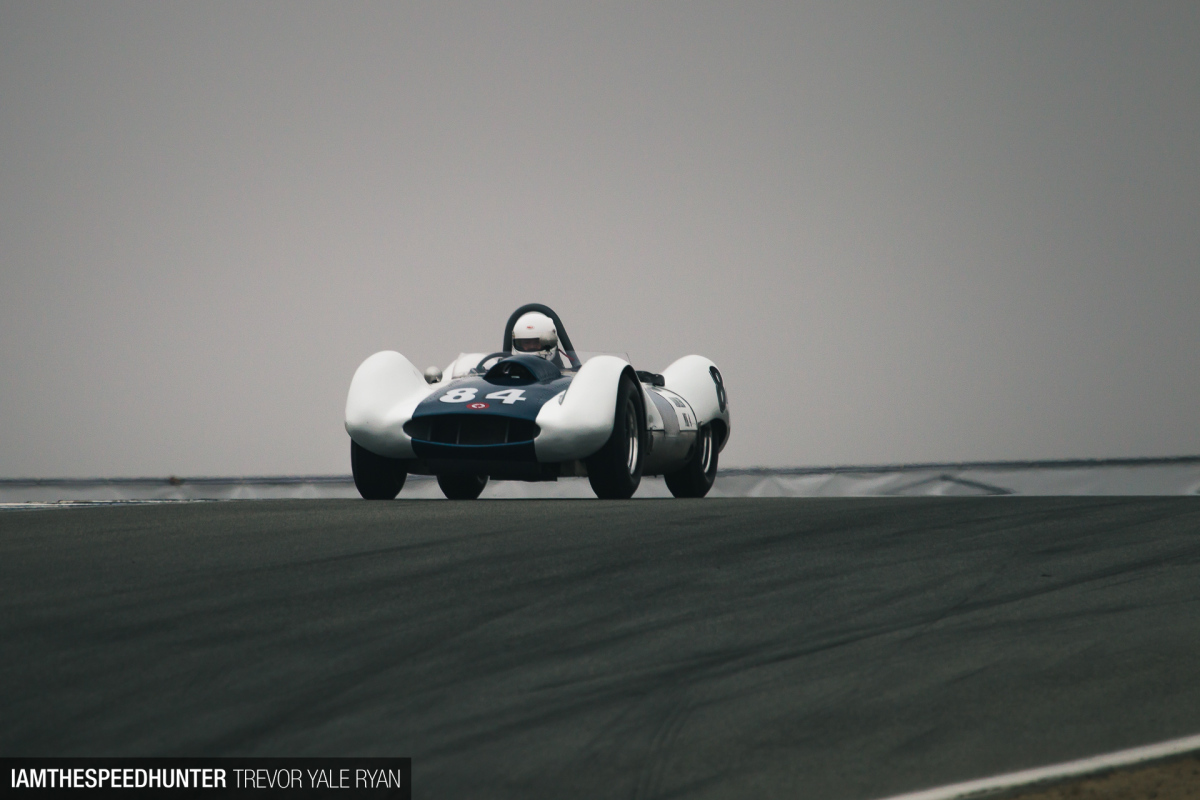
It’s also worth noting that the Rahal Straight isn’t exactly straight, but curves left and then right as you approach the crest. At the peak, Turn 7 is a slight right-hand kink with an apex at the highest elevation on the course. Depending on the car you’re driving you’ve likely already been off the throttle and on the brakes by this point, and it’s here where cars from different eras tend to take different lines. It’s also a spot where you can easily get caught out; experienced drivers can dive in on the left while you’re setting up for the Corkscrew.
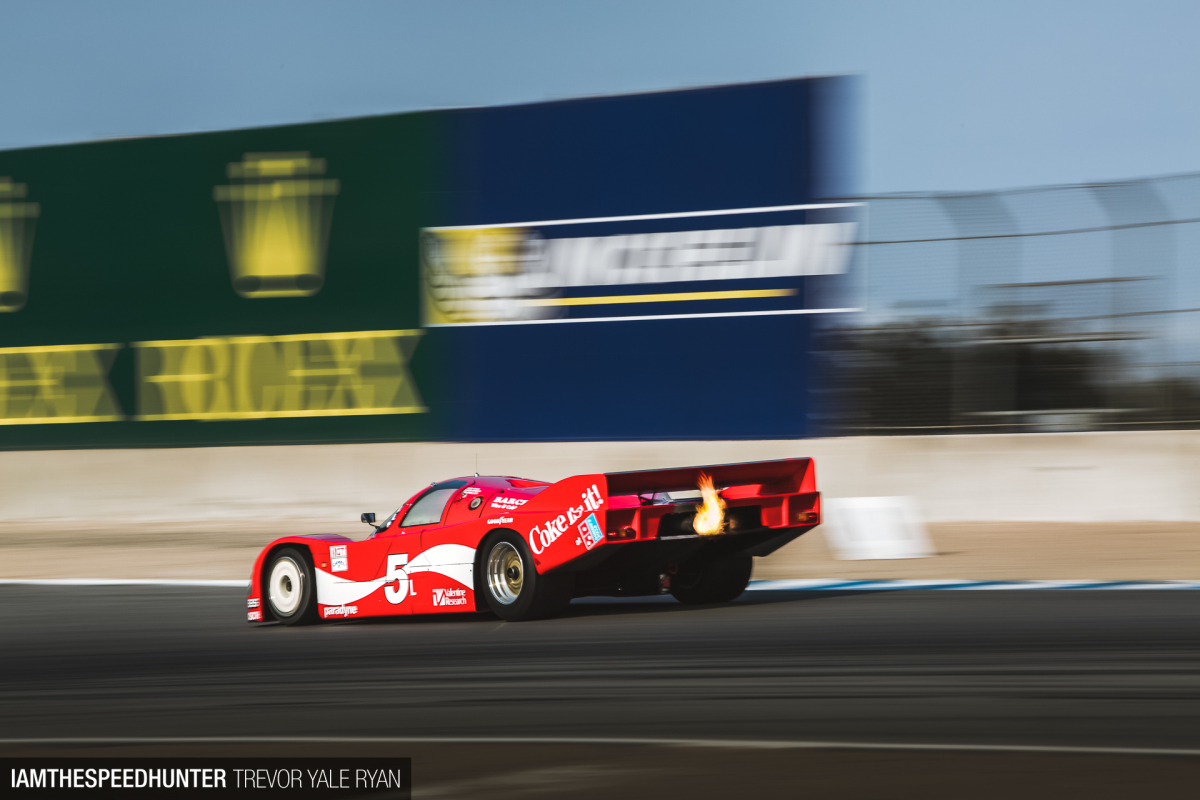
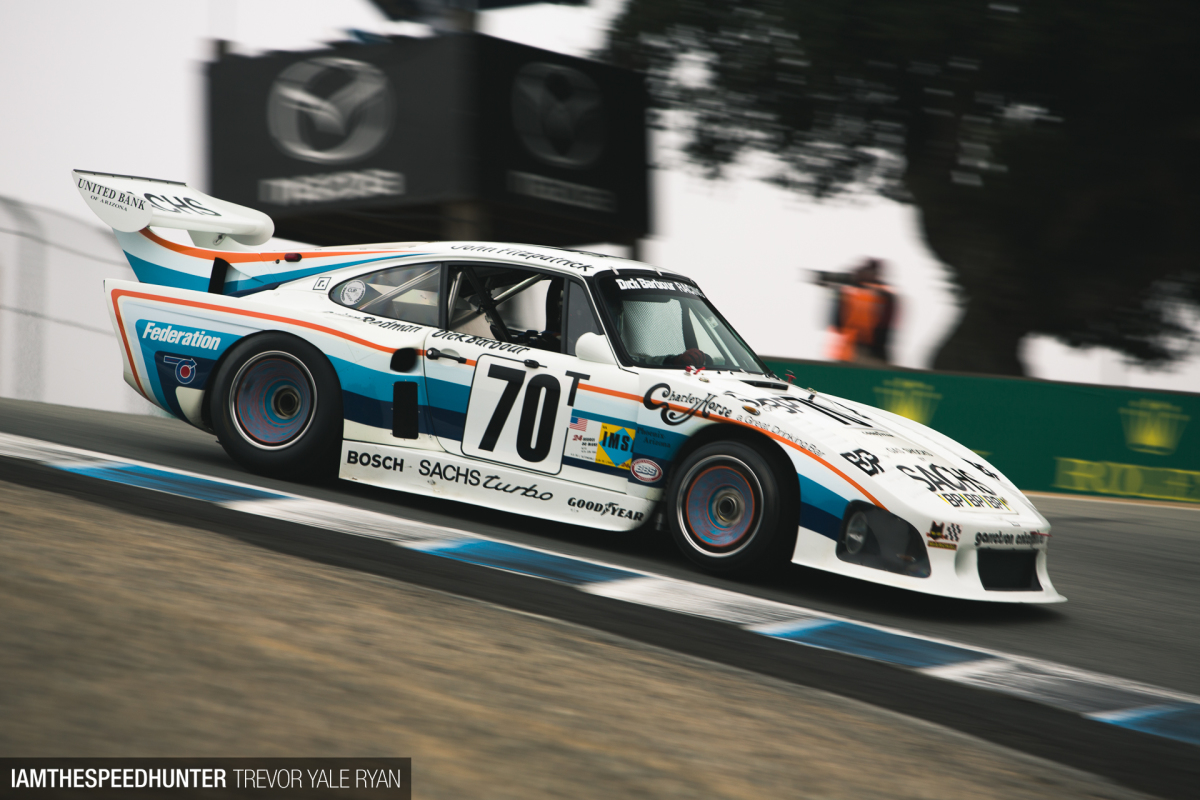
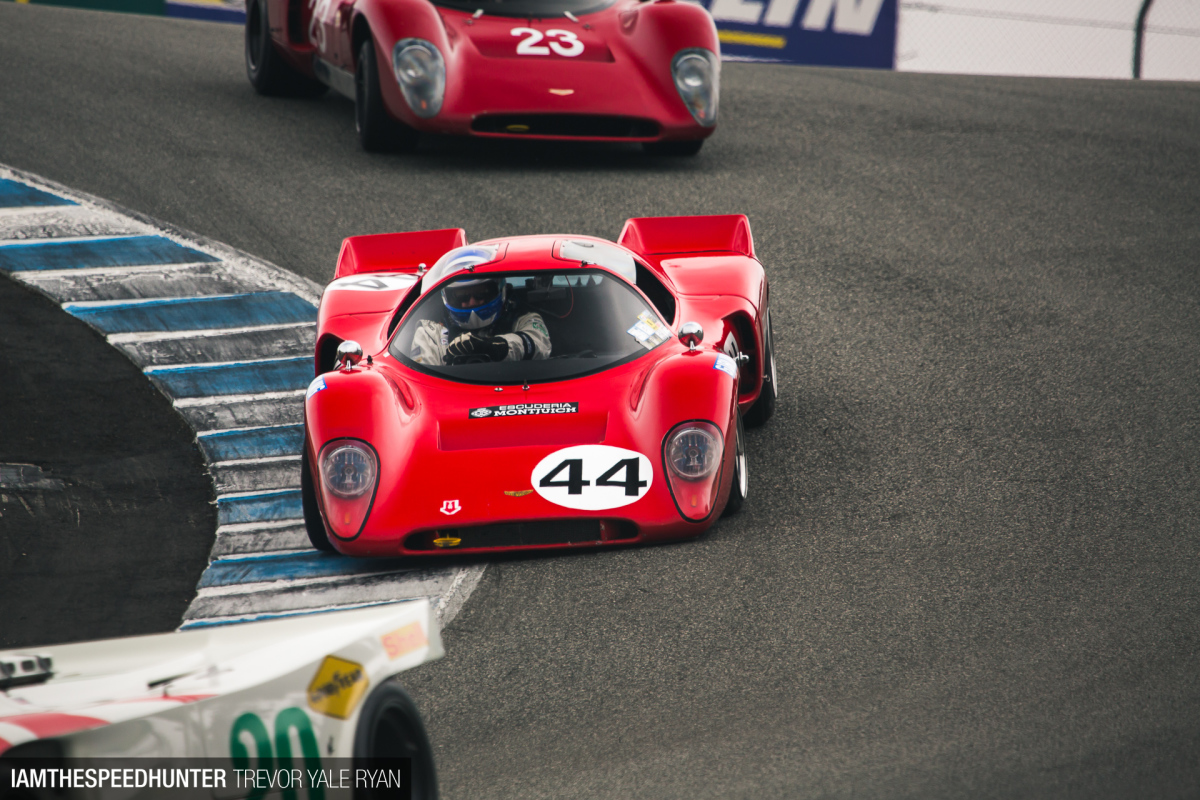
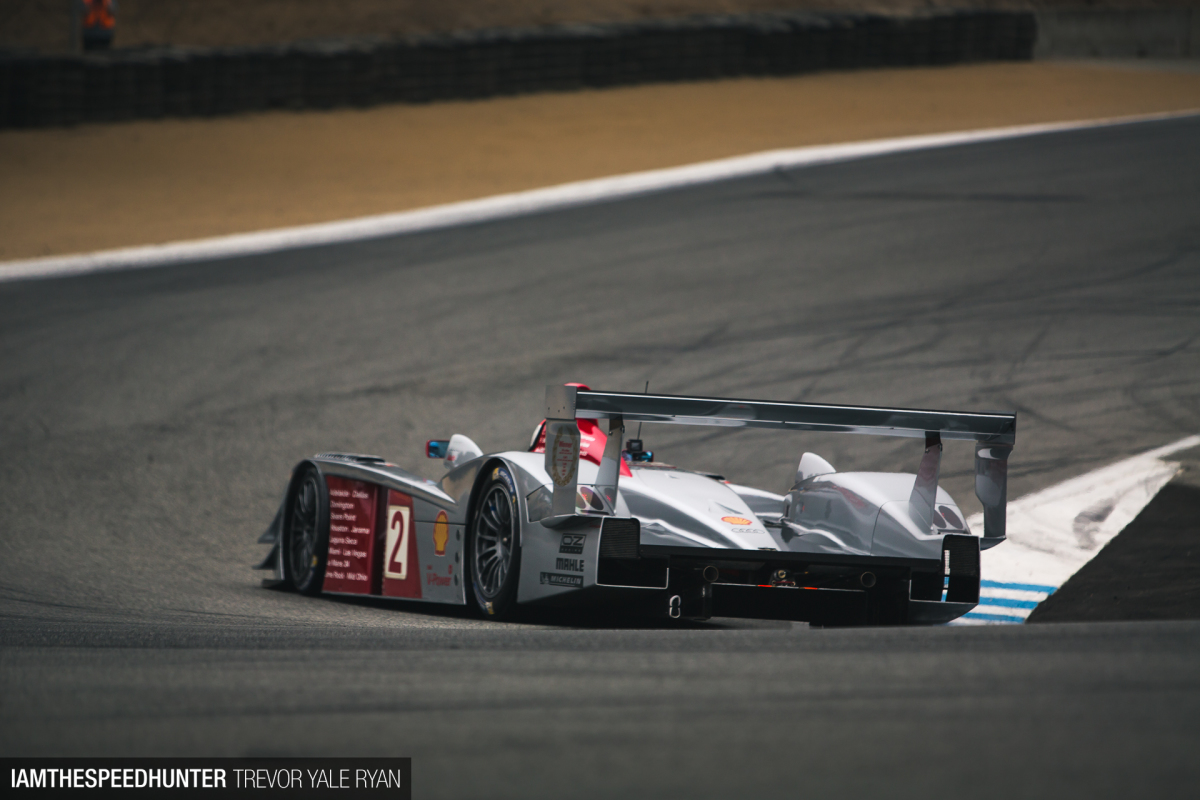
The turn-in is a sharp, blind left followed by as much acceleration as you can squeeze out of the tires through the sweeping right-hander. This completes the S-turn, as you can see the five-time Le Mans-winning Audi LMP900 doing here. When you get it right is a great feeling, but get it wrong and the consequences can be quite drastic. There were a few offs and cars sliding through the Corkscrew on Saturday, but nothing catastrophic — there are enough crash compilations around the web to see how badly it can turn out, though.
CHAPTER THREE
The Early Years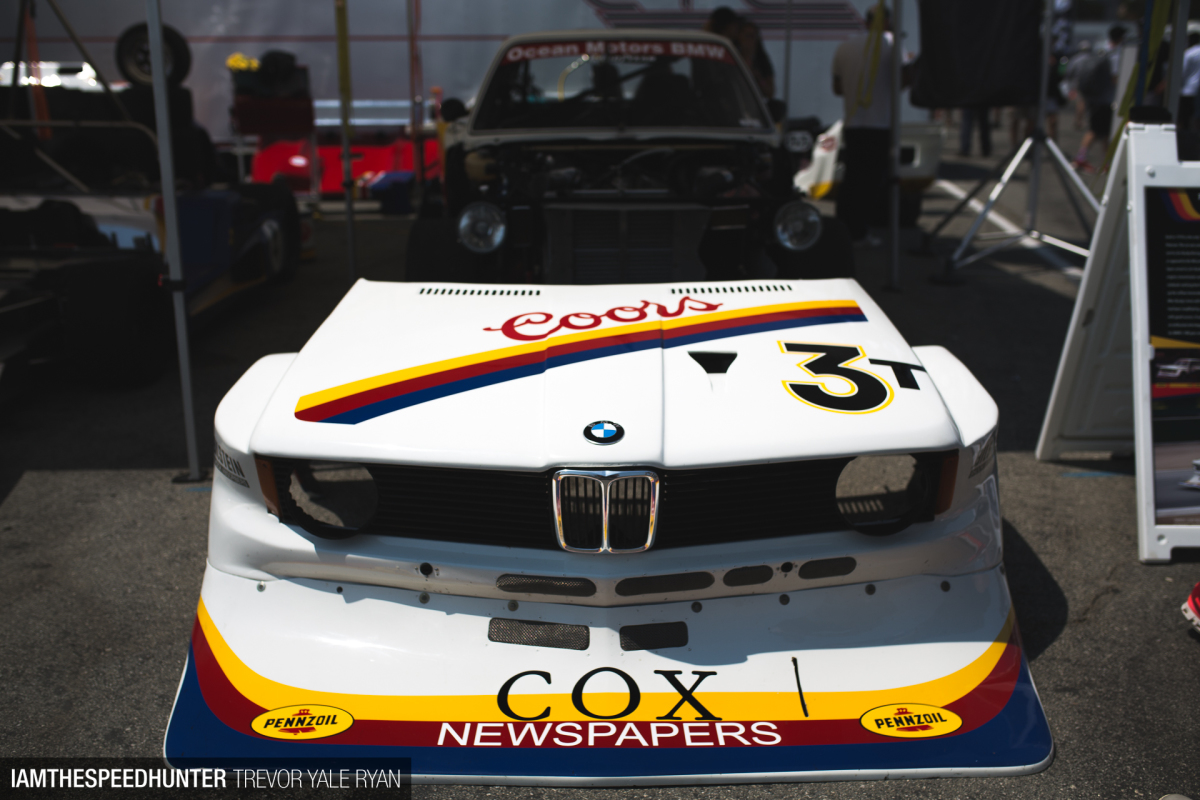
While I could only be at the track on Saturday, it was a good day to make it. The schedule made time a great variety of cars to light up the circuit, much to the excitement of the growing crowds. Included were sports racing and touring cars from the early 1900s up to the ’50s, FIA Manufacturers Championship, GT, AAGT, and IMSA GTP groups, among others. These are cars I’ve been wanting to see for years and I wasn’t the only one; spectators traveled from around the globe to watch this great motoring spectacle in person.
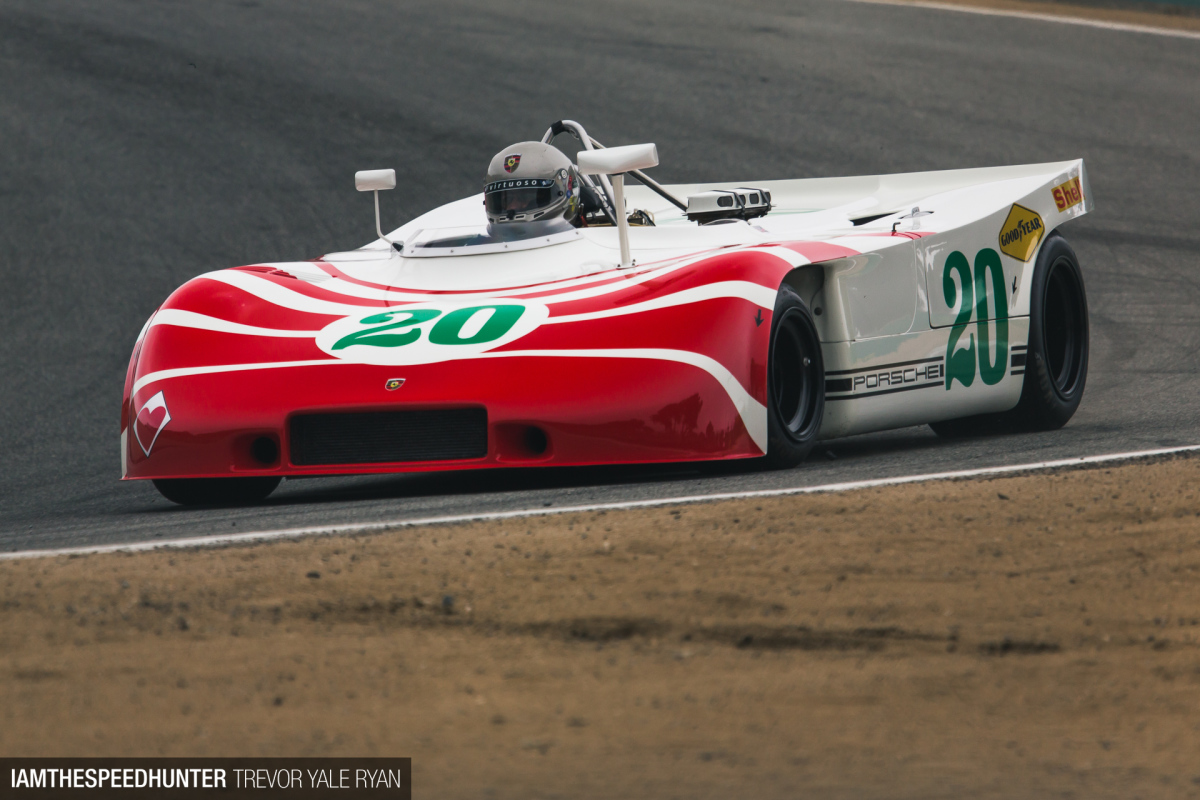
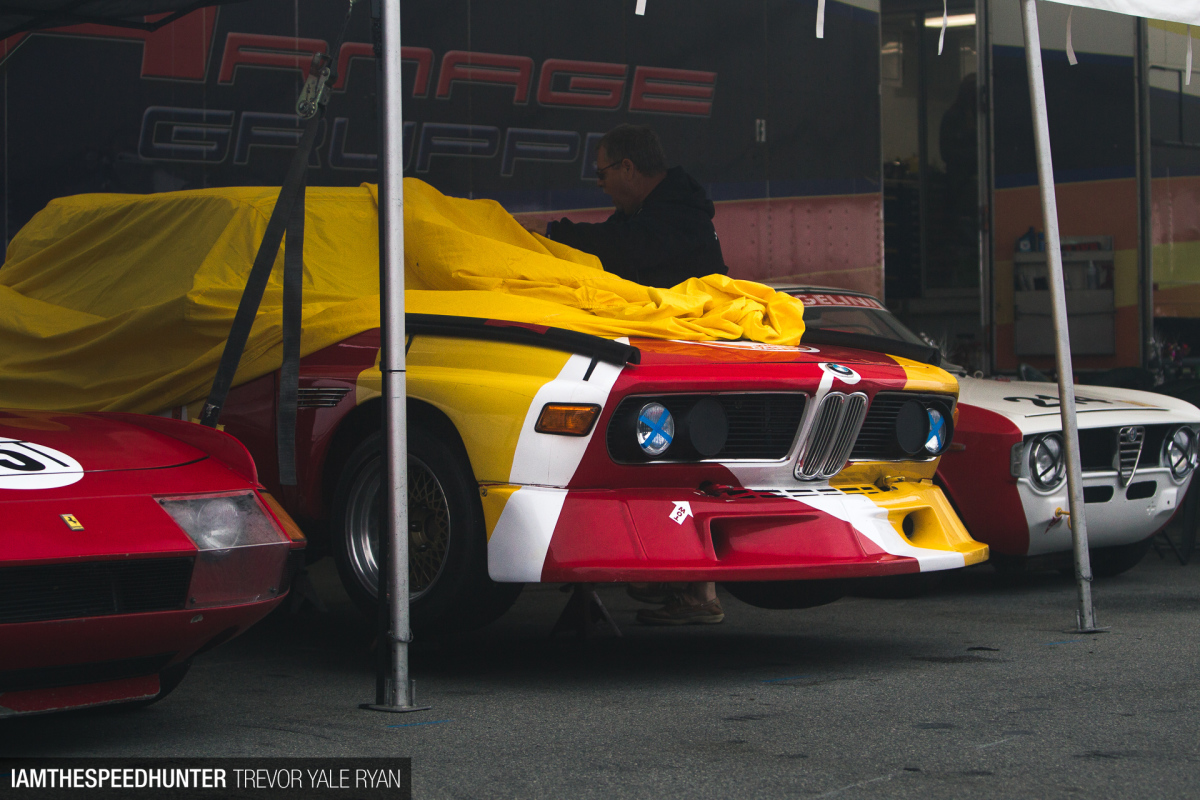
The morning fog began to burn off and the buzz in the paddock grew as the mob made their way through the gate and the wraps came off some gorgeous machinery. While it was an experience seeing the cars all shined up in the paddock, everyone was itching for them to start tackling the tarmac — specators lined the fences and jockeyed for a clear shot of the track.
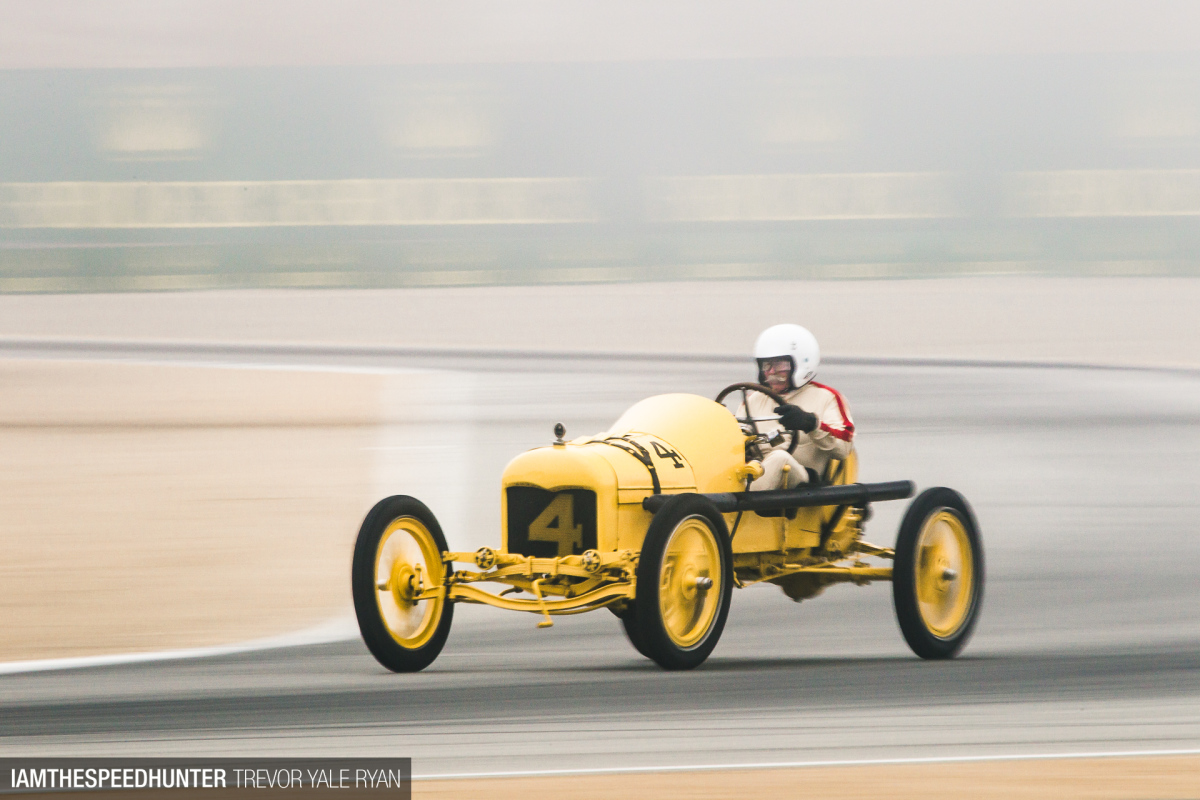
Officially first up would be the Pre-1940 Sports Racing and Touring Cars, followed by 1927-1951 Racing cars. It takes some major gumption to drive these things at speed, and it seems none of that was lacking this weekend. There was very little carnage in the morning sessions, but not everyone made it out unscathed. With wobbly wheels far more narrow than a modern sports bike’s (and sometimes less than four, either on purpose or not), it seems the margin for error is very small.
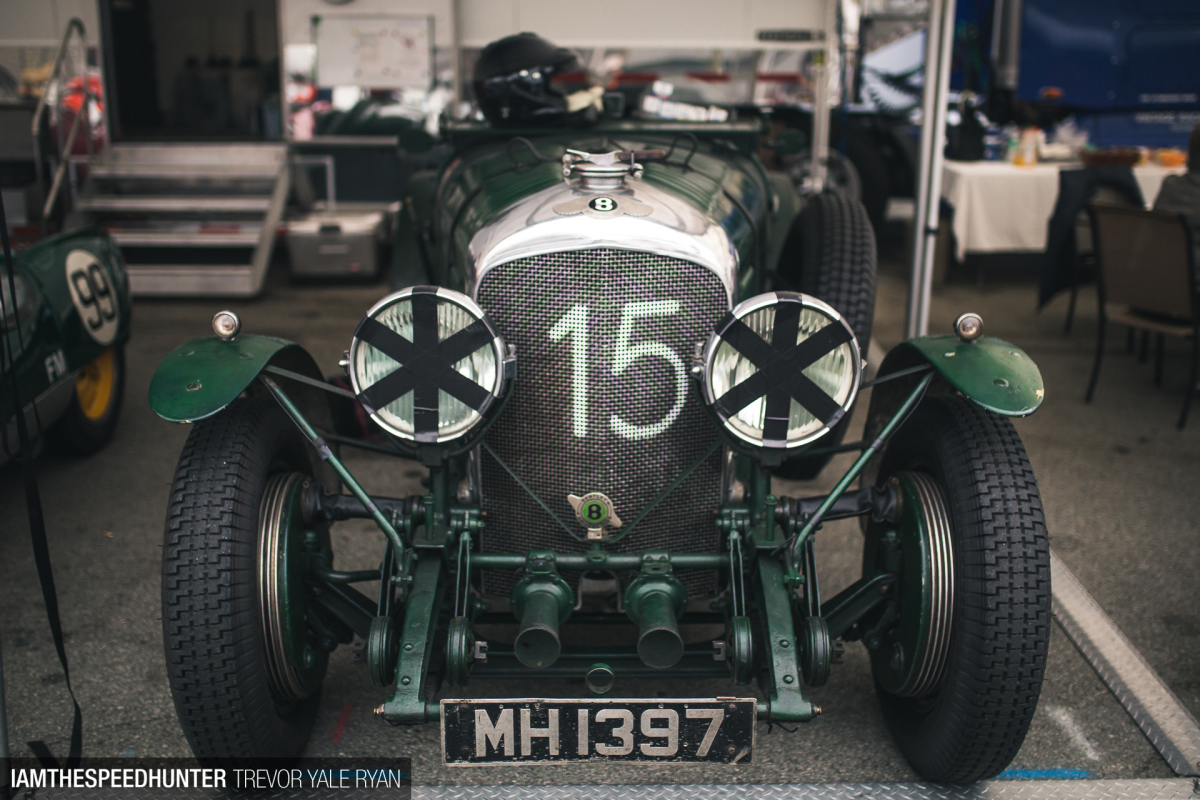
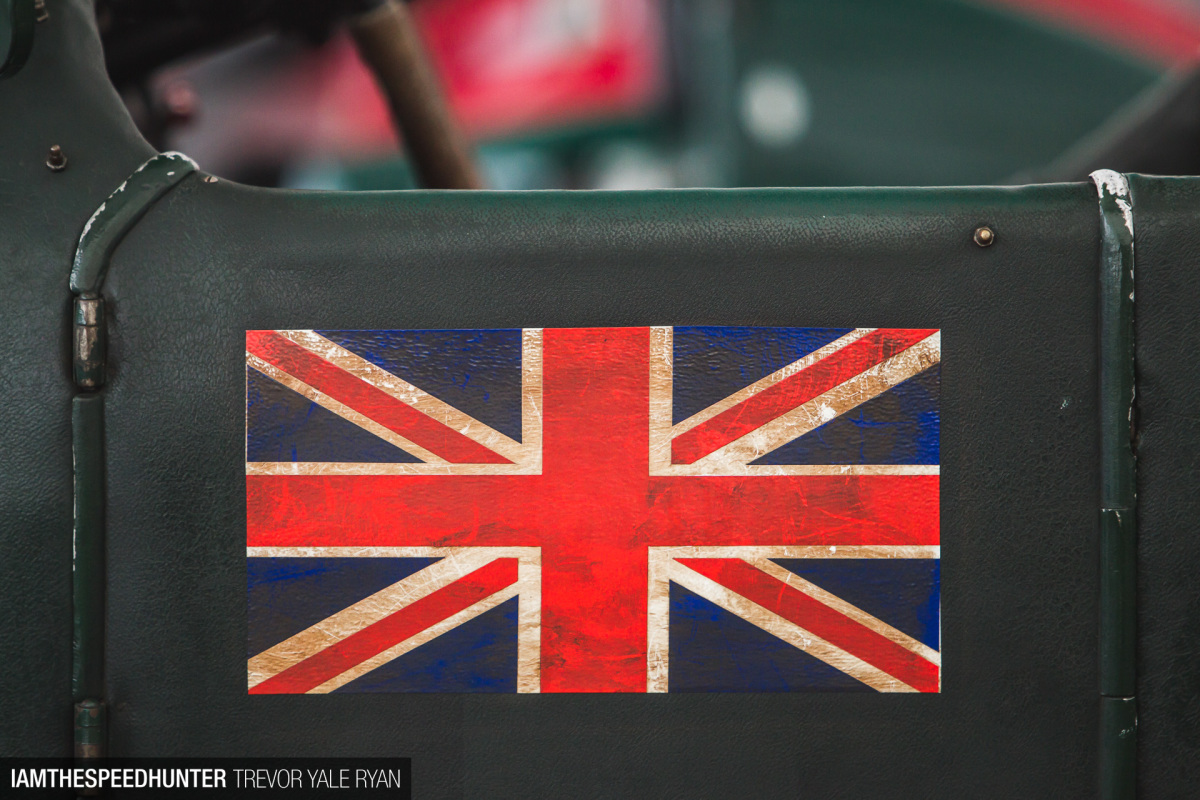
This particular 1929 Bentley Speed 6 with a 4.5-liter engine was so fast back in its day that the team engineers had to beg their drivers to slow down during the race that year in Le Mans. While it’s hard to imagine this giant being the pinnacle of speed, it certainly is great to look at today. Cars like this are rich in history and character — it’s reassuring in a certain way to see them driven spiritedly.
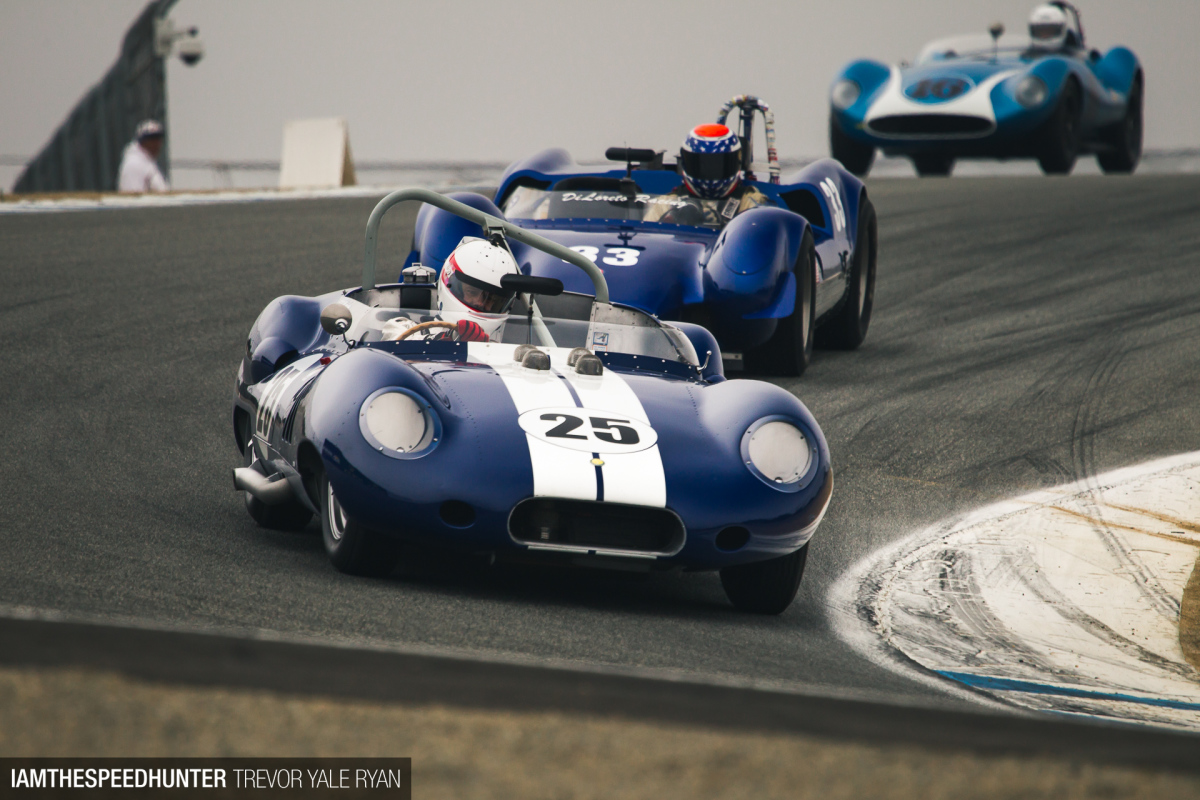
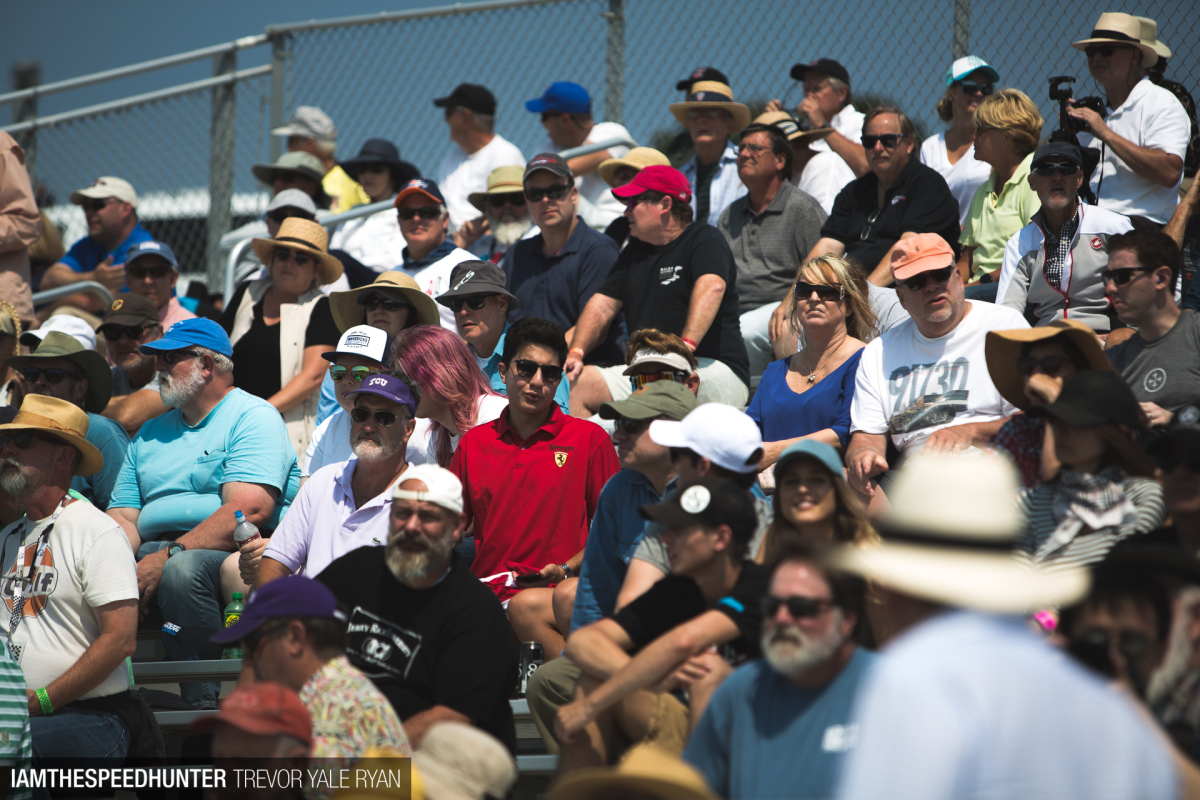
I also rather liked how the schedule, for the most part, was chronological so that you could watch the technological advances in the cars as the day went on. Next up were sports racing cars with engines over 2000cc from 1955-1961 and GT cars from the ’40s and ’50s. These cars were notably louder than the previous groups, and the crowd was settling in knowing the racing was ramping up.
CHAPTER FOUR
The ’70s And Beyond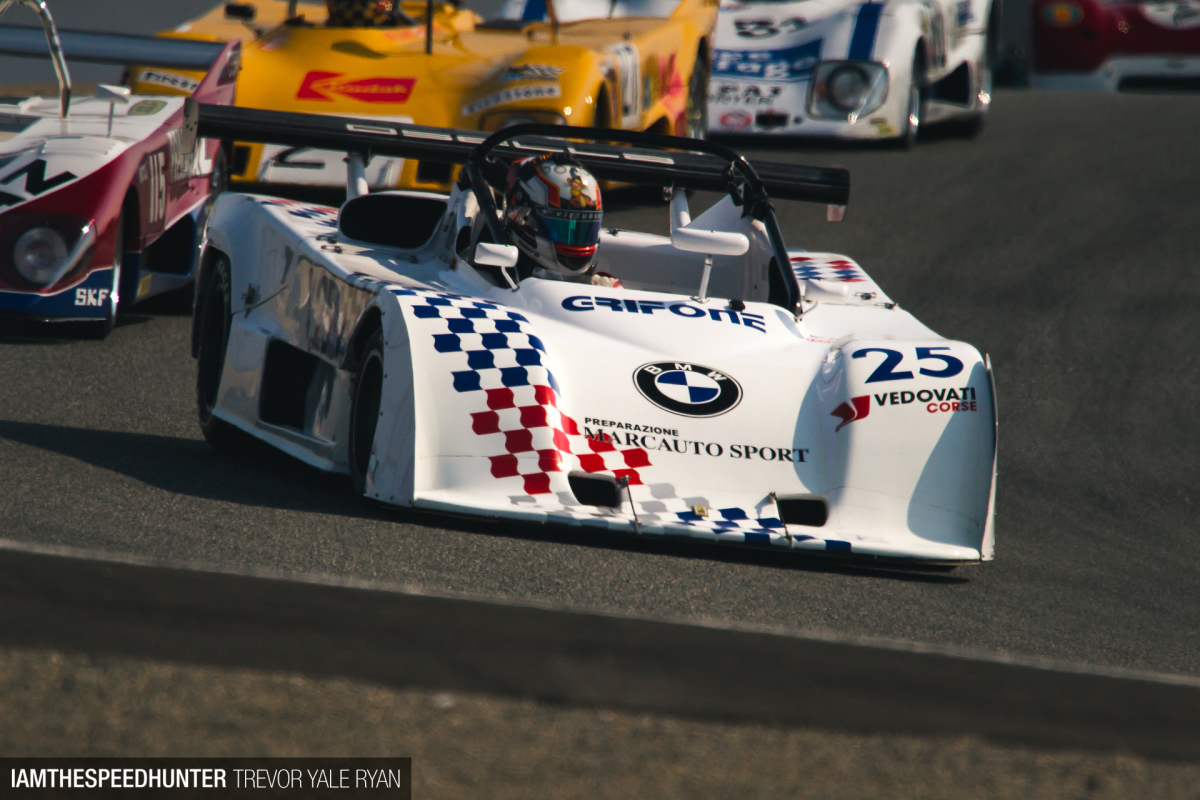
It’s startling to see the progression over the years and you notice how much more quickly the cars start lapping. The bodywork began to lend itself to the higher speeds and by the ’80s full-body aero was very much a driving force in the designs. The Can Am class was huge and full of cars that used to race this circuit. Being small and nimble, they were very fun to watch as there was plenty of passing and late braking. But next in the chronological order was a class I was looking forward to even more.
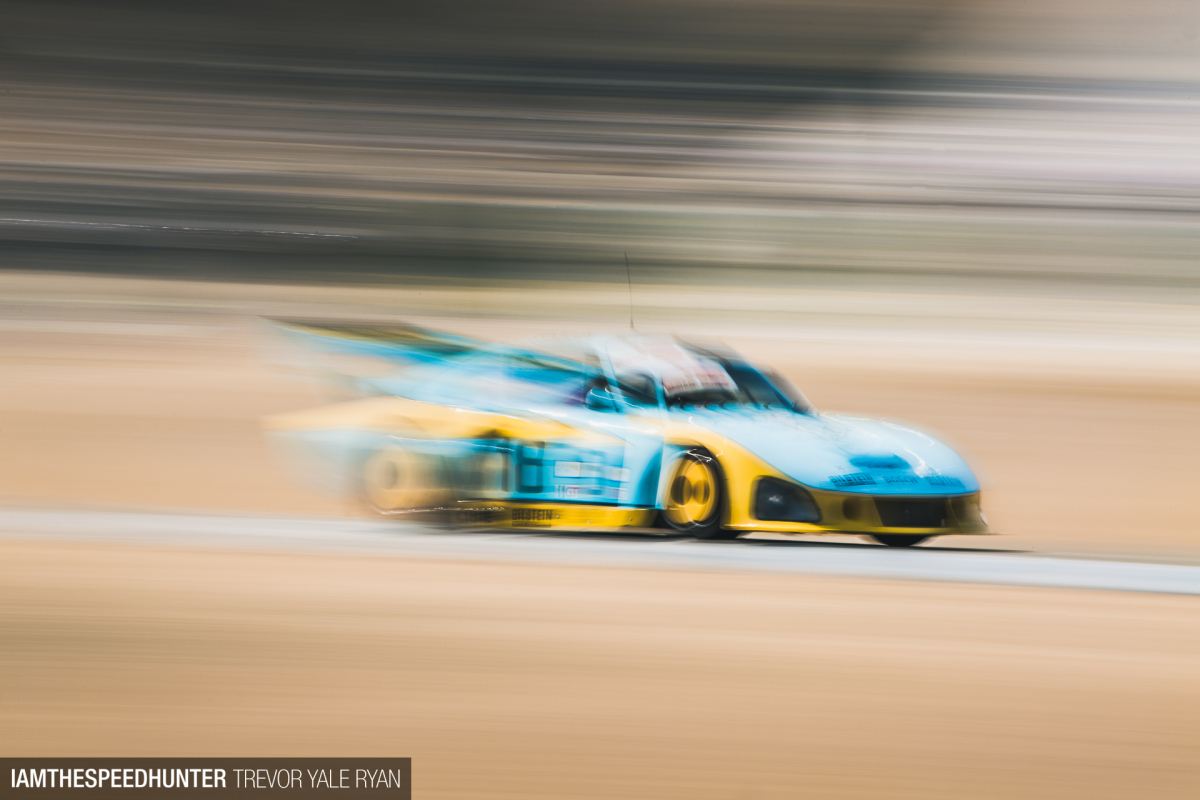
The ‘FIA, IMSA, GT, GTX, AAGT’ group which included everything from Kremer Porsches and BMW Procars to Mazdas and Monzas was likely the most aggressive bunch of guys to drive all day long. With stiff competition across the board, lots of intrusive and daring passing happened in the 40 minutes (two 20-minute stints) of track time these gentlemen saw.
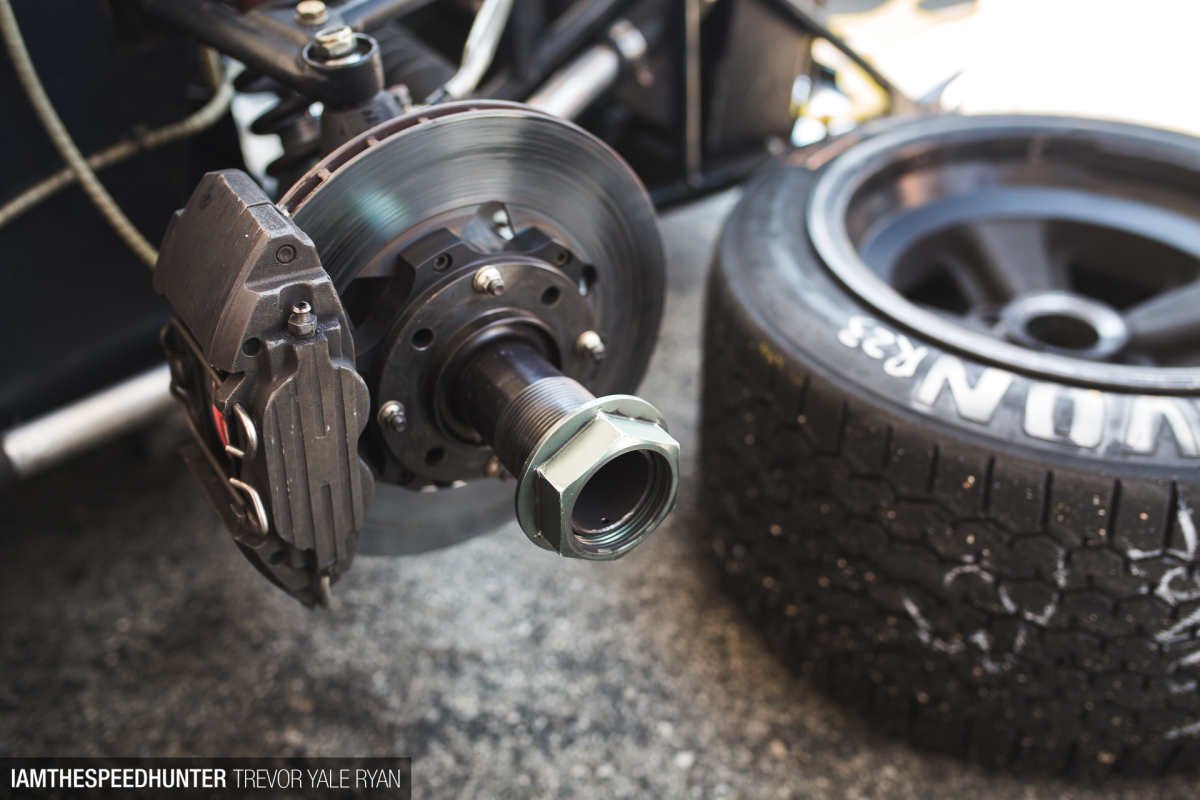
The improvements in the later models over their ancestors was simply undeniable. The acceleration, the brakes, the suspension, the aerodynamics, and even the ease of use. As you likely noticed, many of the older cars had a very upright seating position, lap belts, and an array of unreliable gauges to glance at. This, however, was the era where every little detail could make a difference and all of these items were vastly improved.
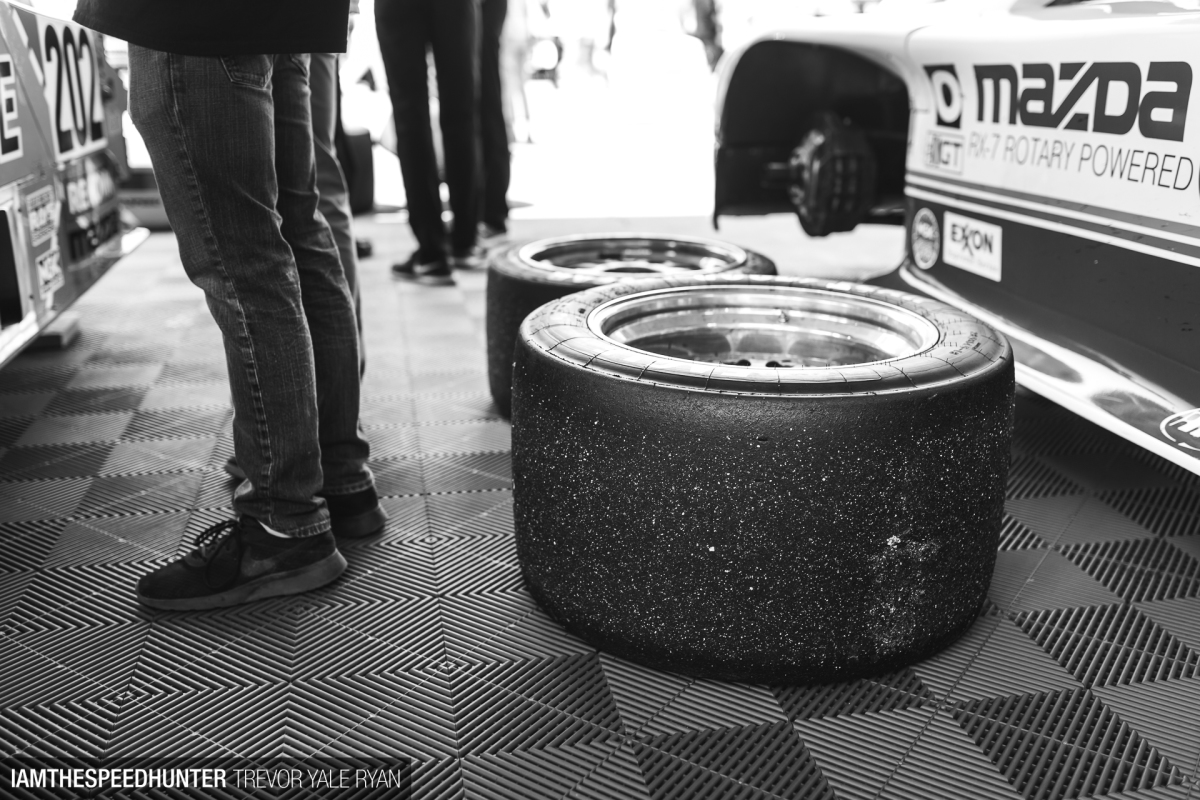
Another huge advancement that many enthusiasts often overlook until they start making timed runs or getting competitive with friends on the backroads is the rubber underneath it all. Nearly quadrupling in width throughout the century, the compounds also improved drastically until the cars were so fast that regulations had to be made to slow them down. As with today’s technological battles in Formula 1, the situation has always been the same to some extent in all of racing.
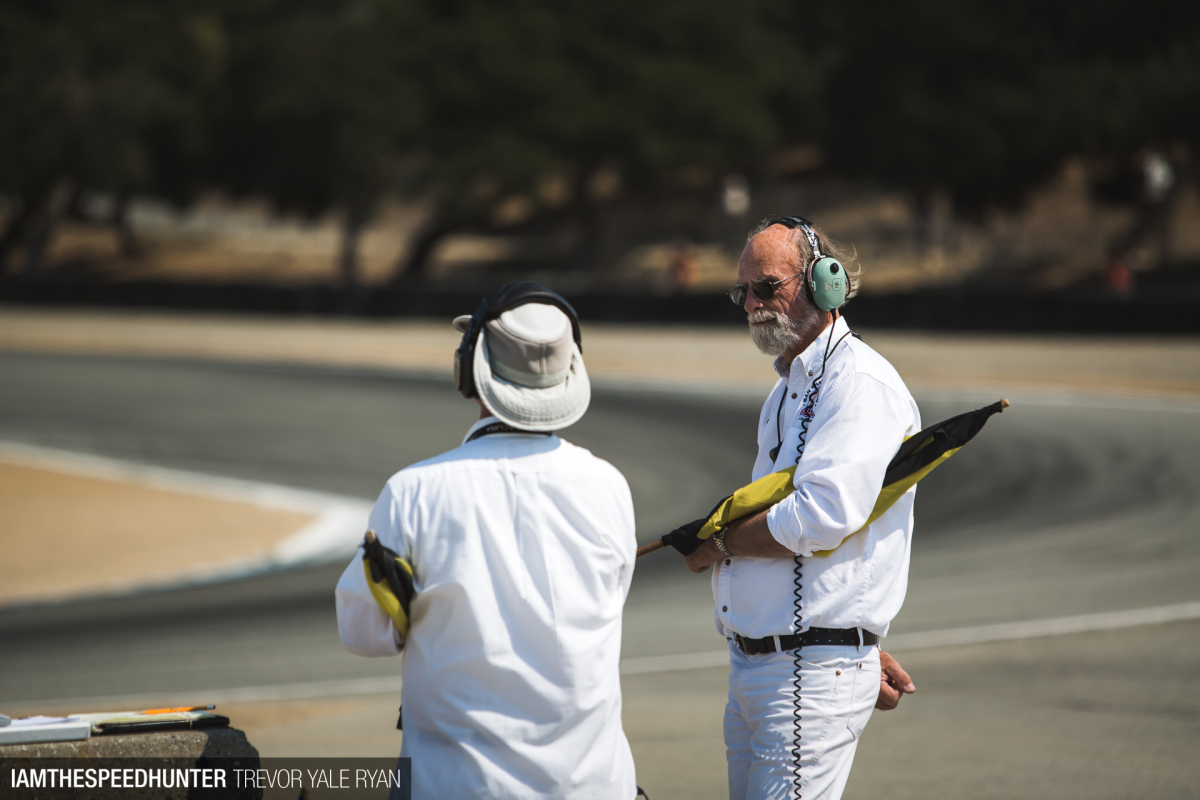
Engineers battling with the rule-makers and engineers of other teams to find a few tenths of a second here and there to be more competitive. It’s these extremely tight margins that push technology and make autosport so exciting. And one of the most exciting groups was still to come, but we’ll save the IMSA GTP cars for after a paddock stroll.
CHAPTER FIVE
Hiding In The Paddock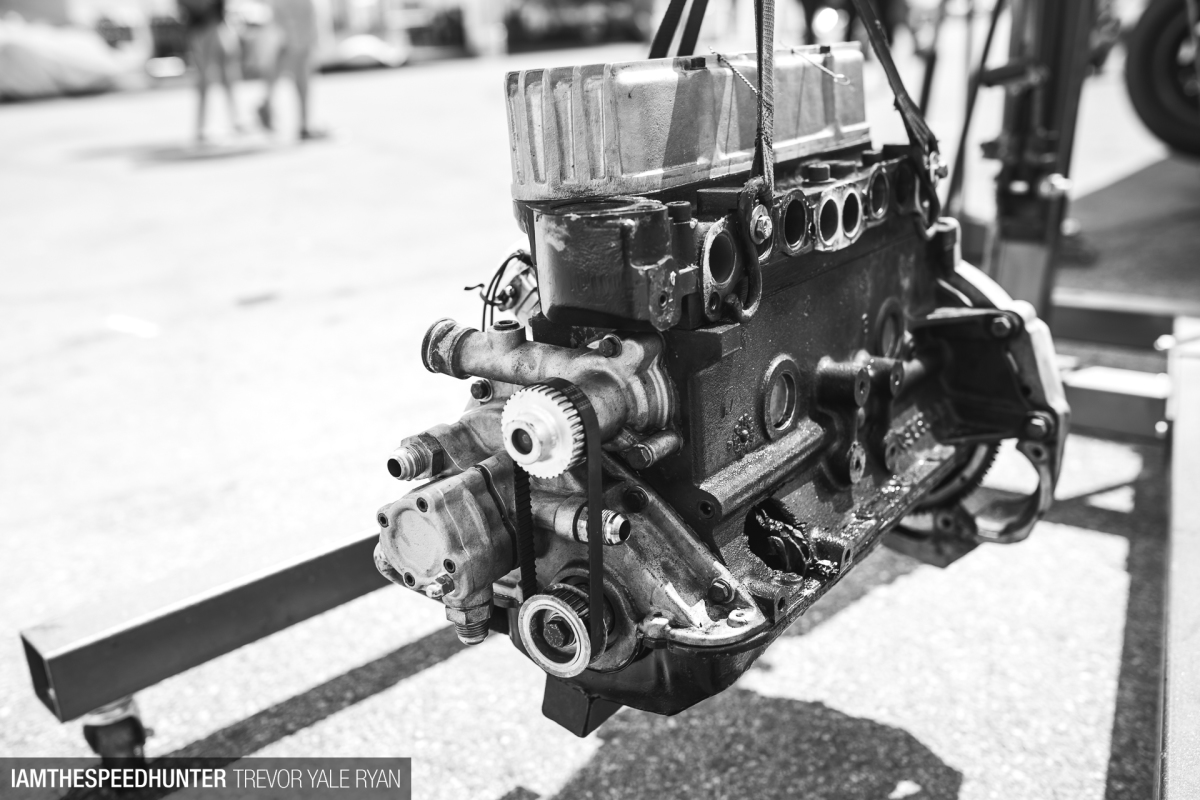
Scattered around the inside of the course were hundreds of makeshift garages stuffed full of all the great, classic machinery. These cars are staggeringly beautiful the closer you get to them. You notice all the timeless little details that contribute to the raw feel of the hand-drawn designs from decades past, details that aren’t included in the same way on modern-day vehicles.
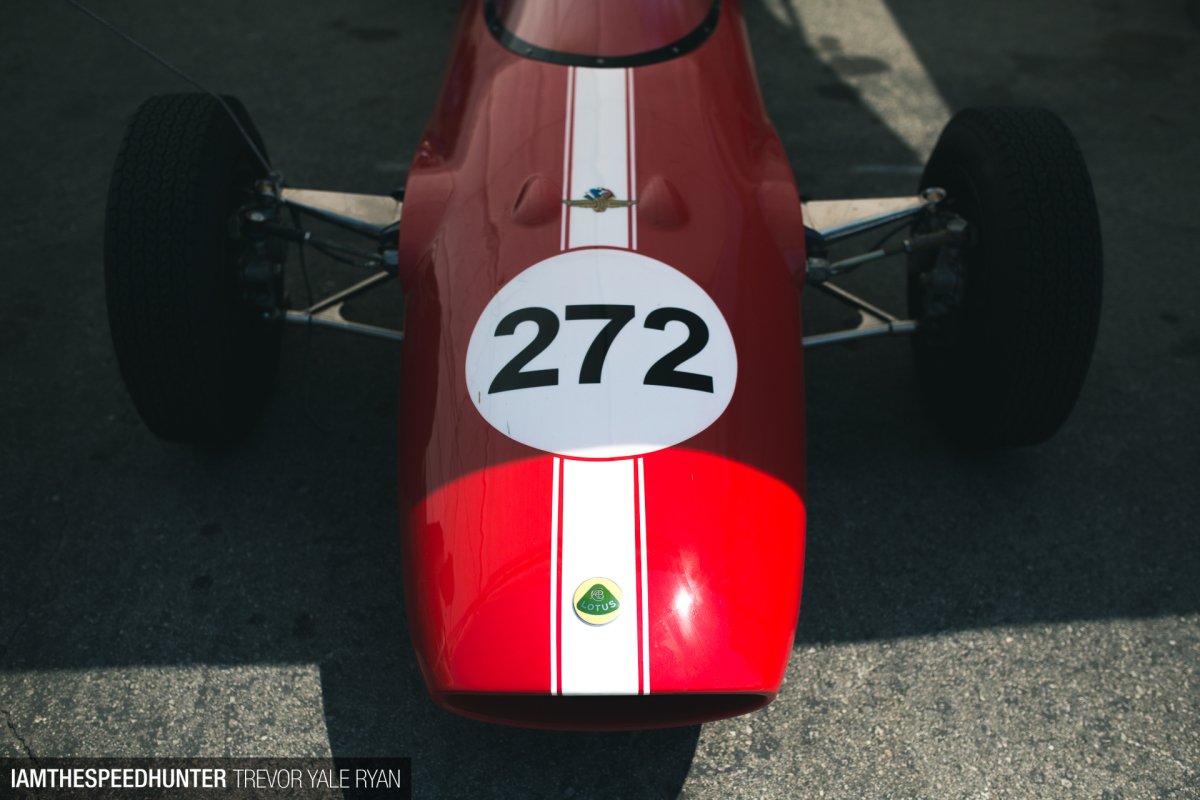
While the shape of cars at the top of motorsport today seem to be driven entirely by aerodynamics, practically entirely designed by computers in some instances, this was certainly not the case just a few decades ago. While I’m primarily griping about Formula 1 cars today versus how they looked before the 2000s, all race cars are affected to an extent.
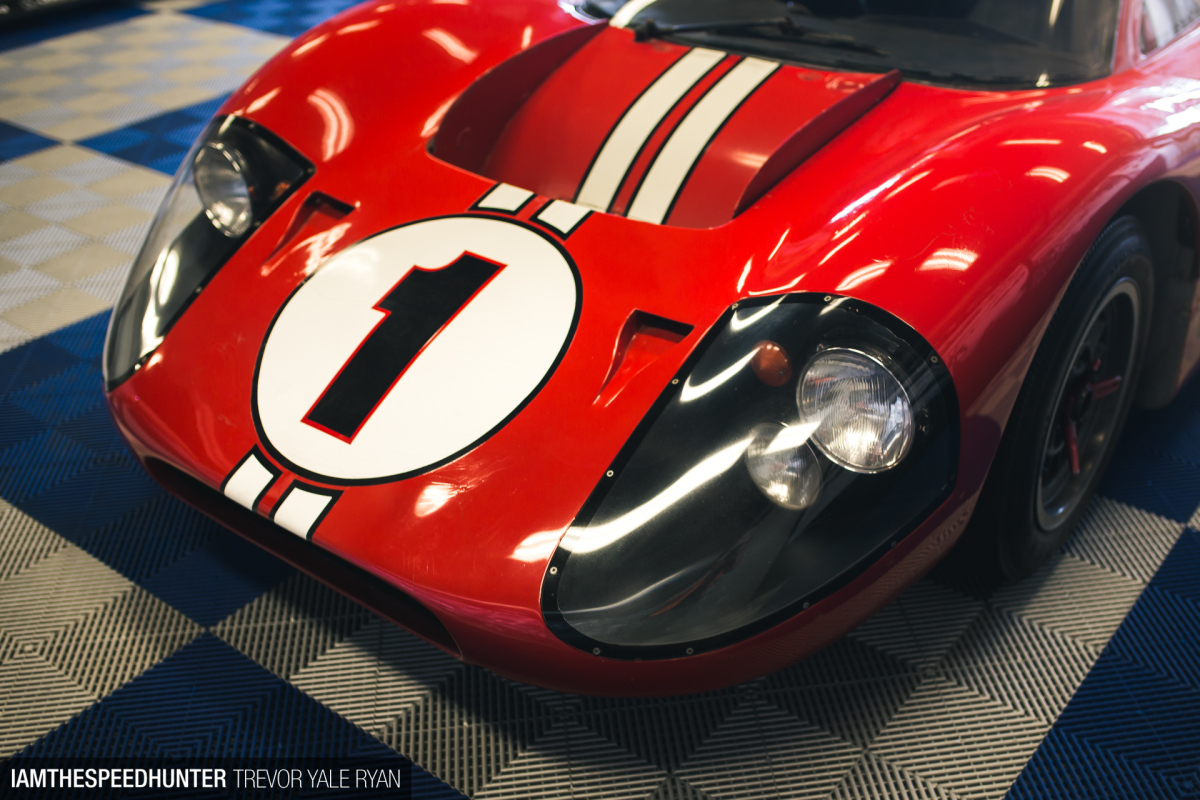
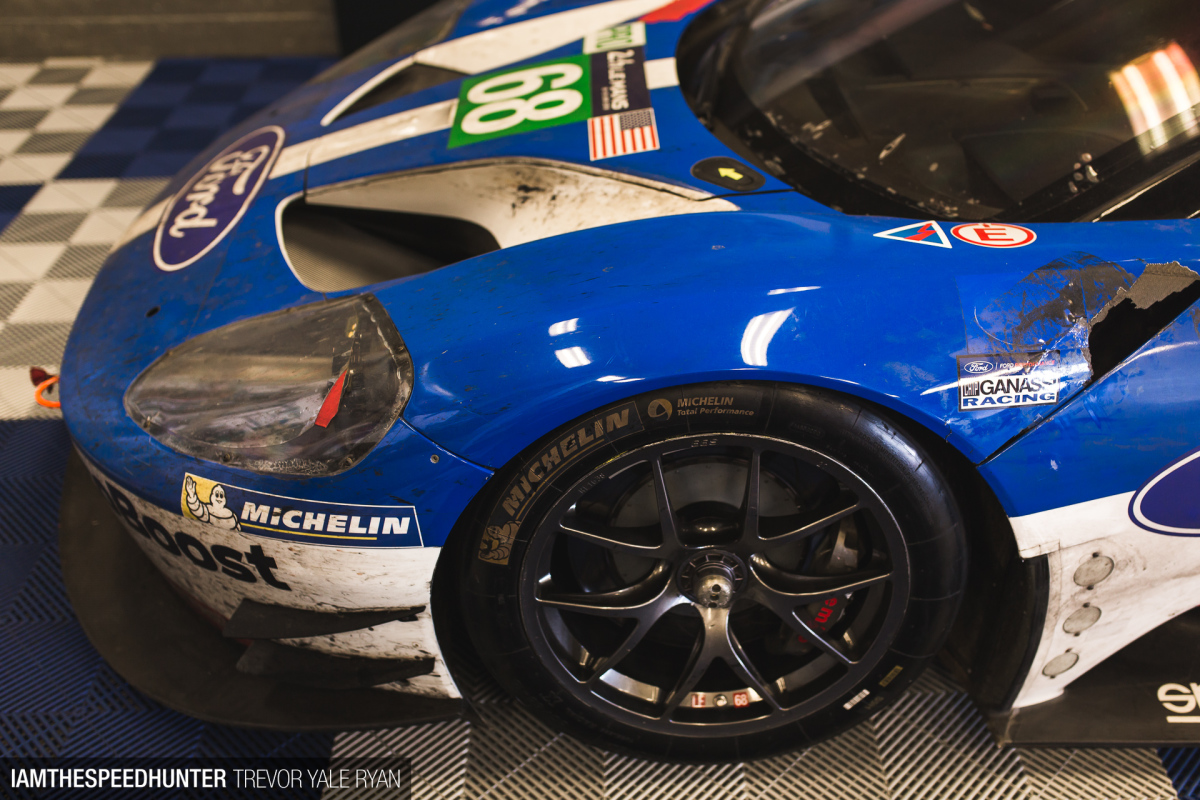
A perfect example of this was found in a pit garage Ford had claimed. Inside was a race-winning GT40 next to the 2016 Le Mans-winning Ford GT. While the GT is undeniably a beautiful car both in race and street guise, it just doesn’t have the same spirit as its older version. Both were great to see side by side, and other manufacturers brought some cars to display as well.
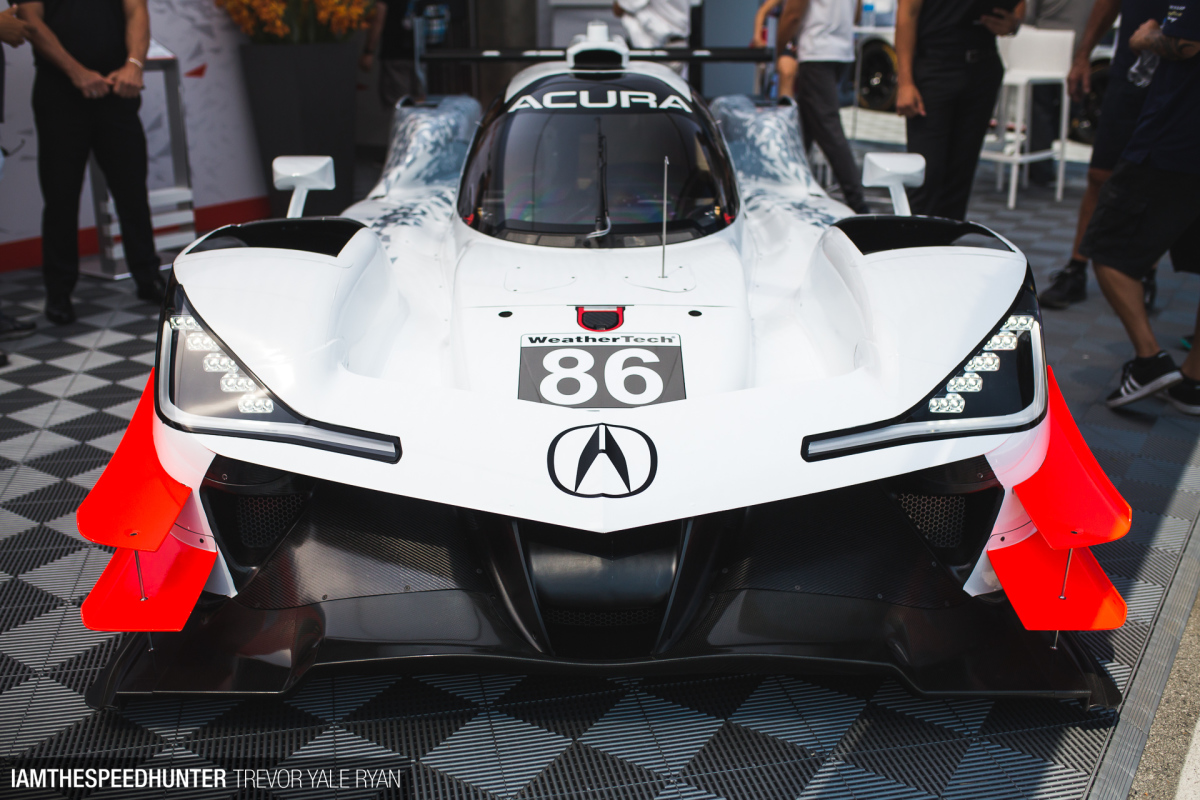
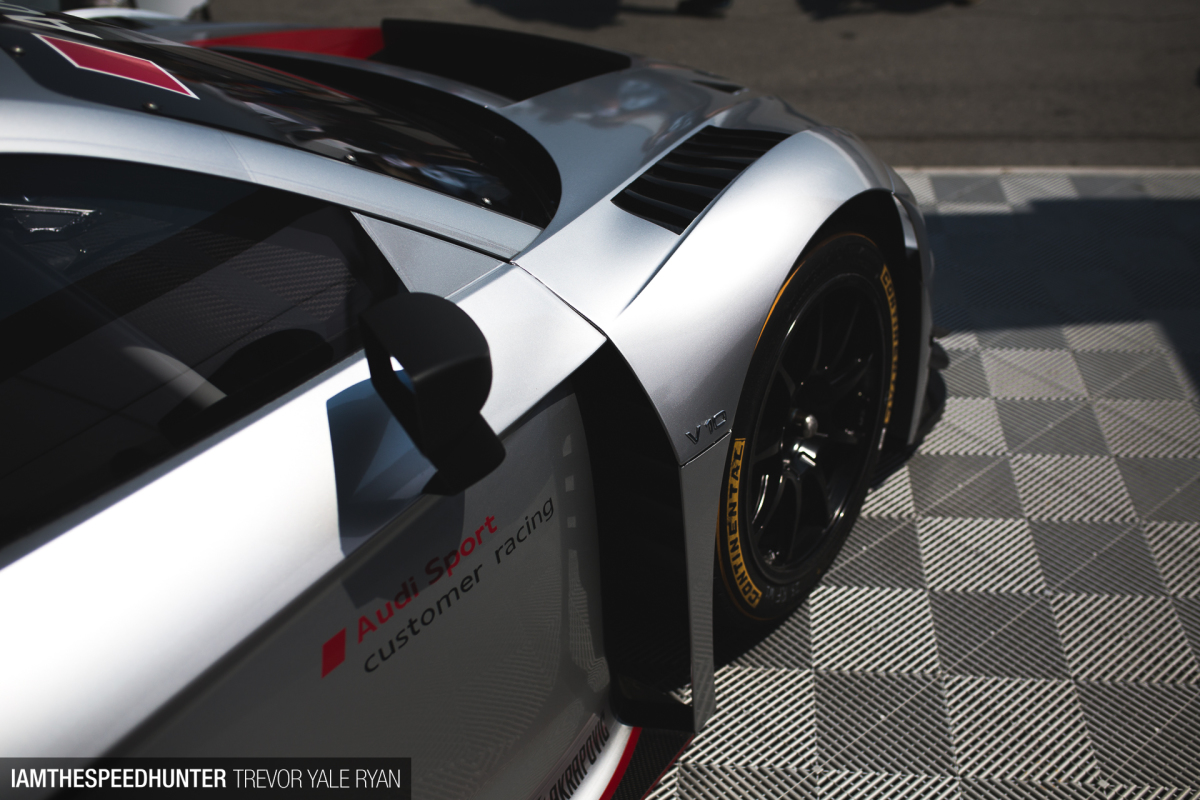
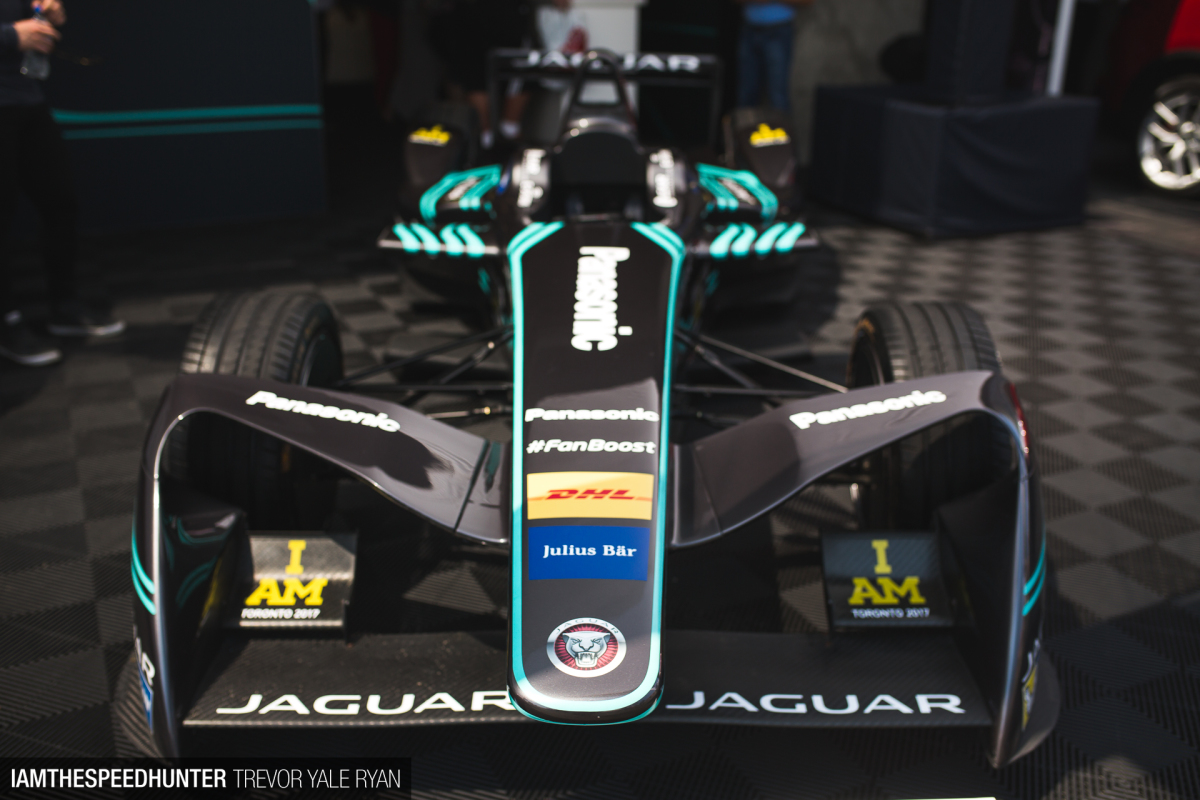
Acura had an IMSA prototype car for the 2018 season on display along with a full carbon NSX GT3 parked in a garage with Audi and Jaguar also contributing to the cars on show.
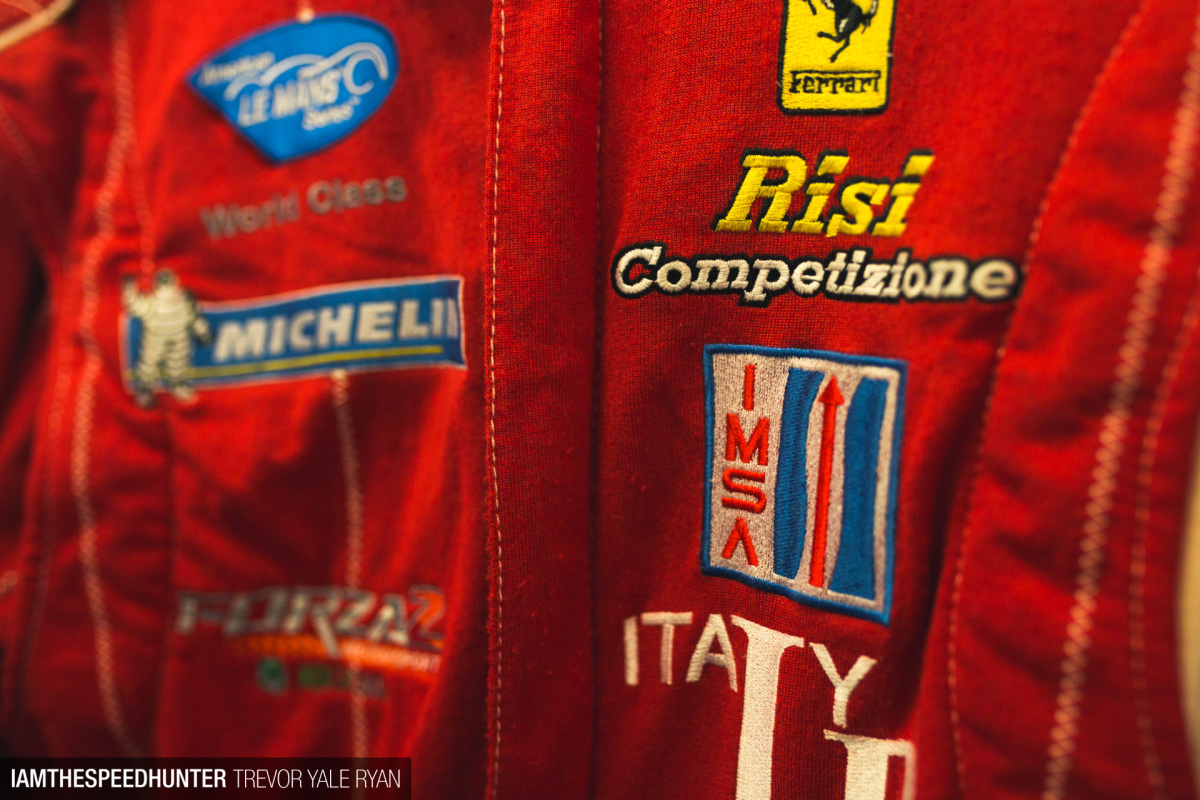
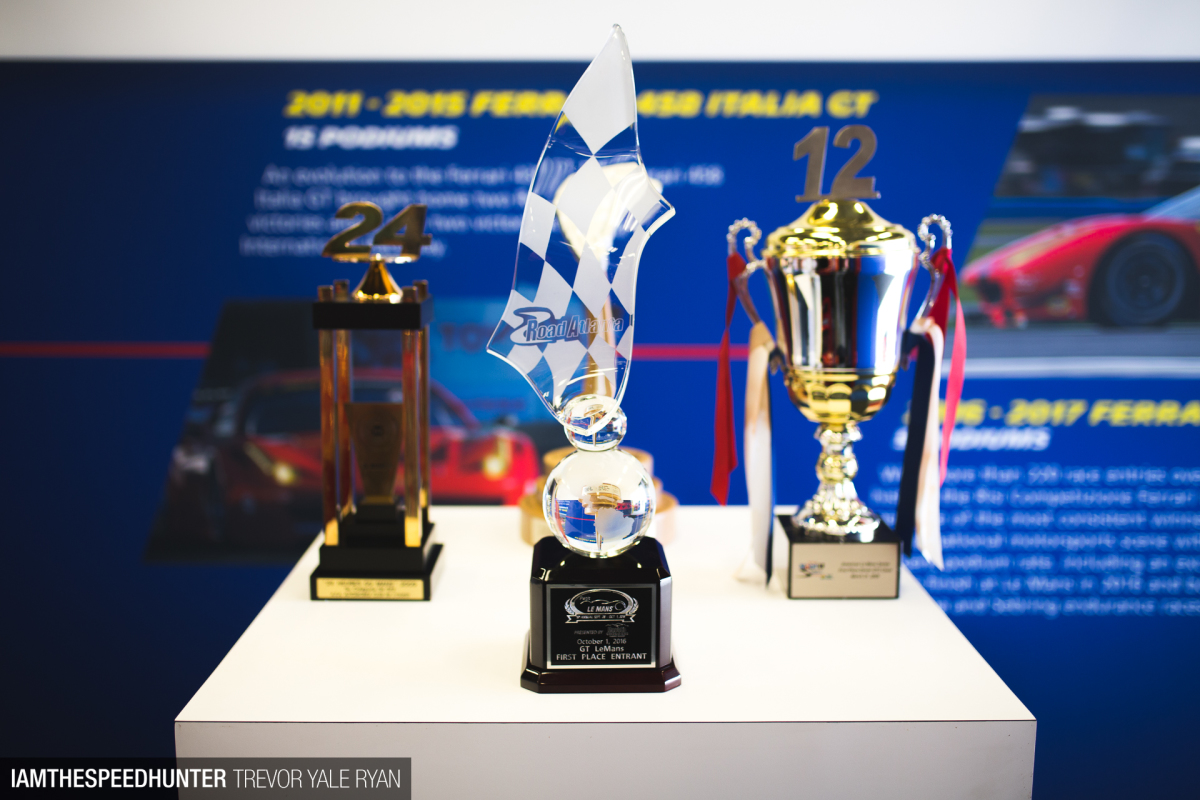
Further down pit lane, Ferrari brought along a few relatively modern race cars and a handful of trophies to admire. A very Ferrari thing to do indeed.
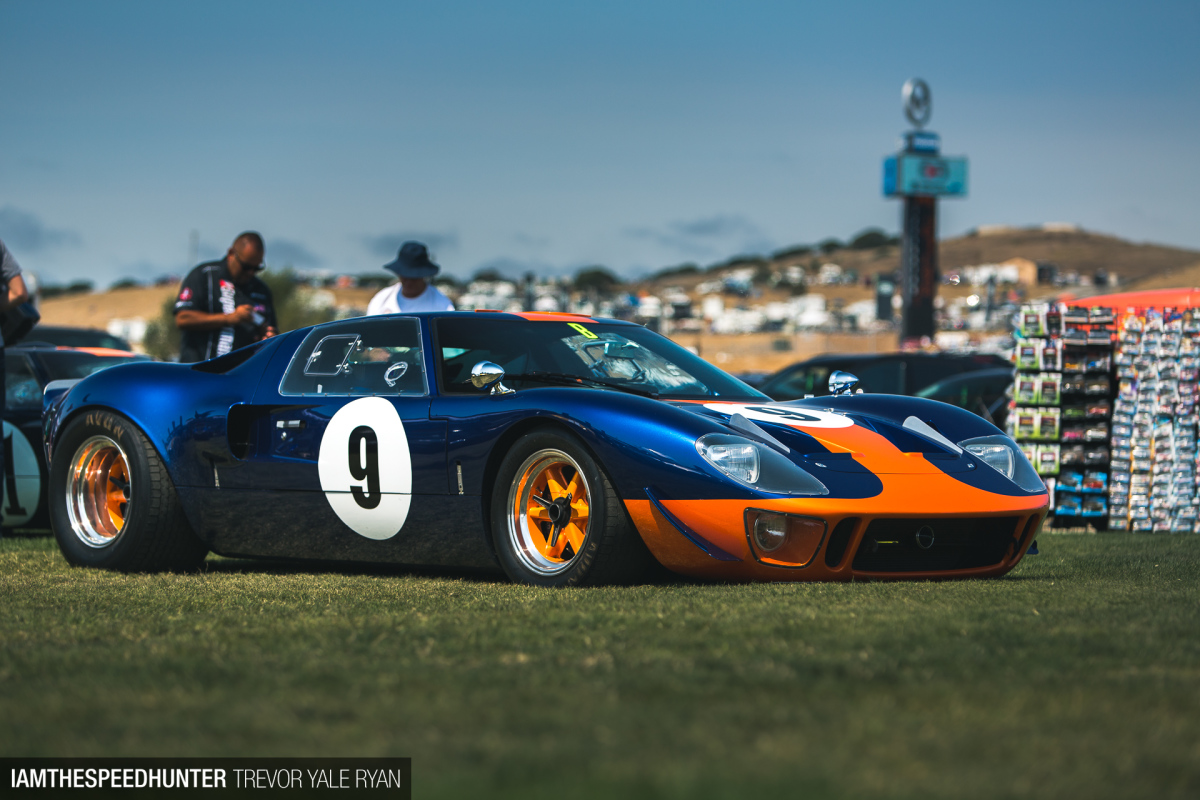
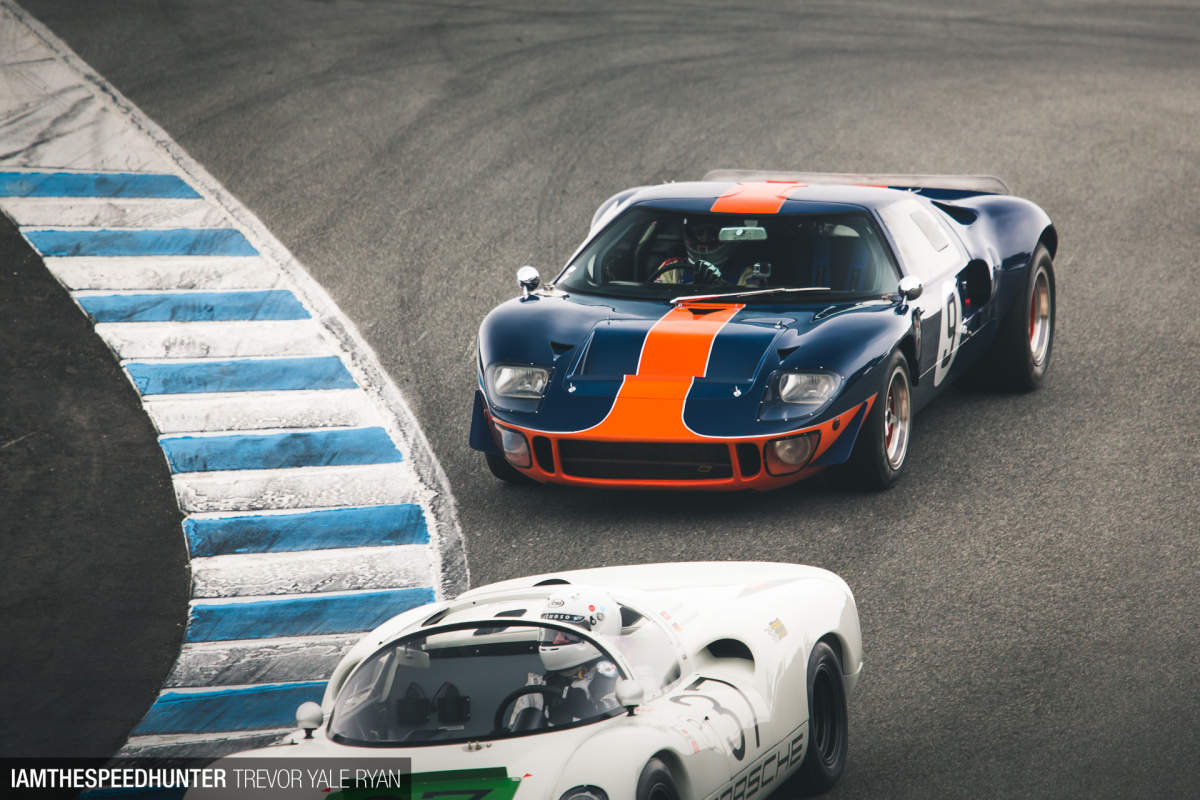
On my way back to the track I spotted another GT40 parked up in the grass. Maybe I’m becoming biased, but this chassis has to be one of my all-time favorite cars. The ride height, the sleek bodywork, the color schemes, the story behind these cars — it’s all the stuff of motorsport legend.
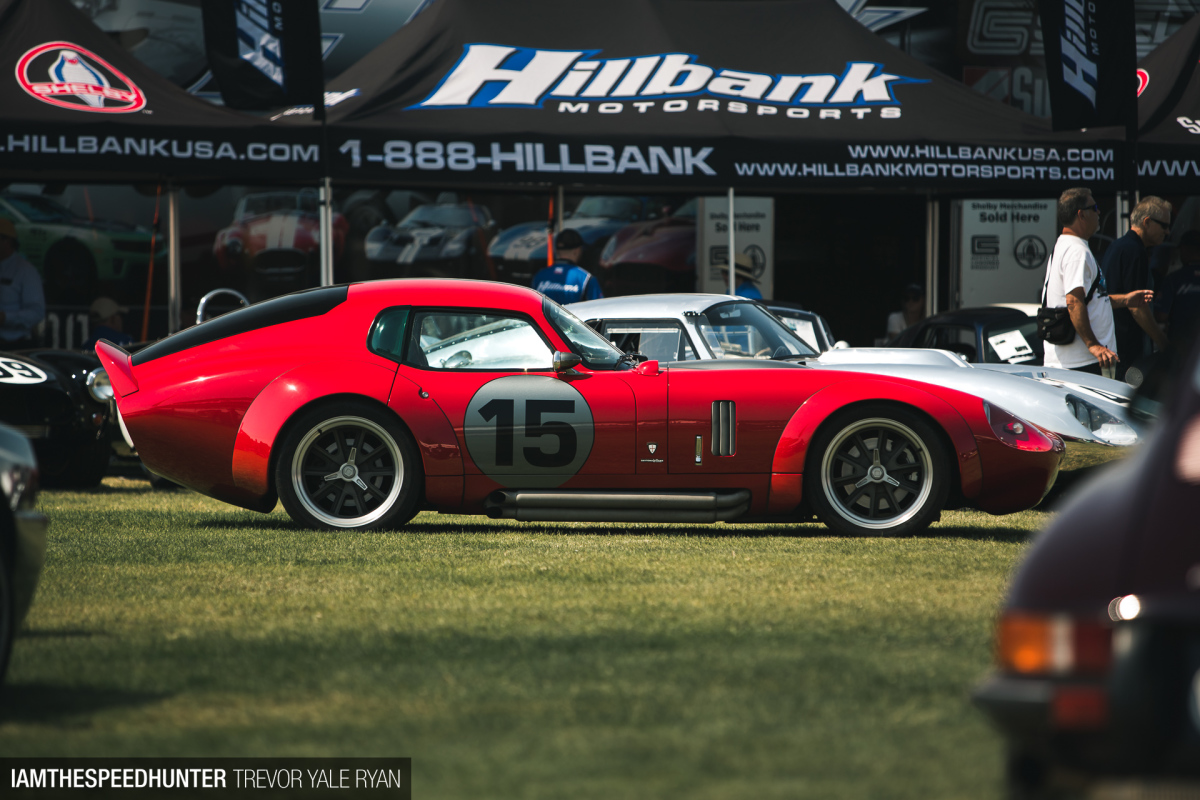
Being in a another Ford area, I found a different Ferrari hunter: the Shelby Daytona. The body of this car was designed by Pete Brock in a matter of weeks and sat over an AC Cobra’s drivetrain; six cars were built and in 1965 the hot-rodders took down mighty Ferrari, who had won 10 out of the last 12 FIA GT class championships in the World Sportscar series.
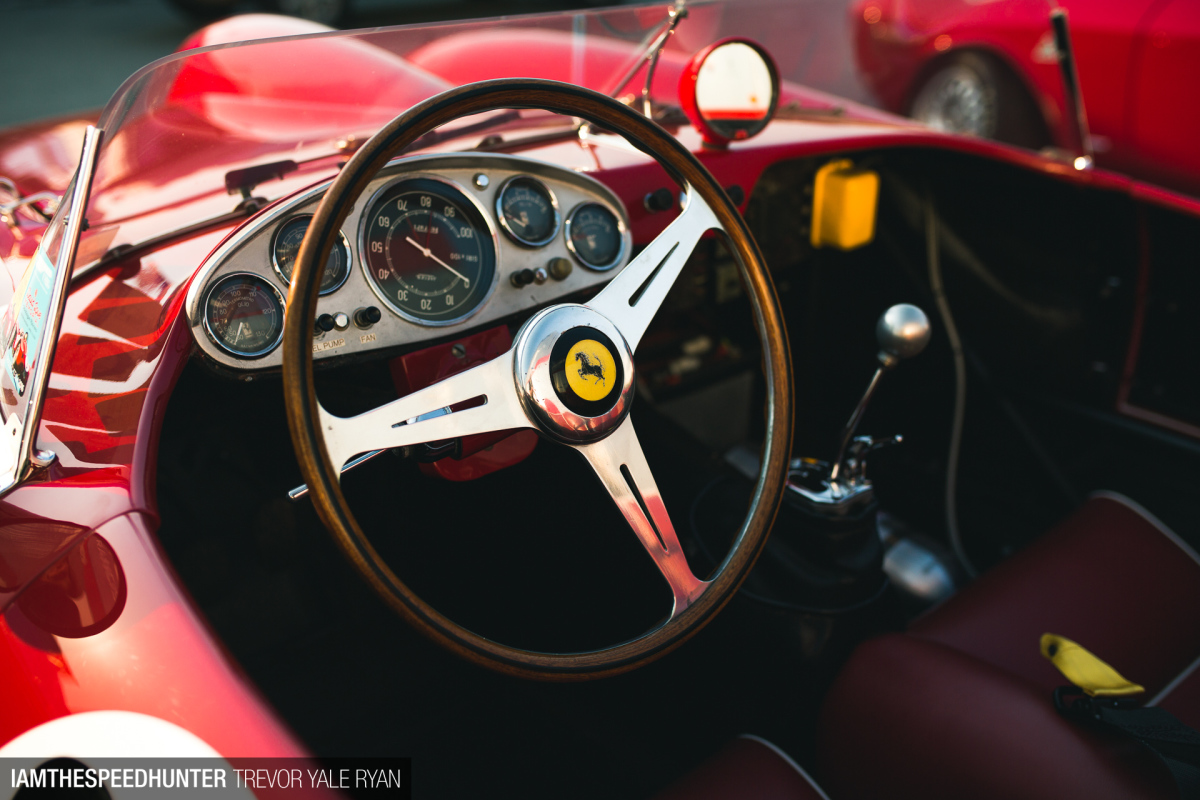
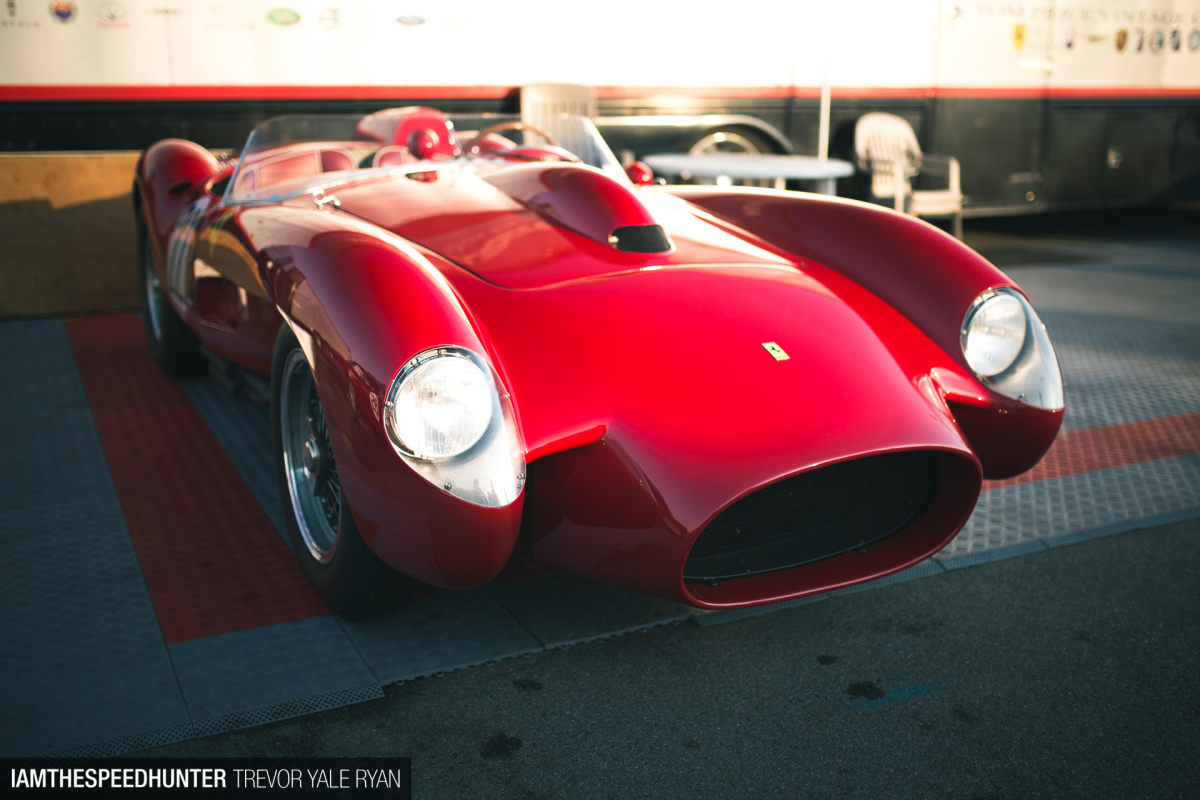
While I’m back on the topic of Ferrari, I noticed this incredible 1957 250 Testa Rossa prototype throughout the day. Housing a 60-degree V12 howling out side-piped headers I just couldn’t get enough of this car. With the capability to rev the 12 cylinders over 7000rpm and making over 300 horsepower in the ’50s, this engine and car are a testament to Ferrari’s design prowess.
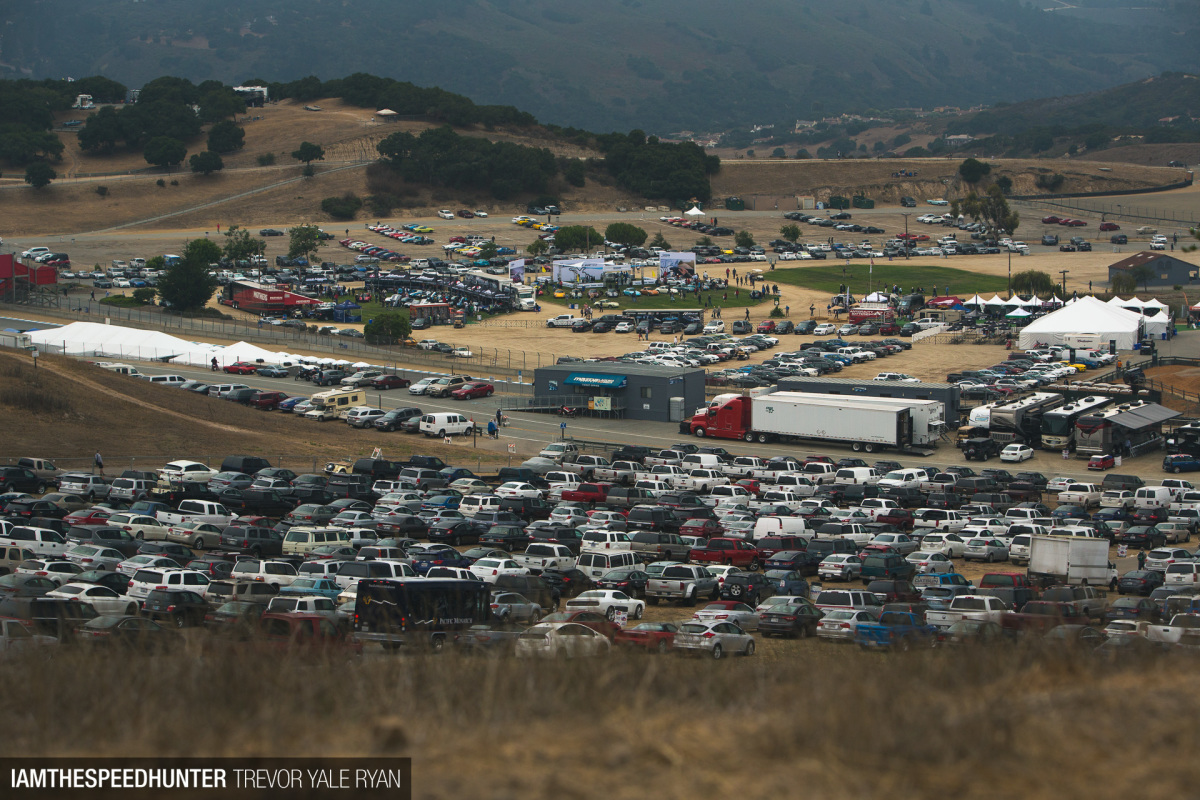
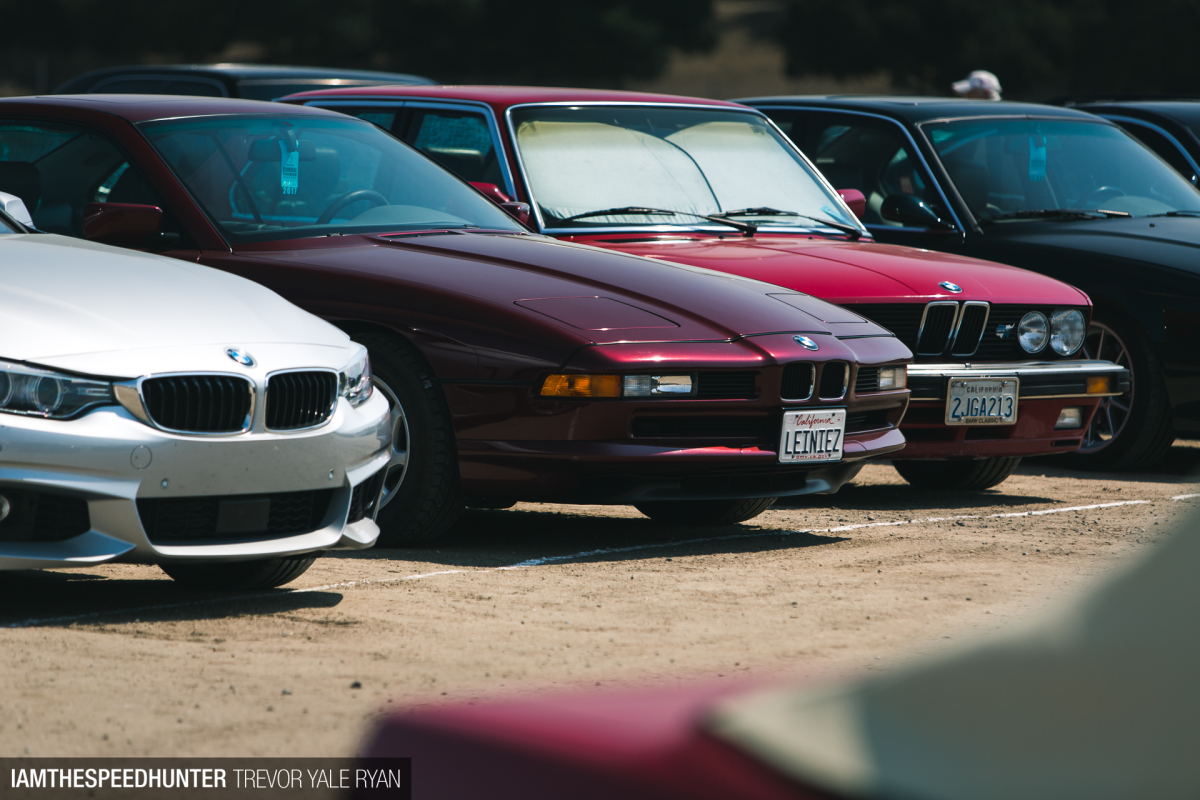
I nearly made it back onto the course without getting distracted again when I spotted this lovely BMW 8 Series in the parking lot. I remembered spotting a McLaren P1 earlier in the day and found it amusing that I took the time to snap a few shots of this car while I ignored the McLaren — RMMR is one event where the P1 almost seems out of place. I’m sure there were plenty of other gems hiding in the lot, but I was about to miss the races starting back up.
FINAL CHAPTER
Take Me Back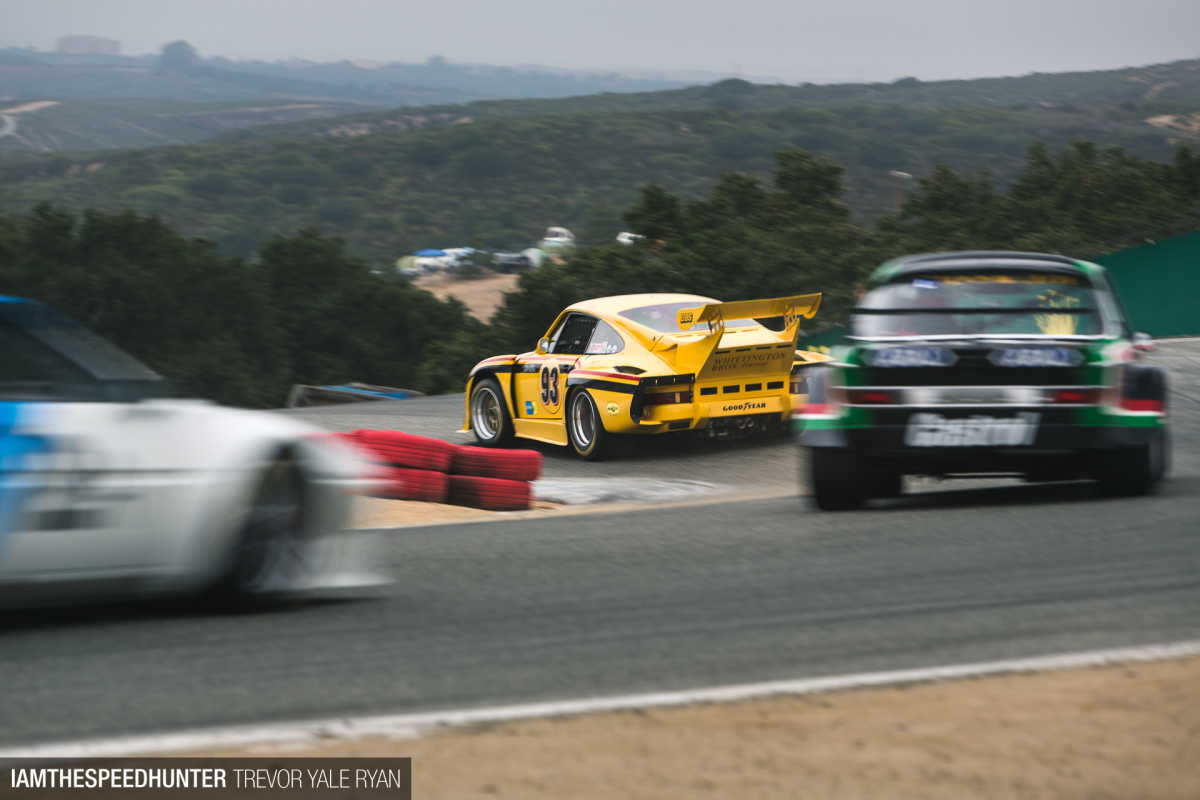
While there were plenty of goodies off the track, I did finally get back on course in time to see the heats that counted. This was gentleman’s racing, of course, but that doesn’t mean that the drivers didn’t have something to prove. Despite the rarity of the cars on track they were being driven right to the edge, particularly in that 1970s-1980s FIA/IMSA/GT group.
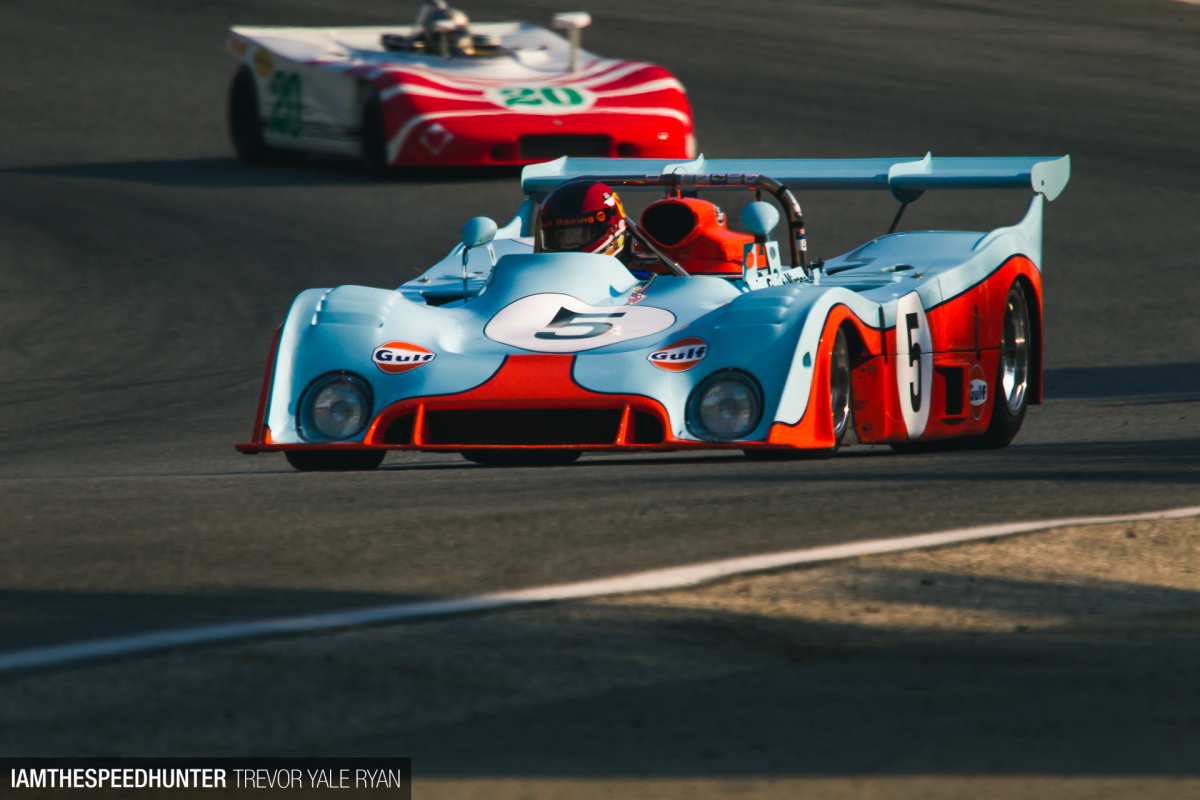
During most of the races the lead swapped around a good bit, but there were a few cars that lapped quite a large percentage of the field. This Gulf Mirage was one of them, and an excellent thing to look at, too. I’m not sure exactly what it is about every single Gulf-liveried car I’ve ever seen but they are all quite photogenic.
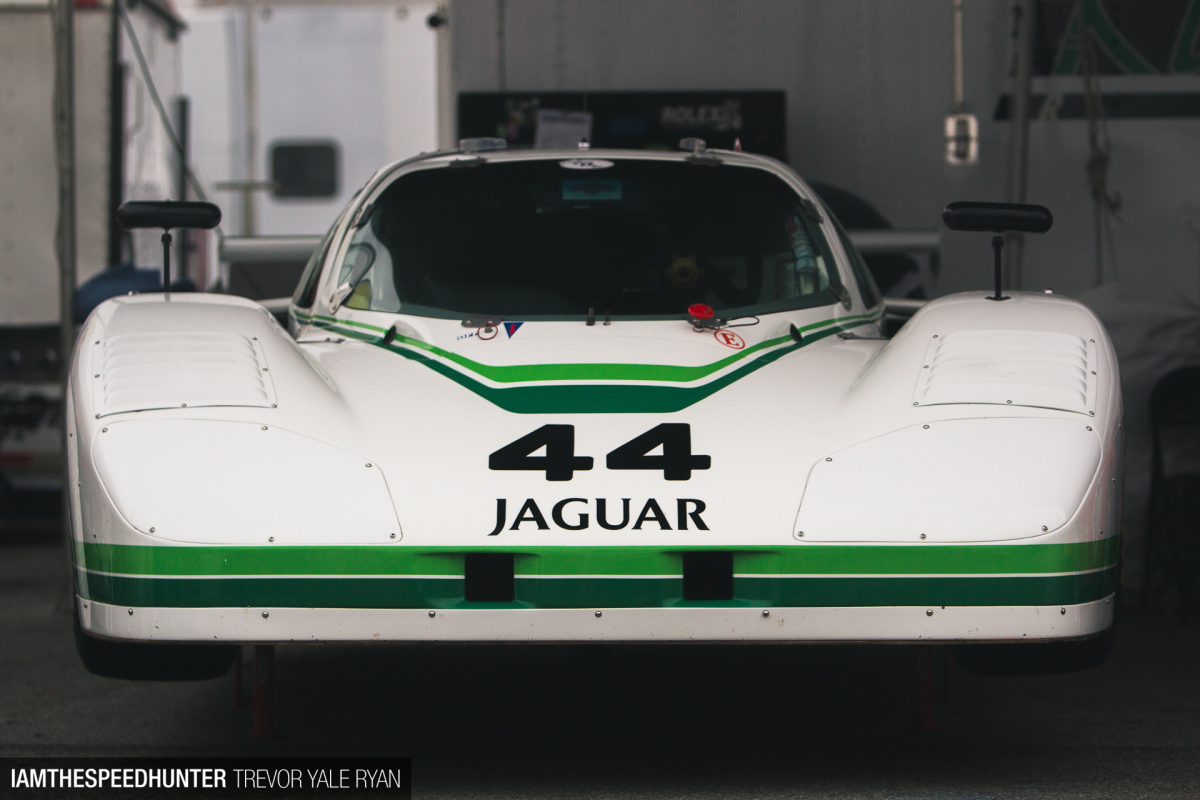
To get back to an important topic I skipped over earlier, the final race of the day would be one of the most anticipated: the IMSA GTP cars. It’s hard to pick an overall favorite run group and harder yet to single out any one car but something about these prototypes was seriously special. It was an era in racing where while all the cars really began to have a similar shape, they still each filled it out in their own very unique way.
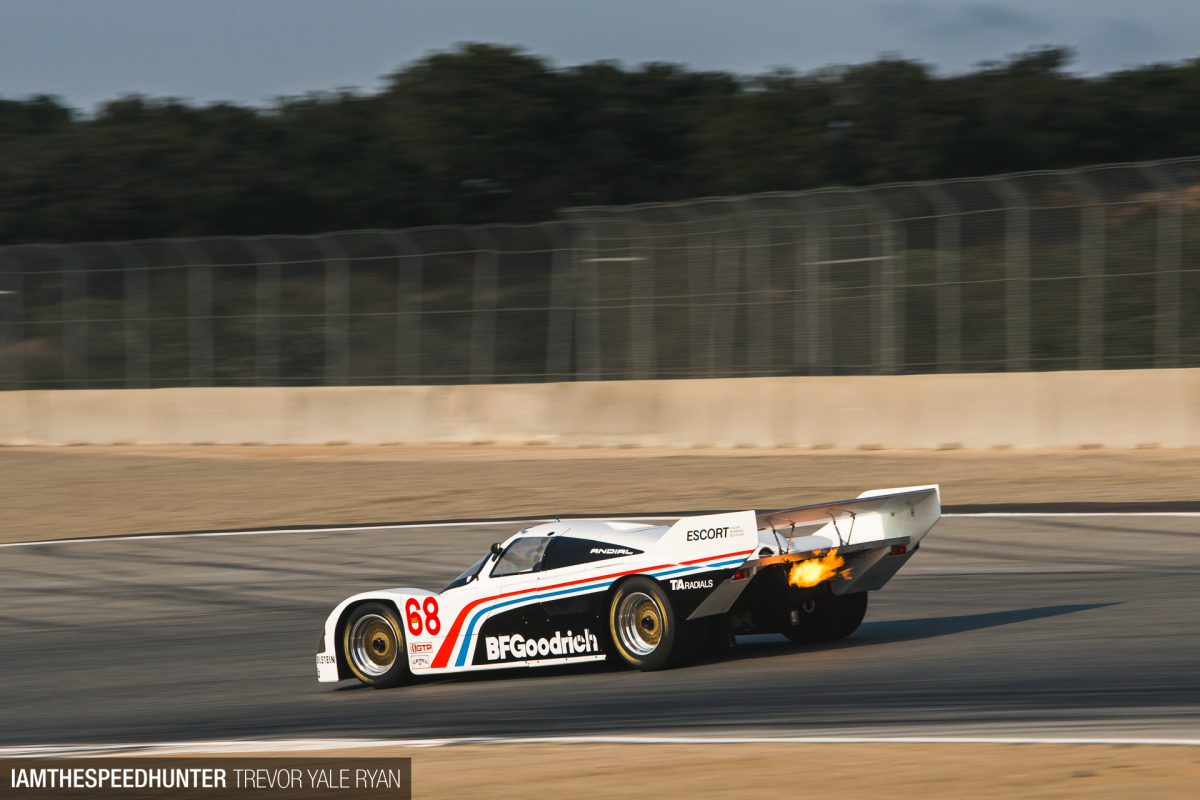
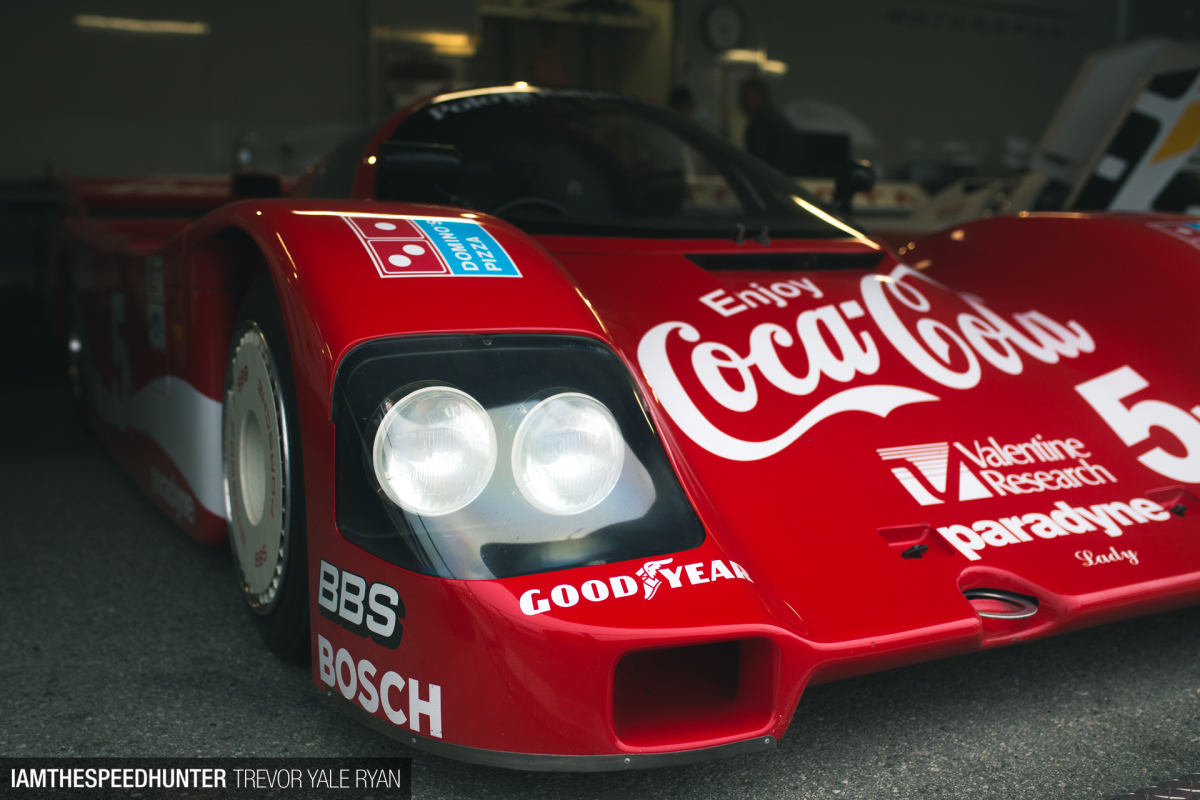
A likely favorite were the Porsches, and not just because they had a penchant for shooting flames out the back end. The aesthetics of these 962s are absolutely timeless and the extreme functionality just makes them great to watch; practically the entire thing is a giant wing searching for grip and speed.
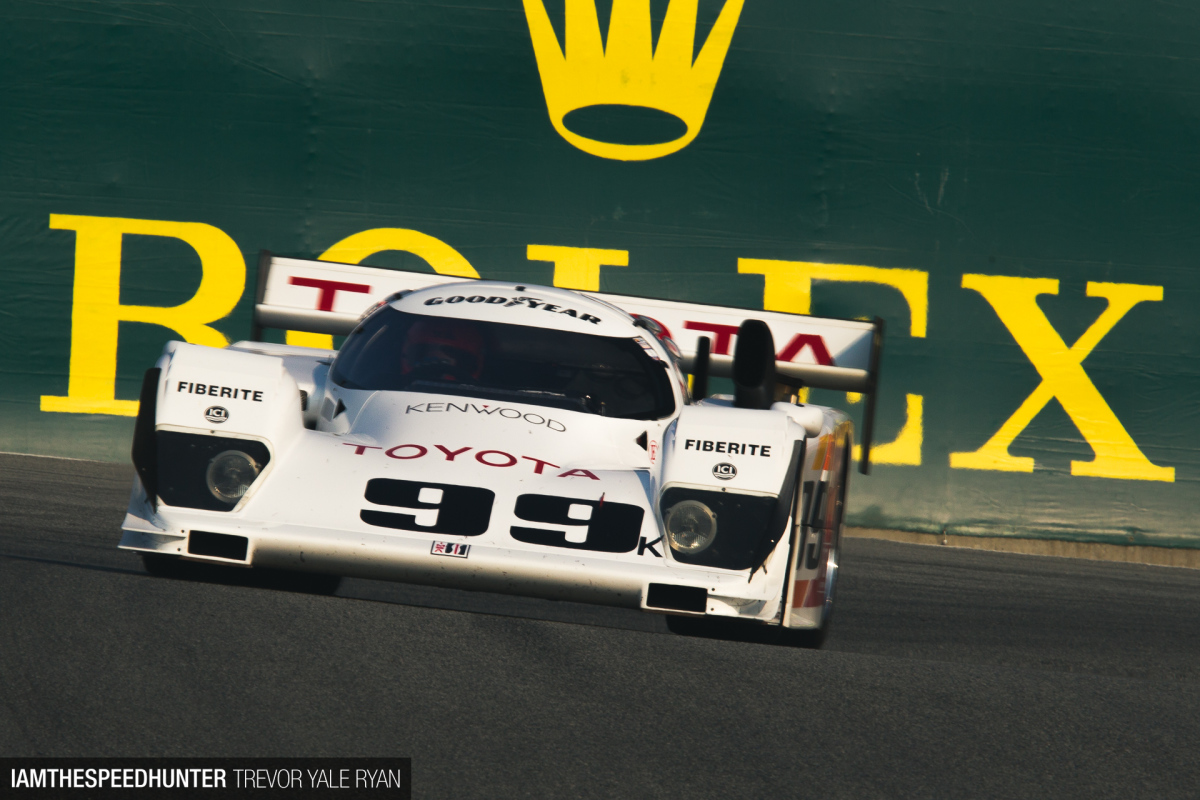
Dominating the field, though, and lapping what seemed like almost every GTP opponent was the #99 Toytota Eagle. It’s worth mentioning these cars had a very impressive record from 1991-1993 with 21 wins in 27 races. This is another car that I never thought I’d have the opportunity to see racing, and just one more reason the Rolex Motorsports Reunion is so worth making it out to.
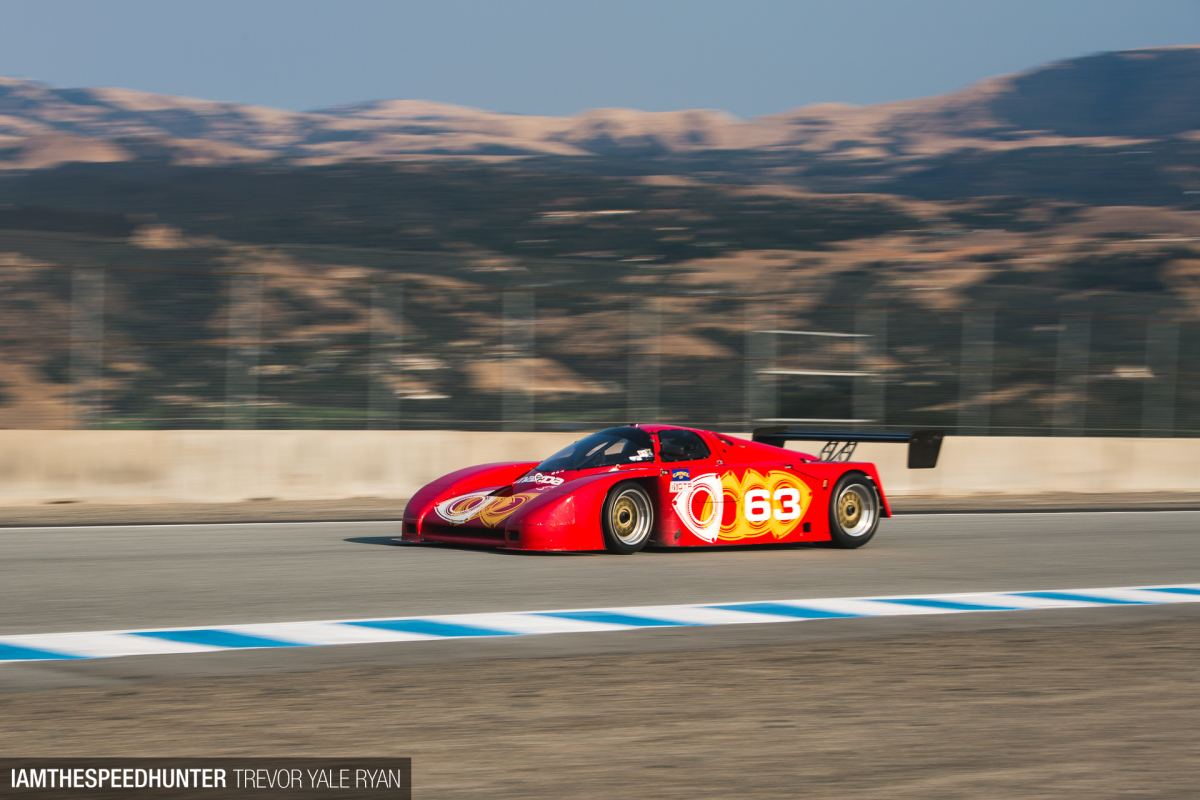
The title sponsor of the track, Mazda, had their (obviously) rotary-powered 1985 Argo-Mazda JM19 IMSA Prototype Lights three-time Championship winner out on the course along with the ’86 Group C 757. Also on track was the all-mighty four-rotor ’89 Group C 767B, another car that I had never even seen in person, let alone heard running at speed. And after the racing was finished for the day, a pleasant surprise awaited those who stuck around in the pits.
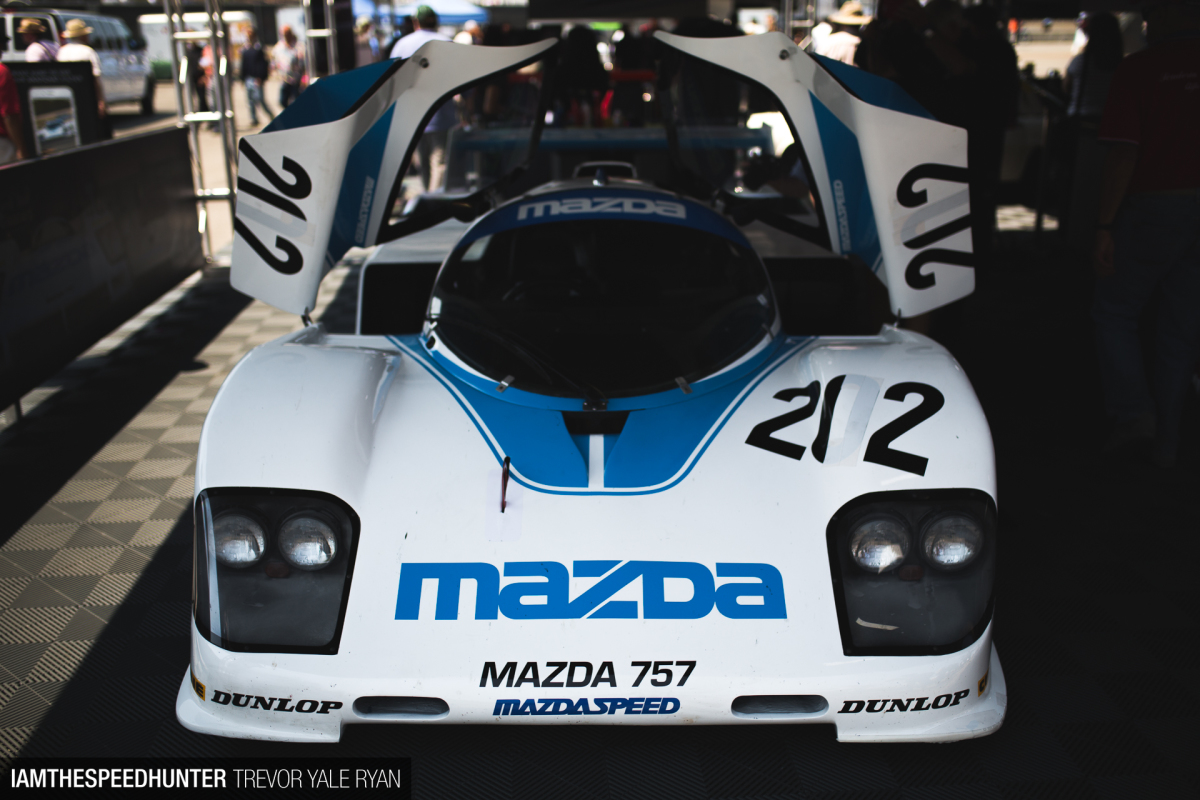
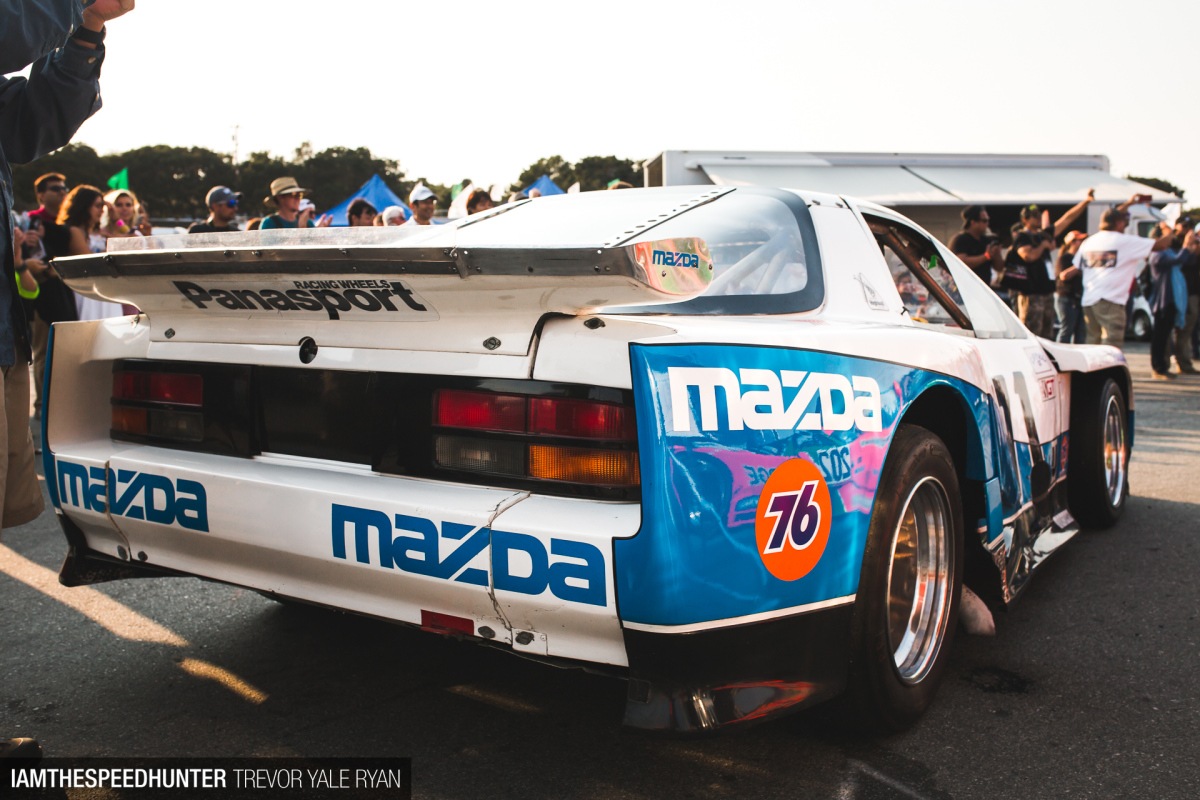
Mazda fired up all seven rotary-powered cars they brought to the event for a grand finale of motoring greatness. Really, from directly behind the 767B it sounded like many more than seven cars making all the ruckus; such is the duty of a buzzing Wankel engine after all.
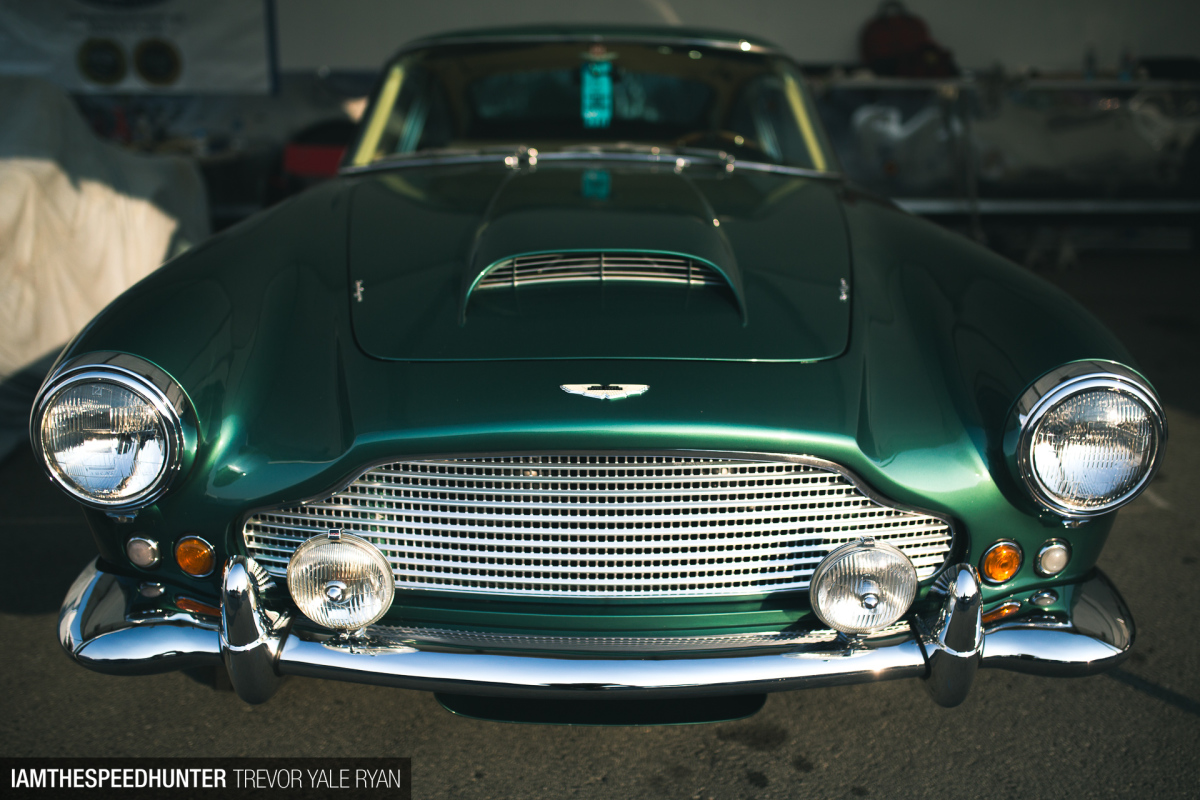
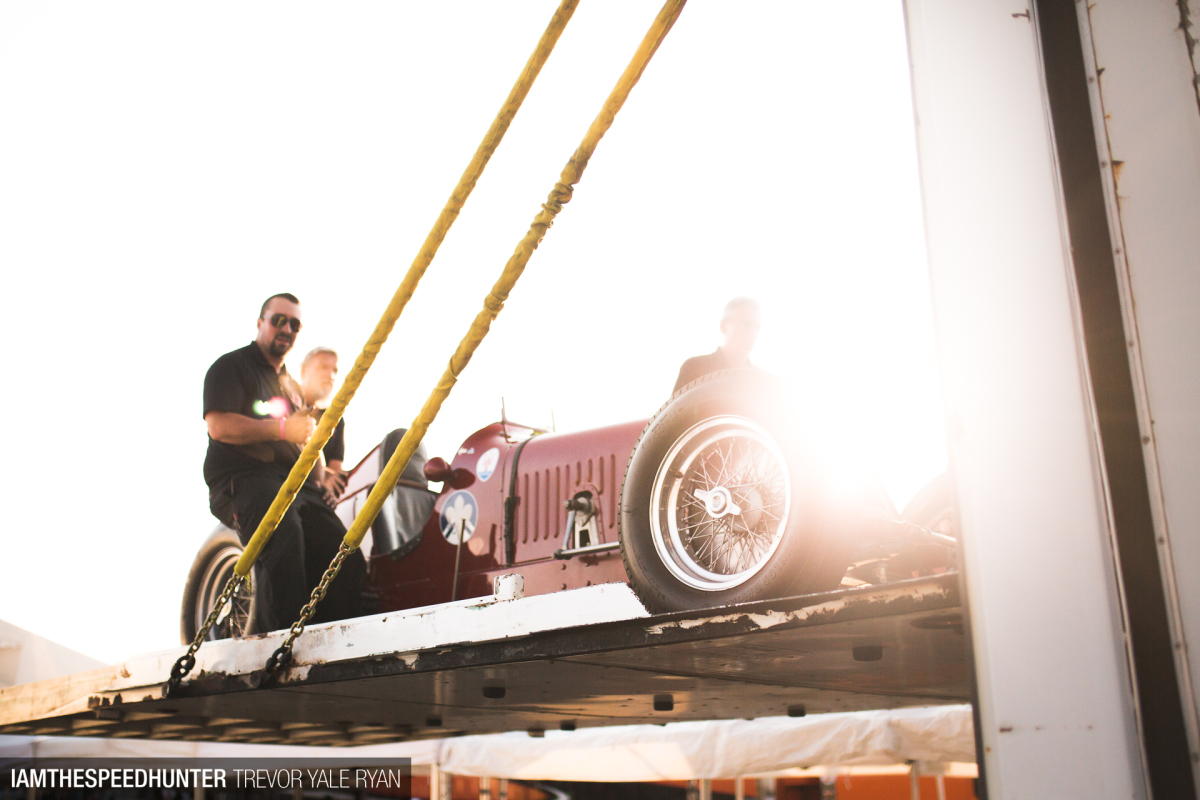
With one last cruise through the pits, I finally had to call it quits as the cars went back under wraps. This is definitely an event I’ll be planning for next year, and if at all possible, you ought to as well.
Trevor Yale Ryan
Instagram: tyrphoto
TYRphoto.com
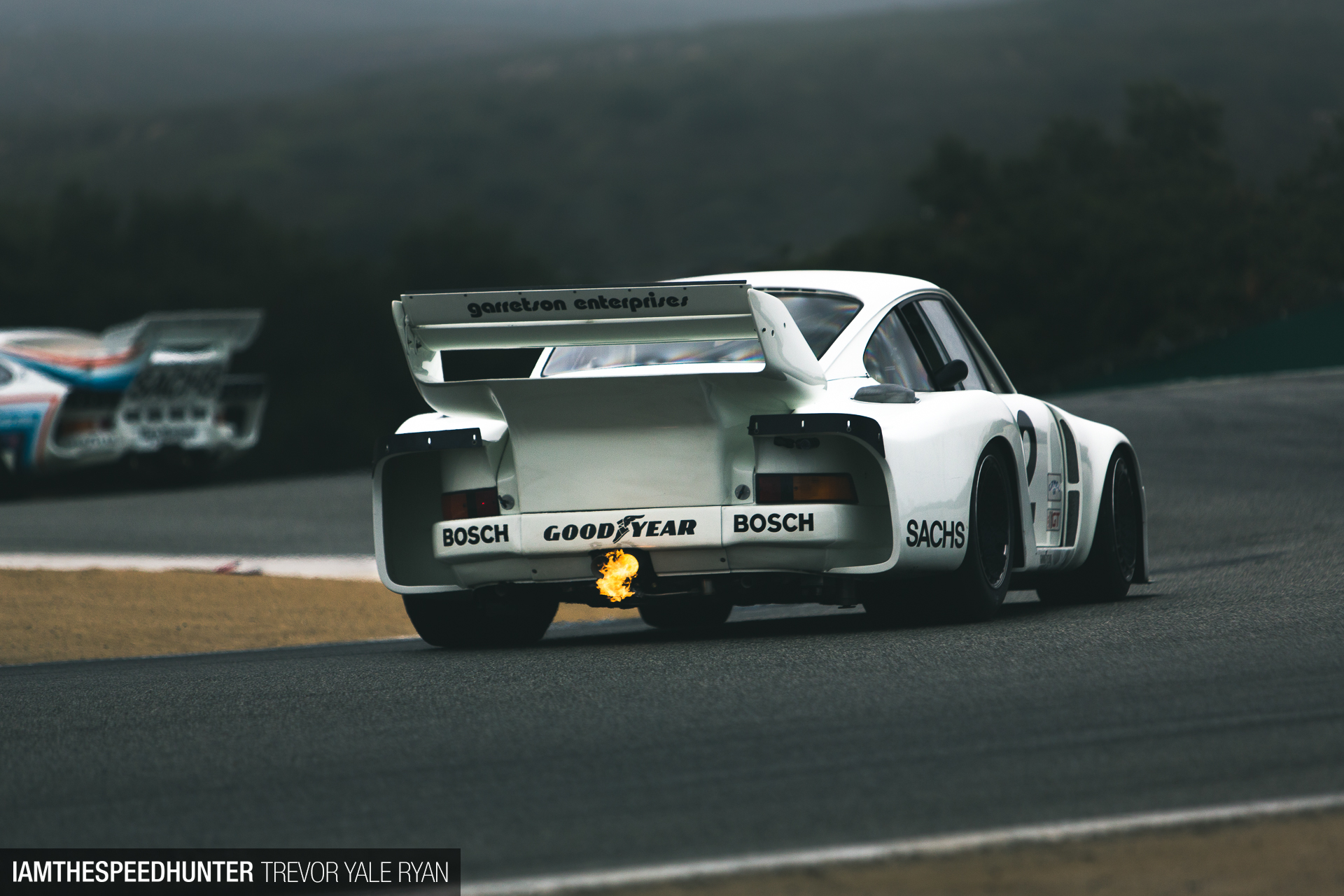












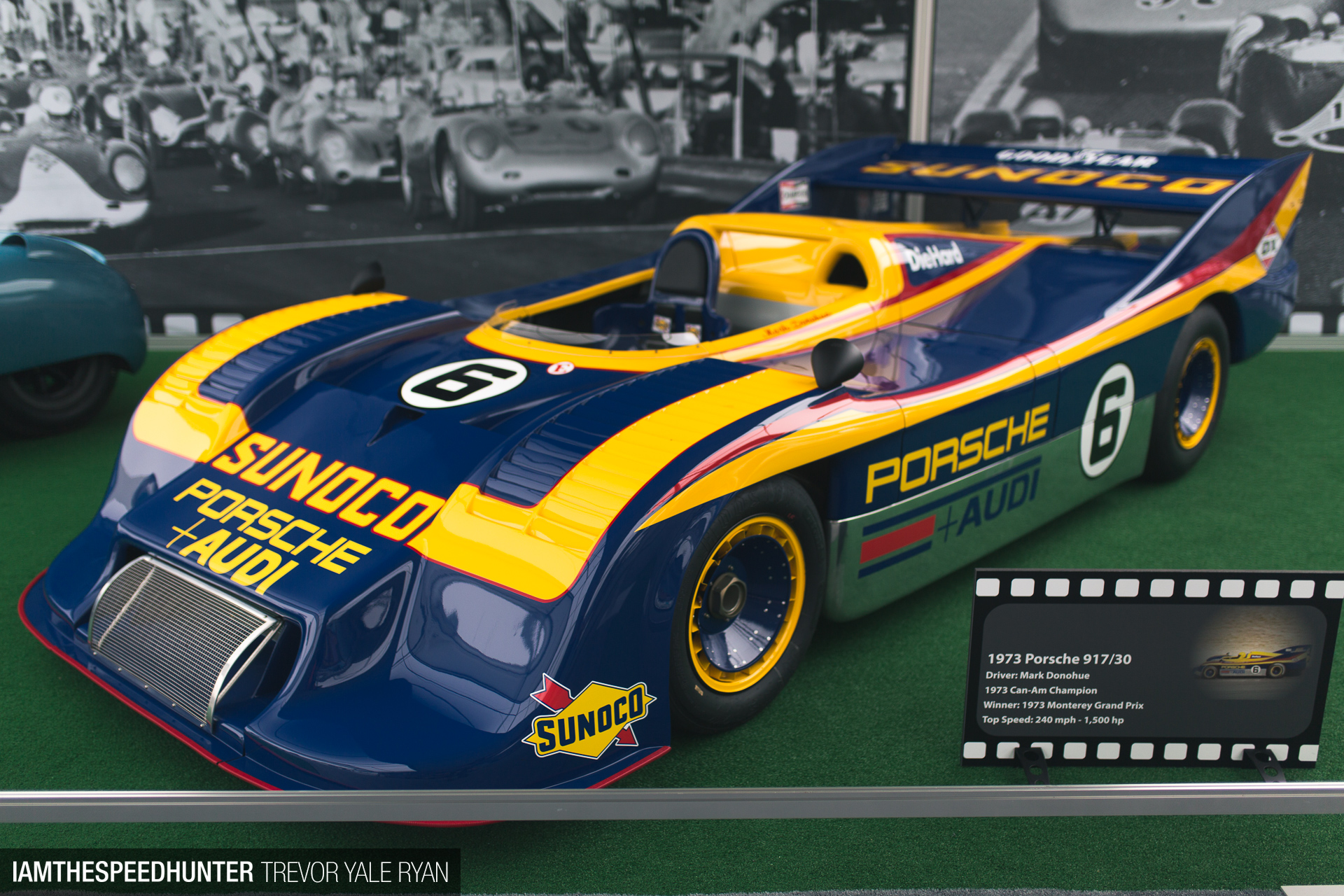





































































































































































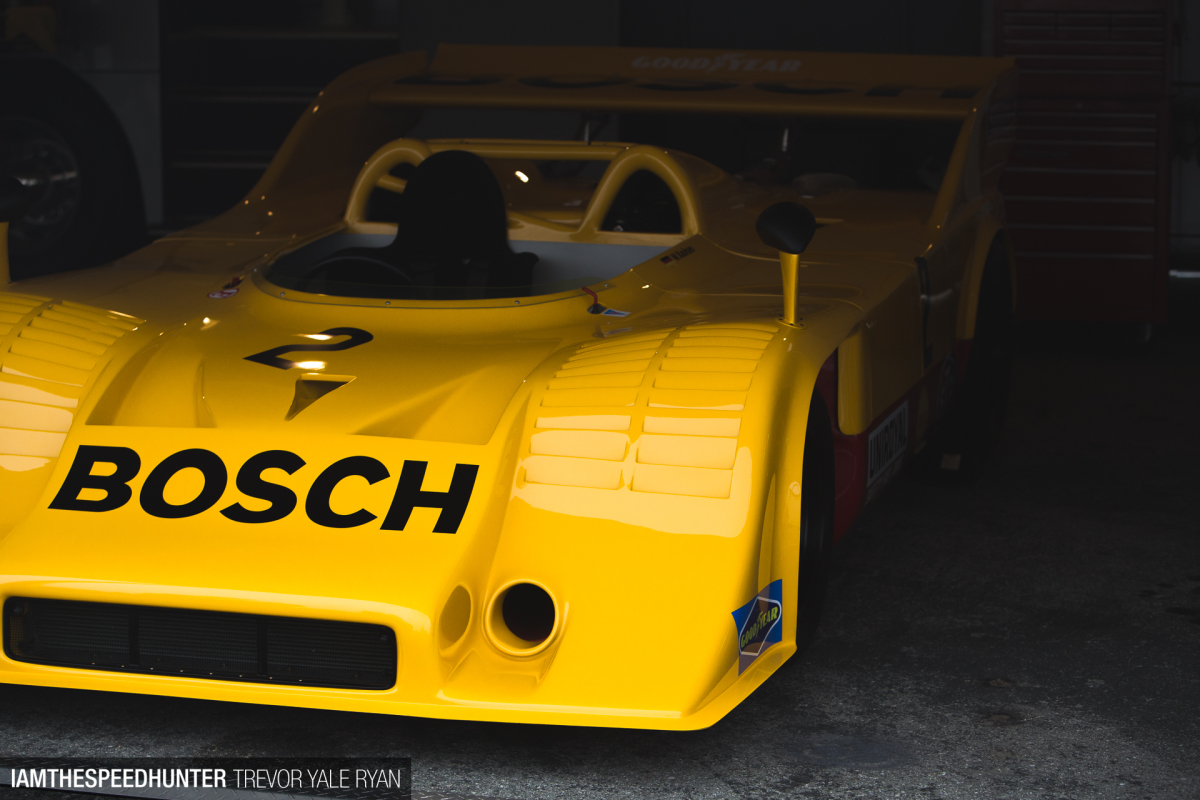
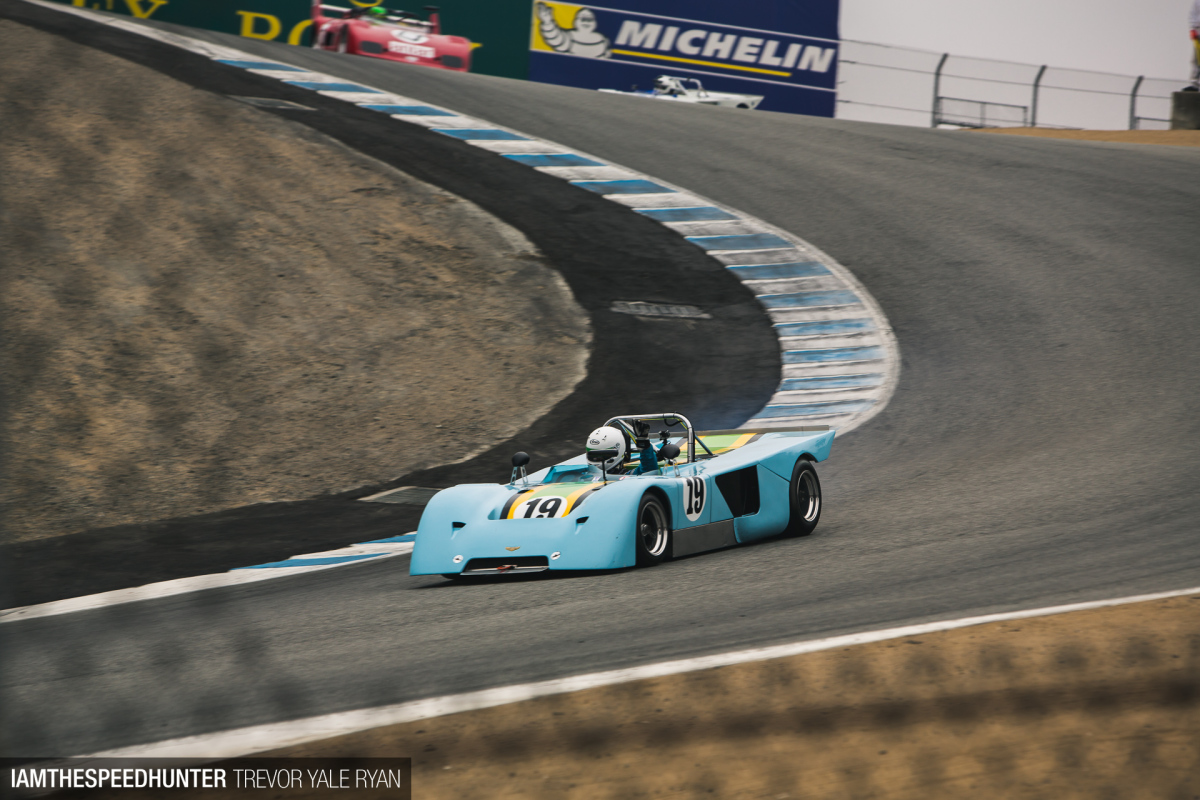
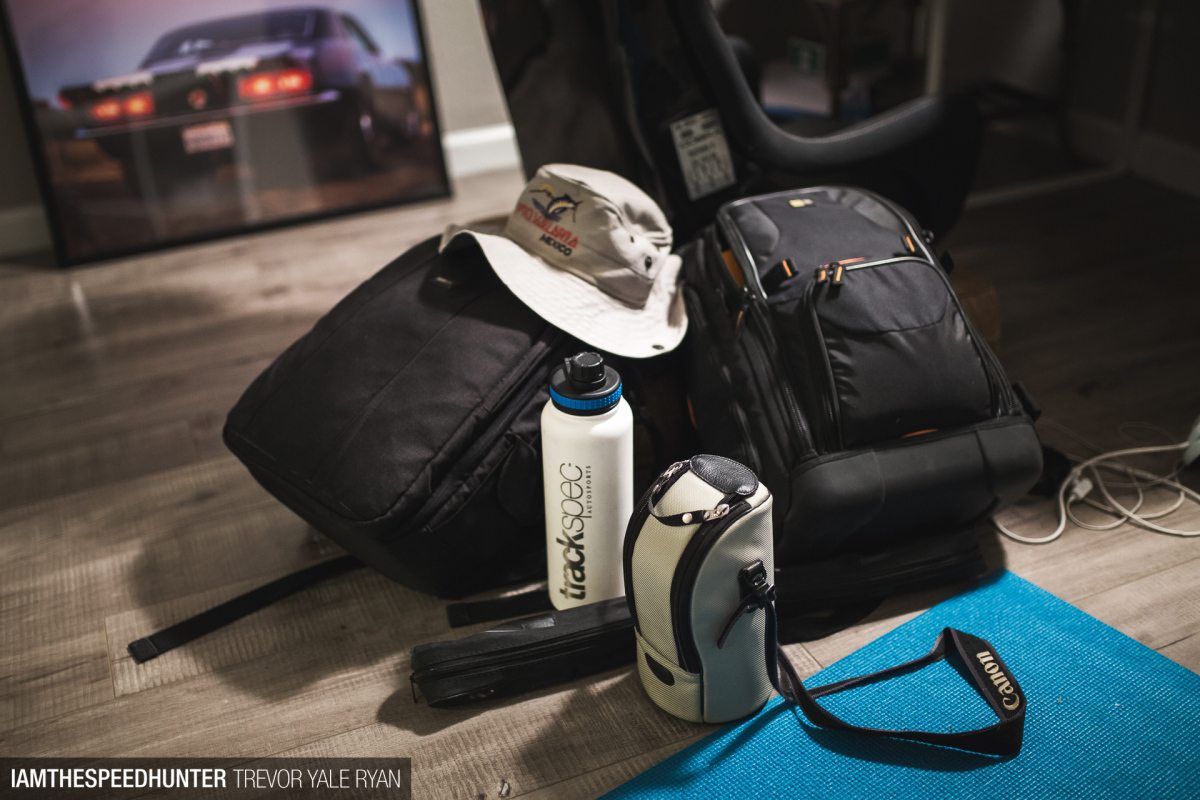
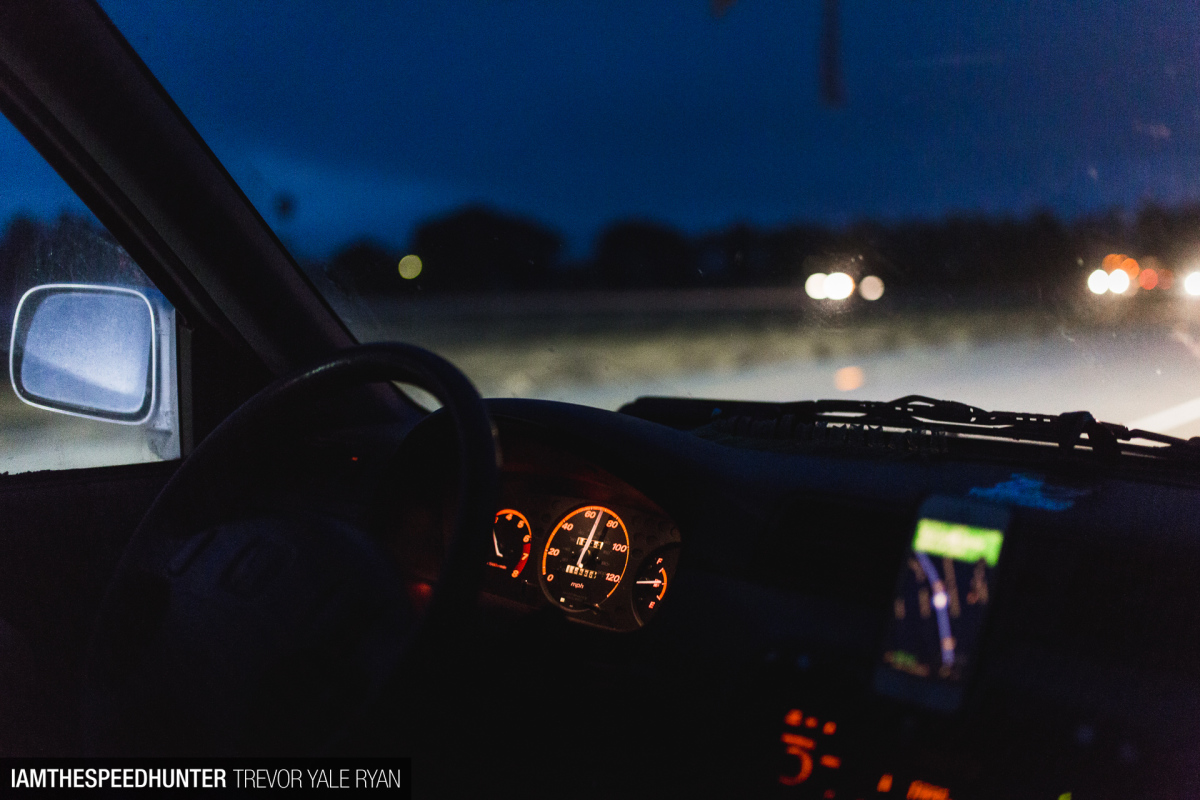
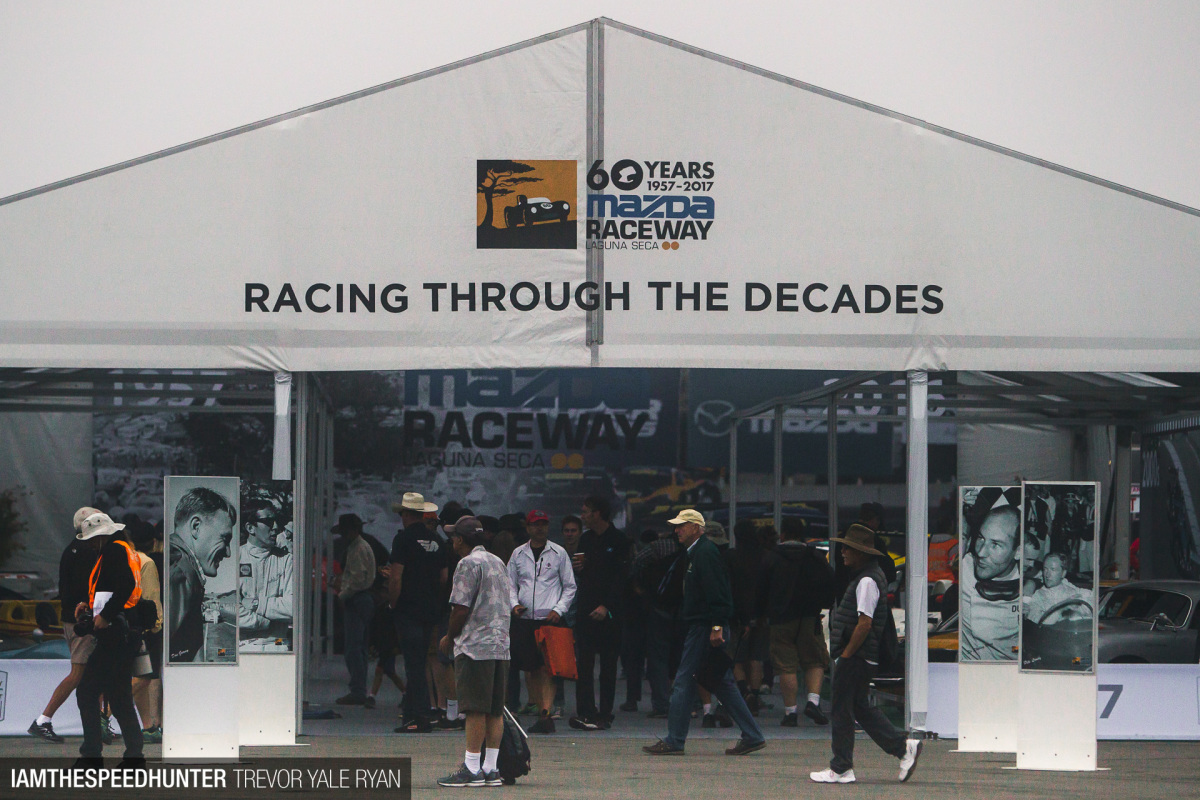
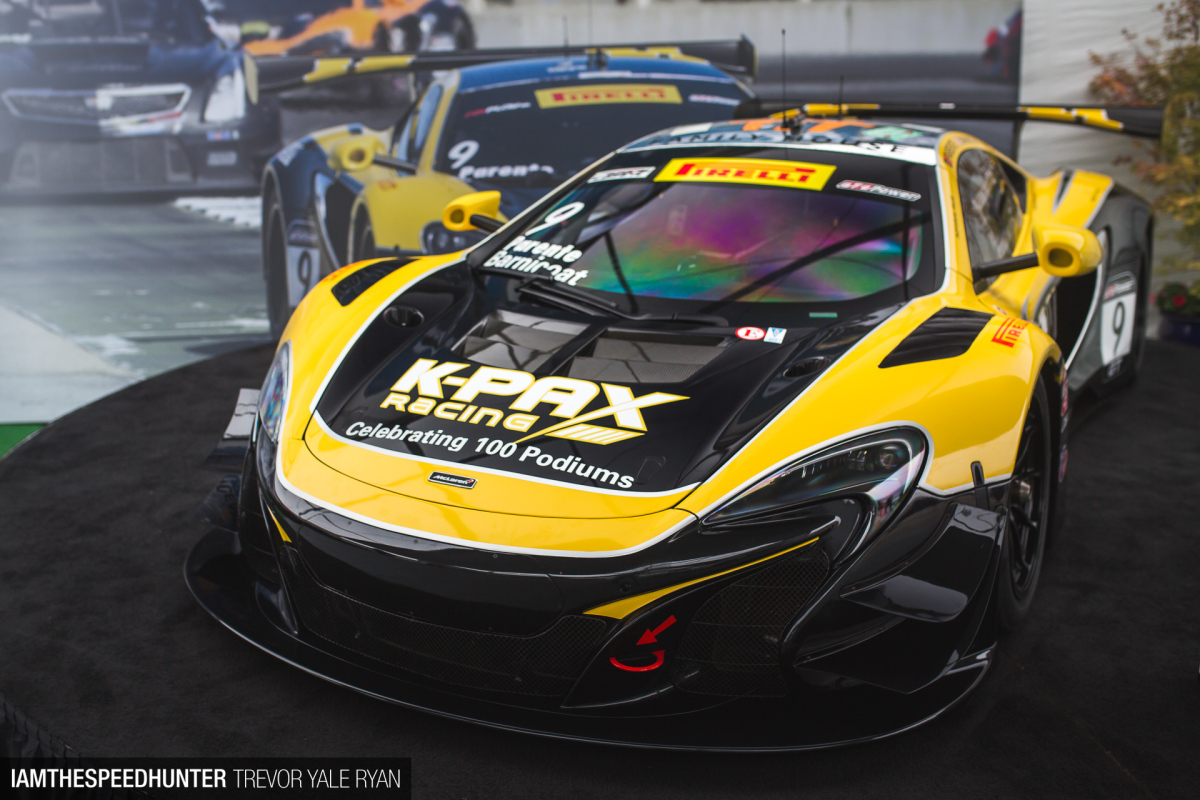
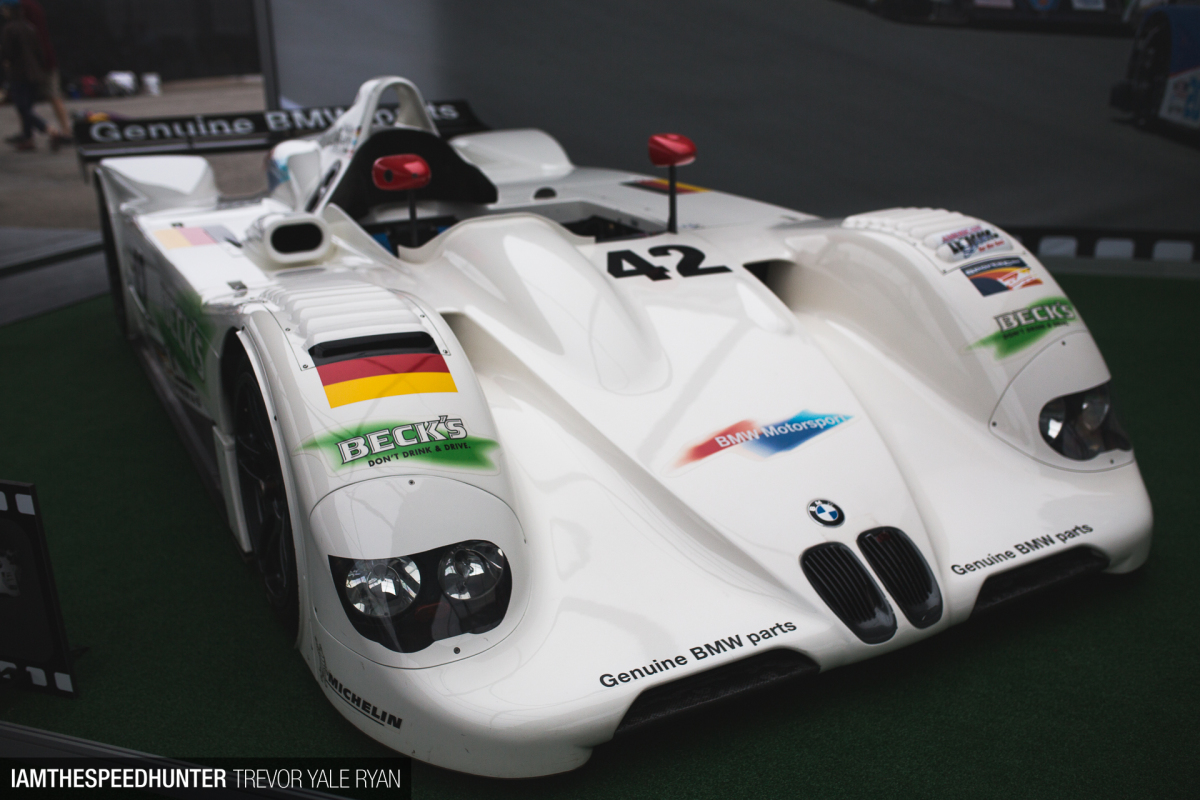
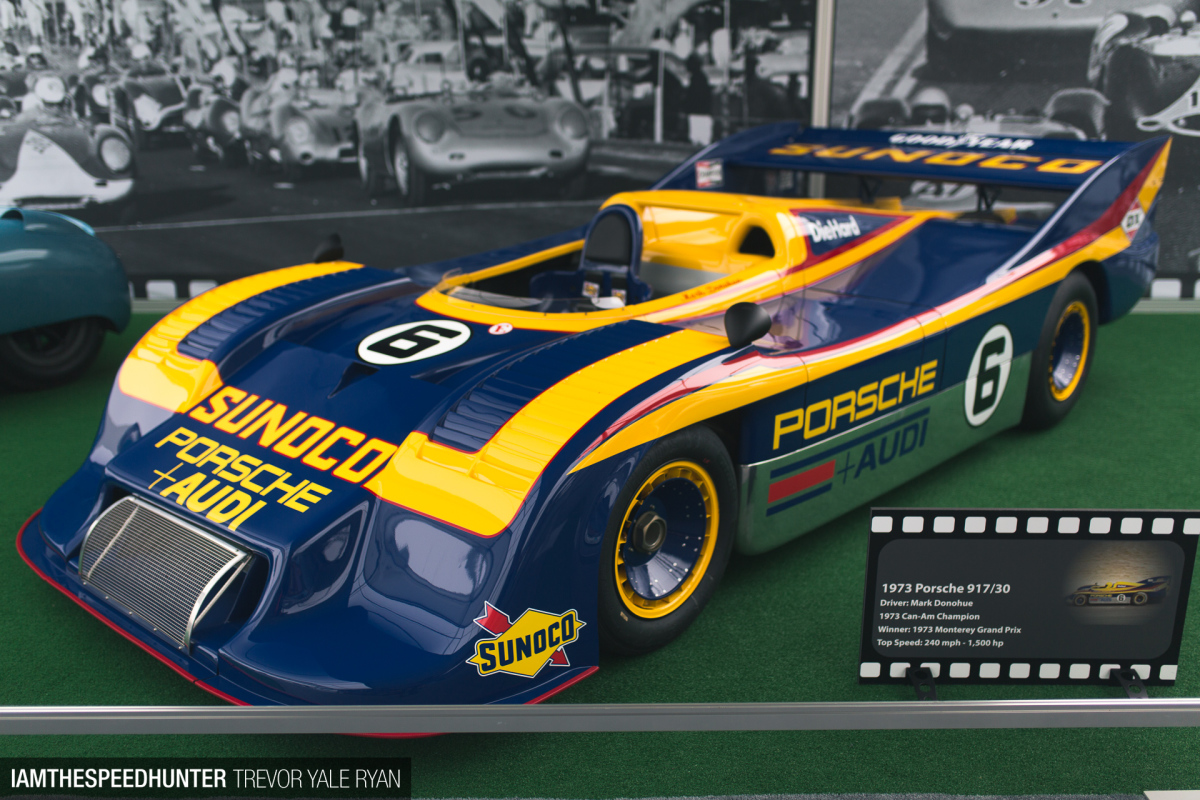
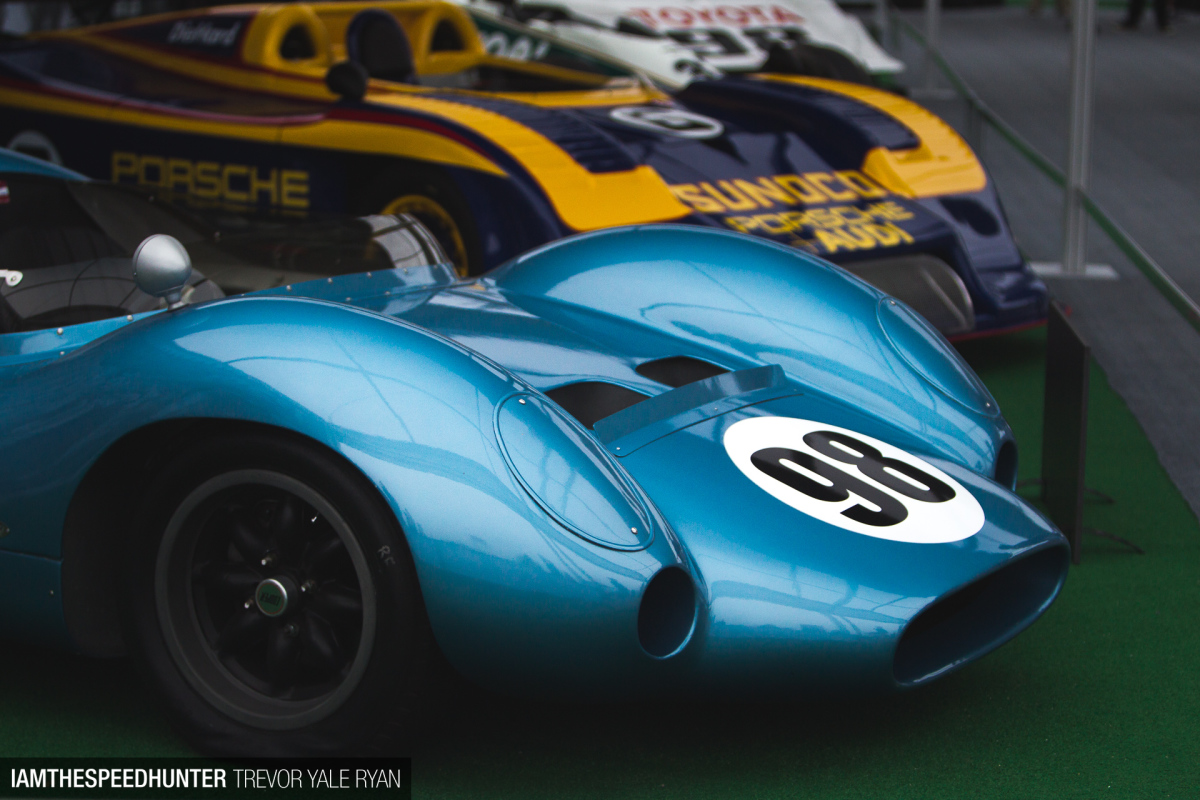
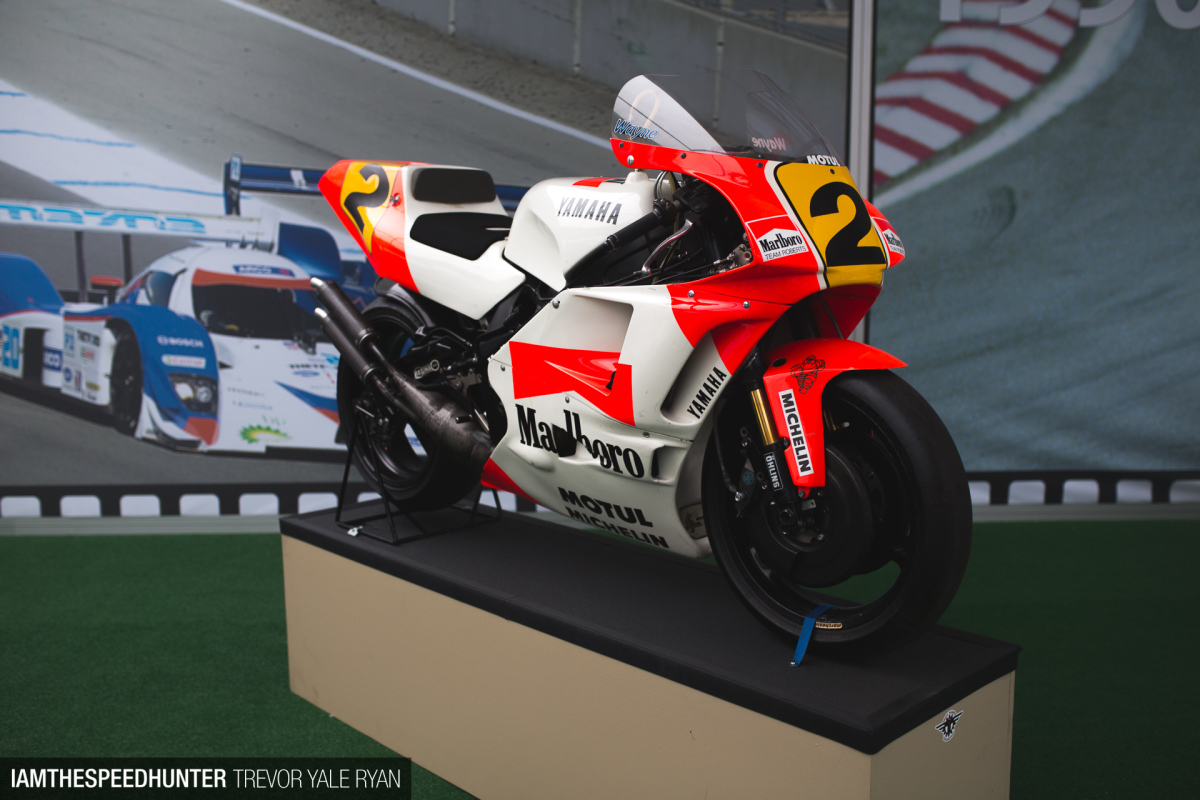
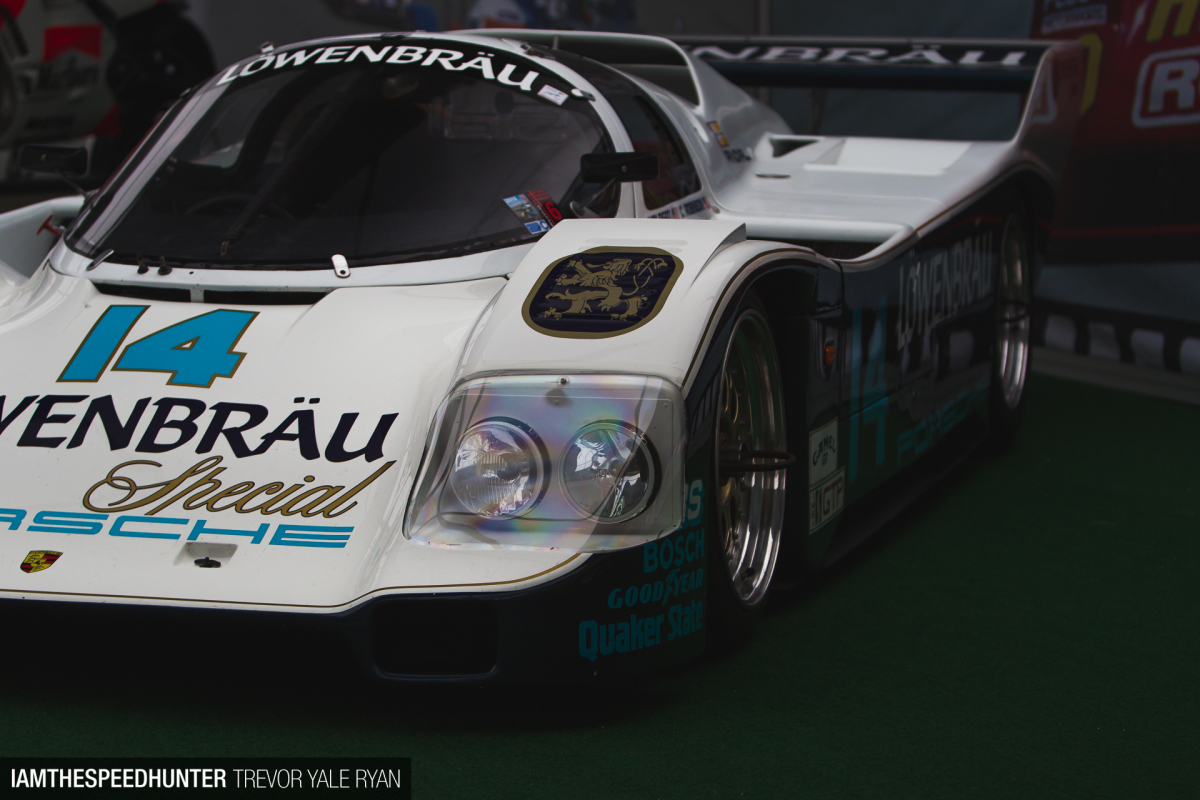
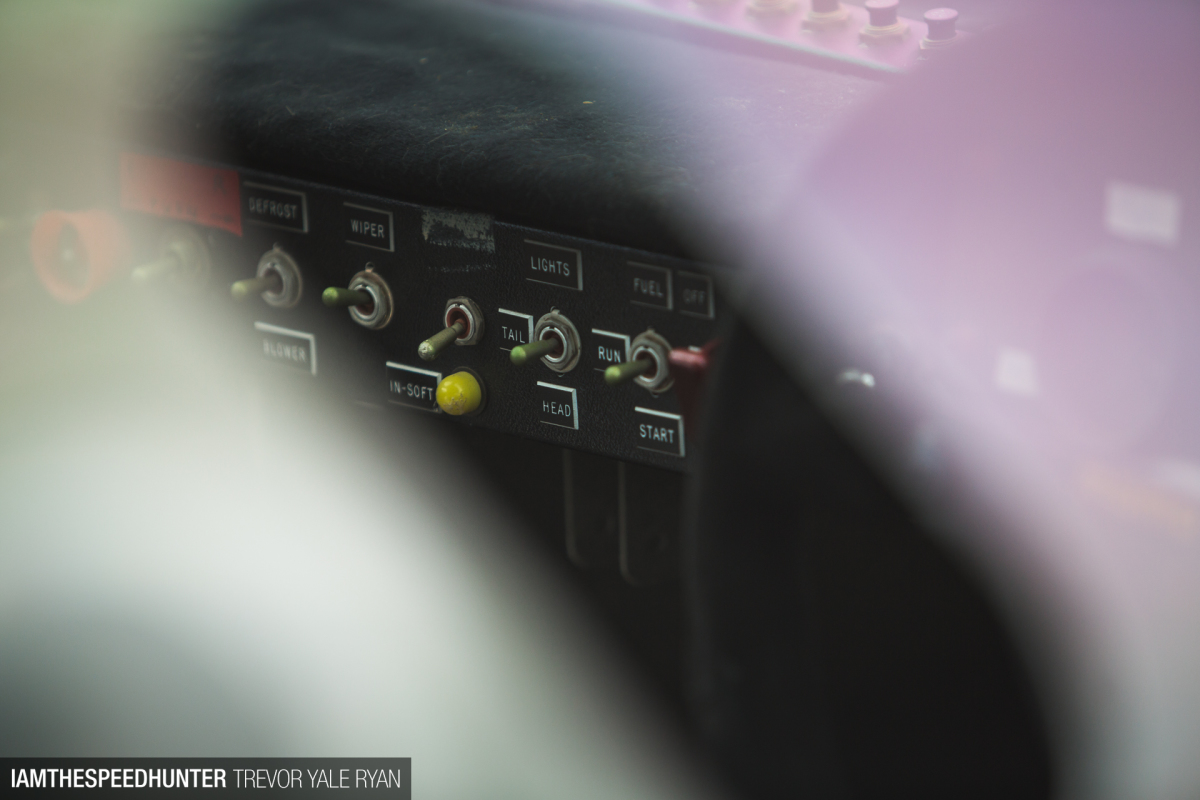
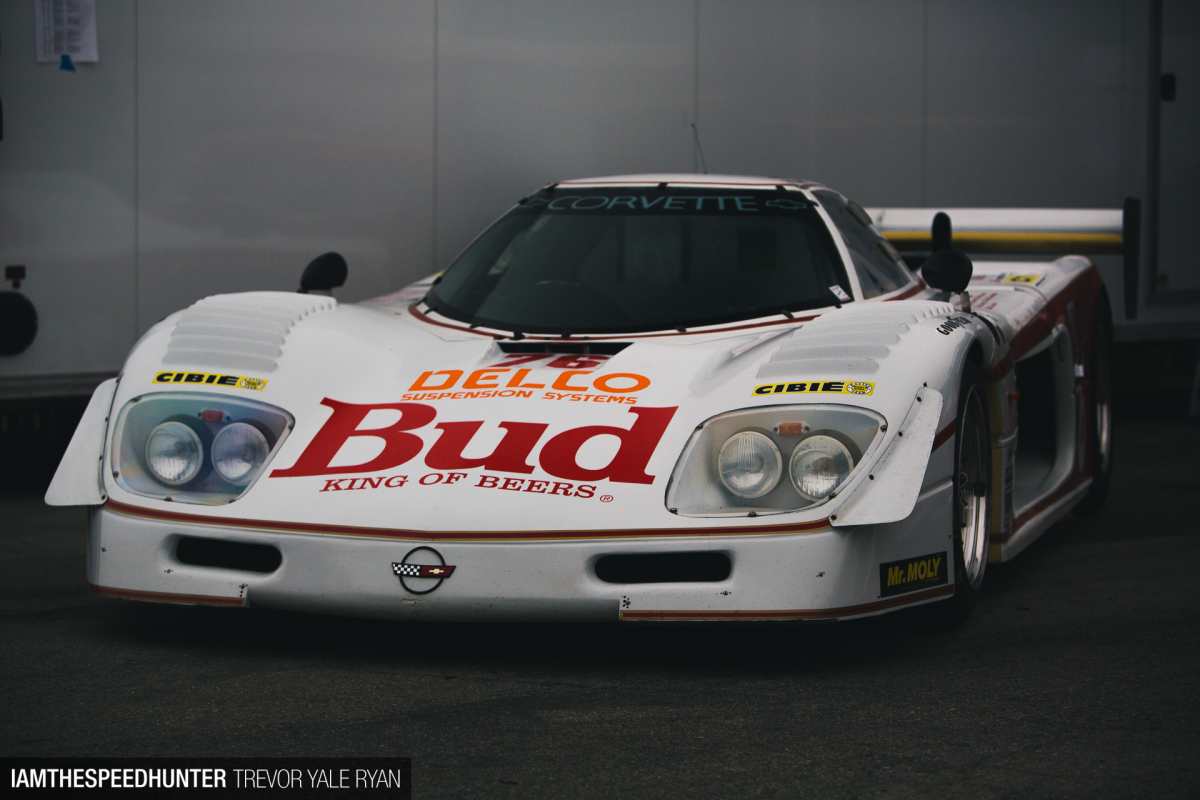
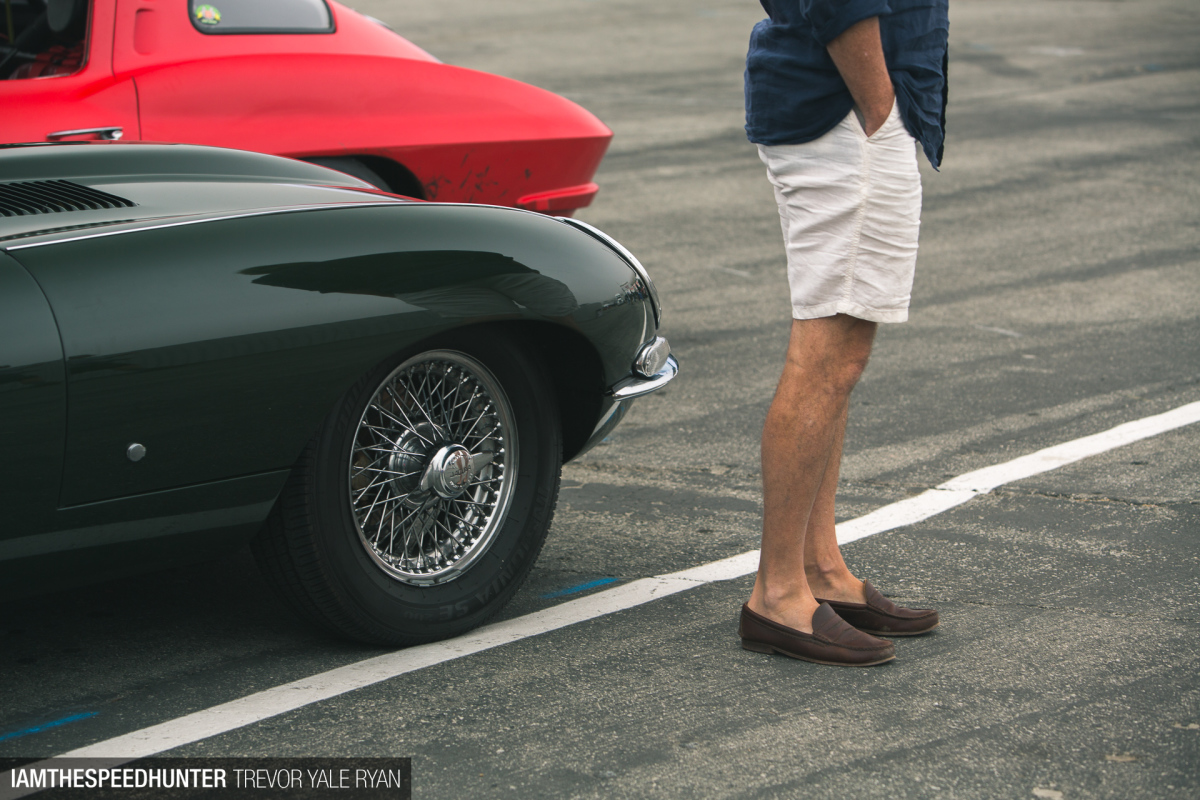

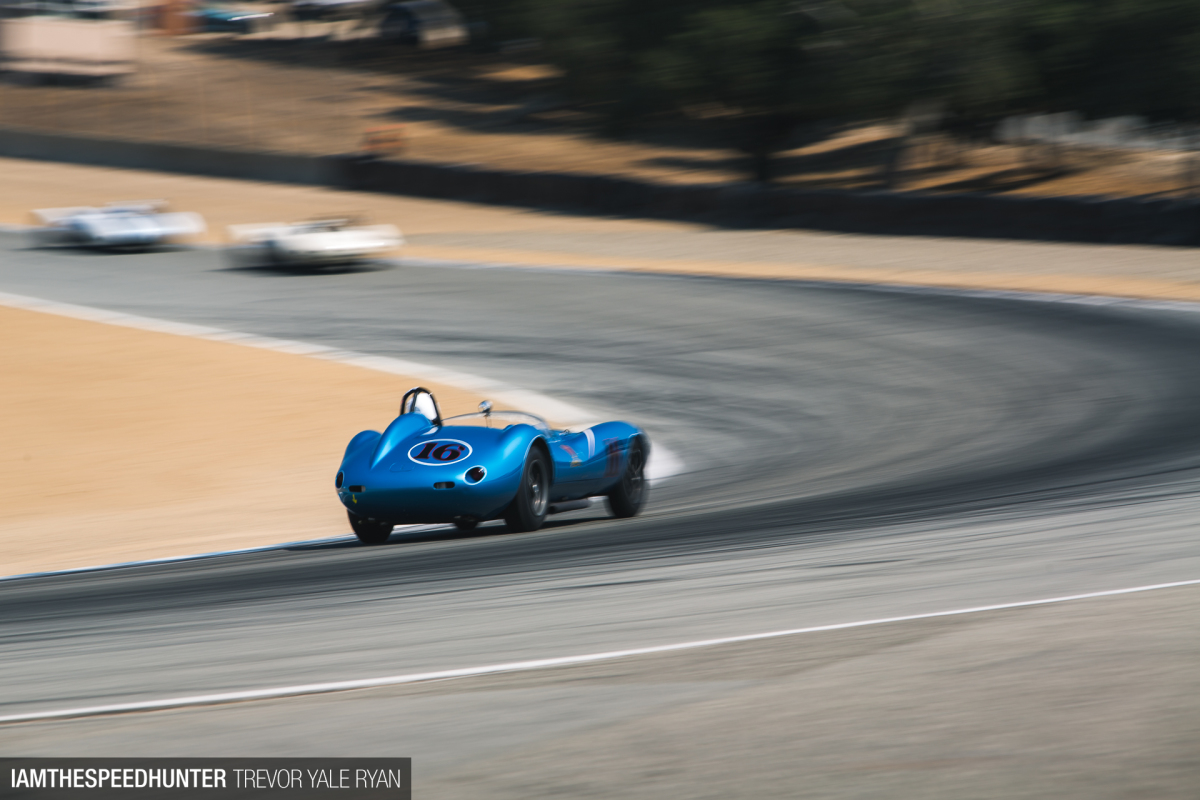
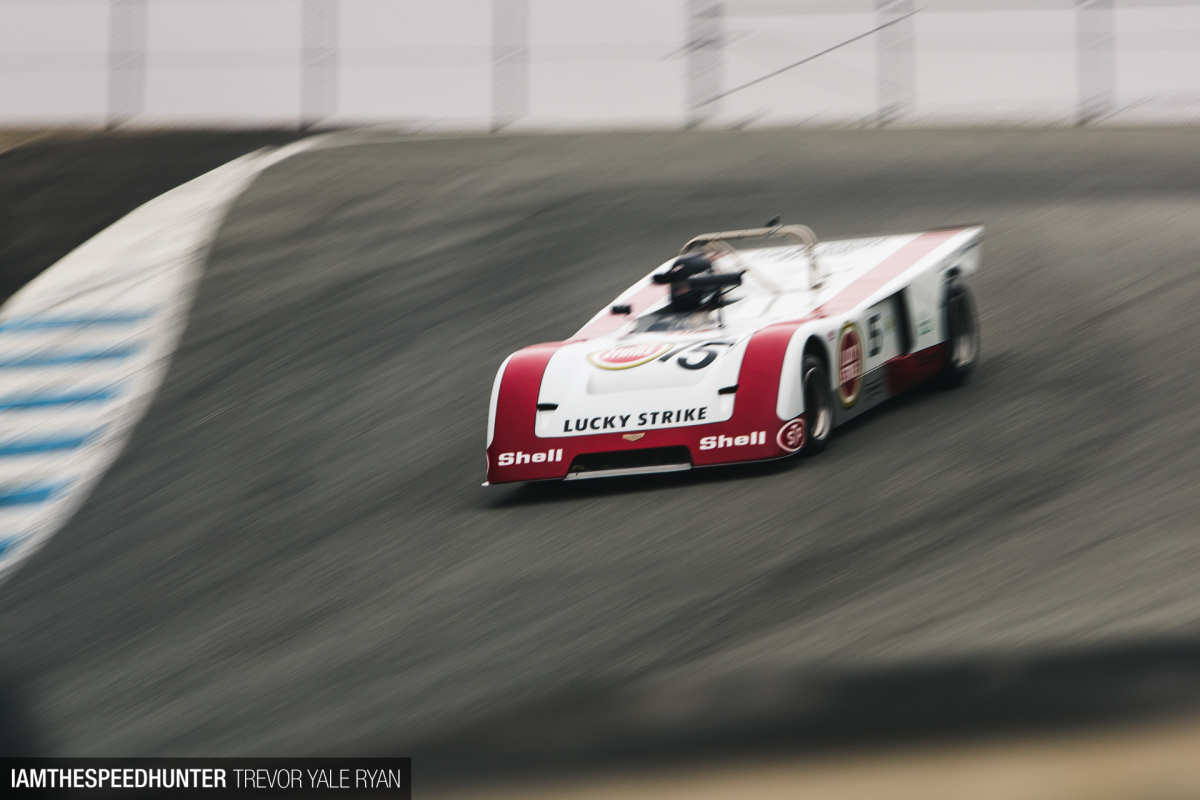
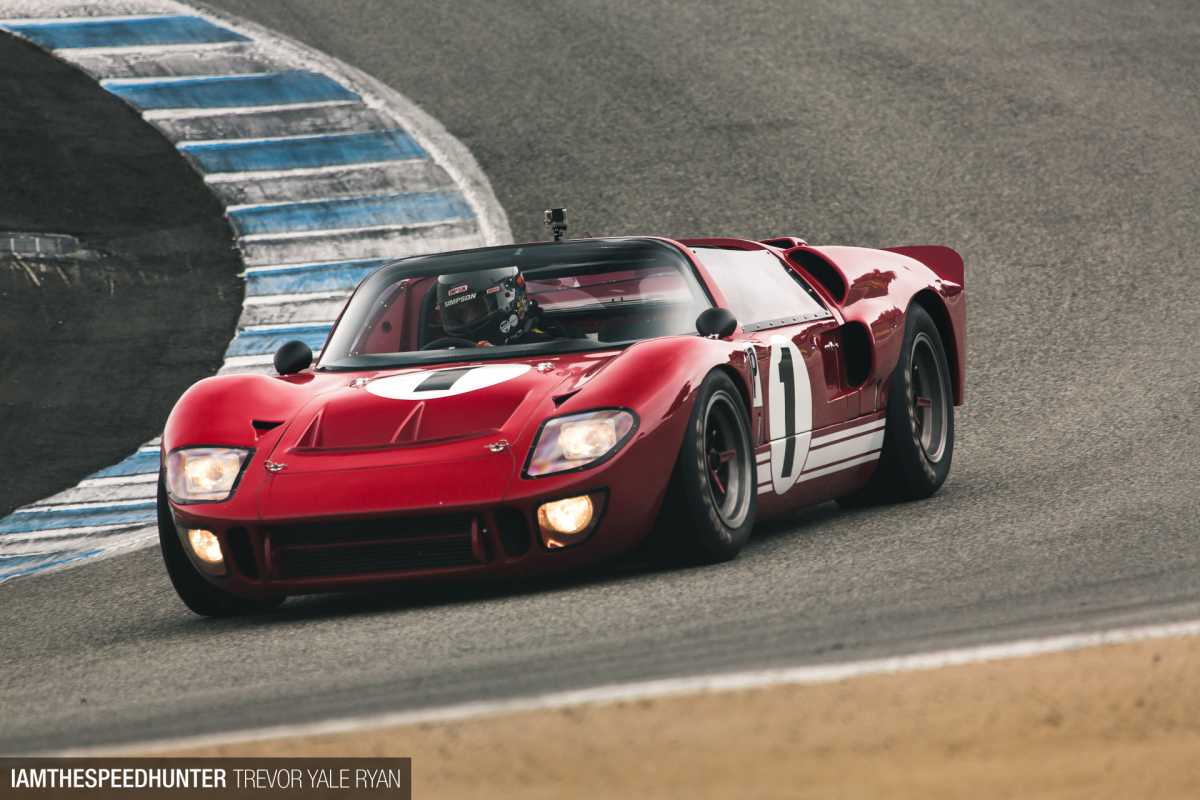
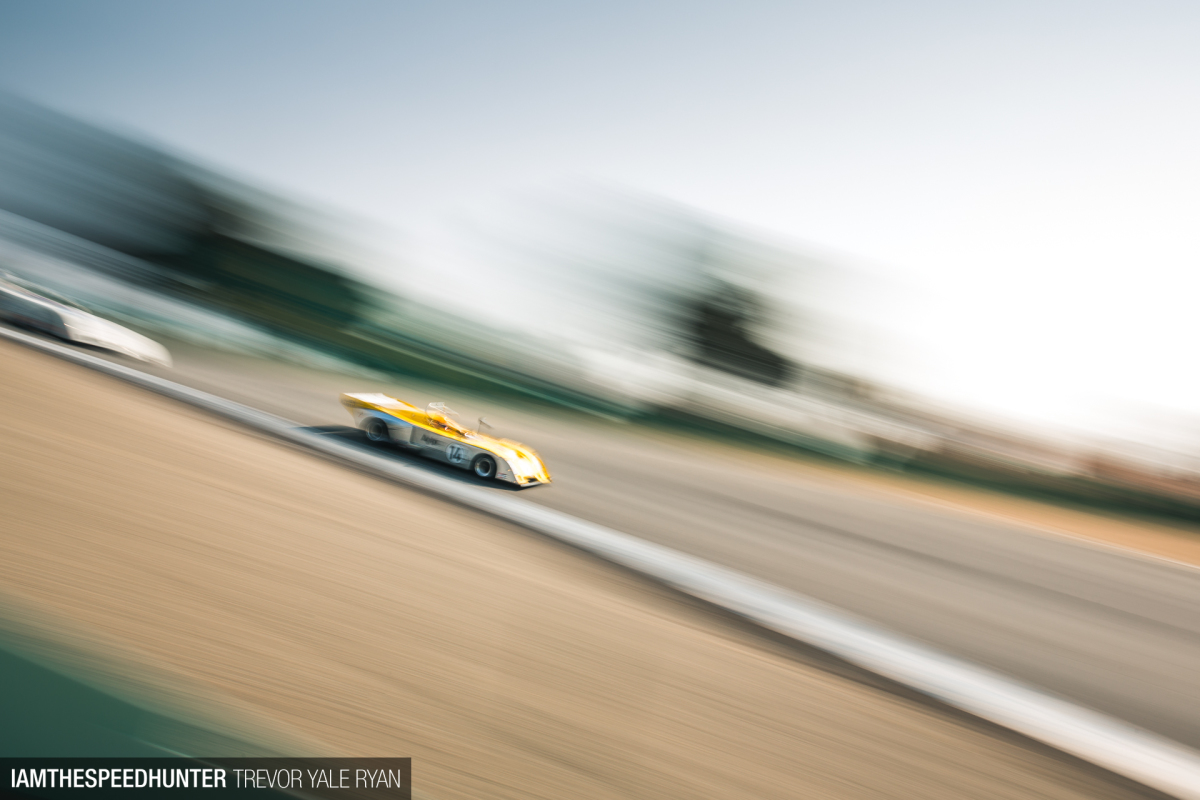
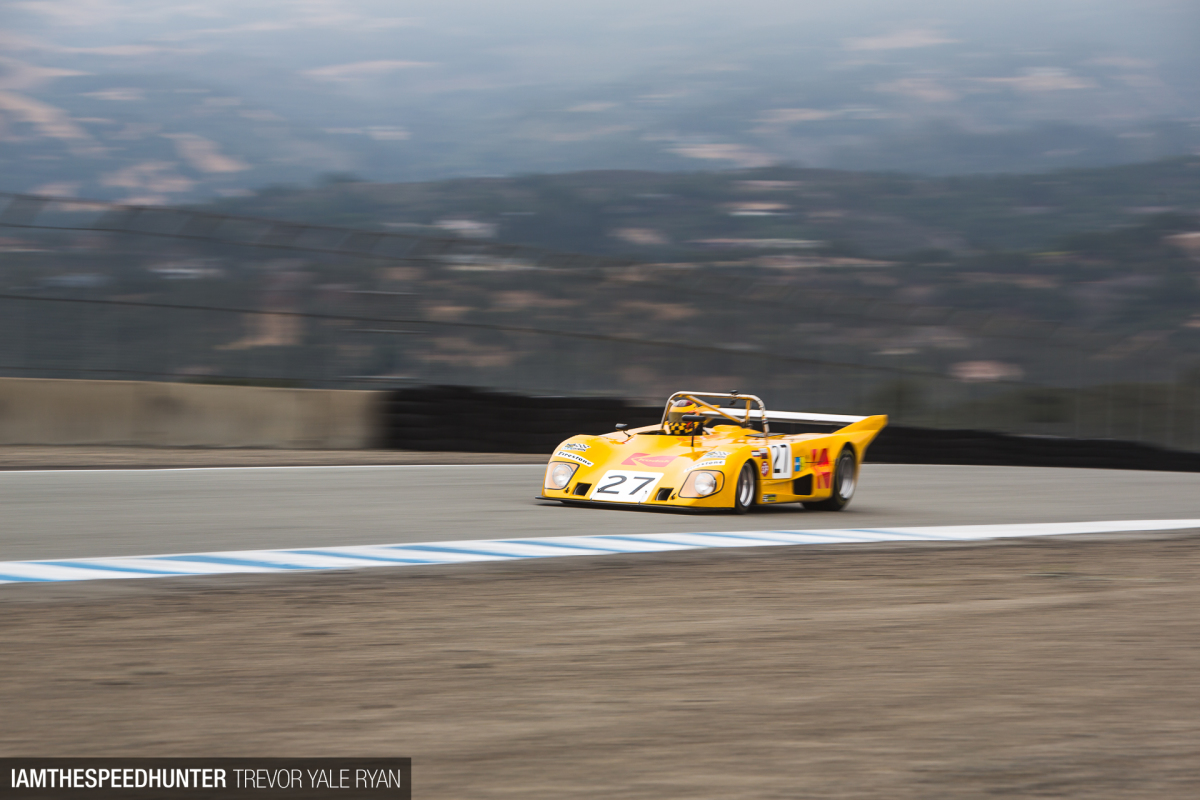
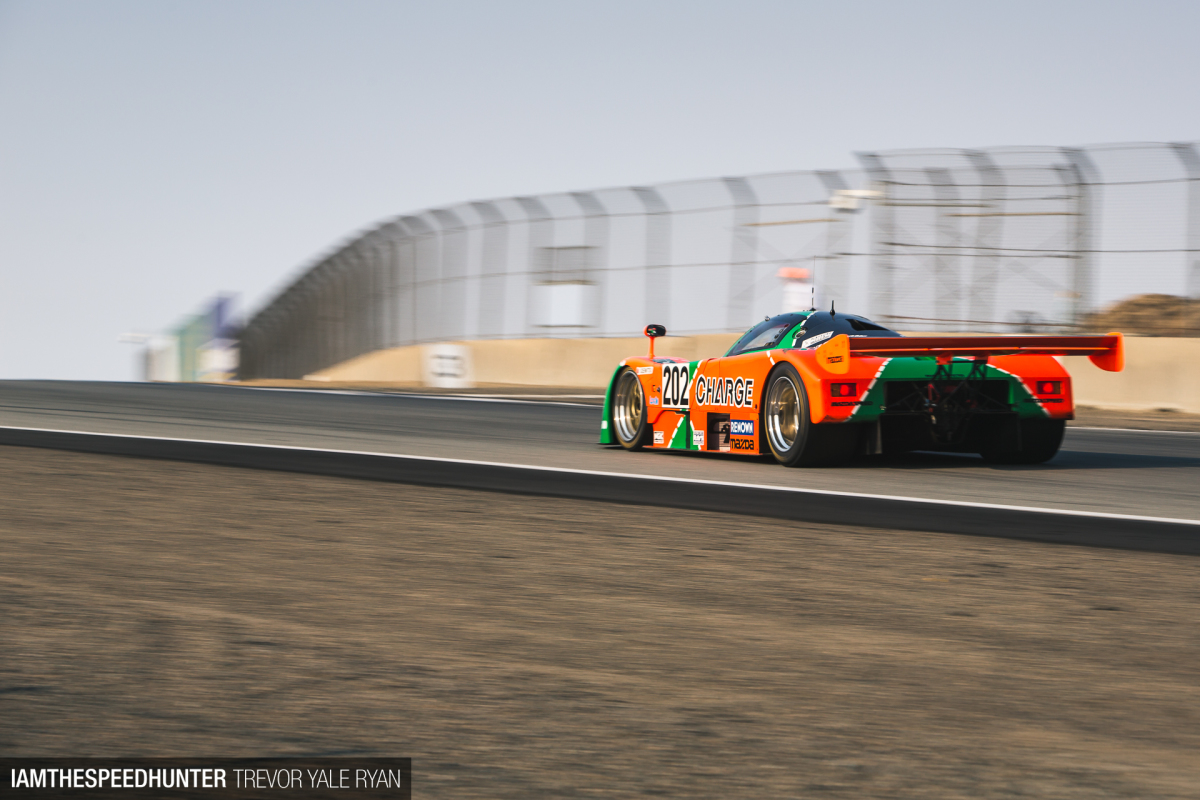
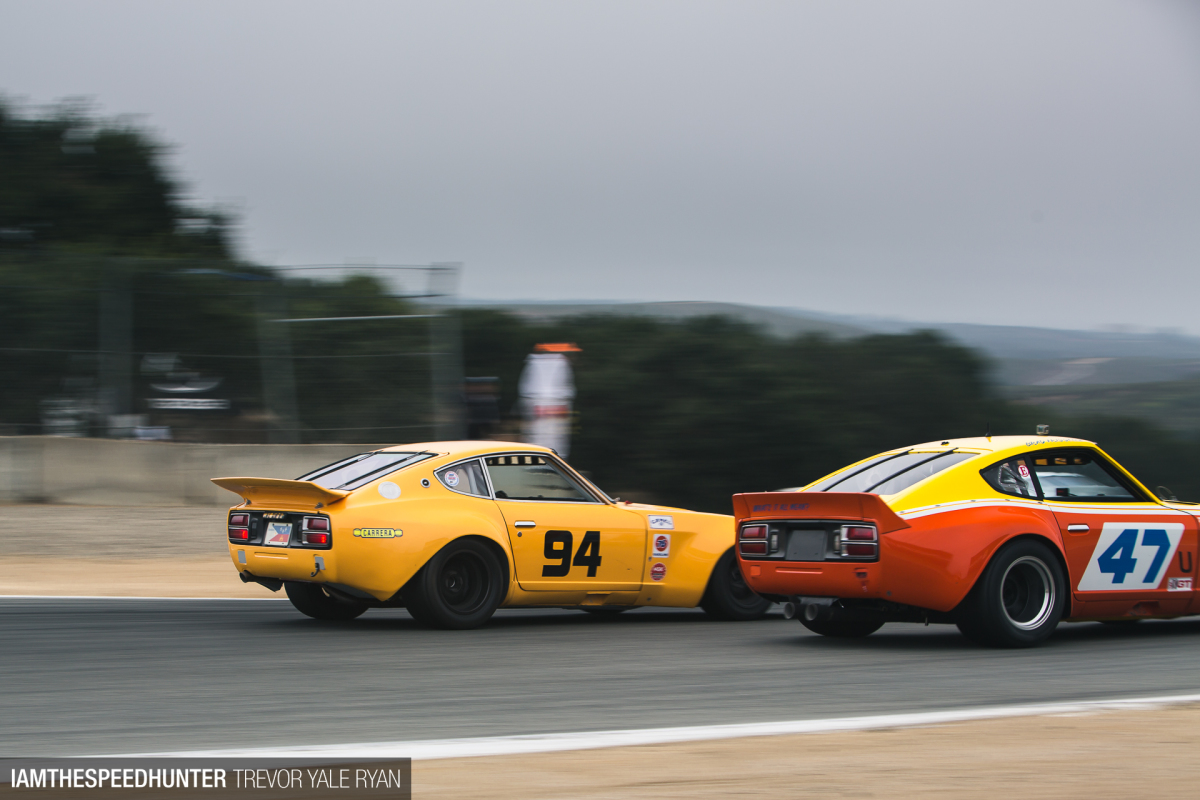
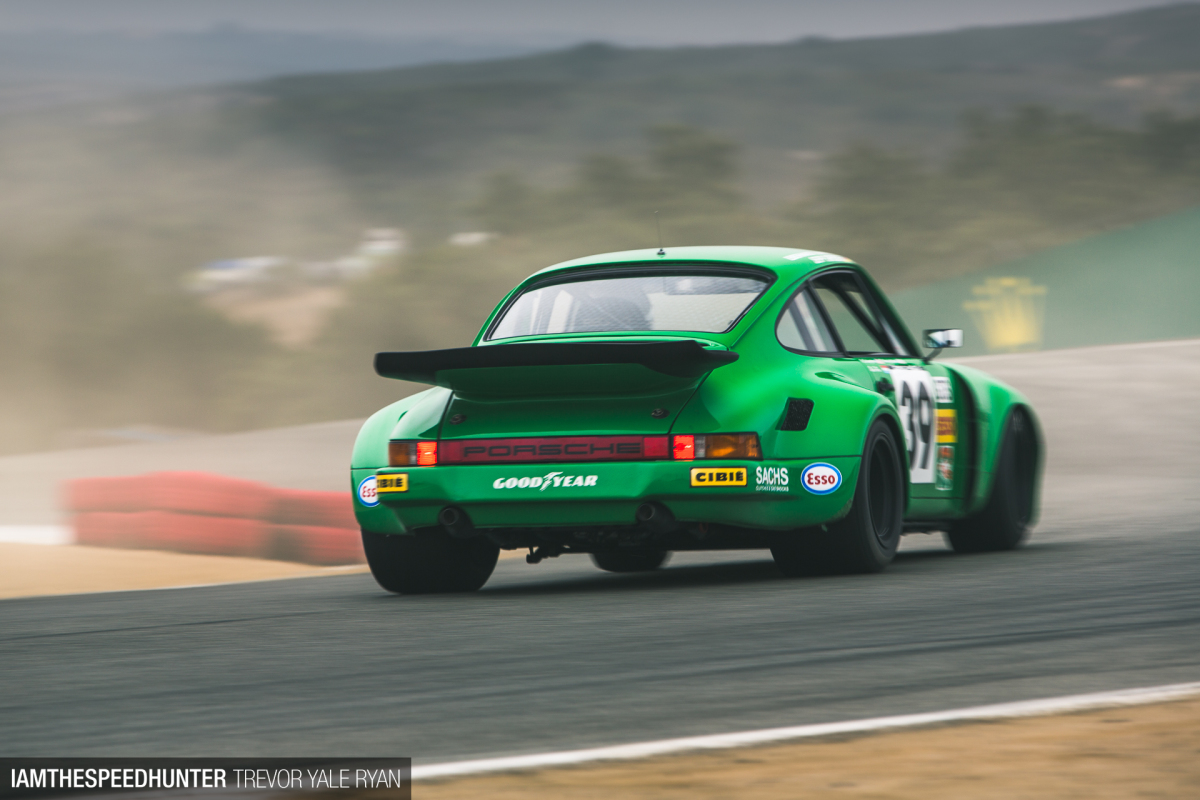
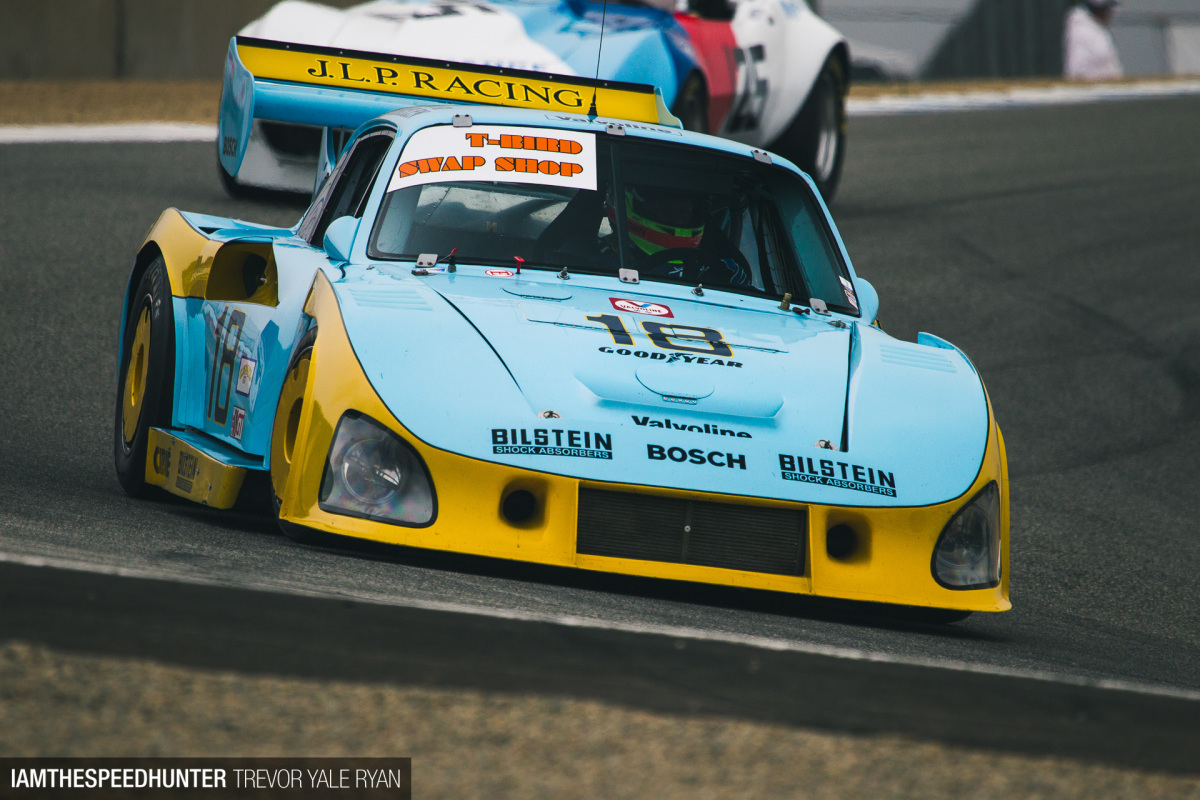
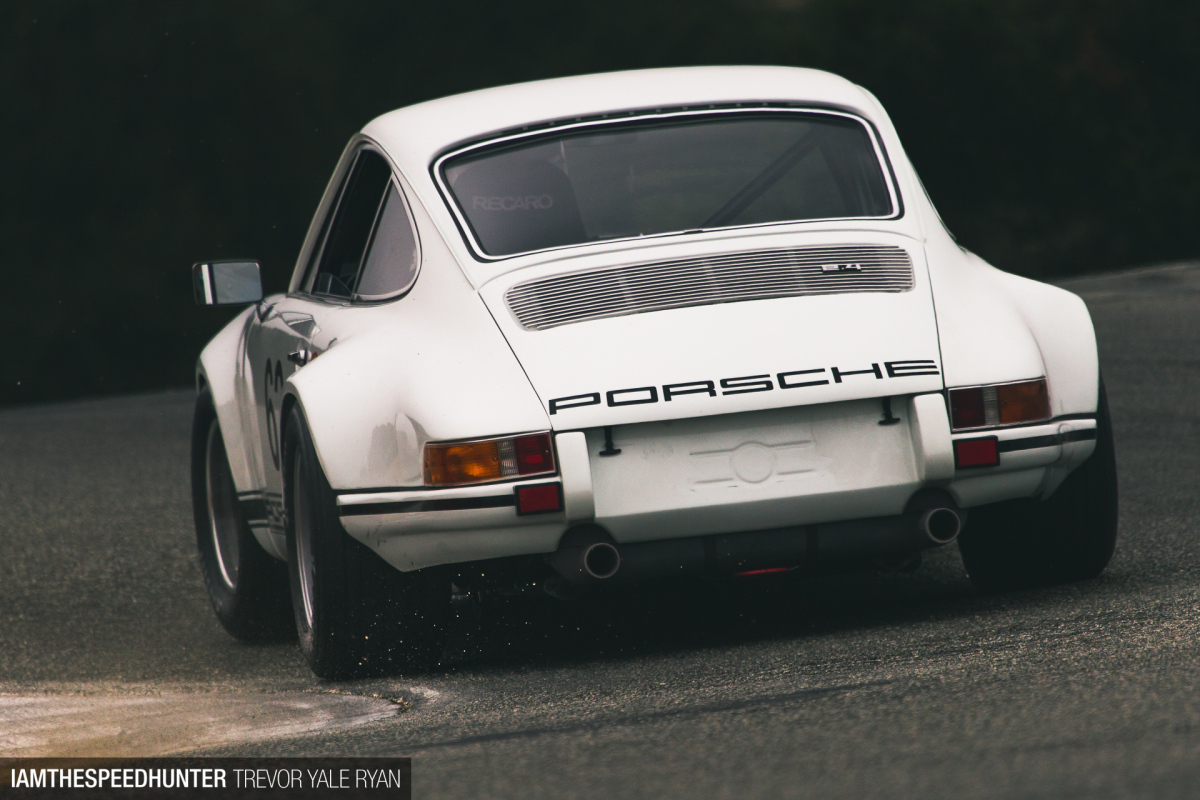
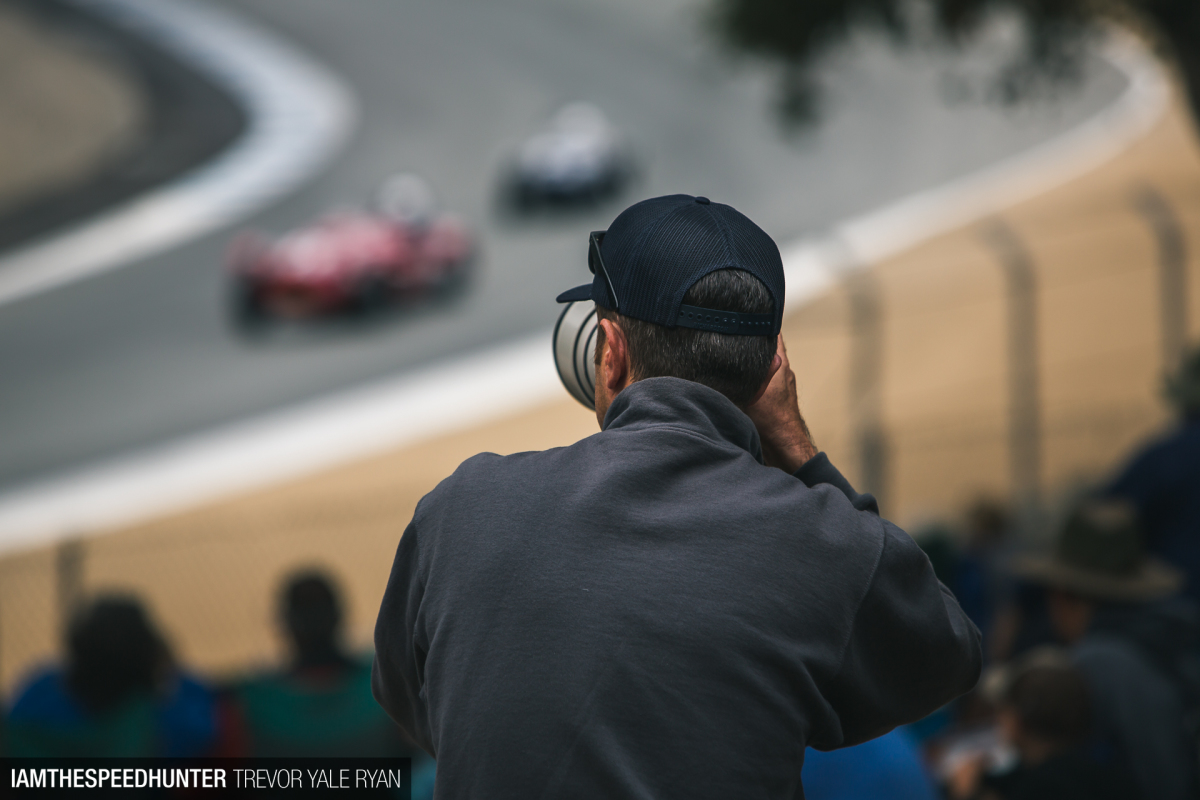
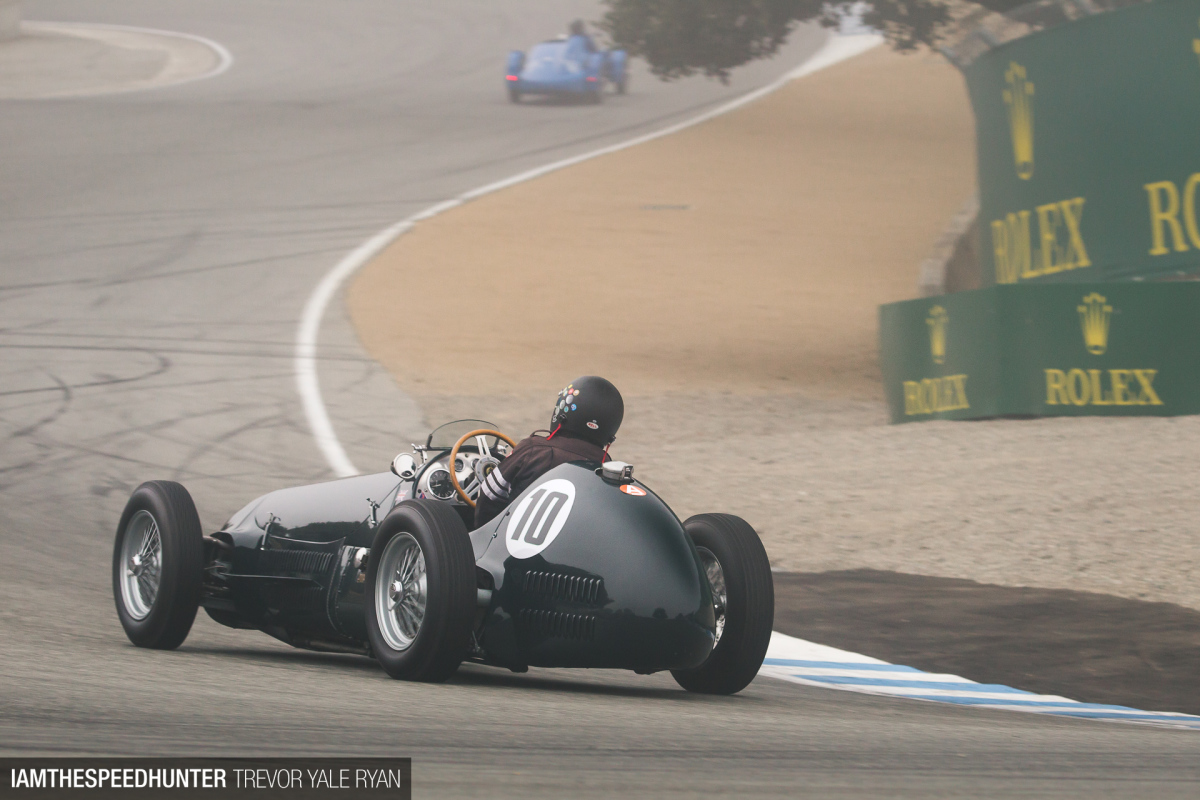
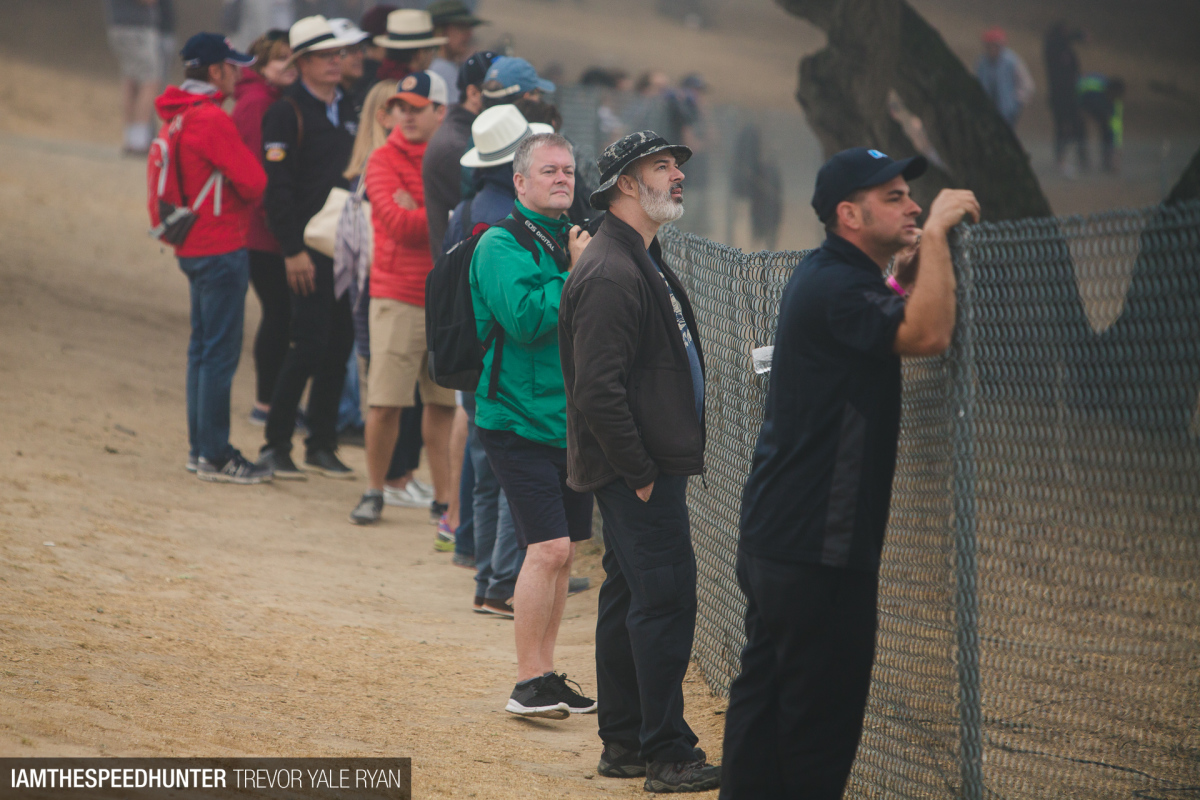
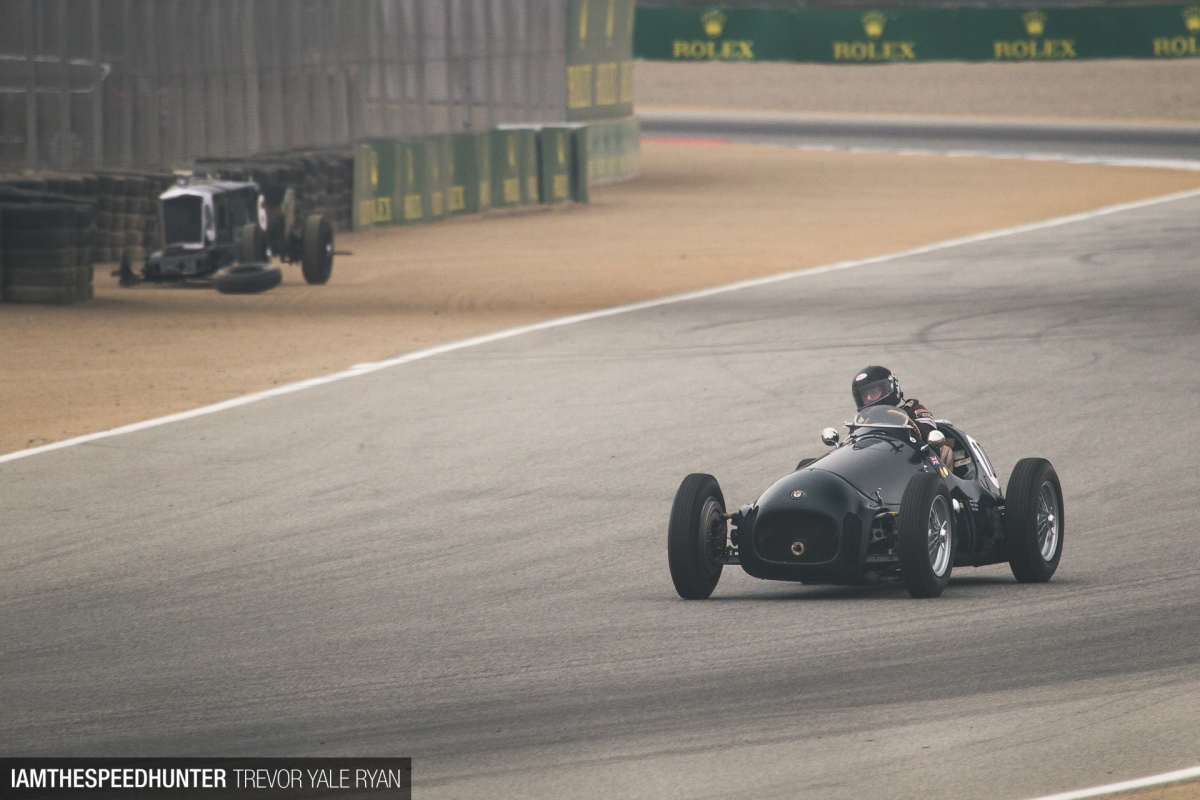
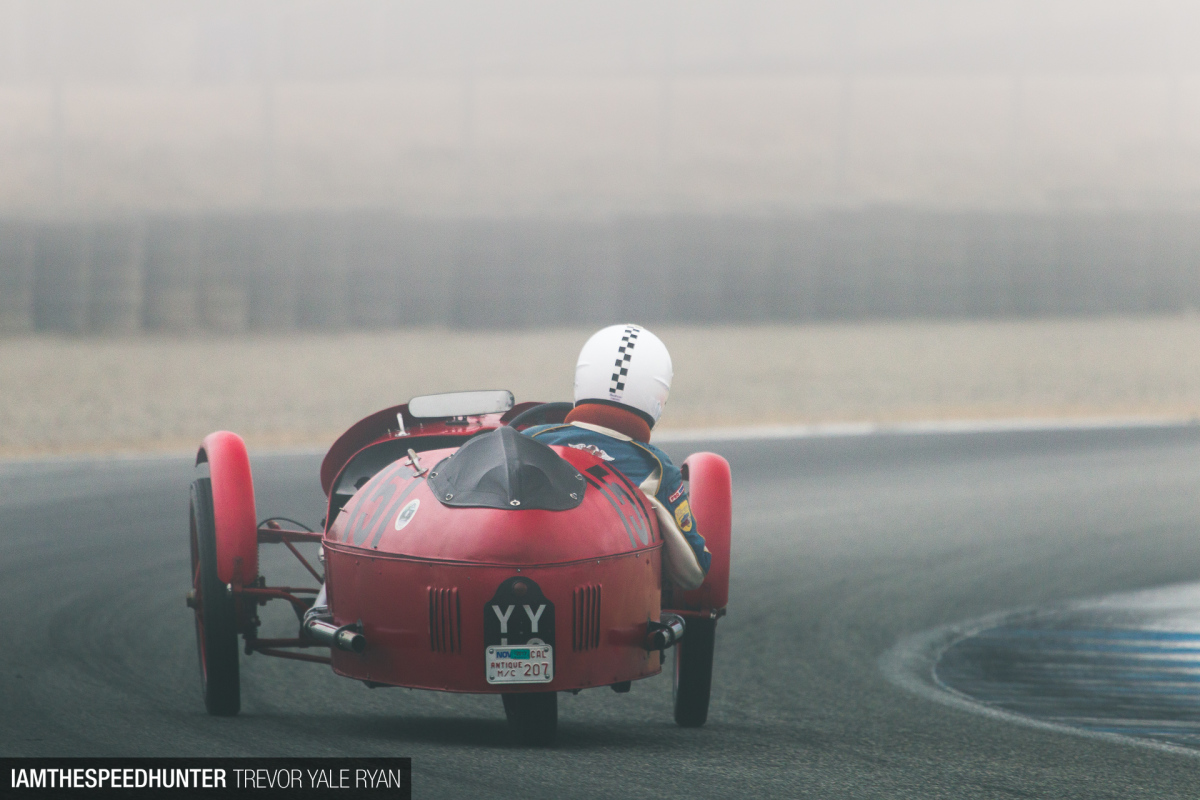
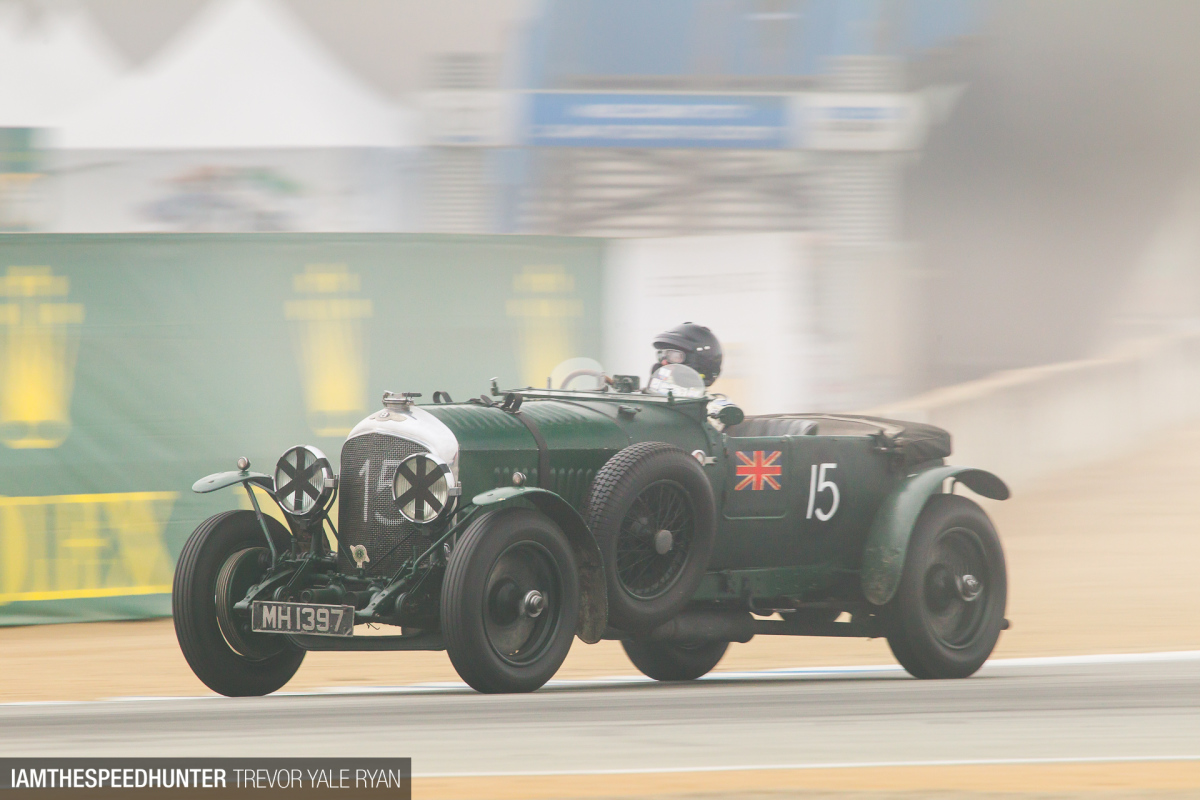
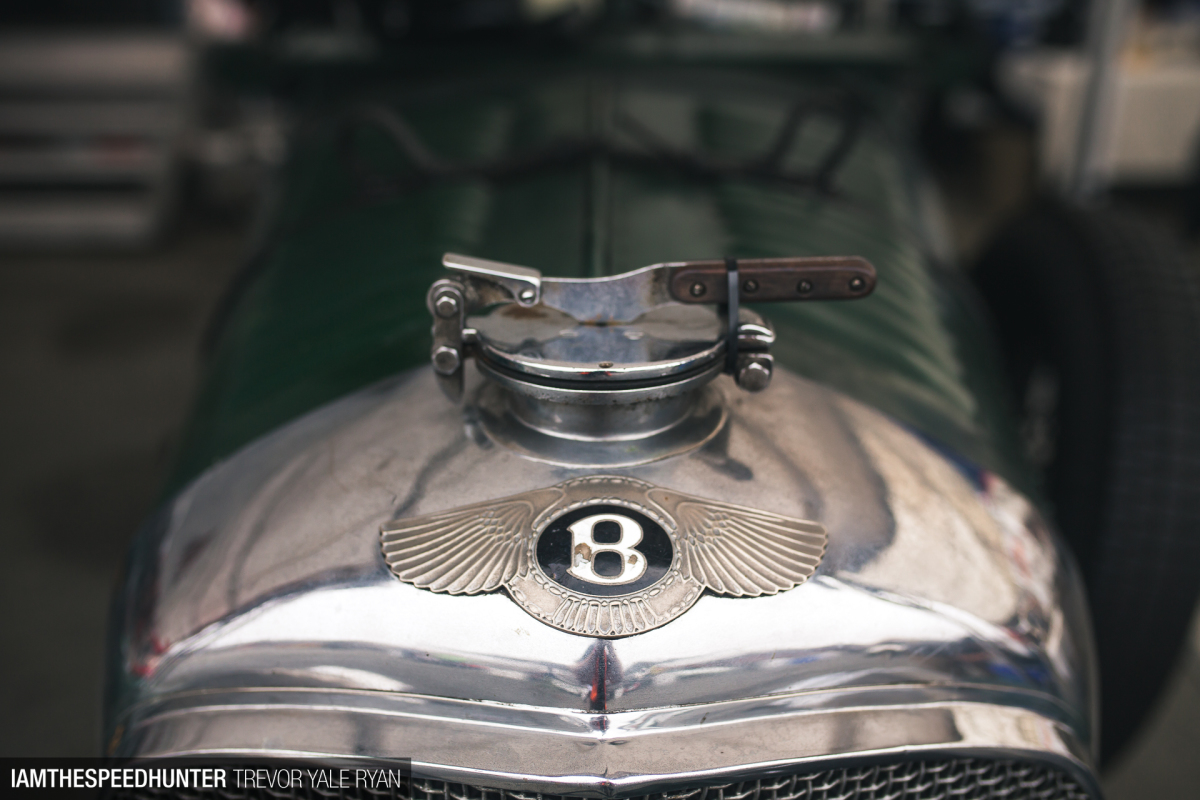
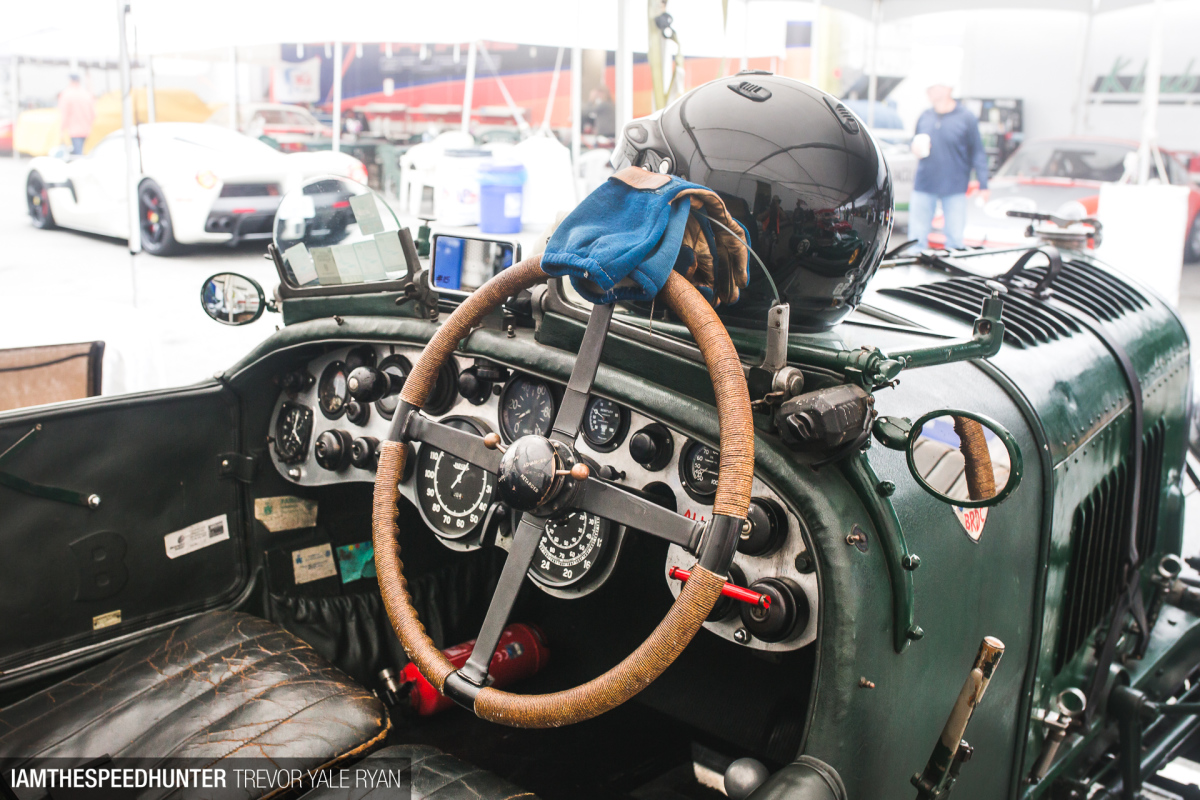
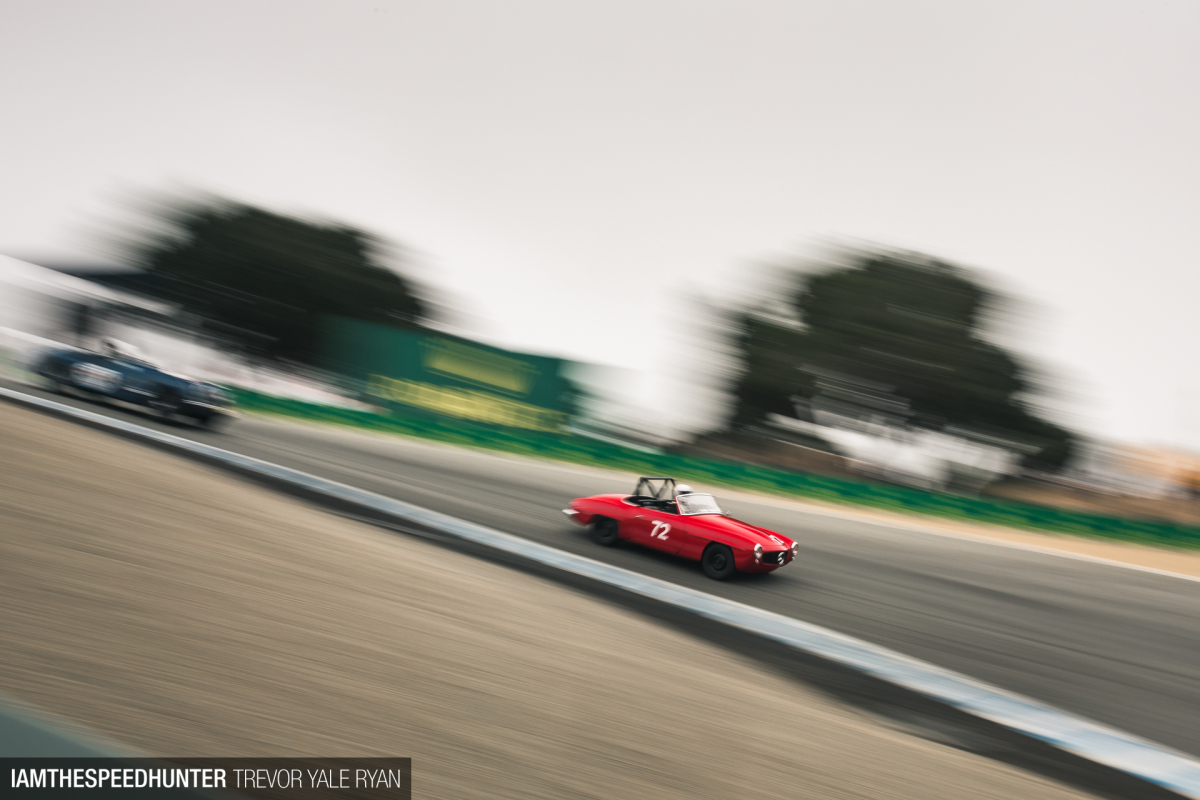
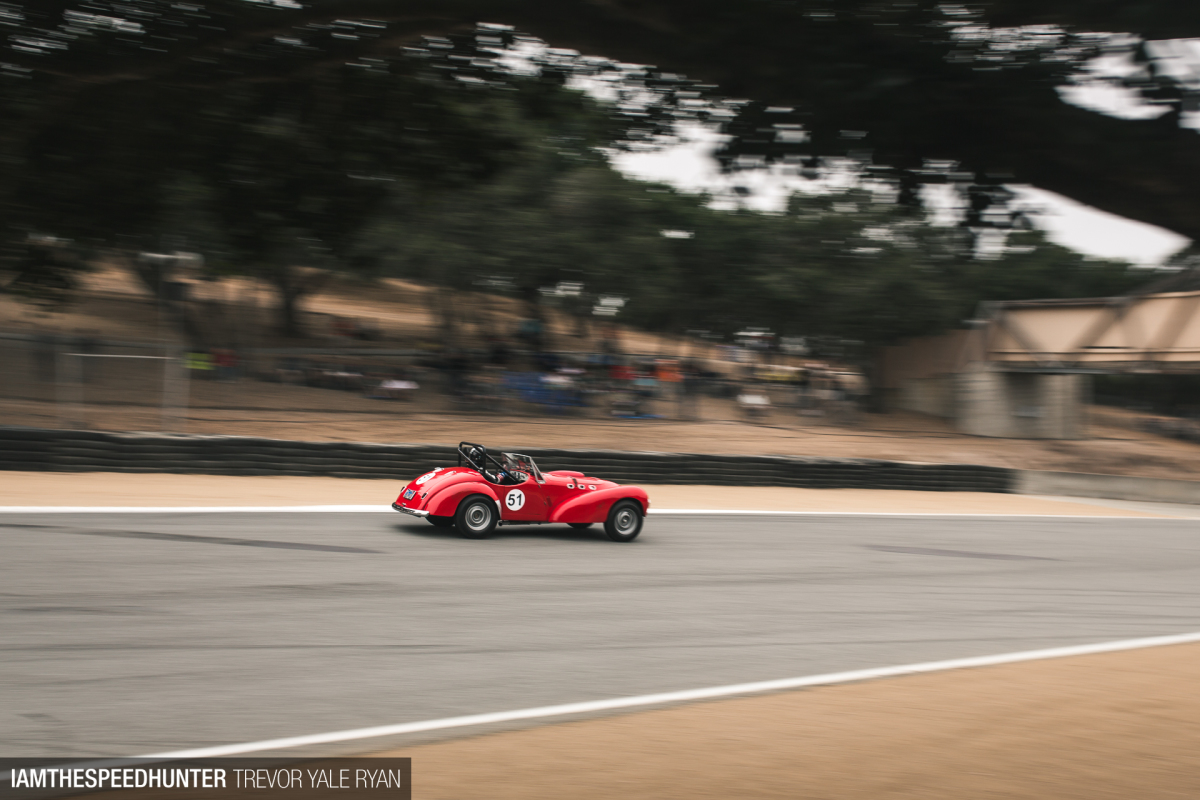
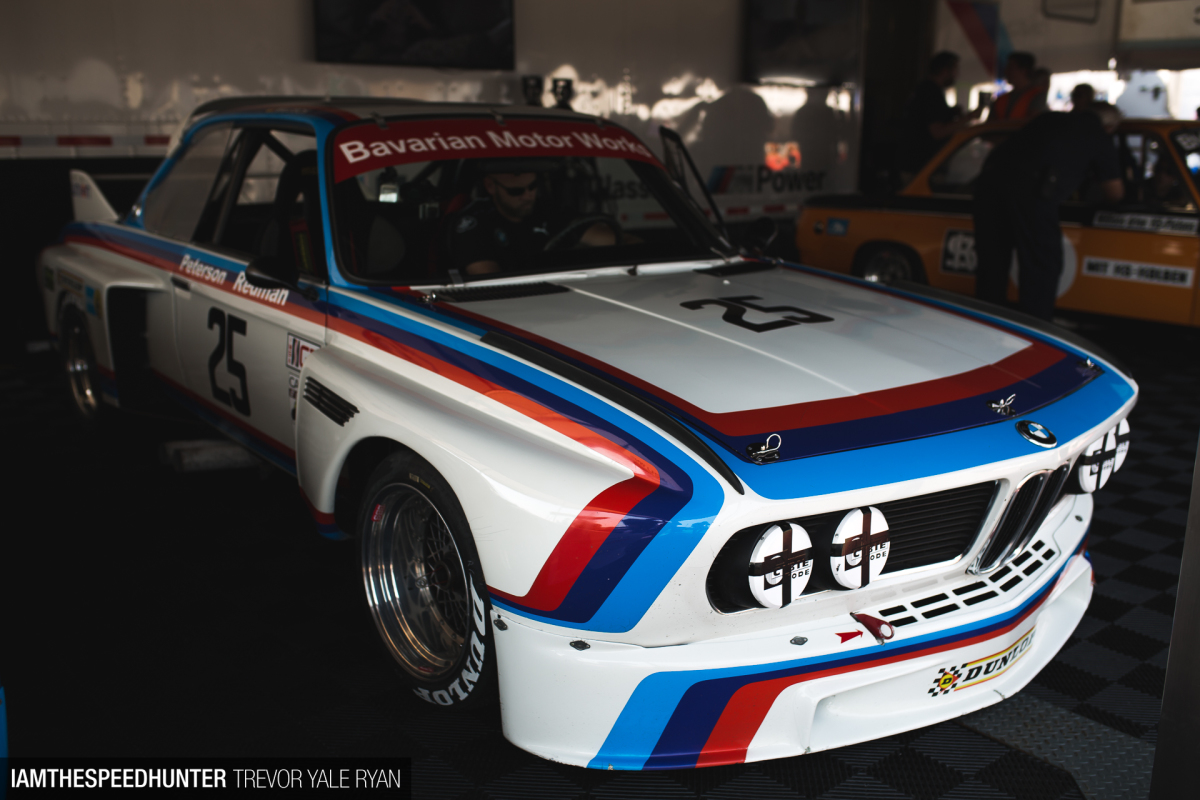
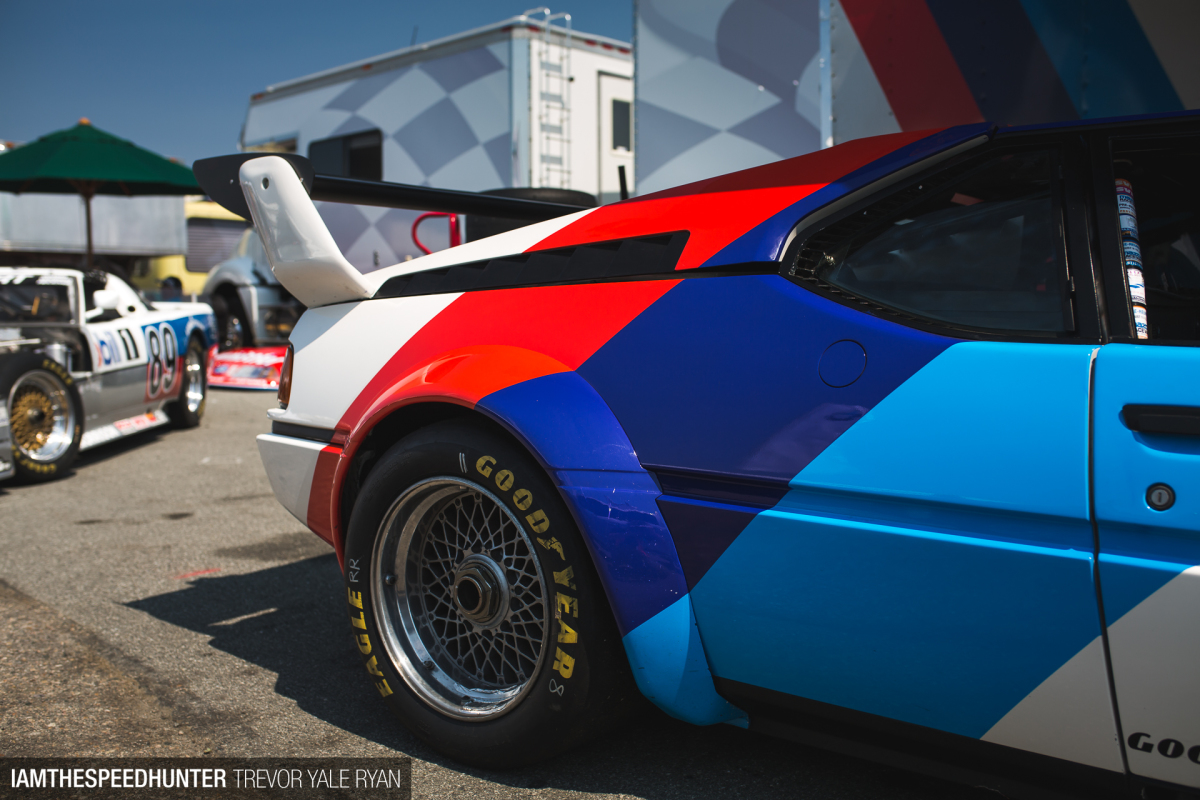
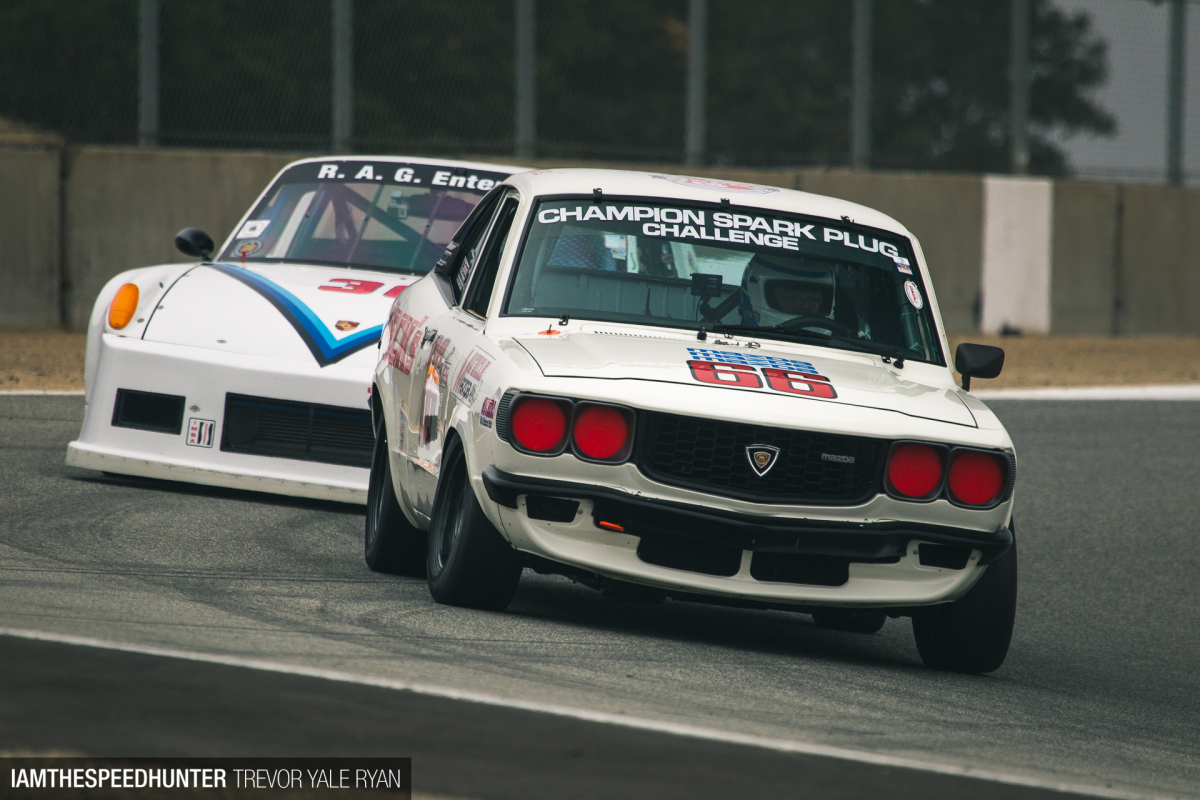
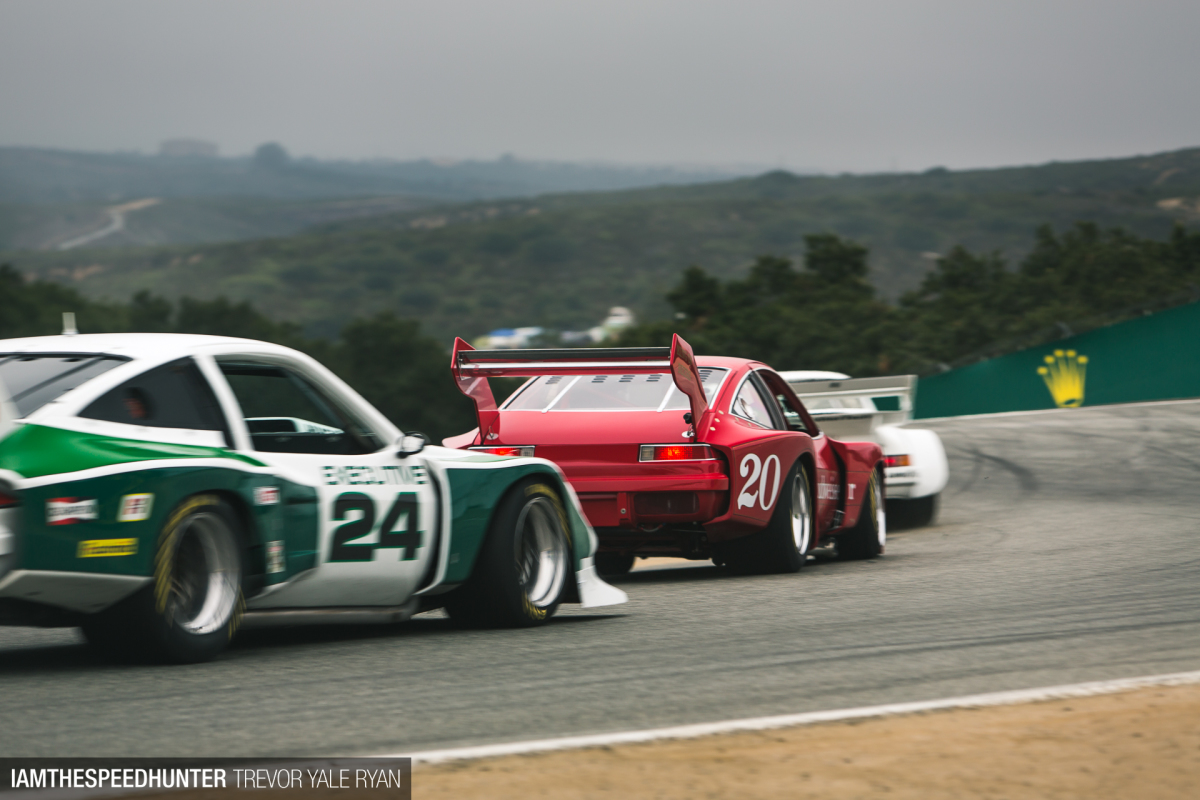
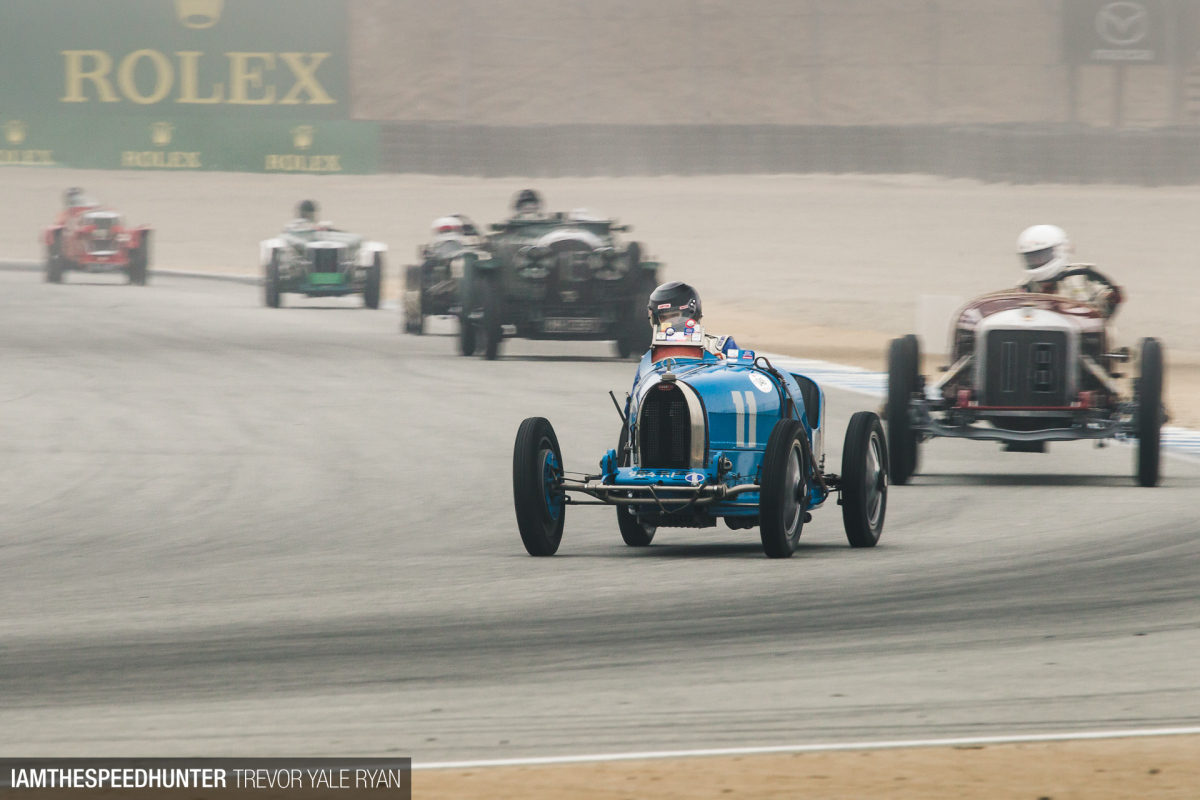
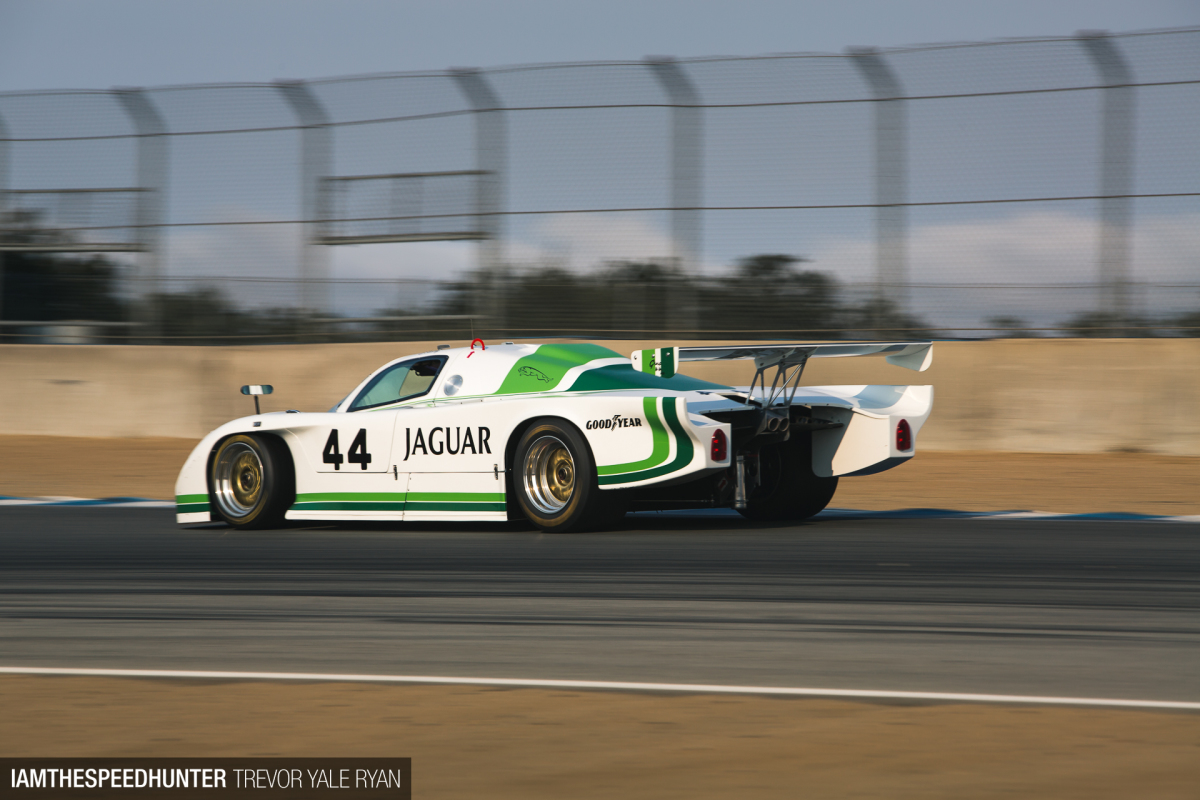
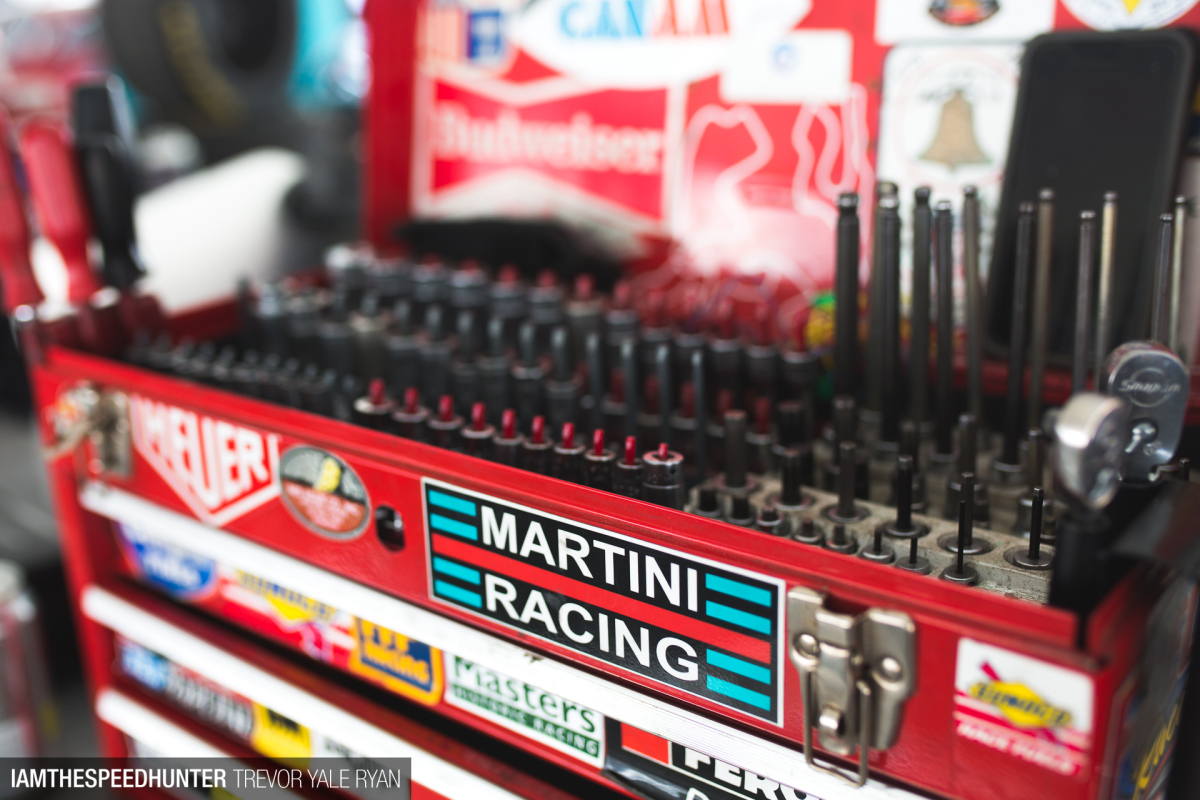
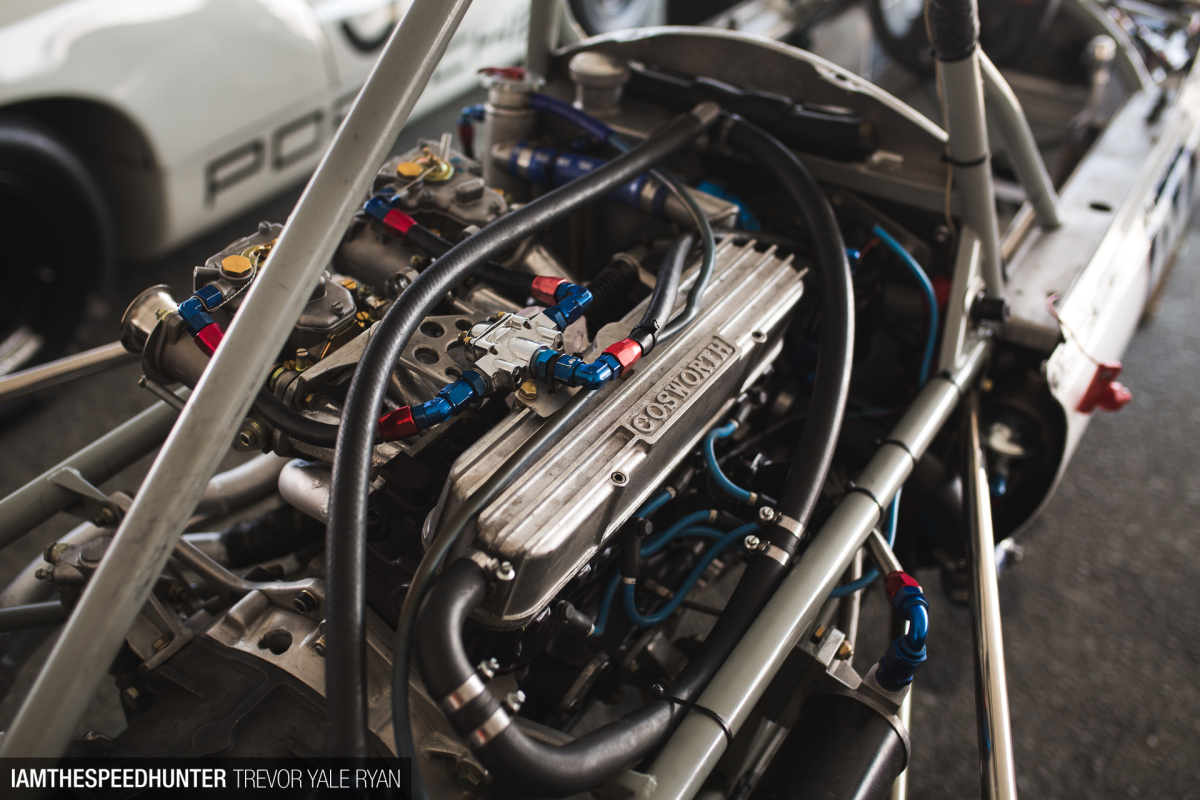
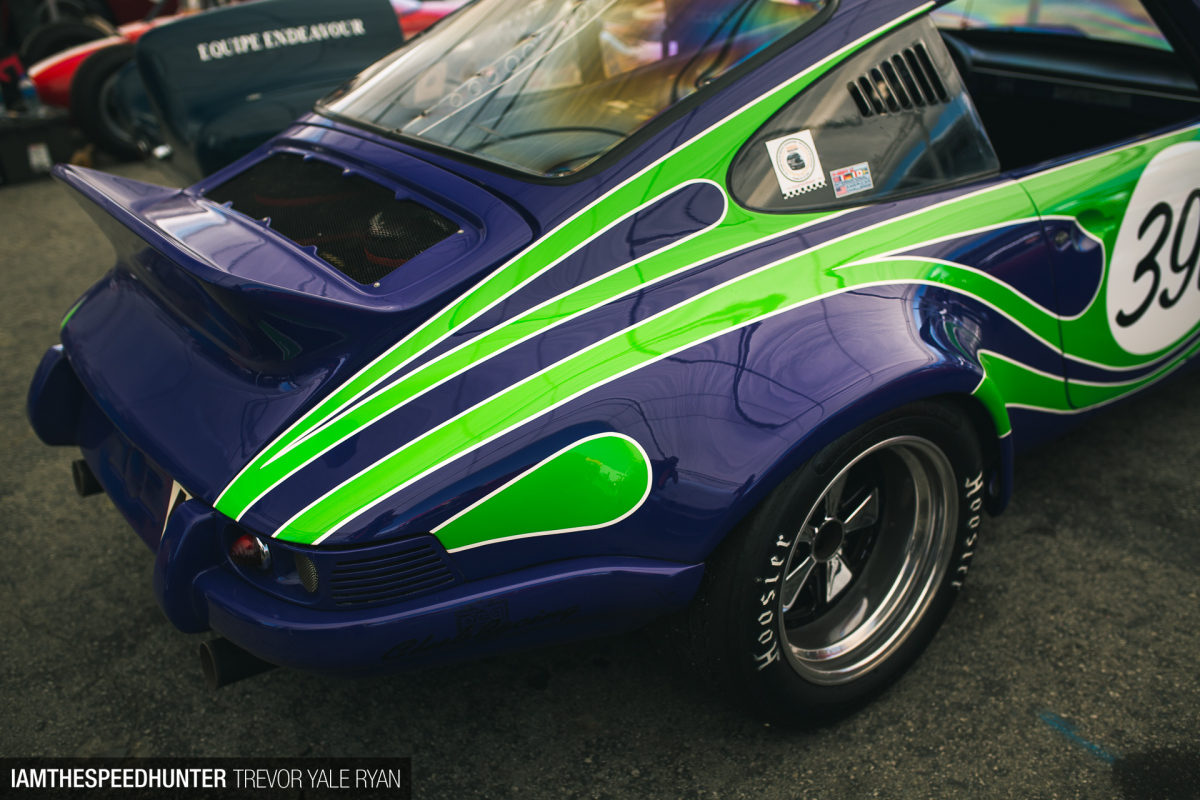
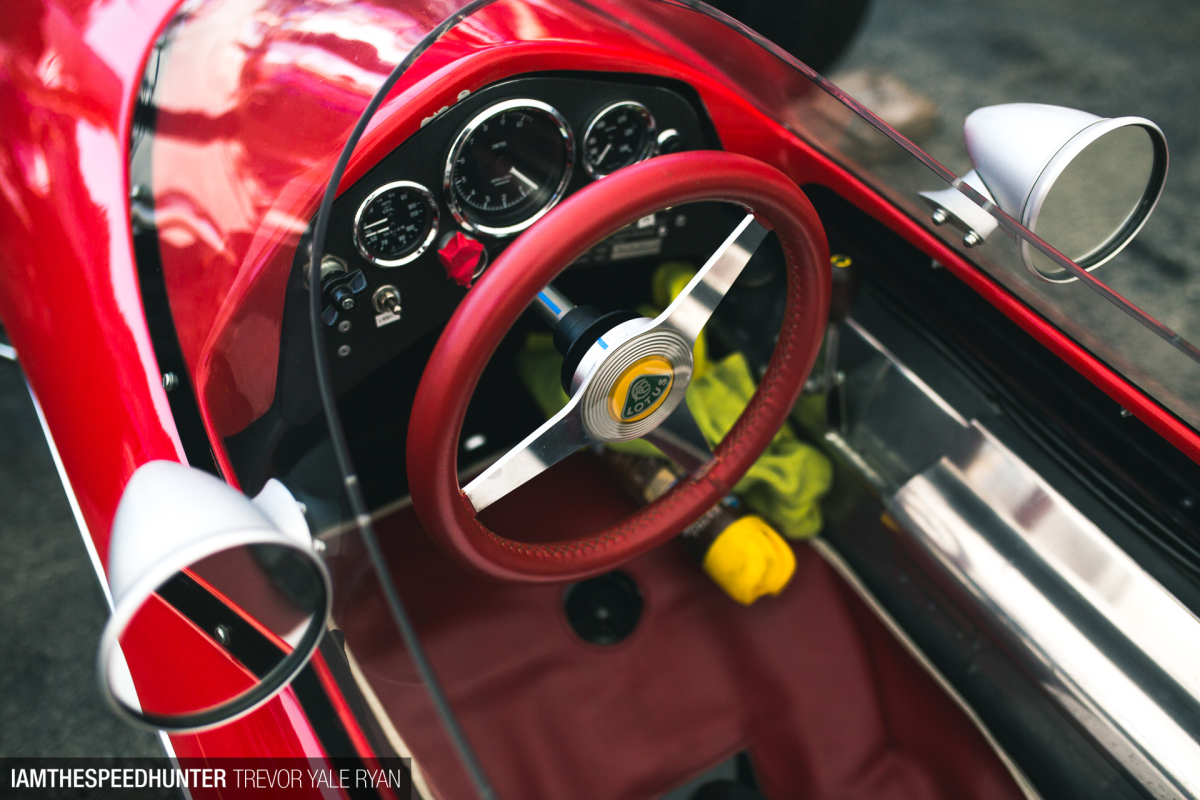
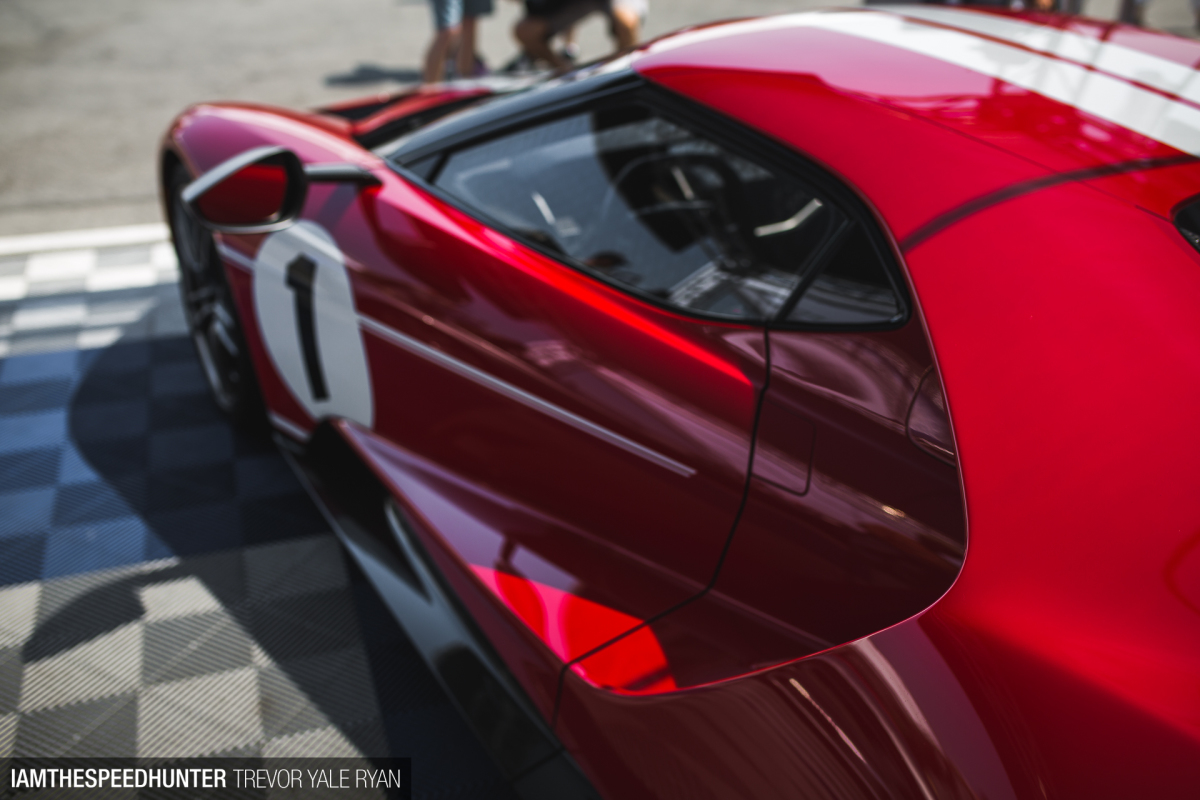
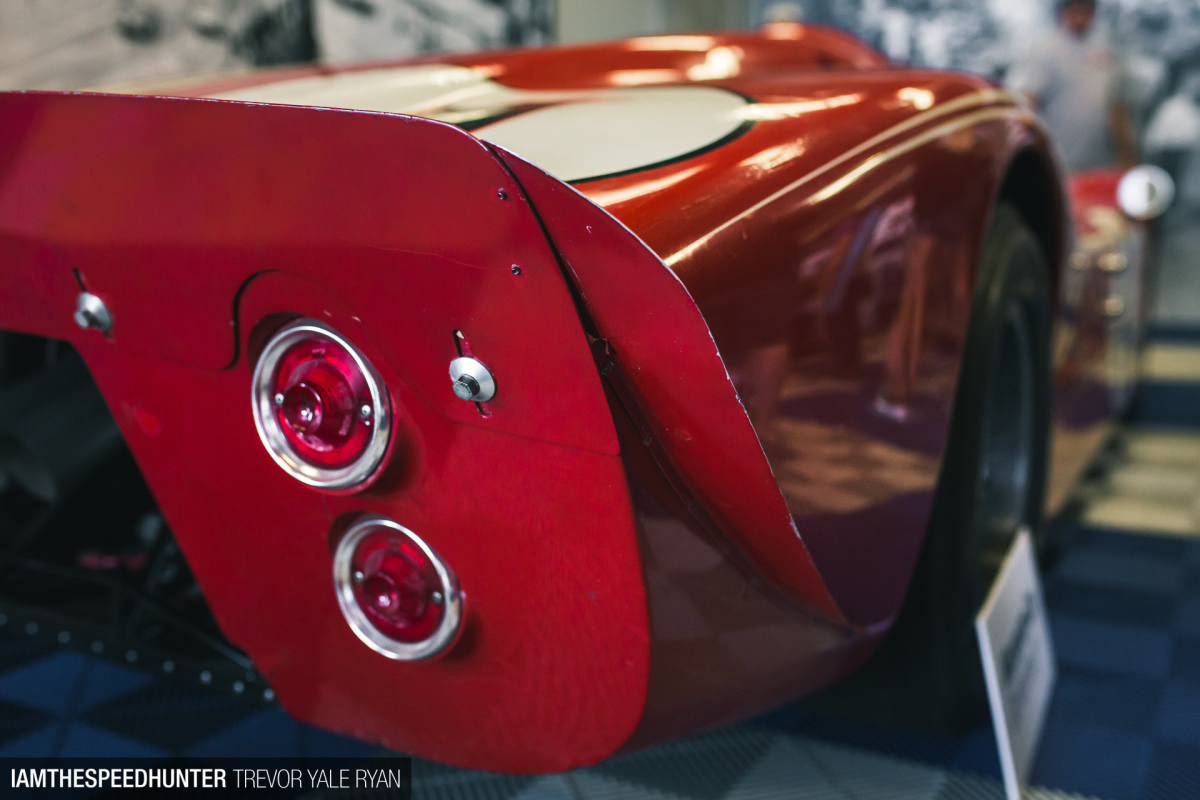
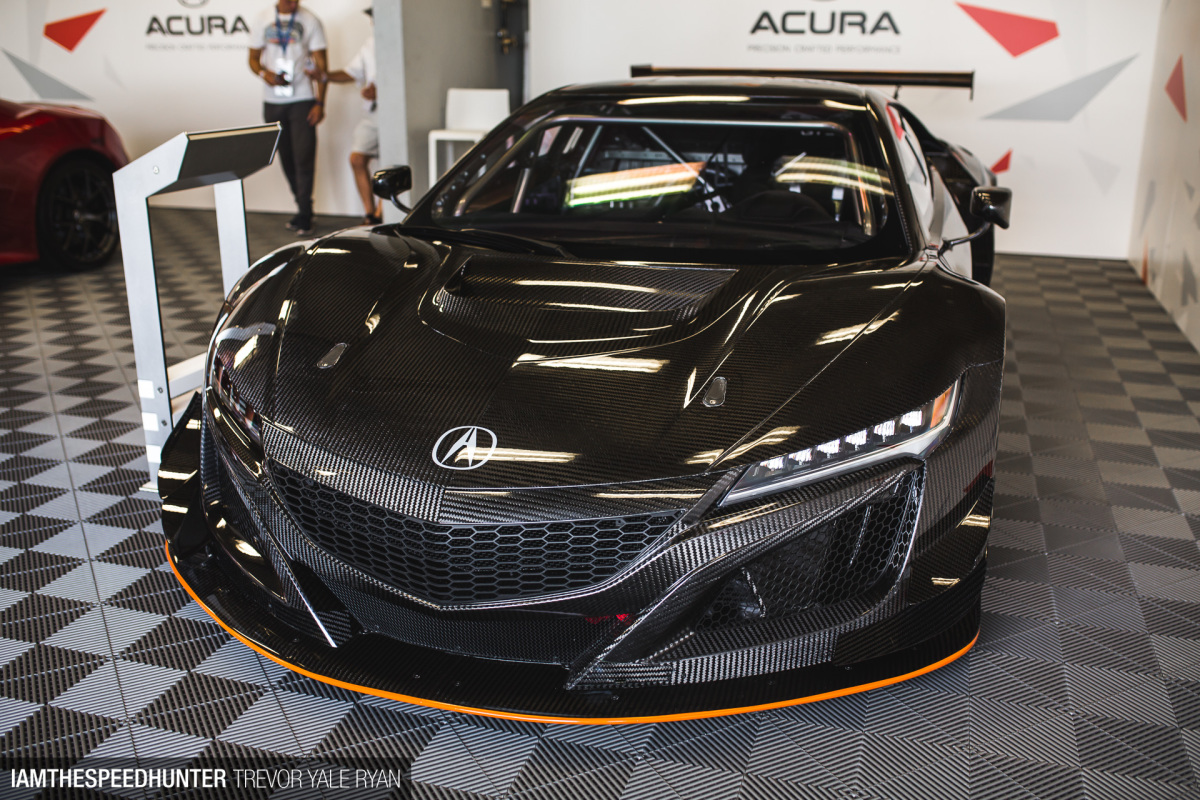
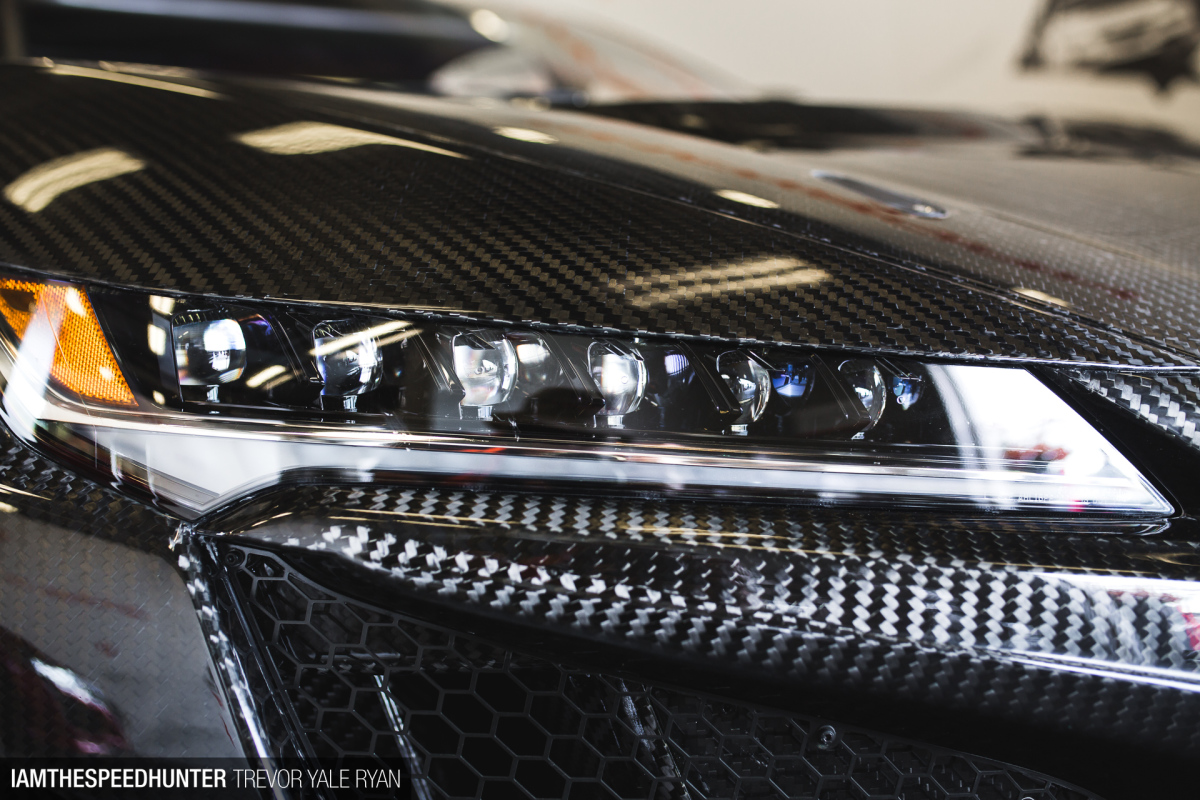
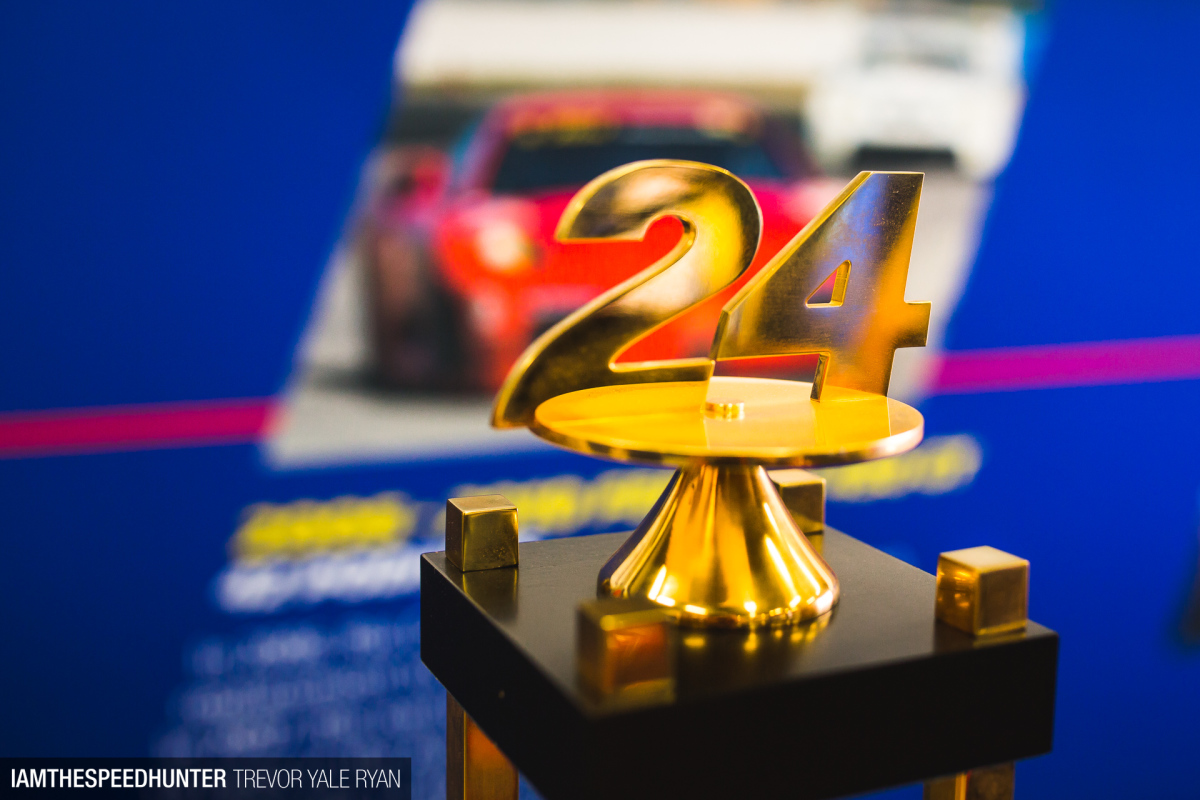
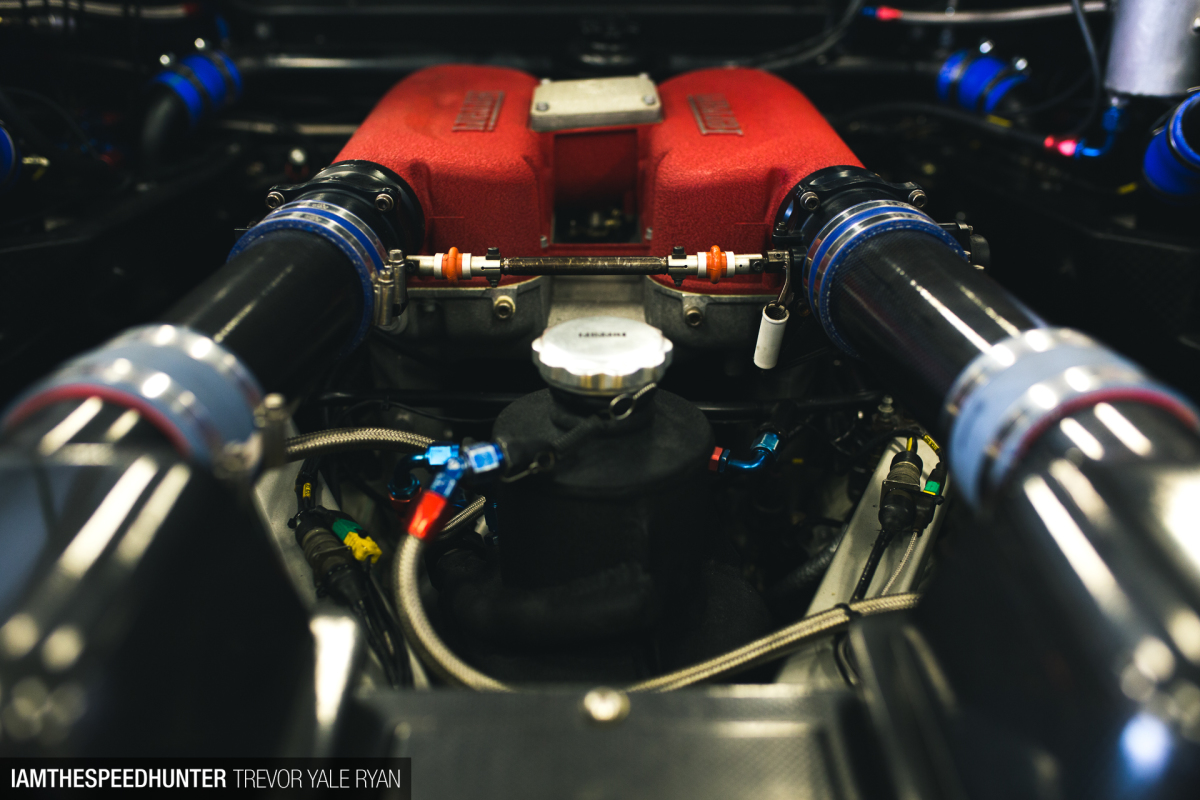
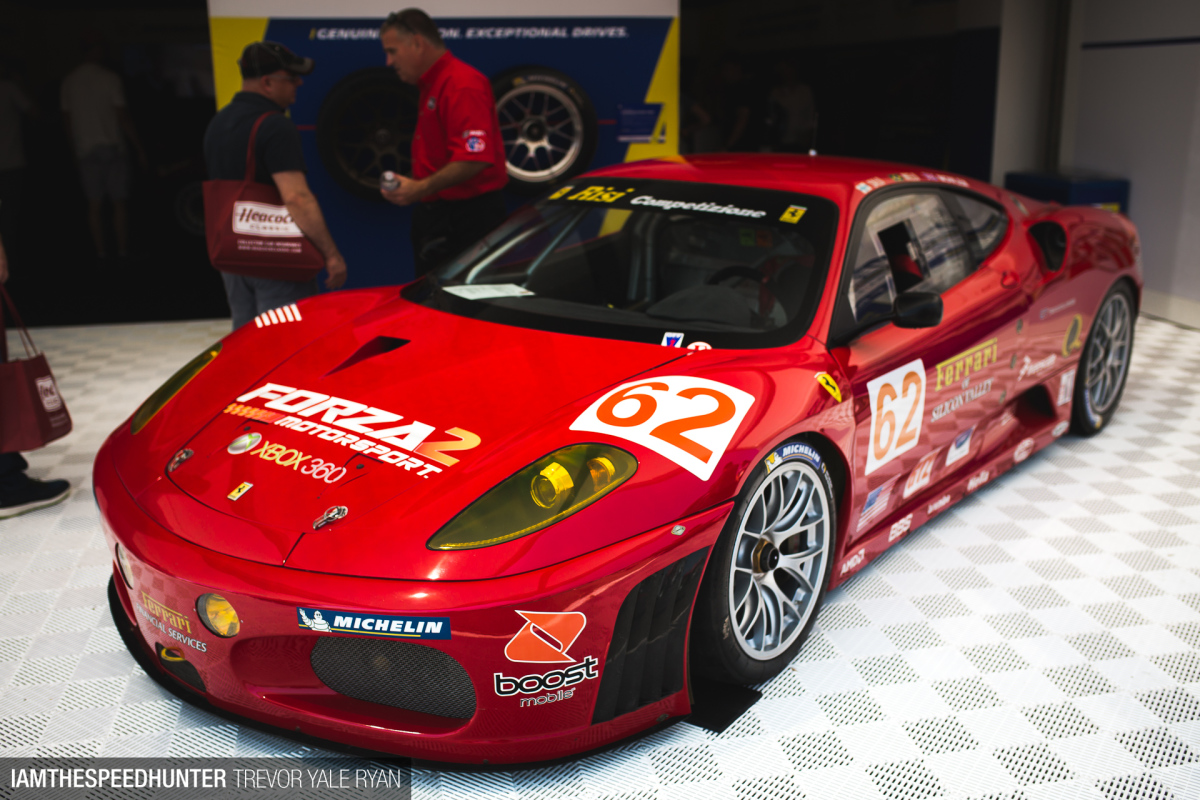
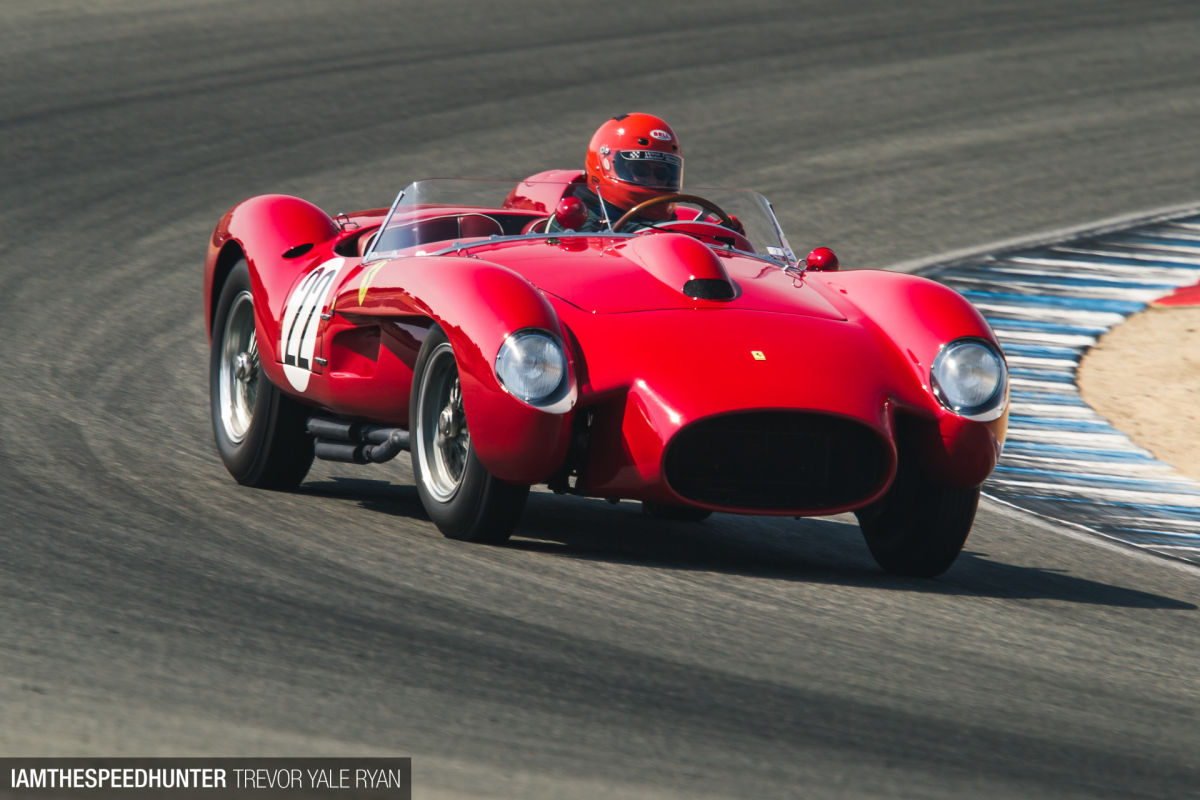
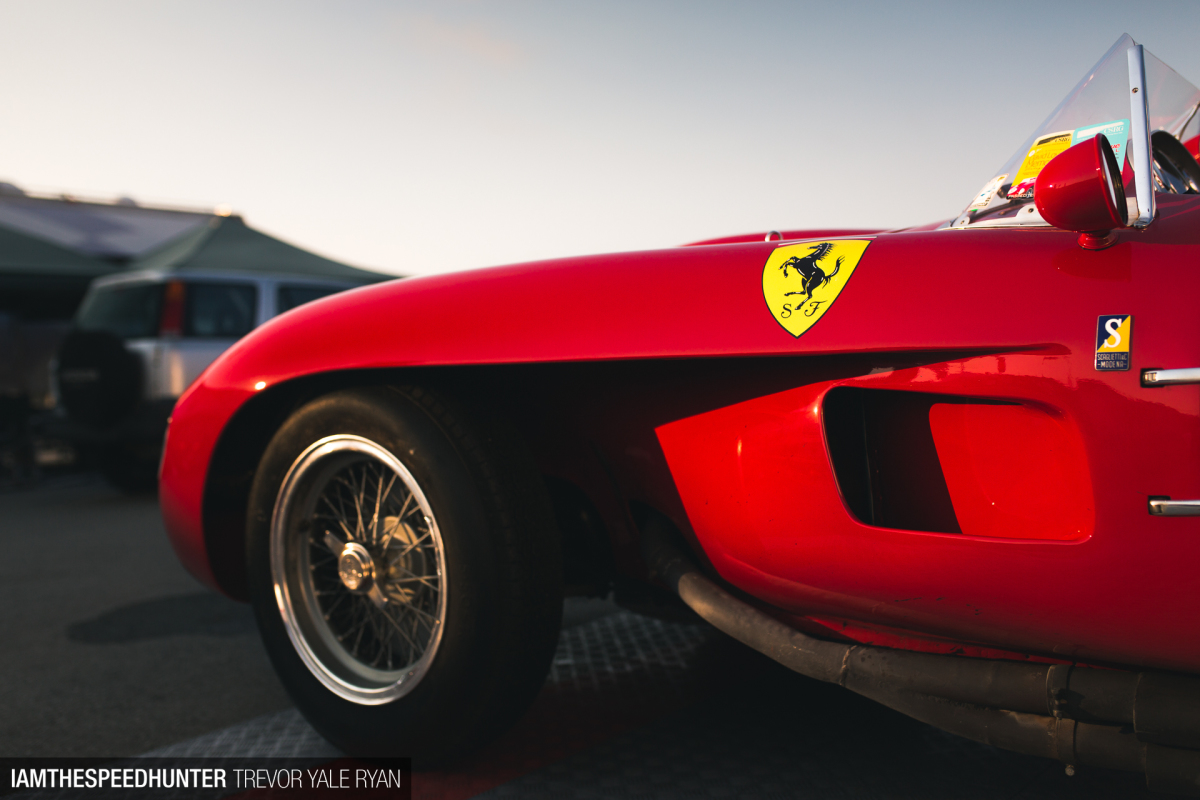
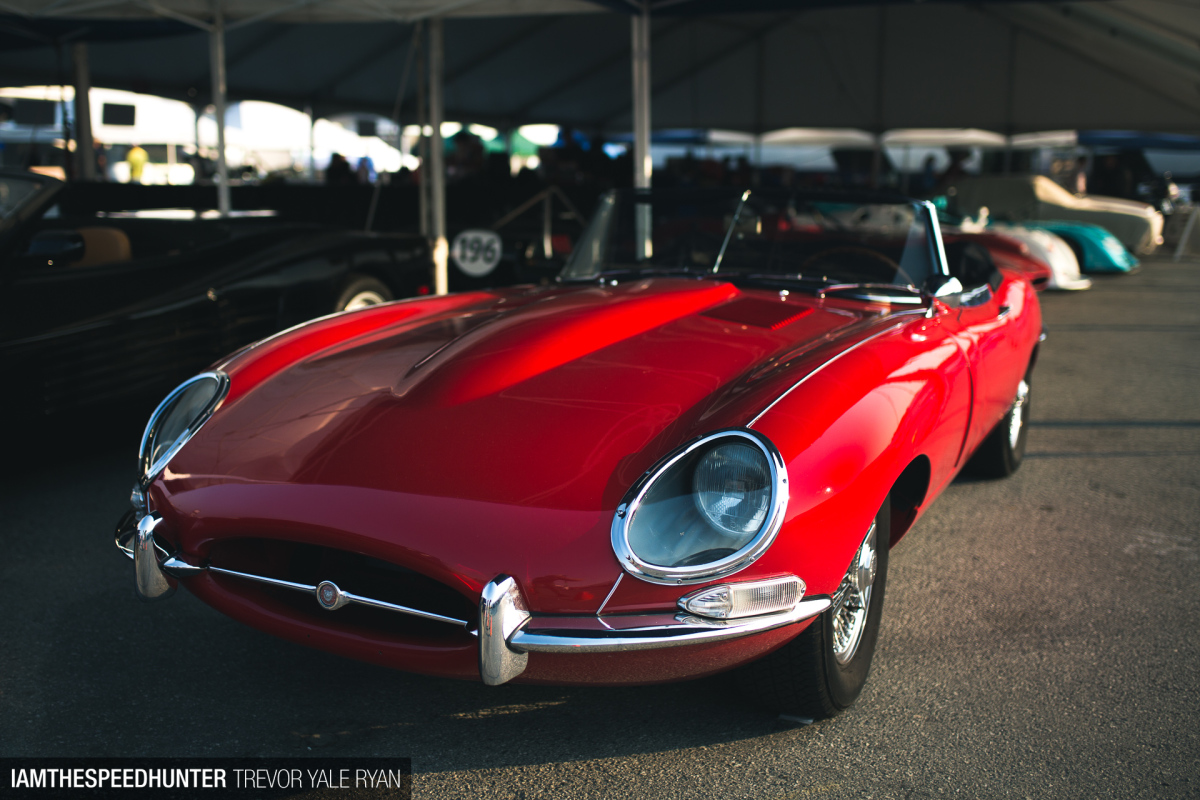
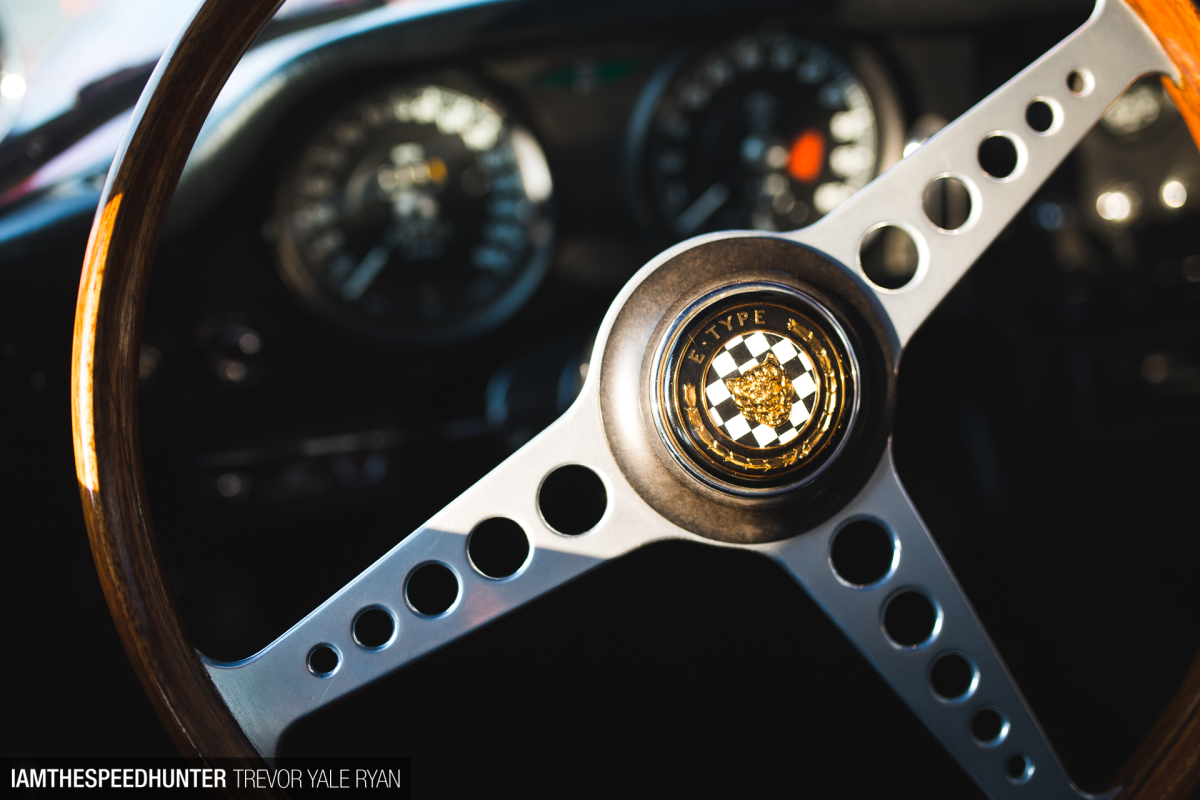
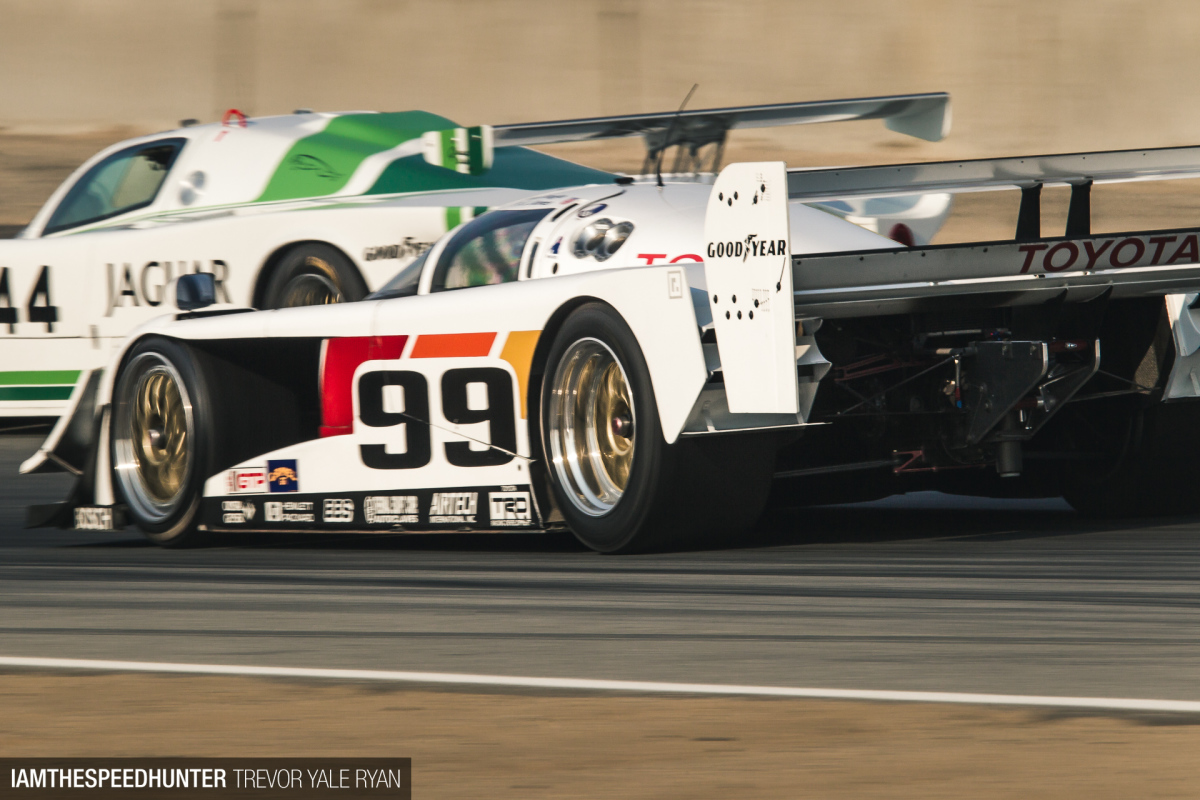
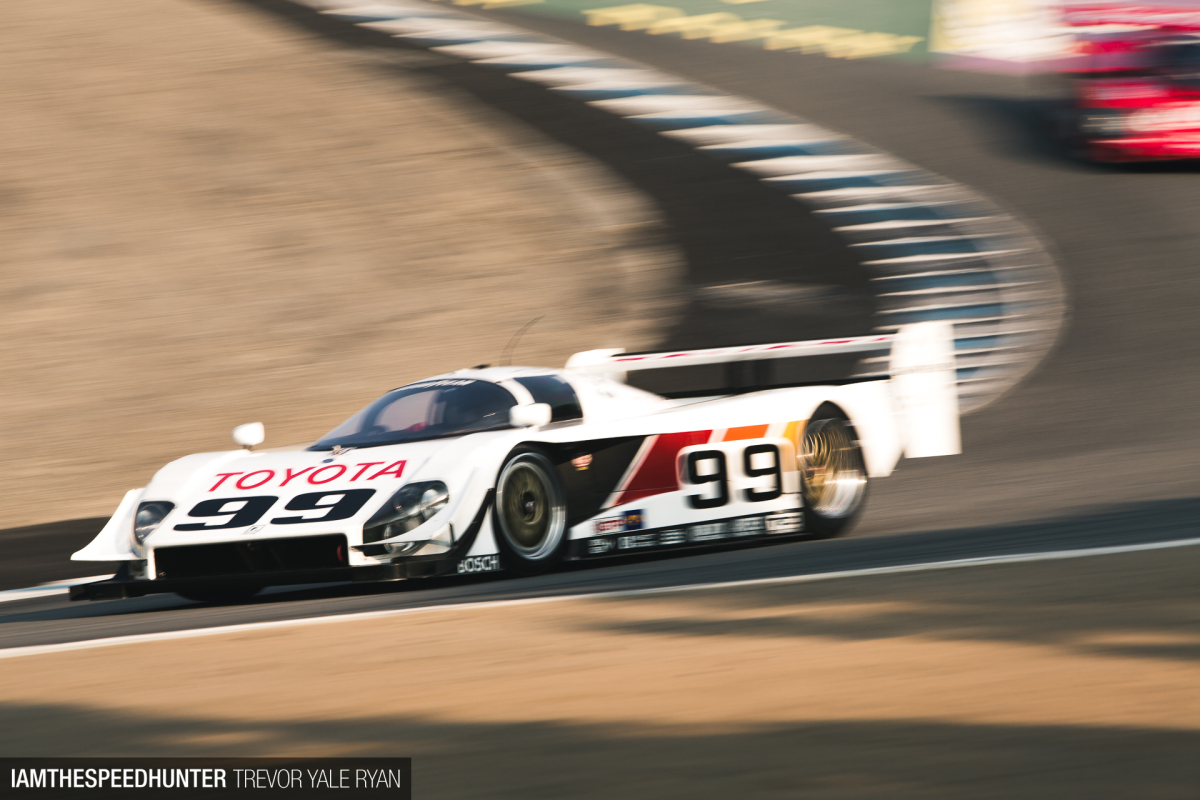
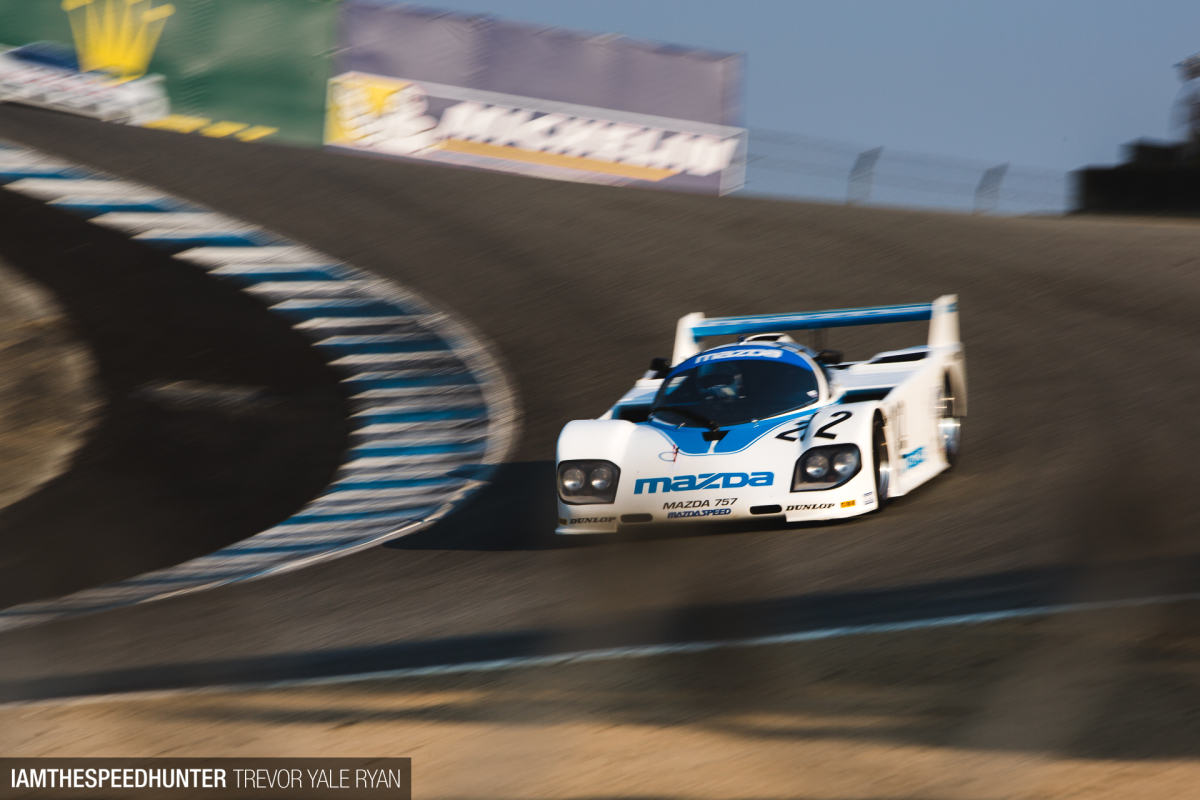
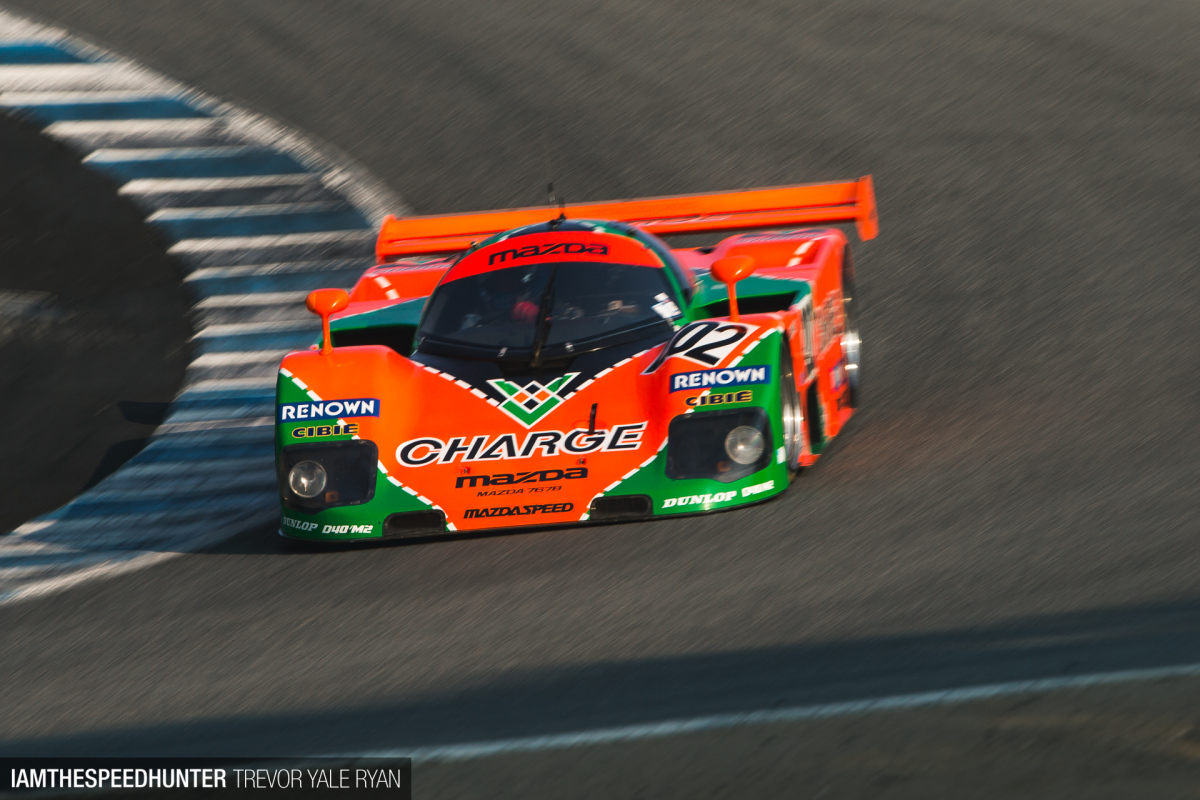
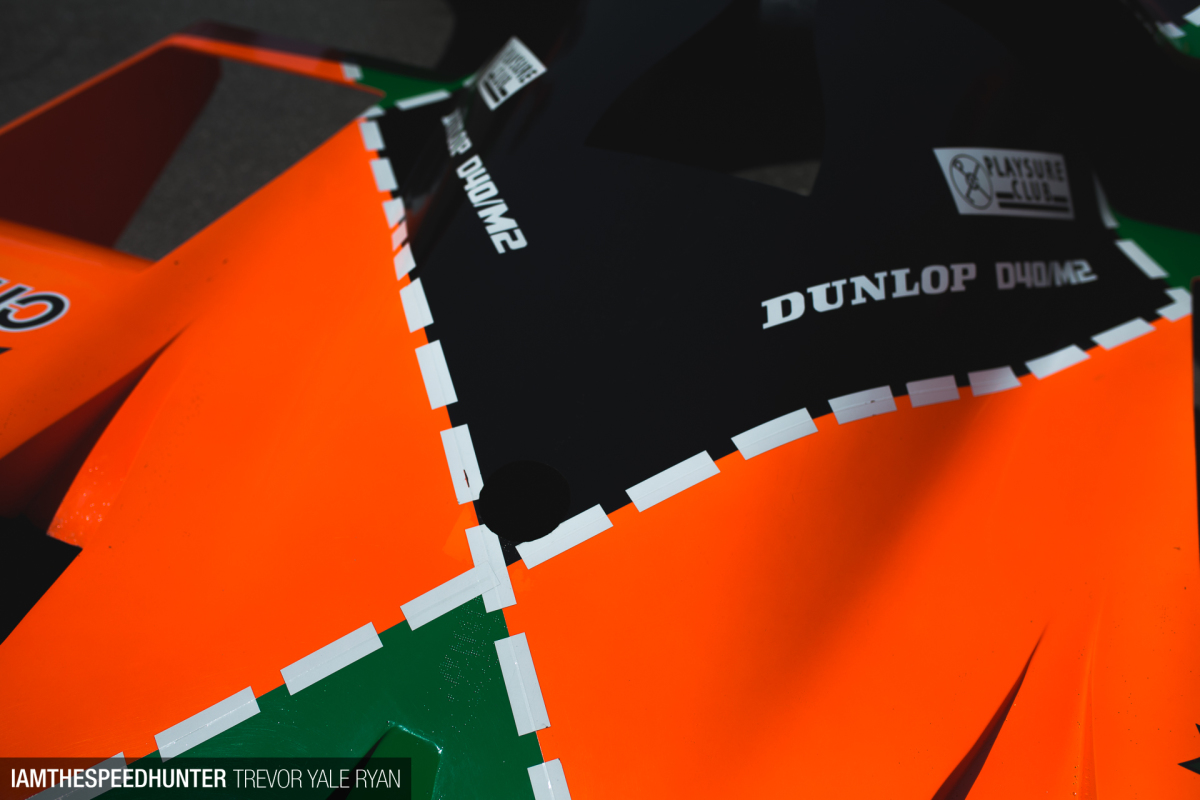
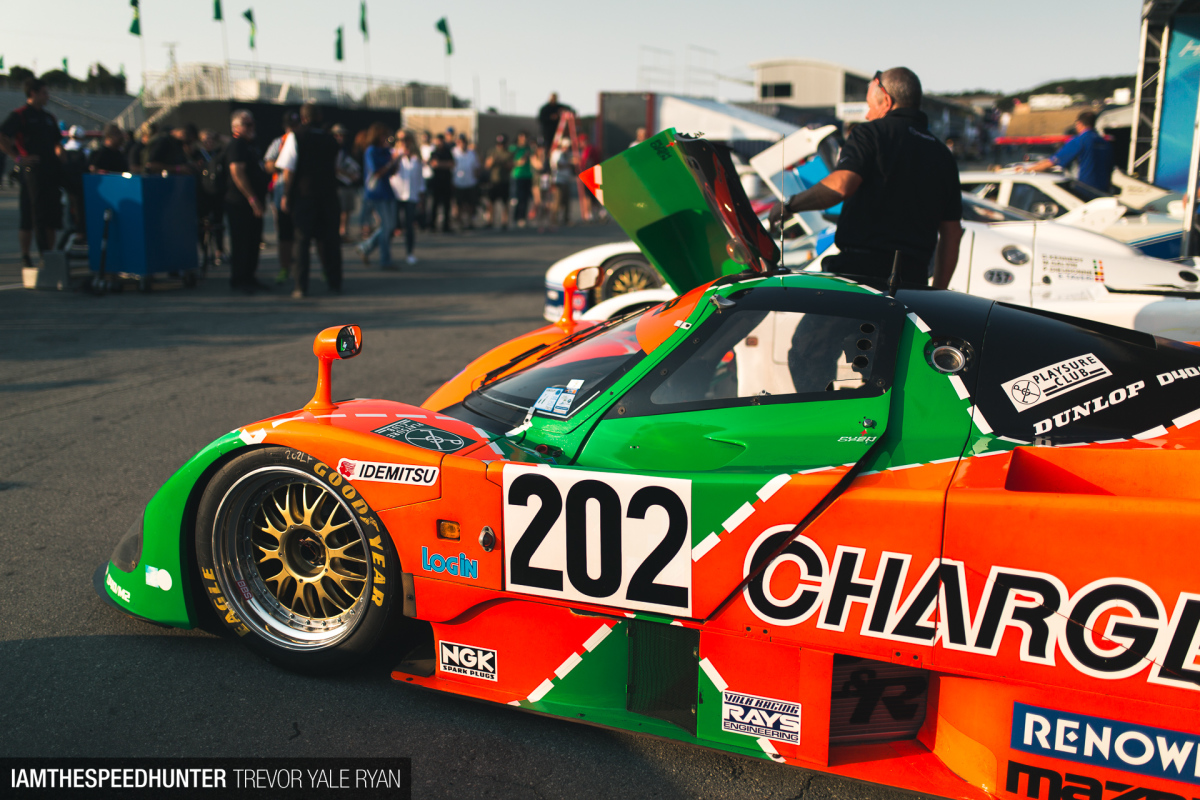
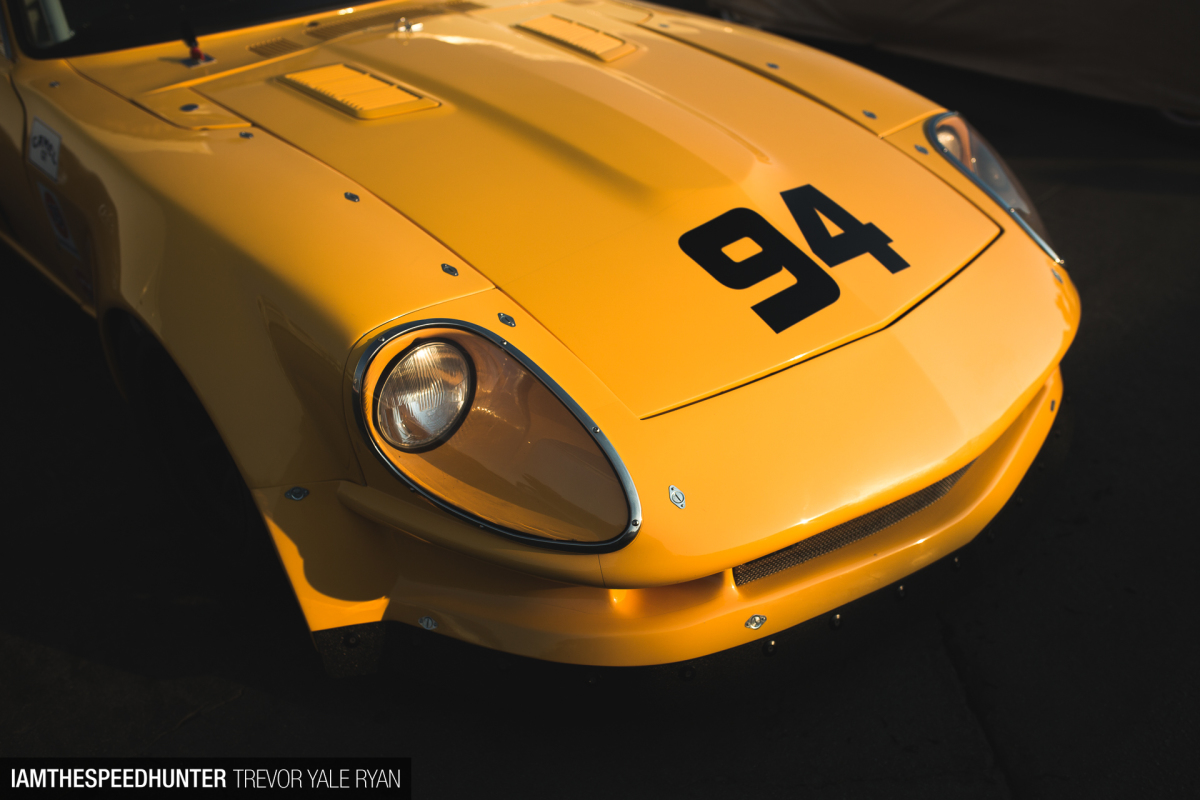
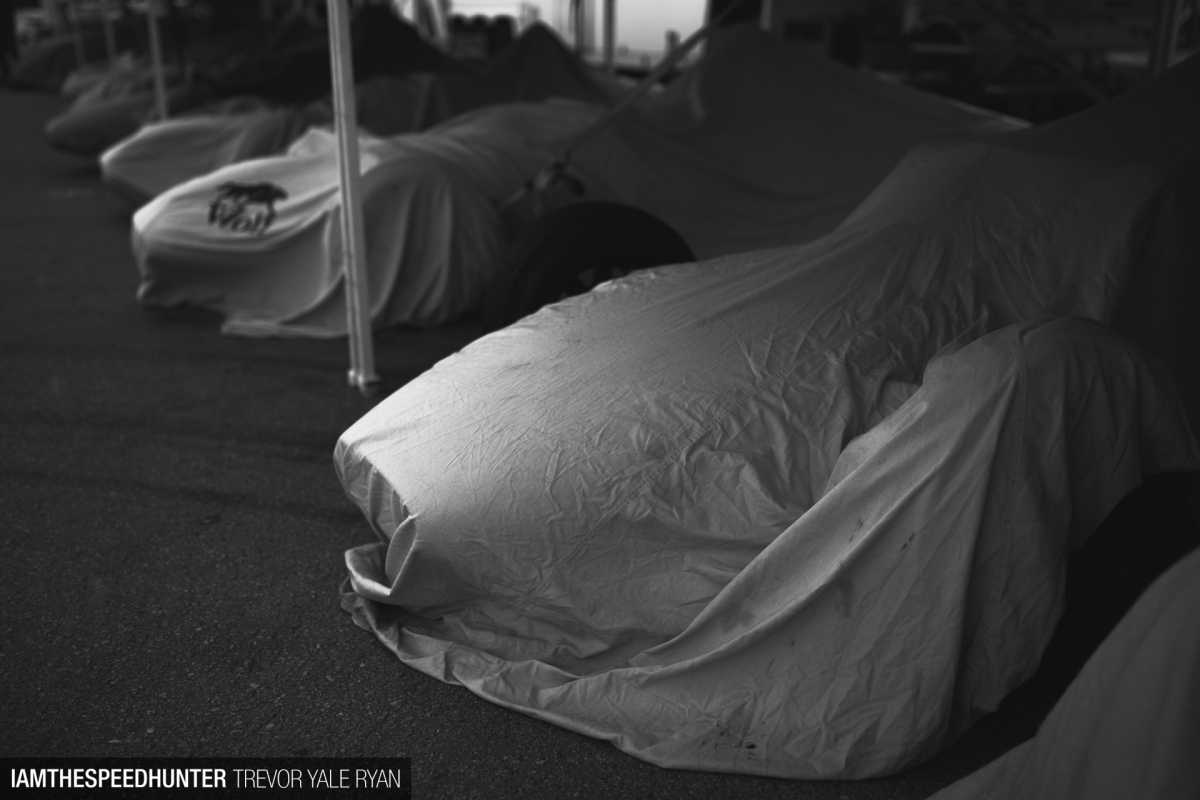
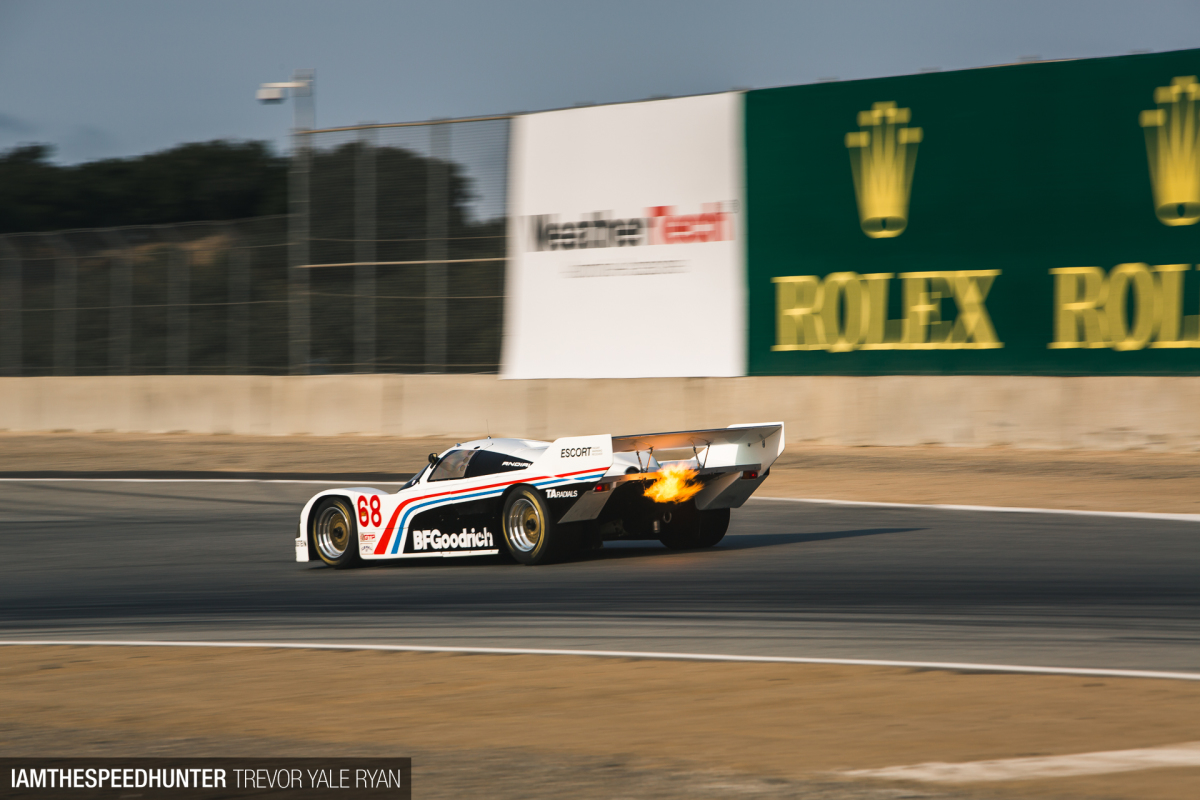
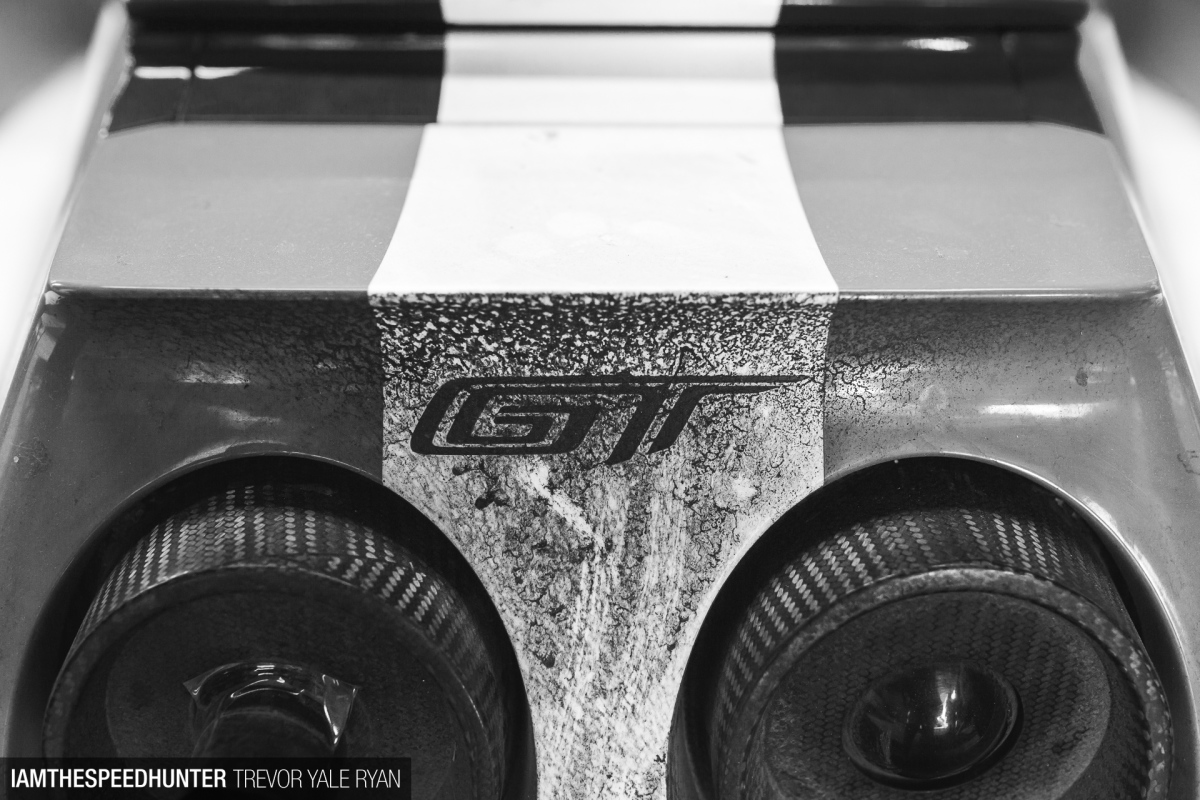
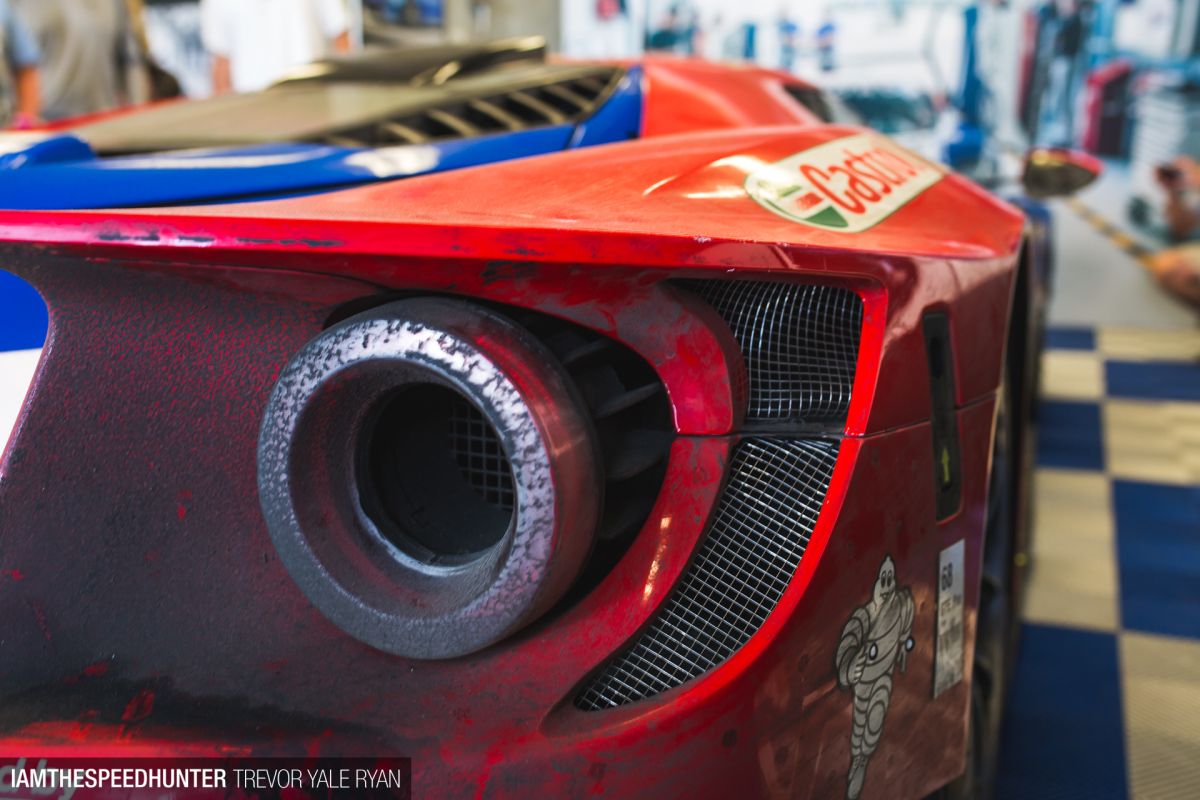
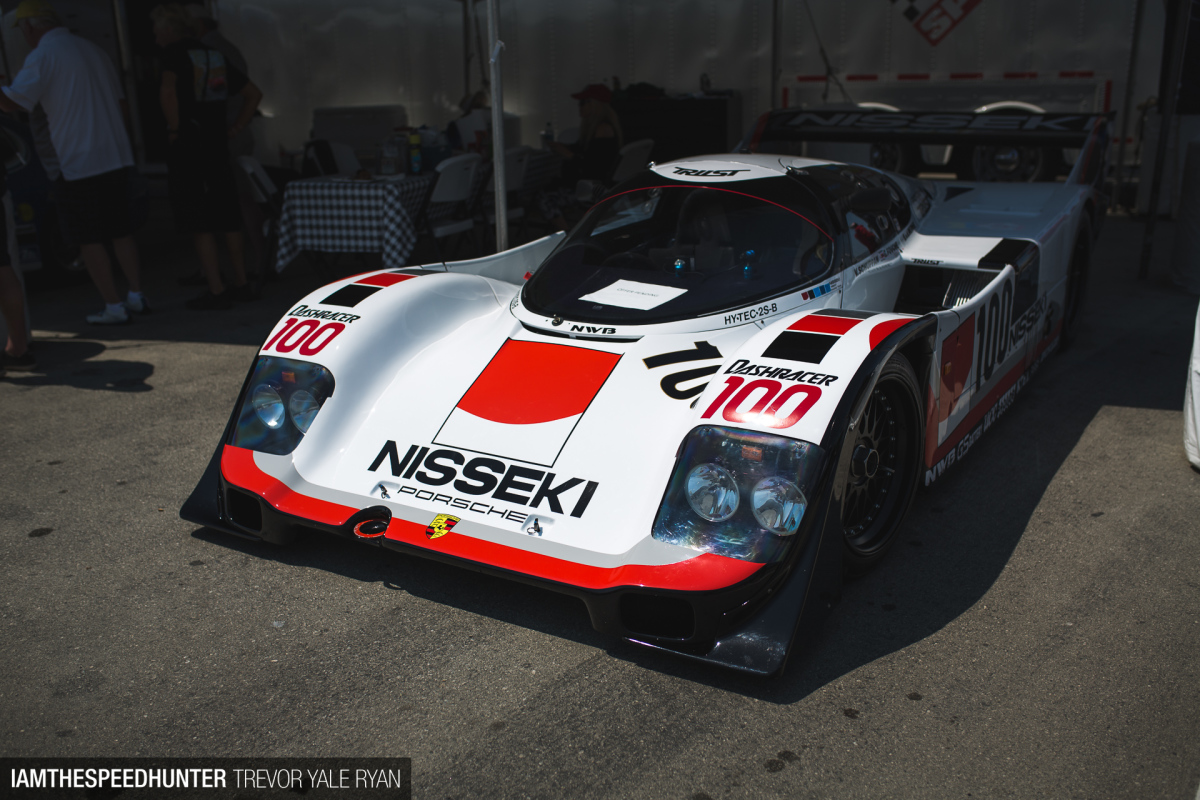
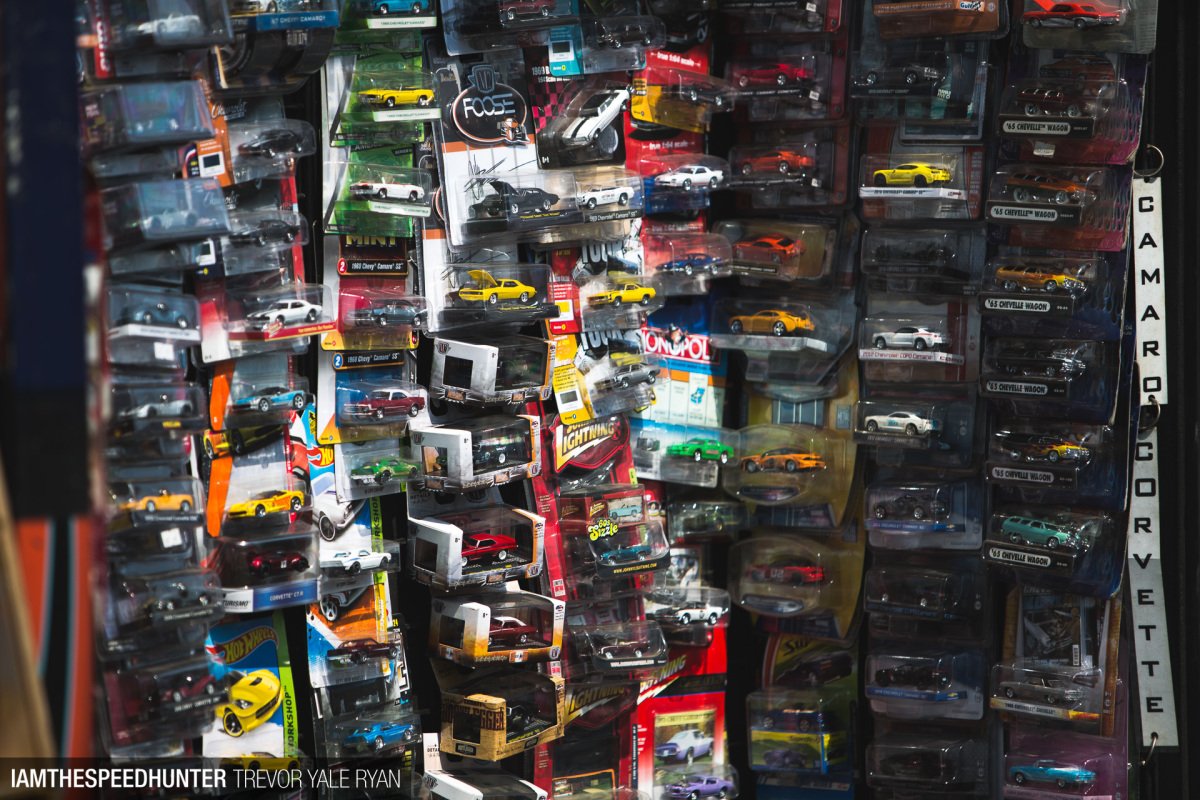
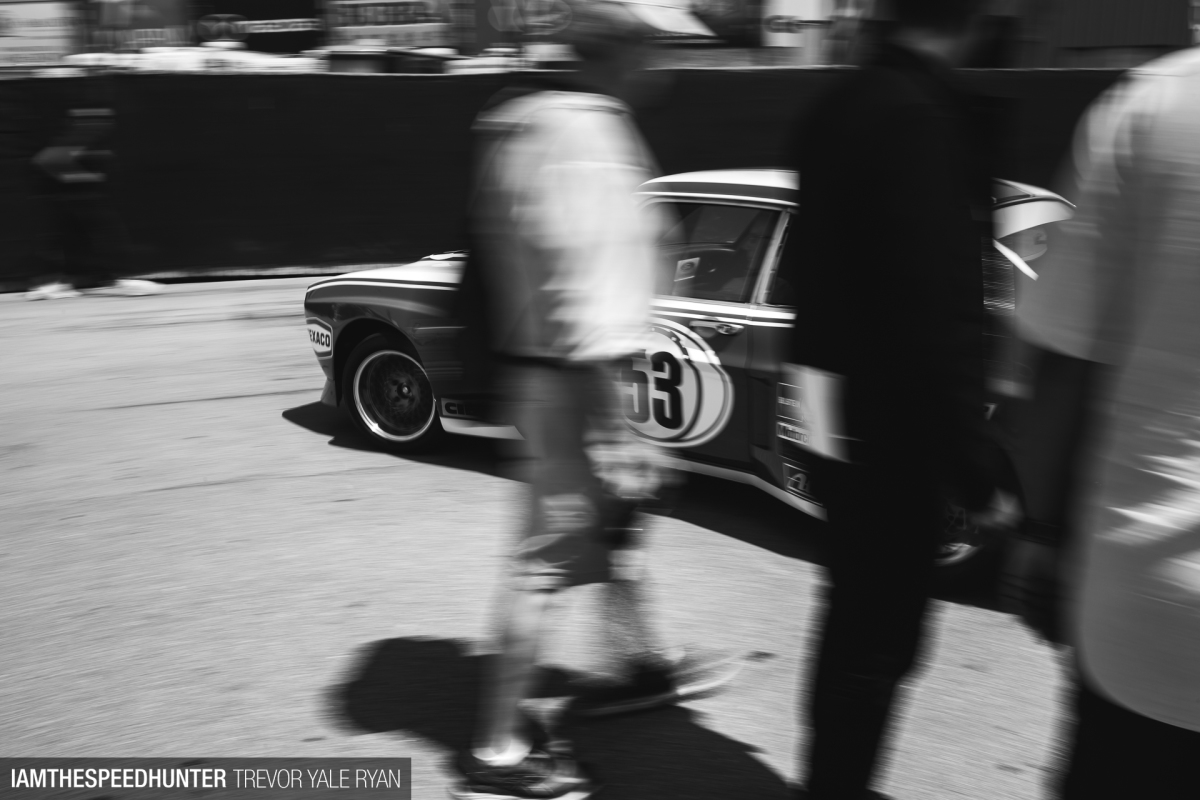
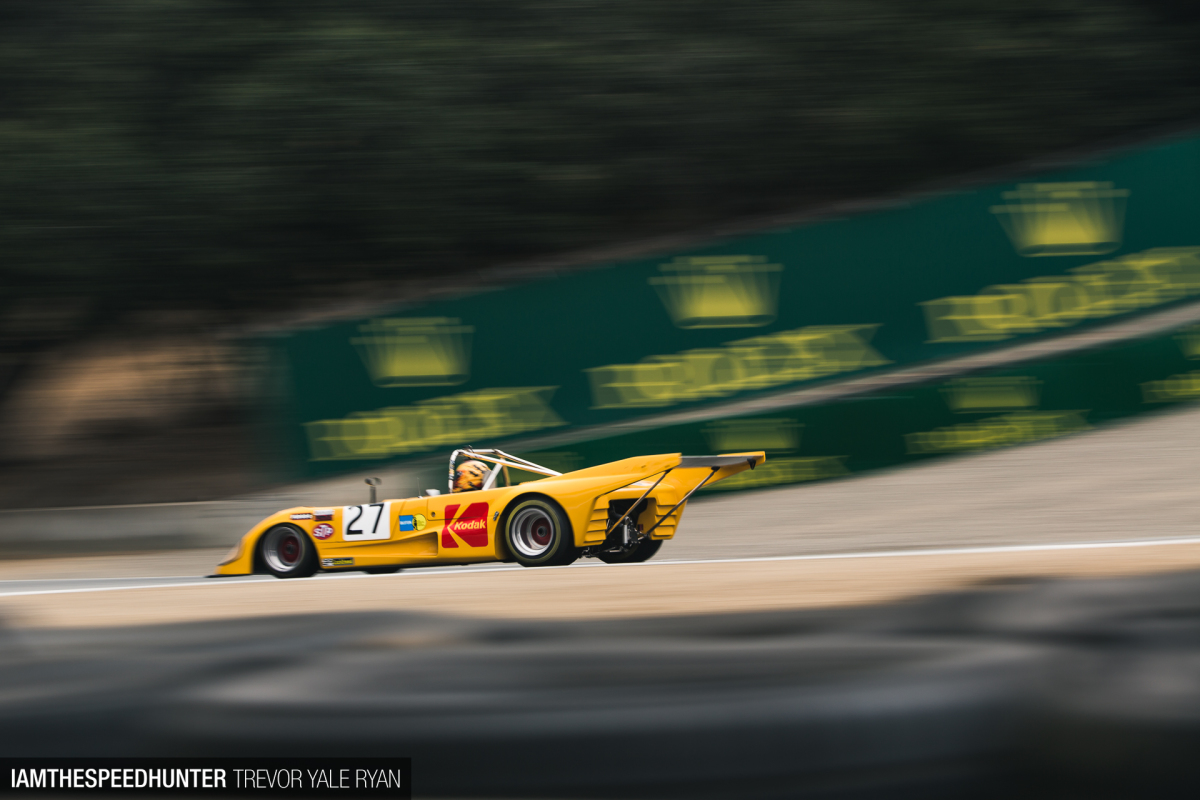
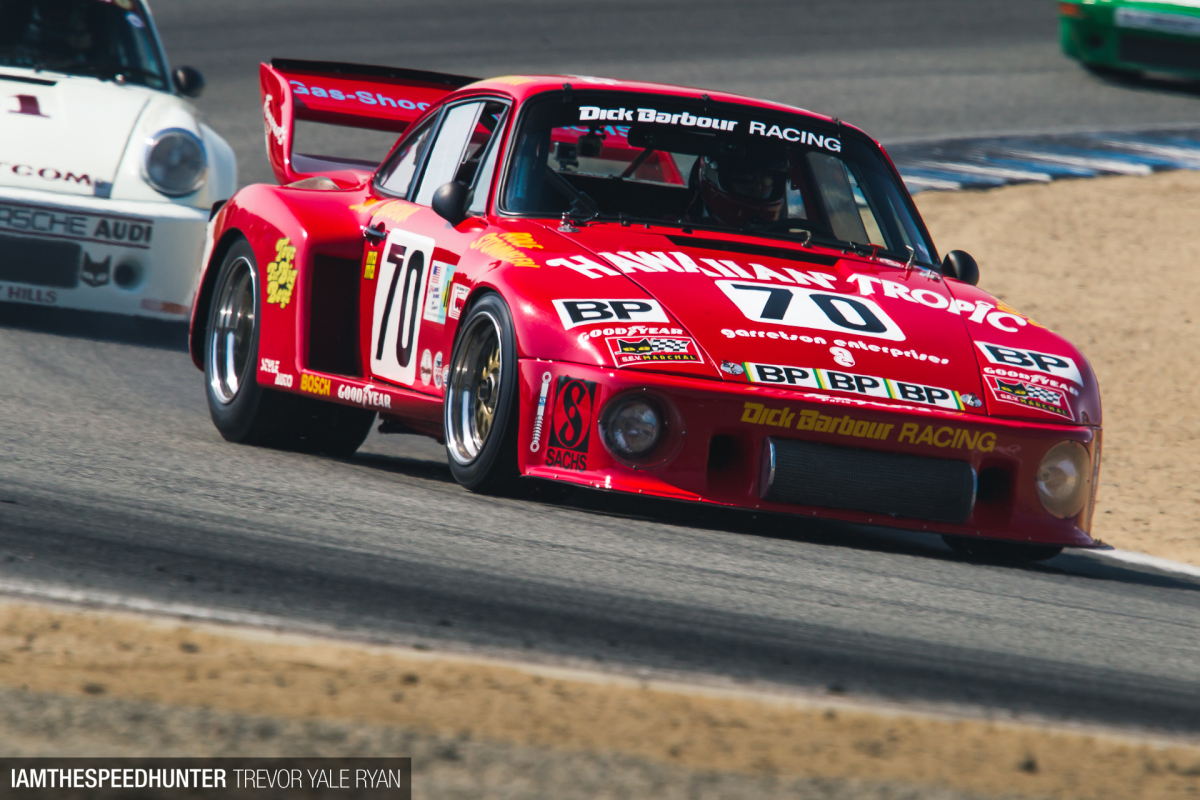
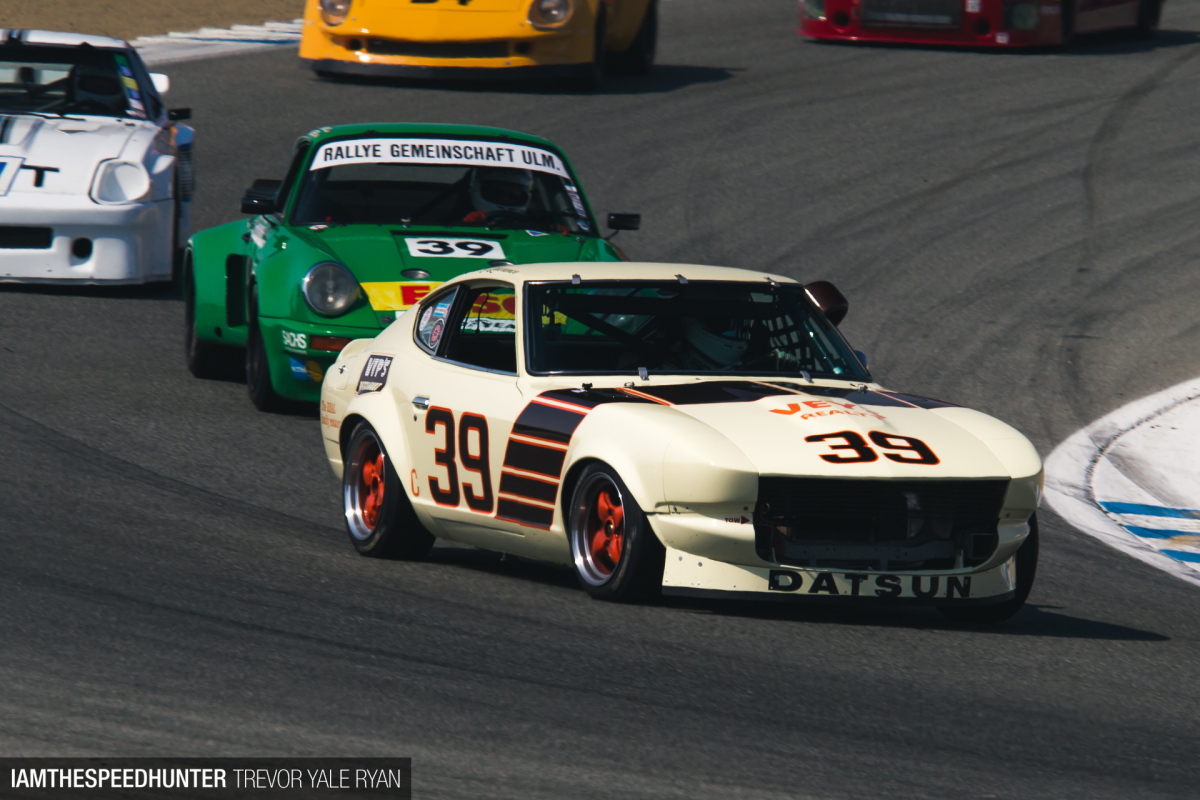
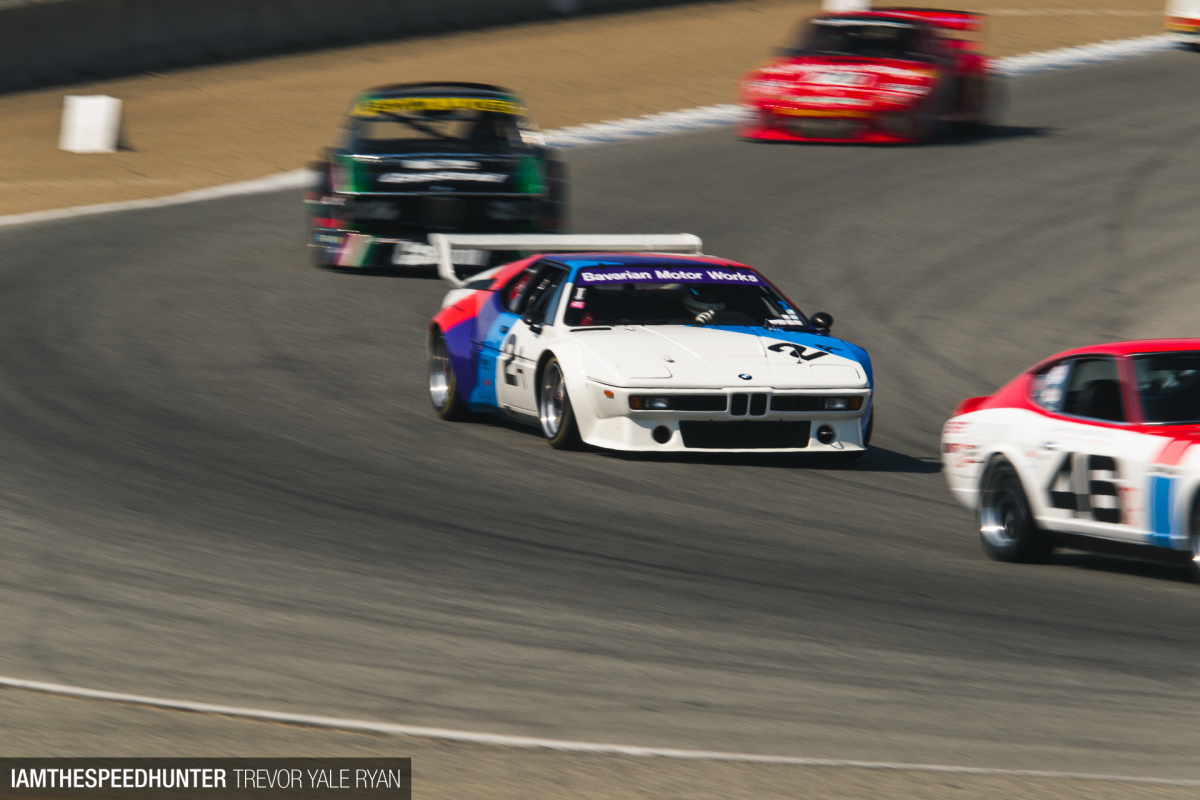
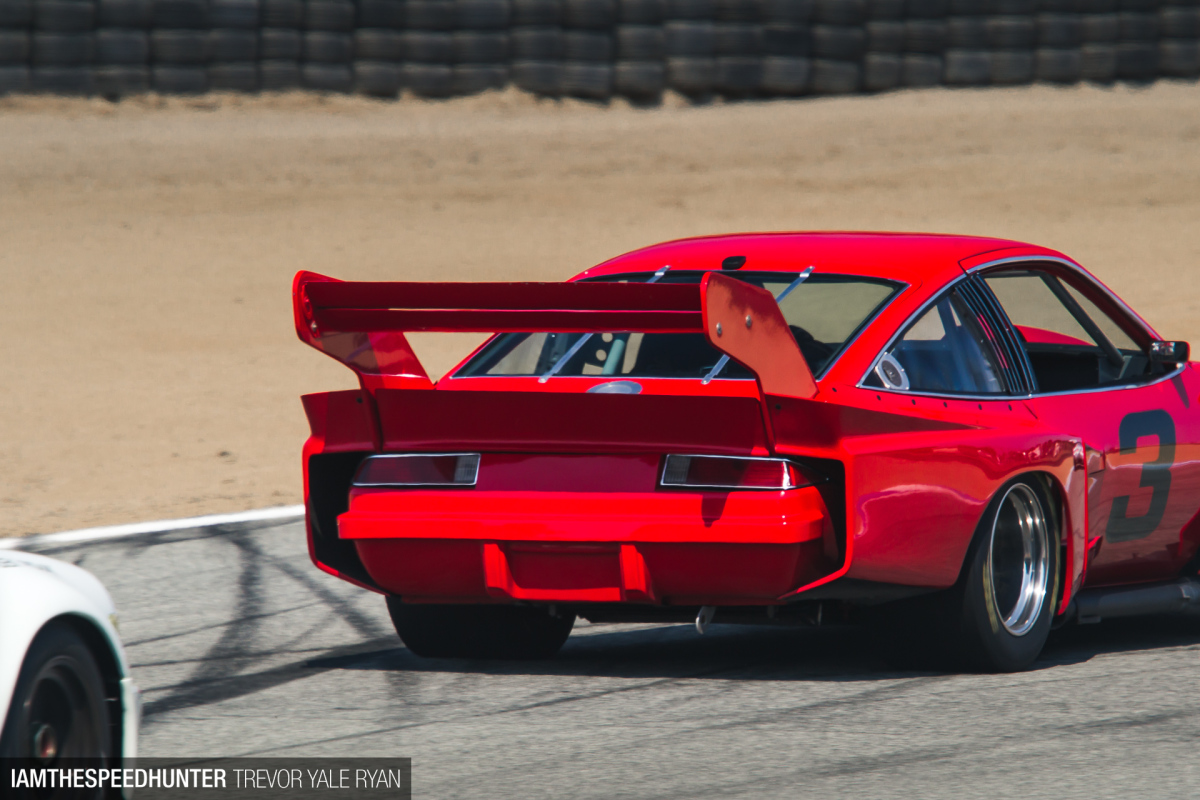
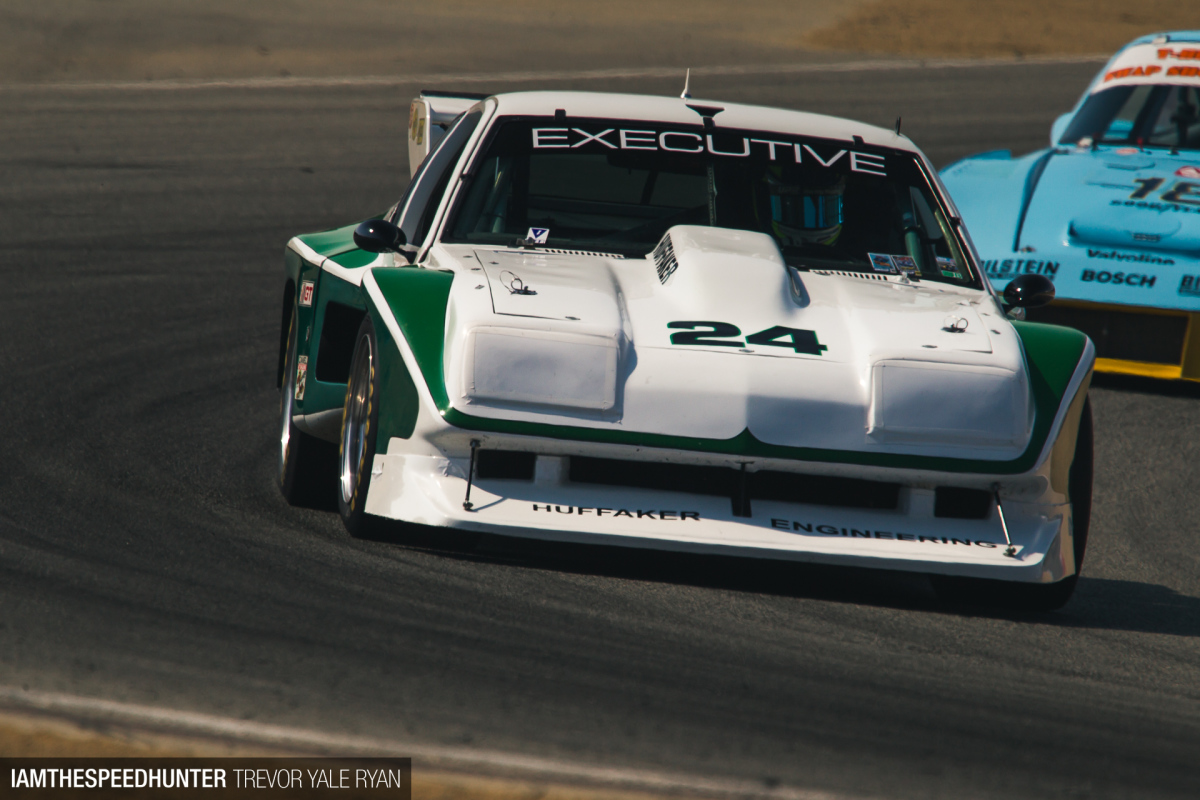

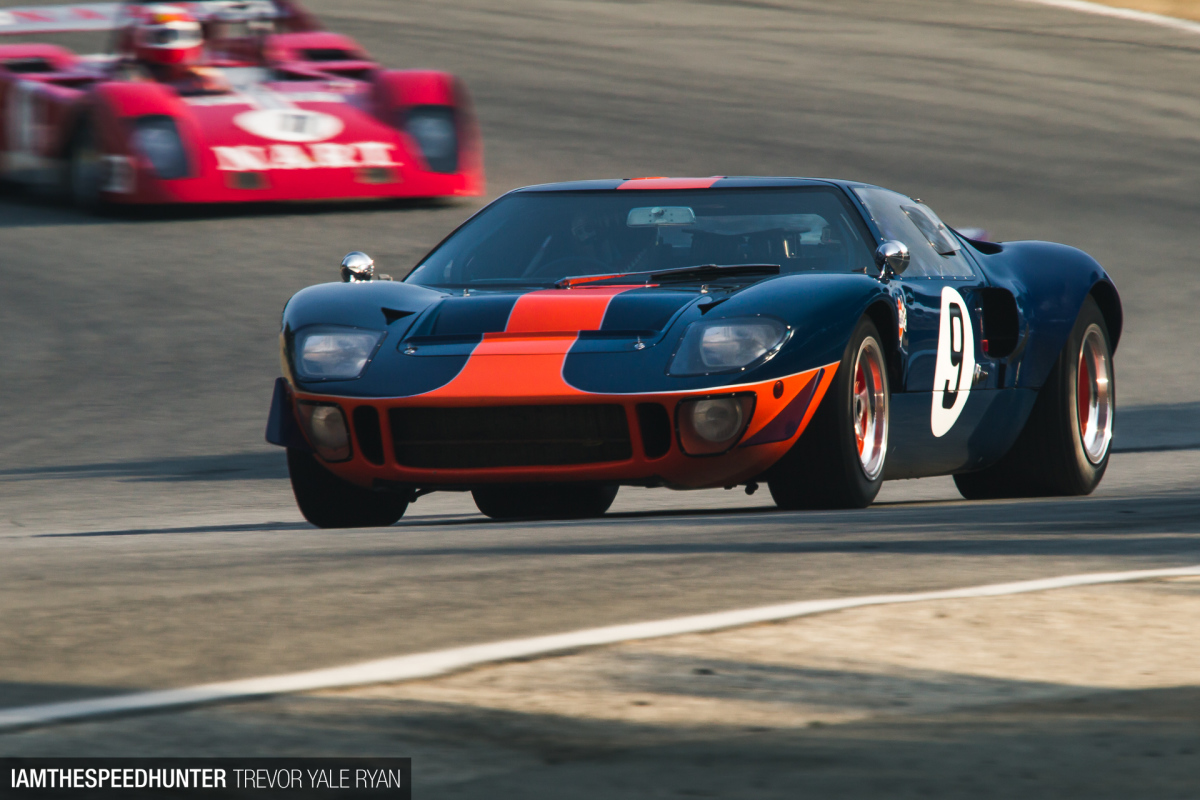
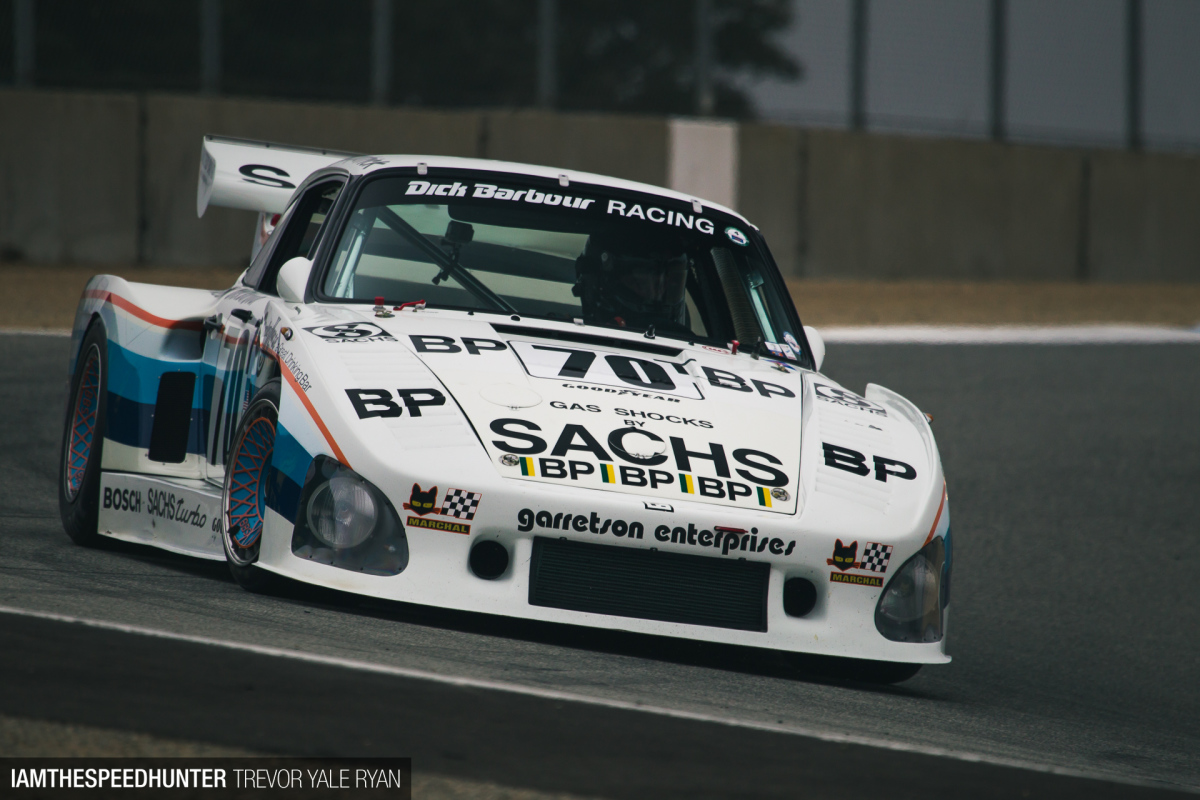
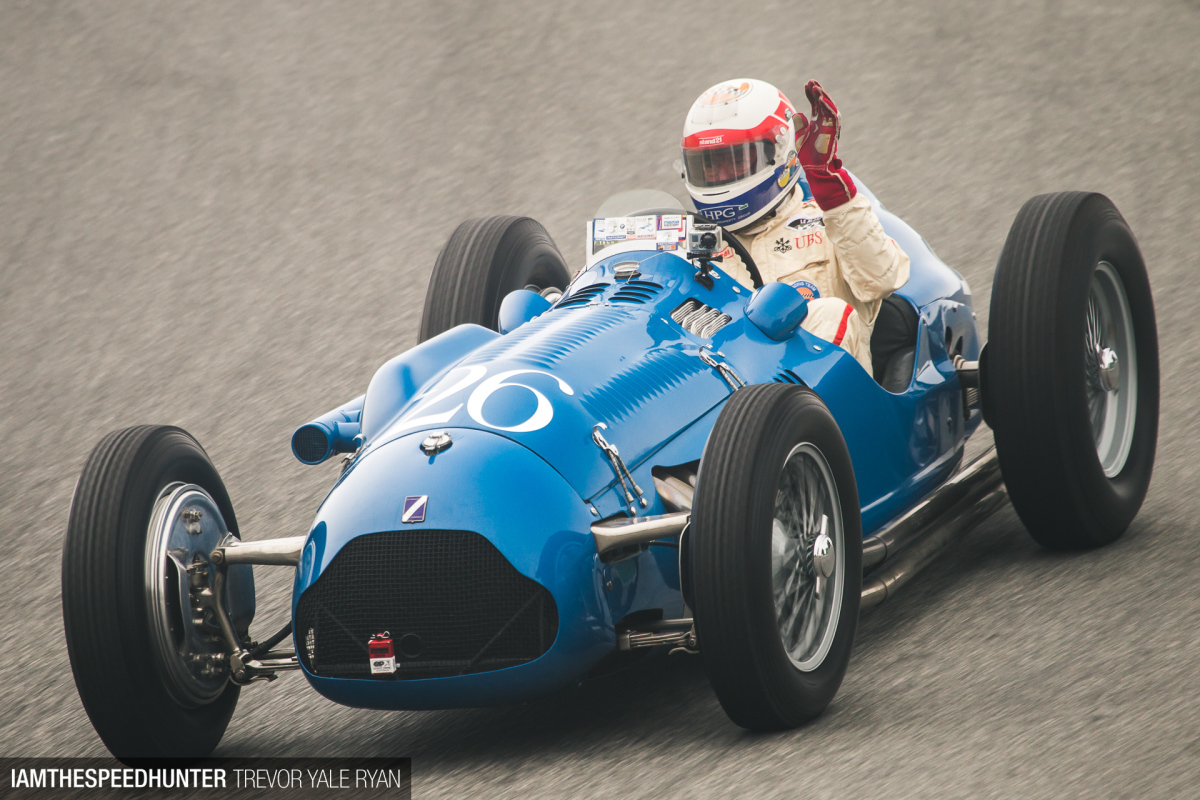
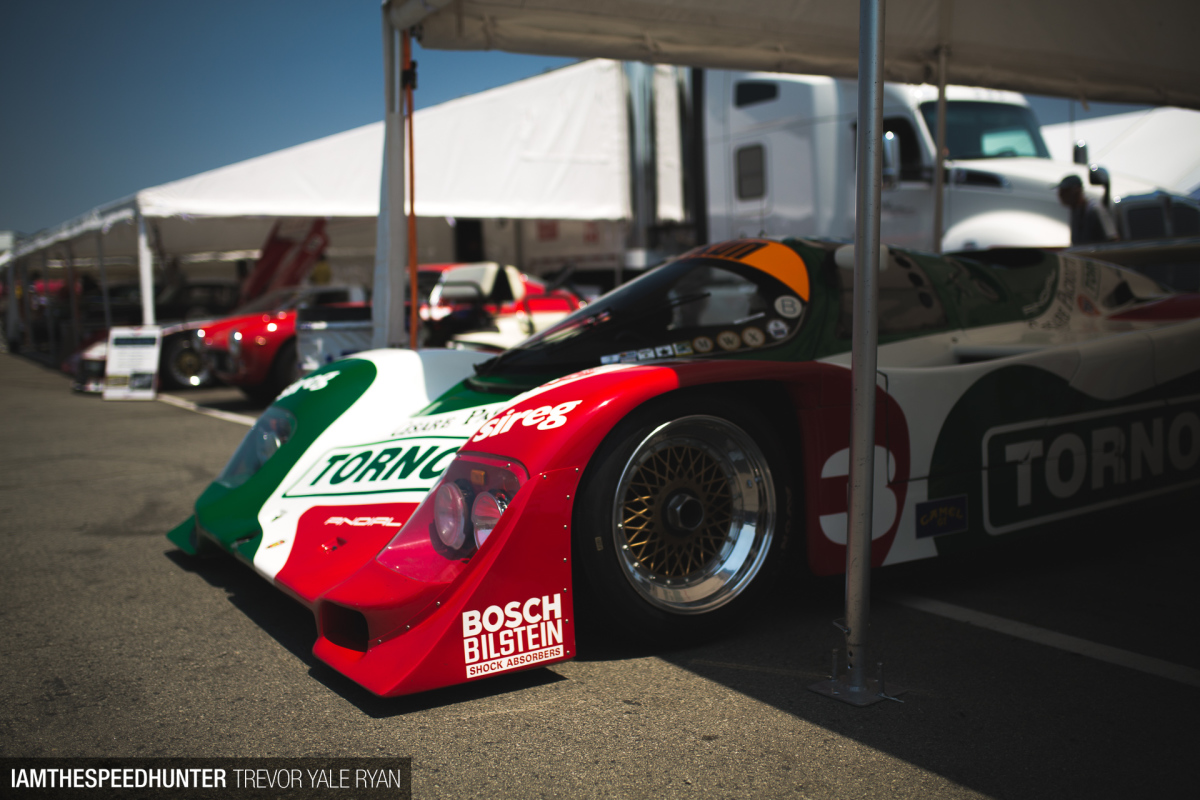
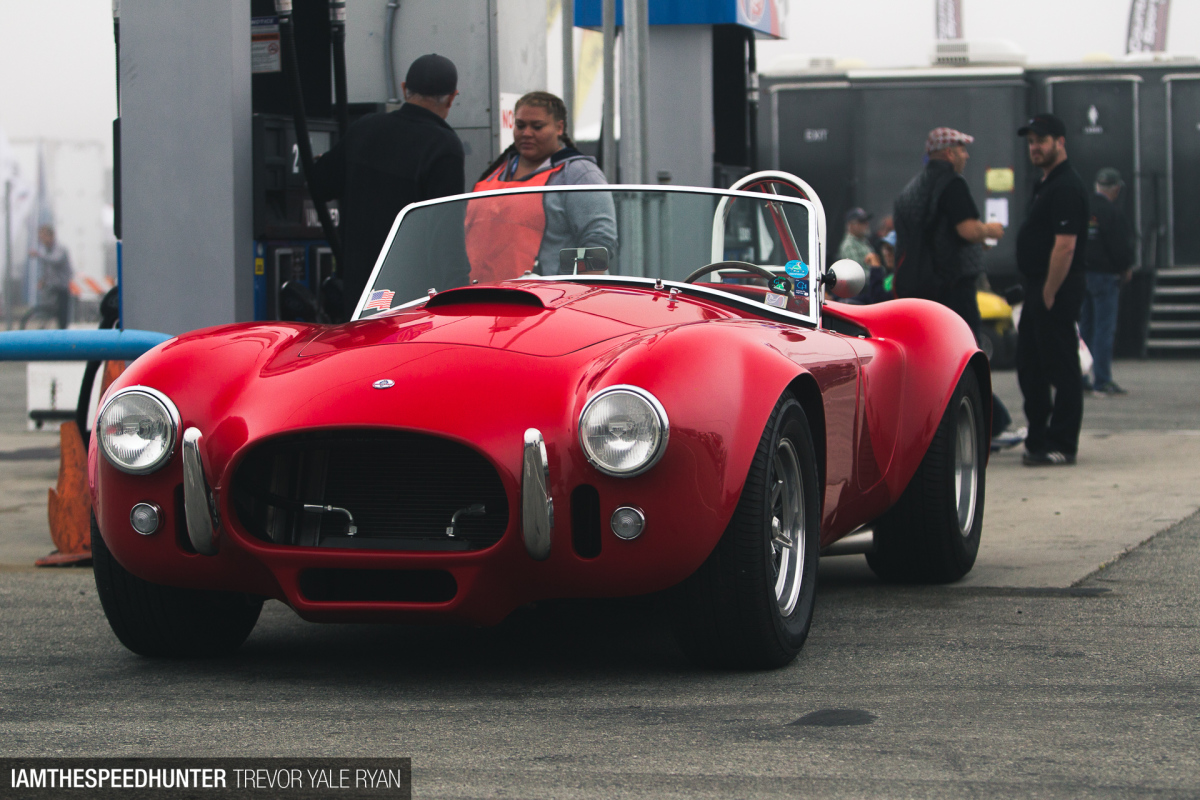
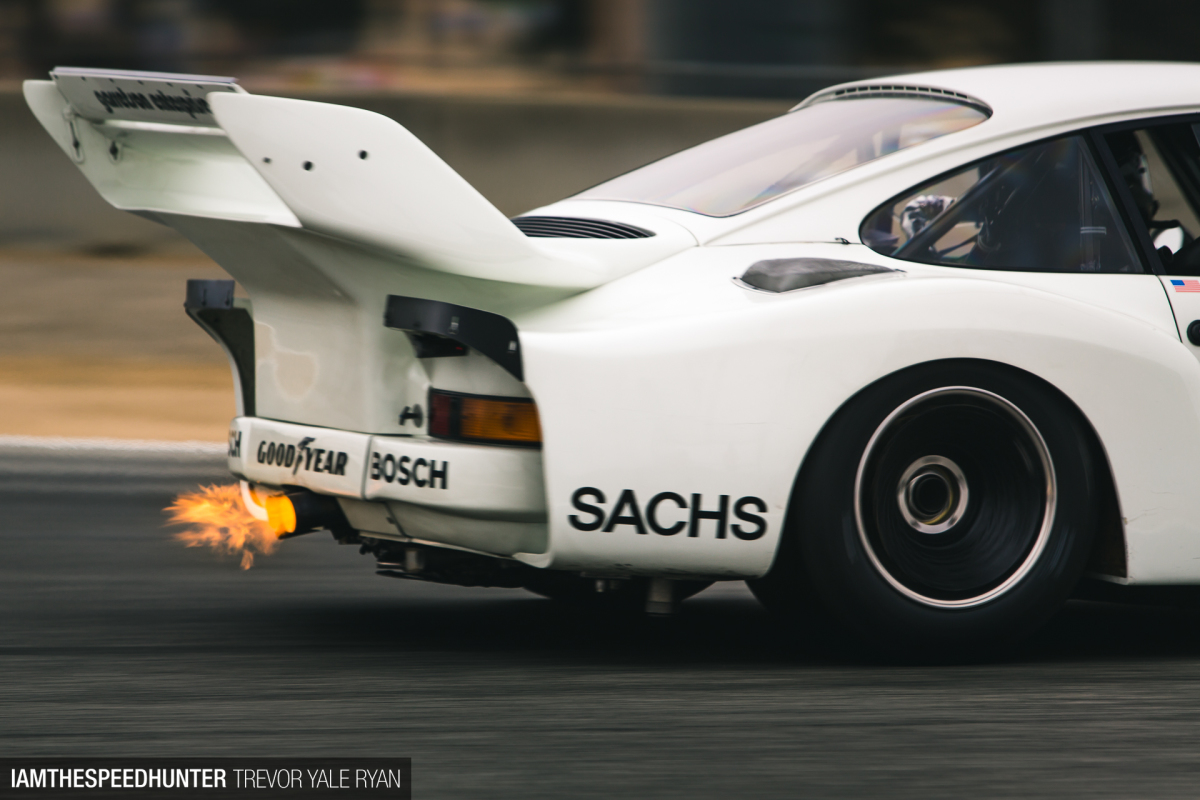
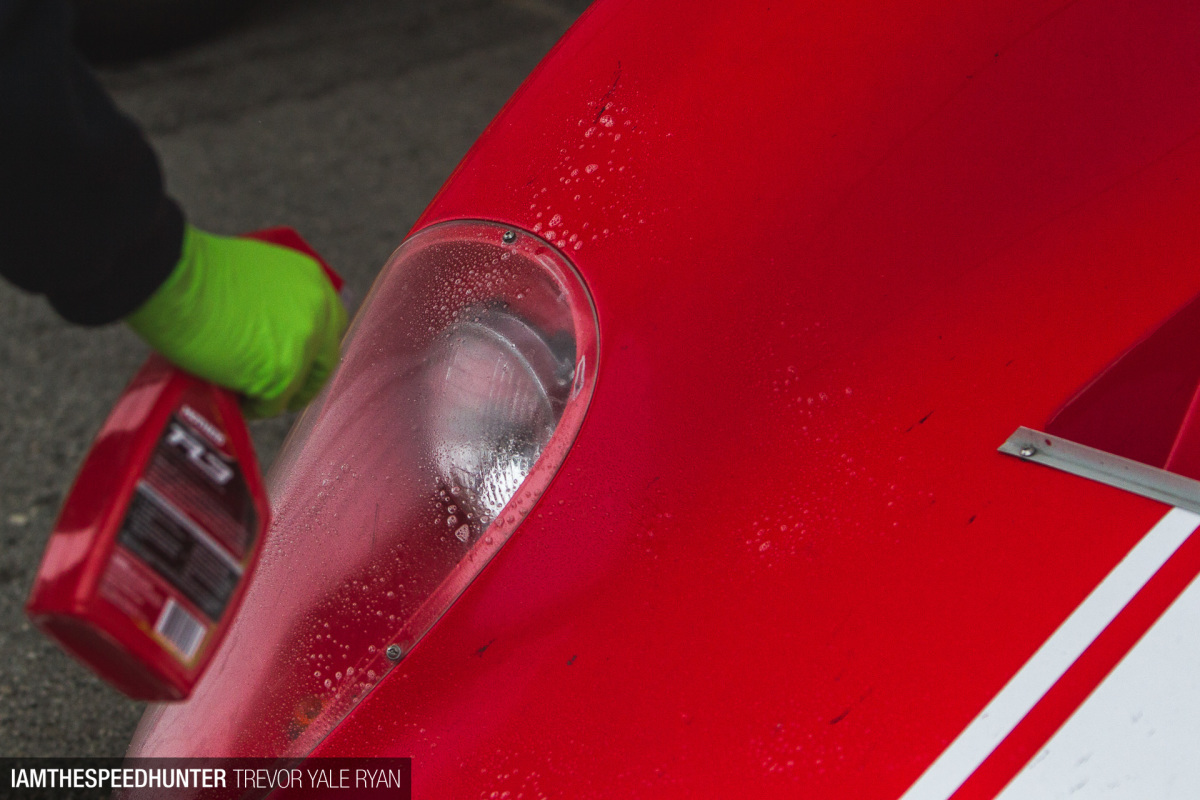
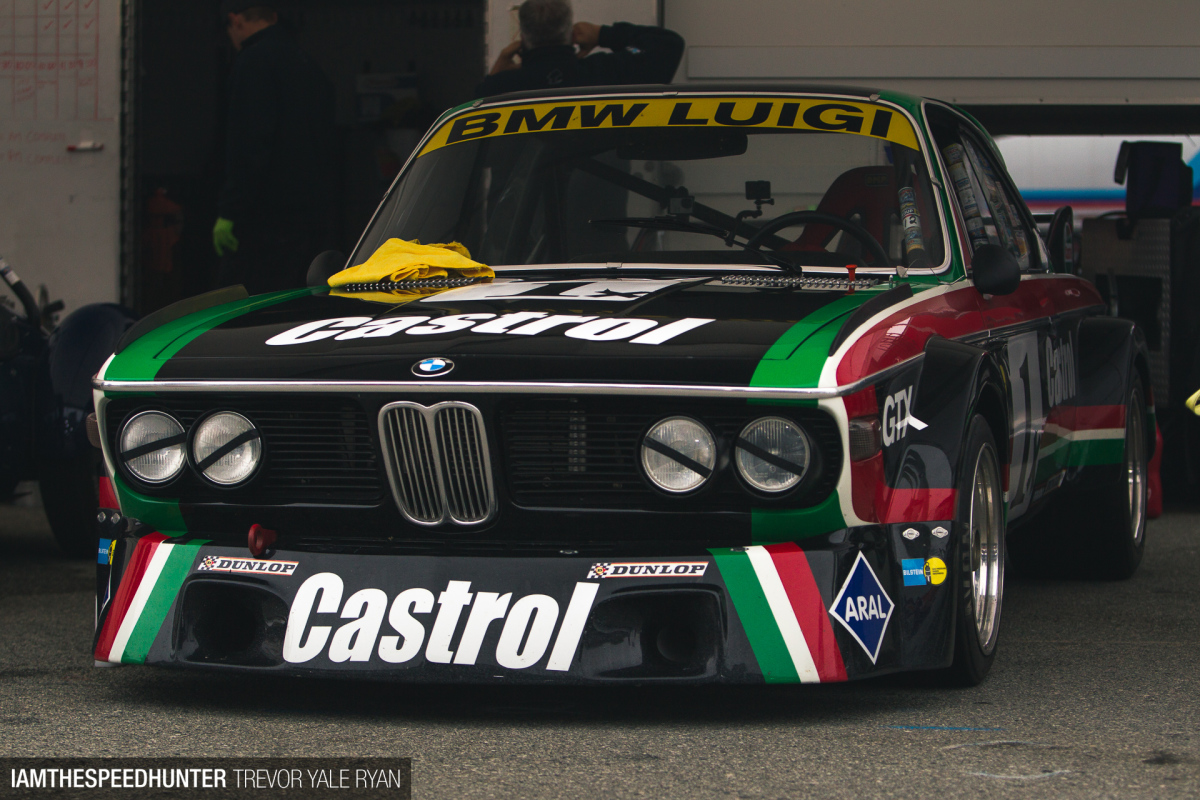
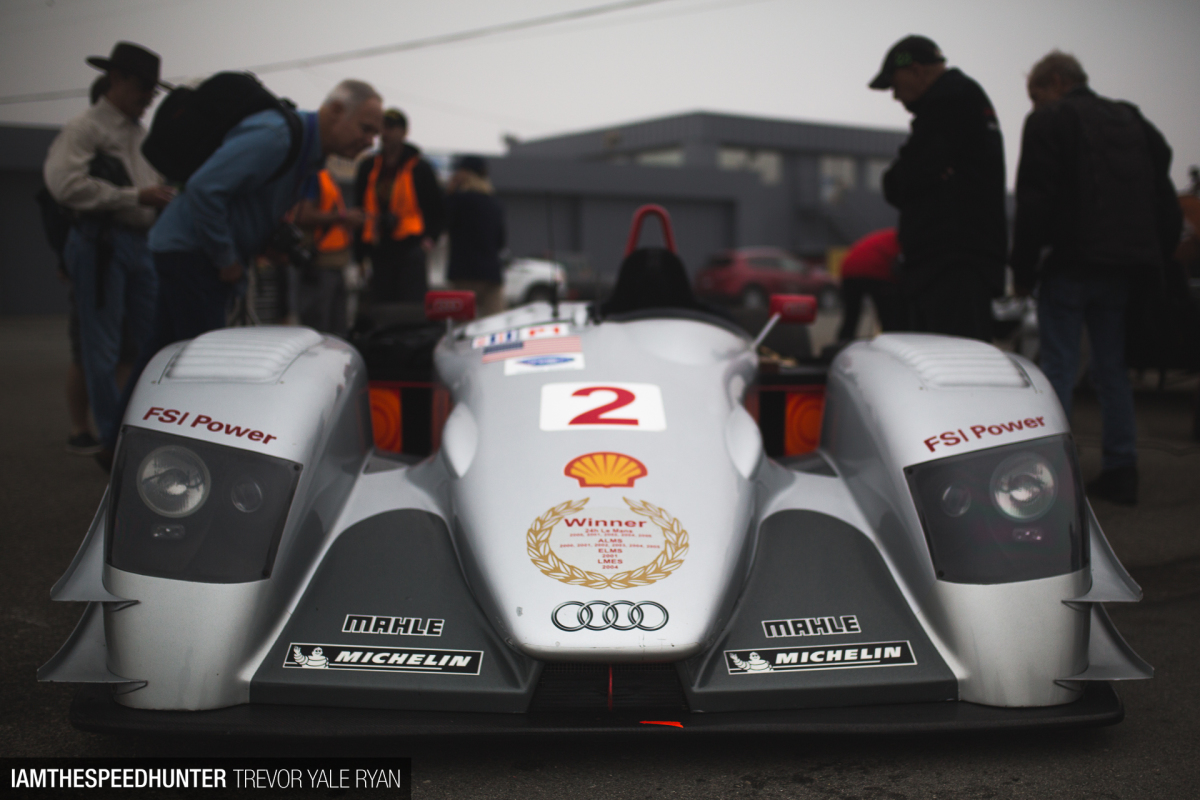
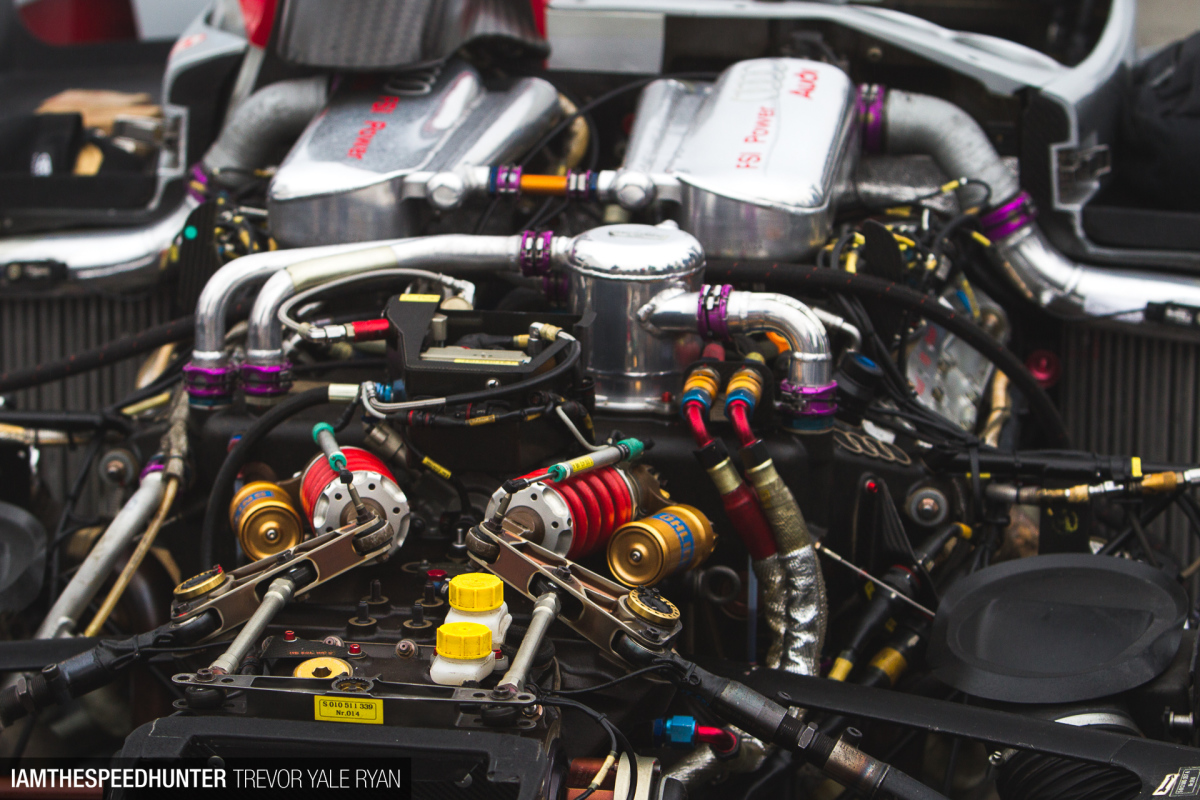
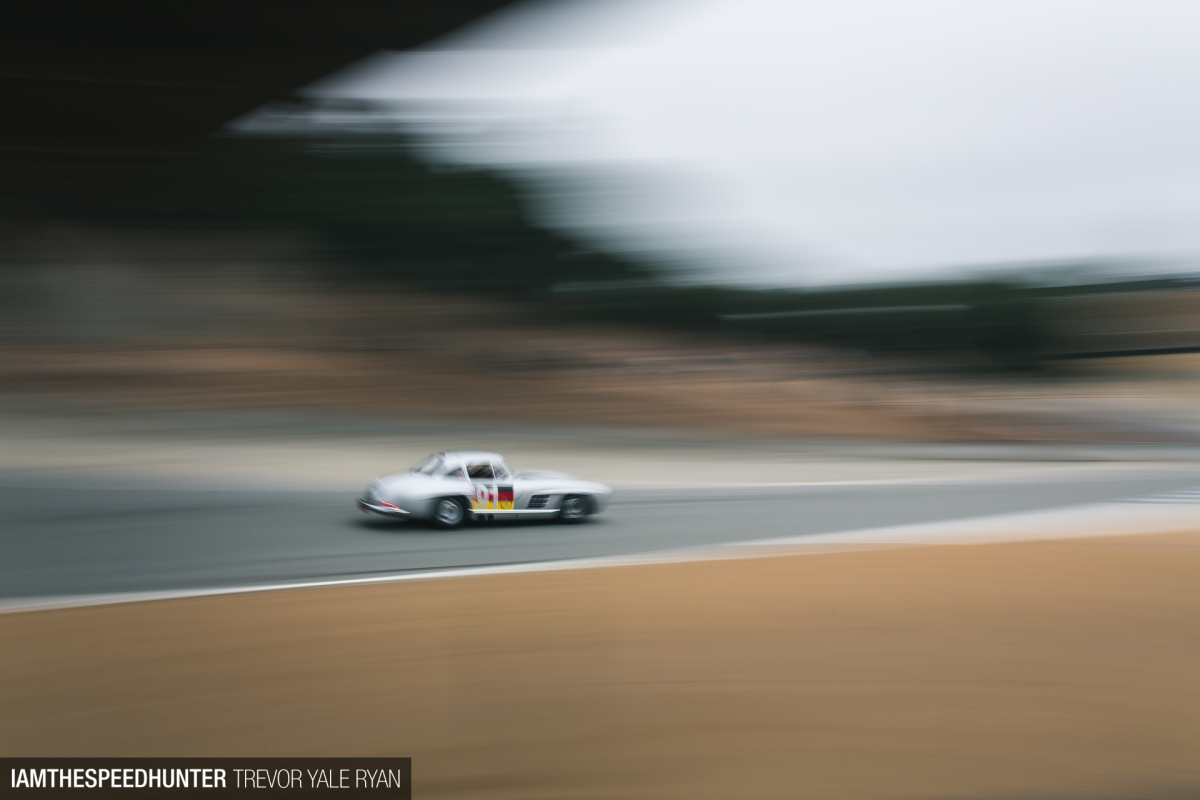
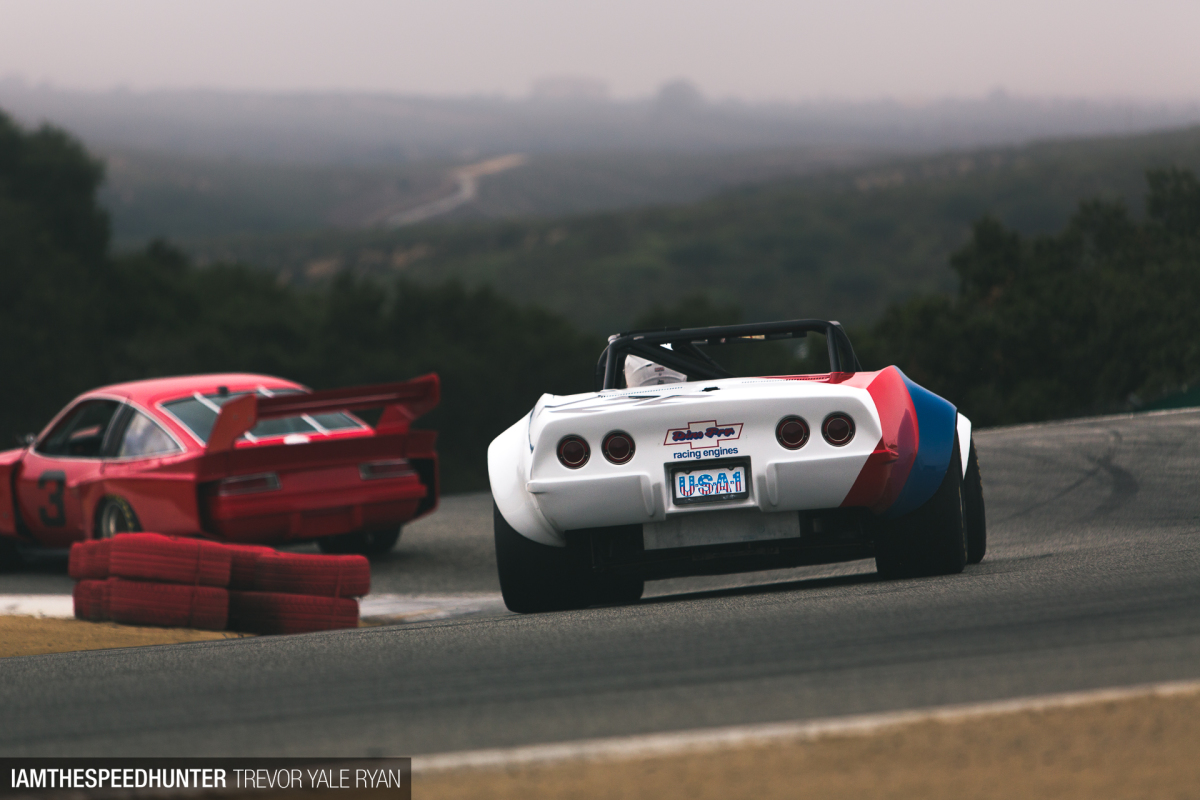
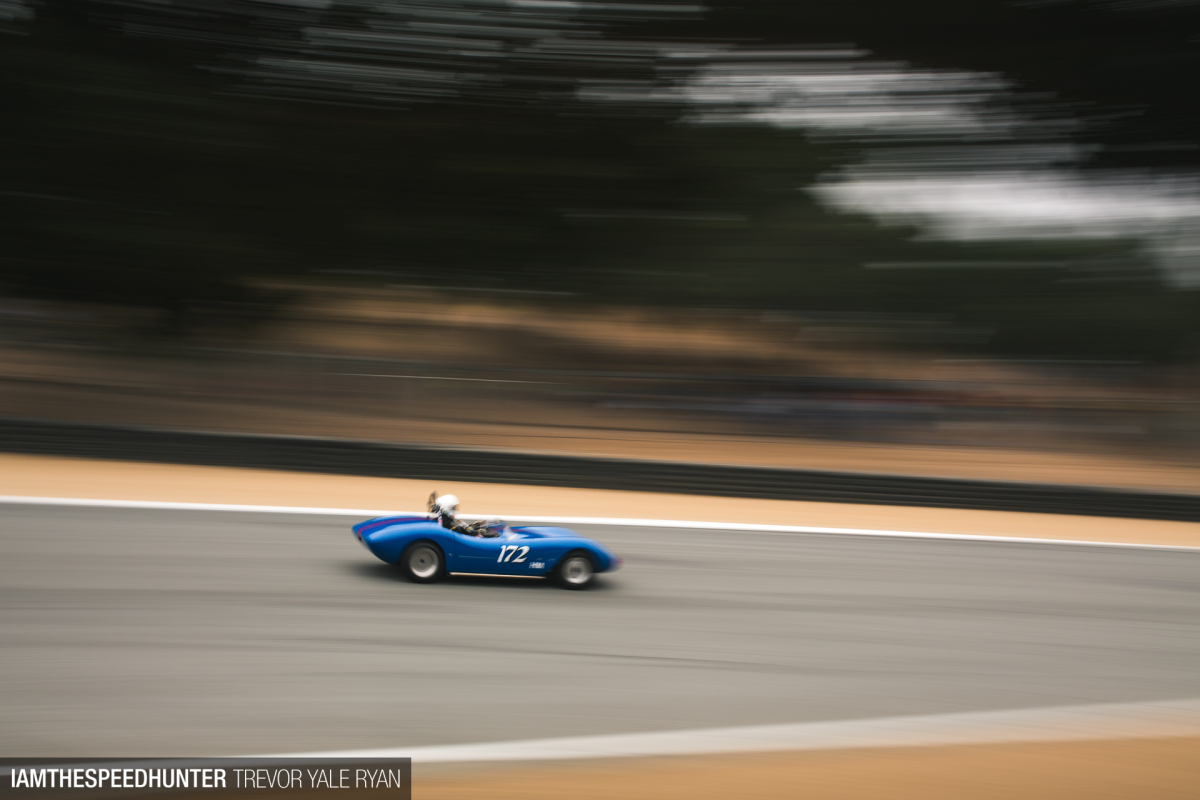
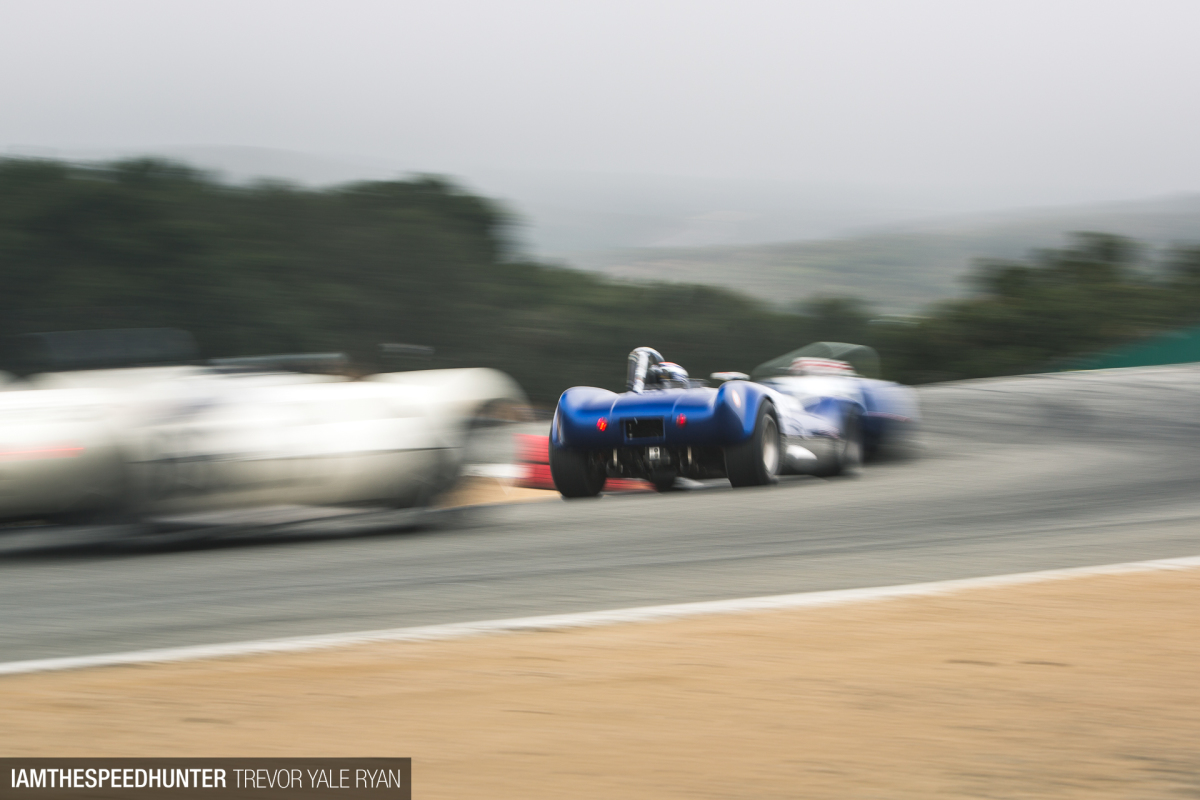
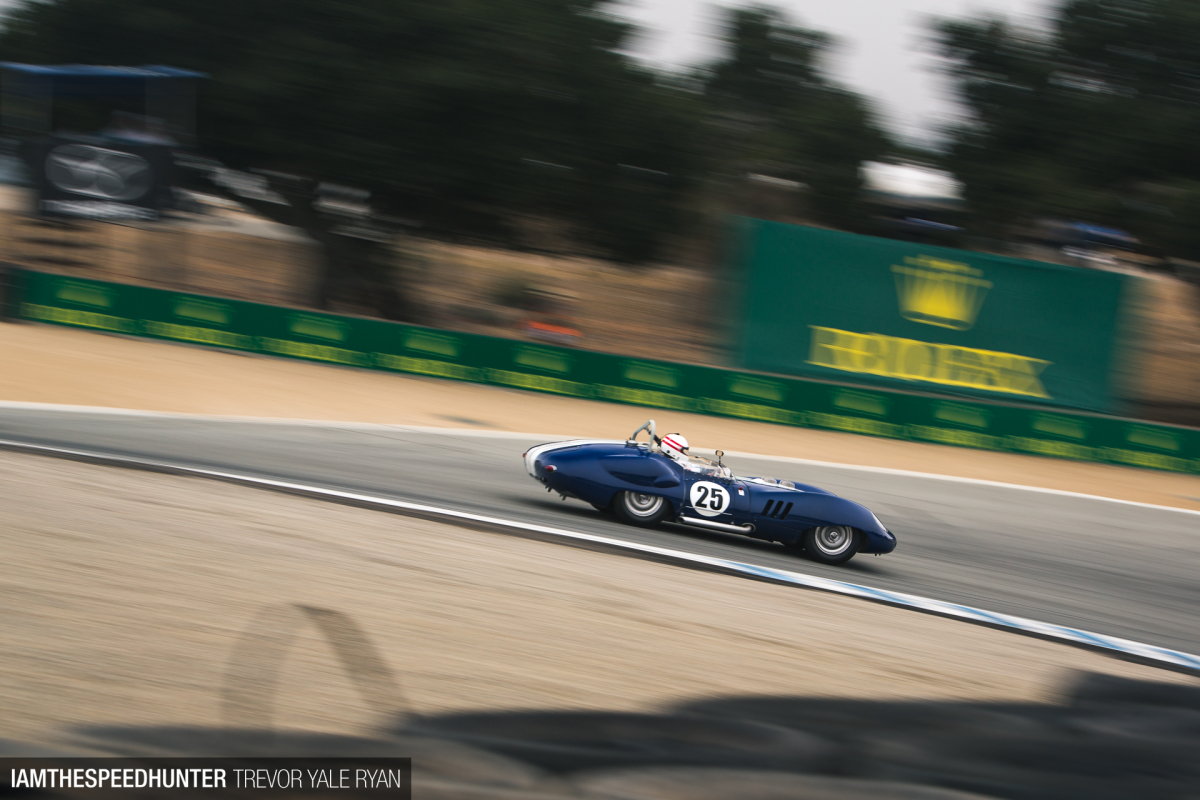
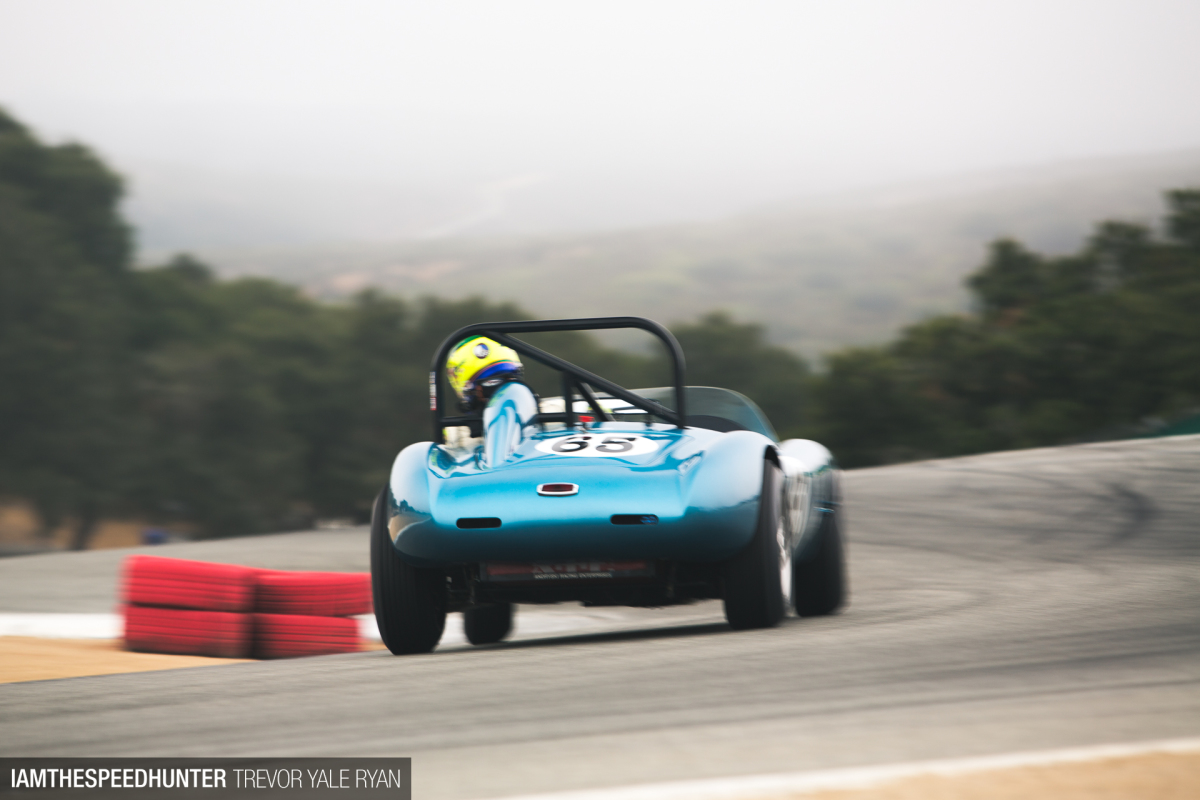
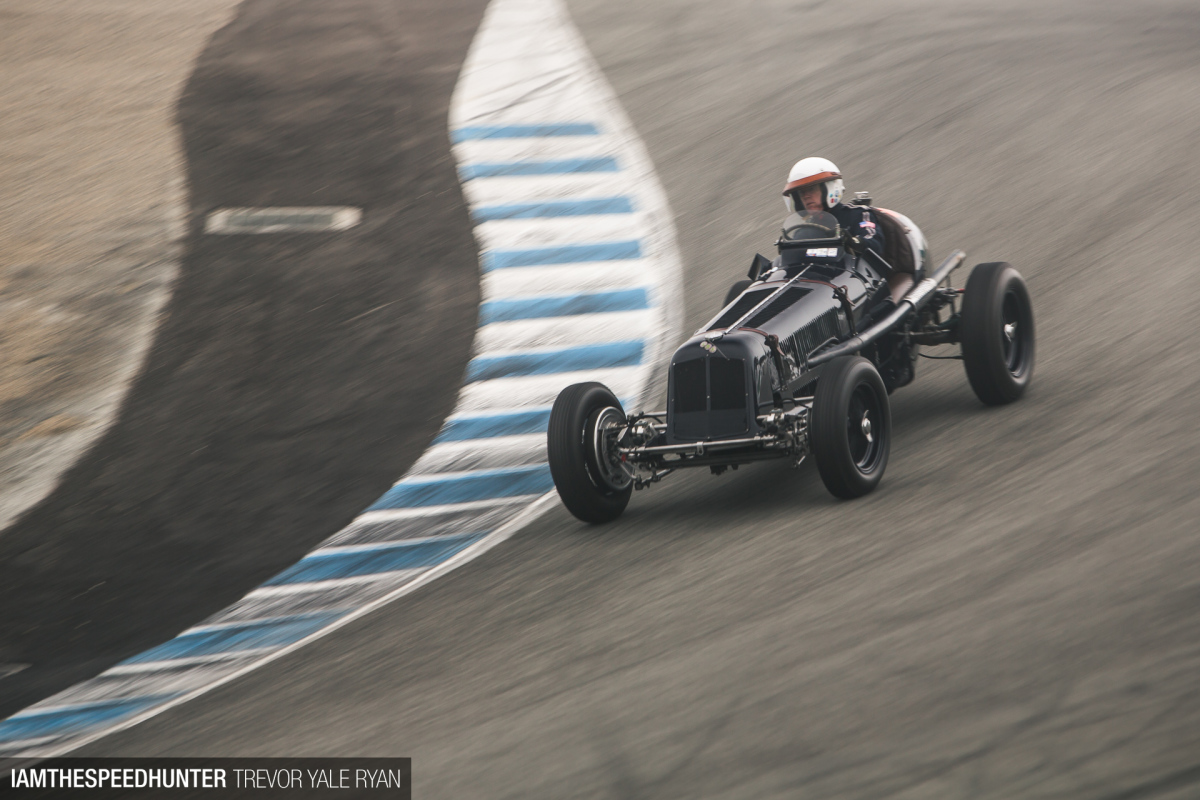
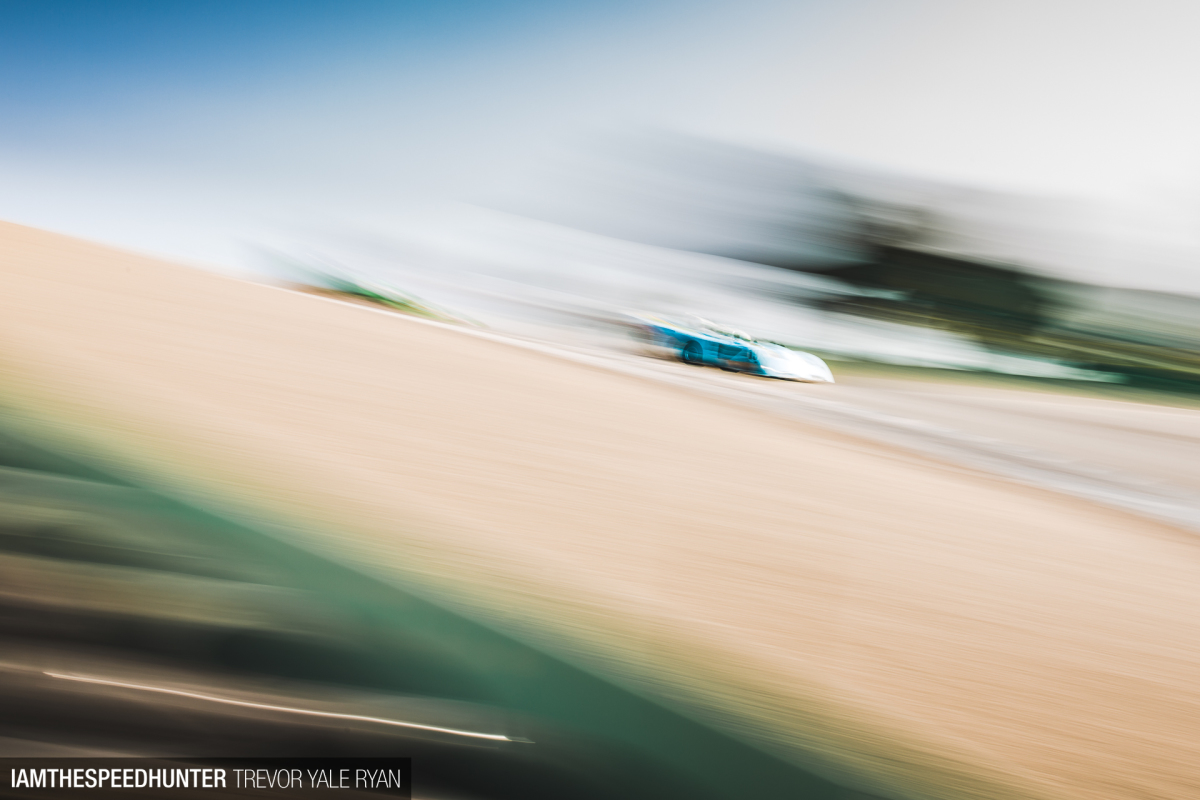
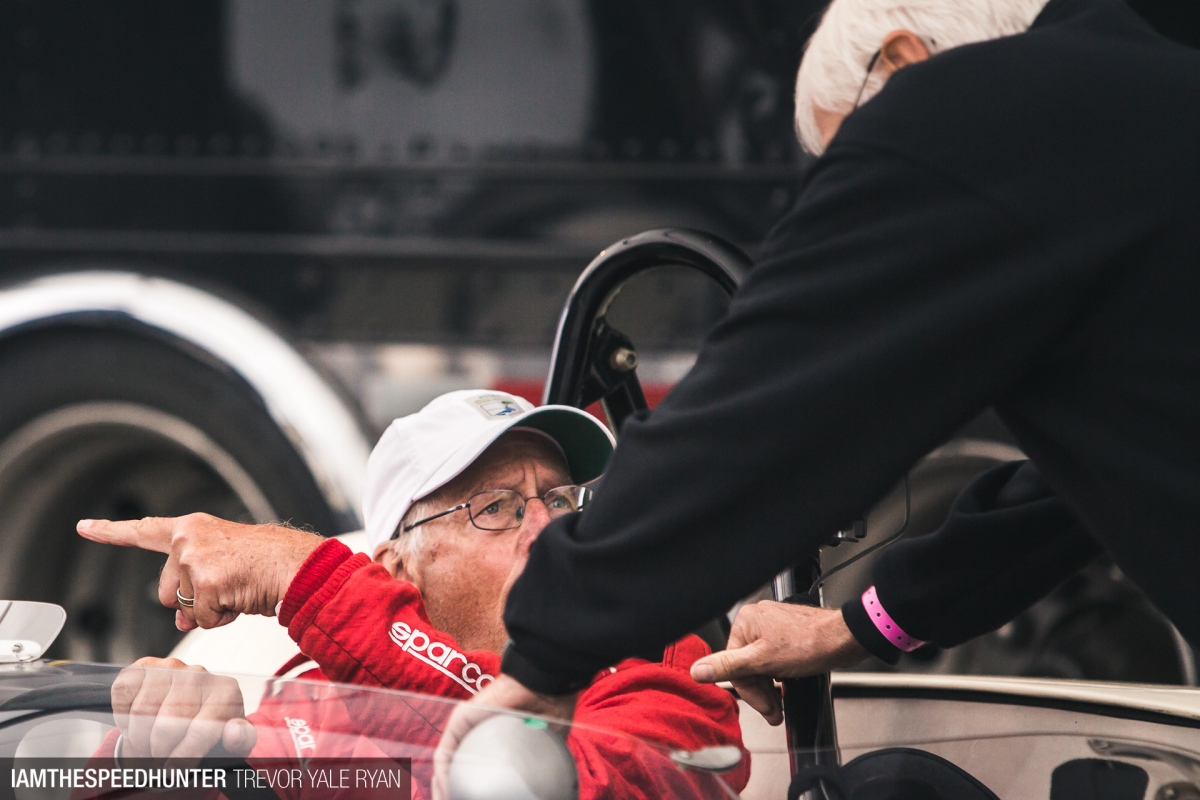
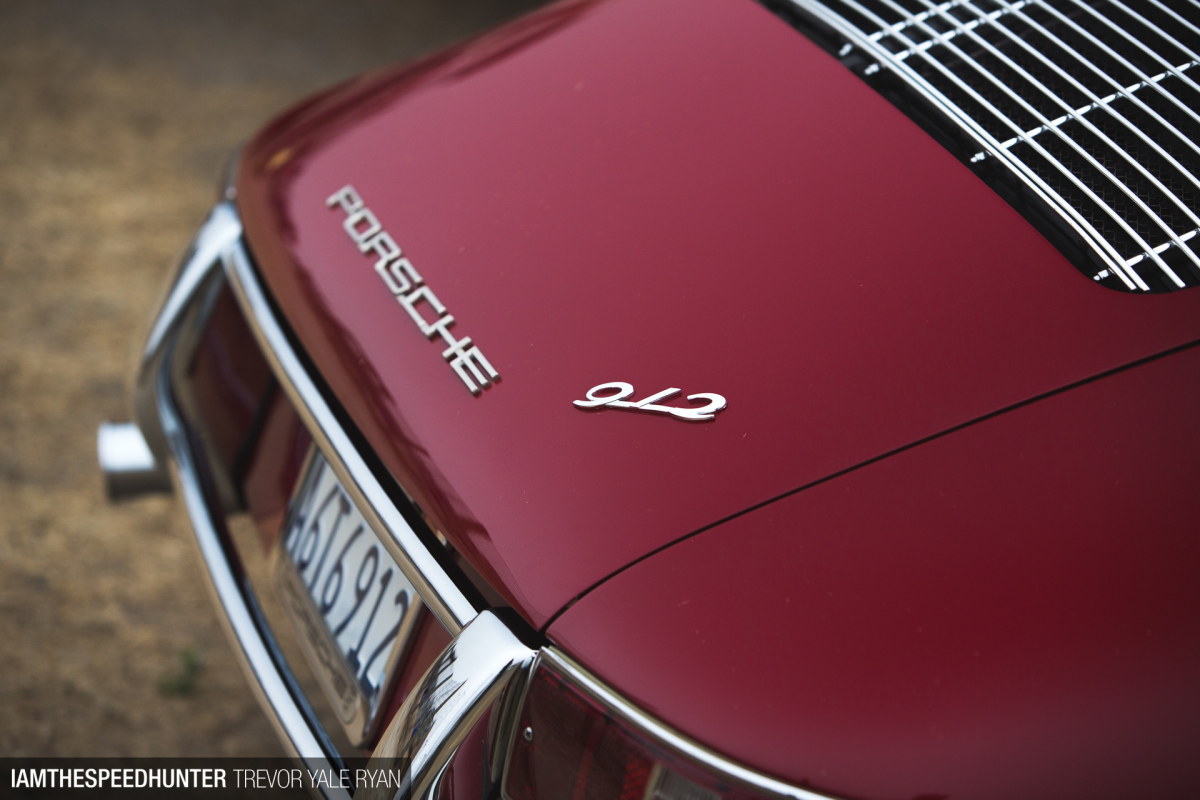
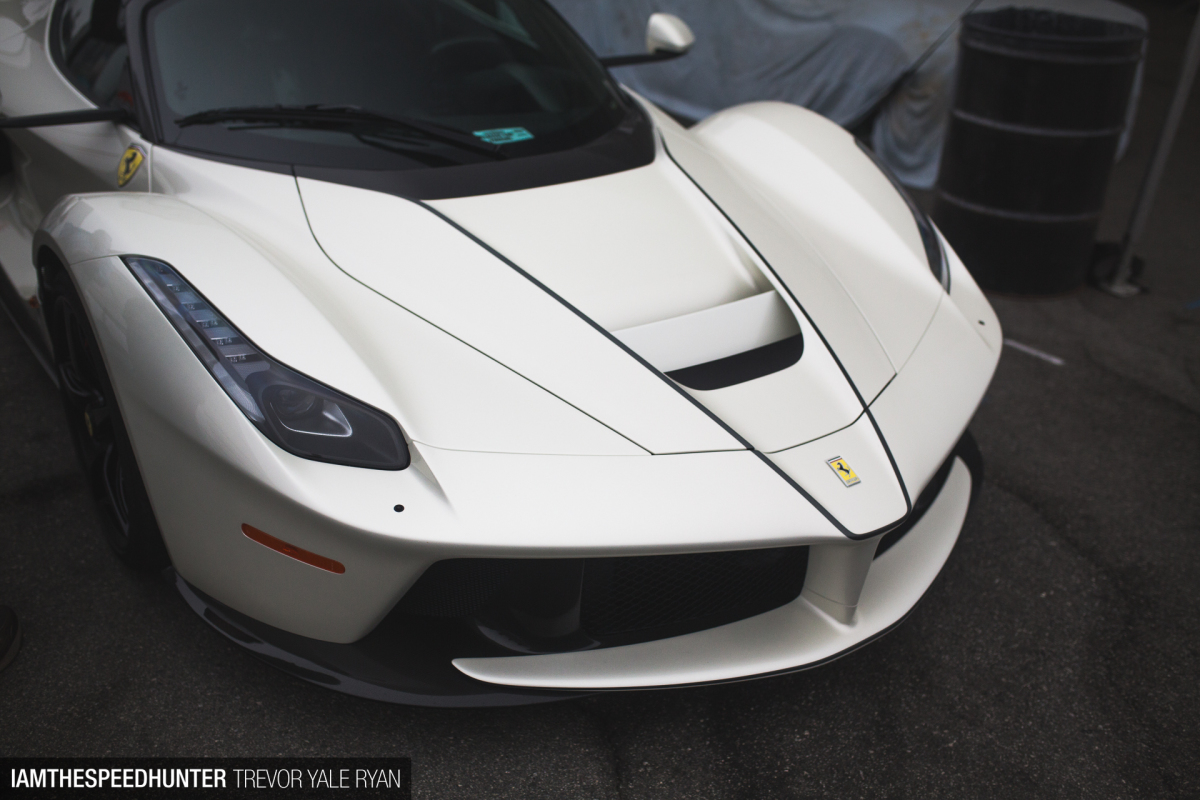
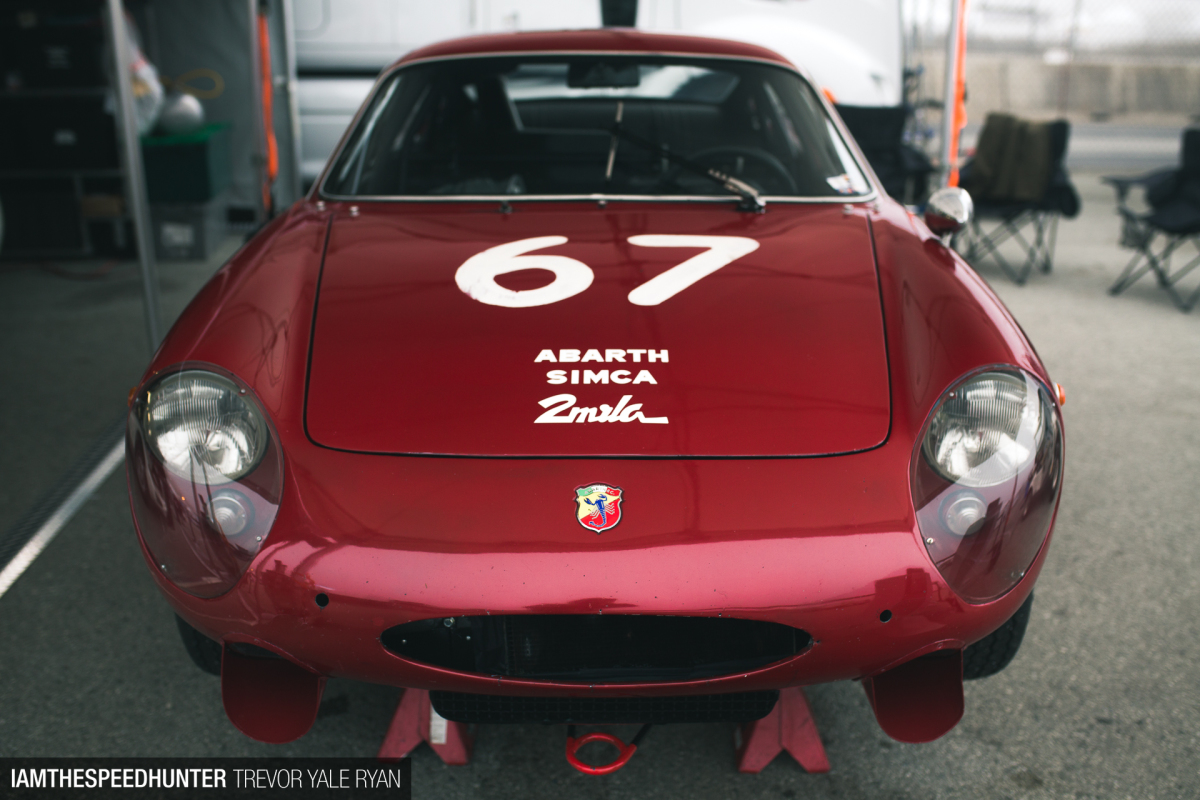
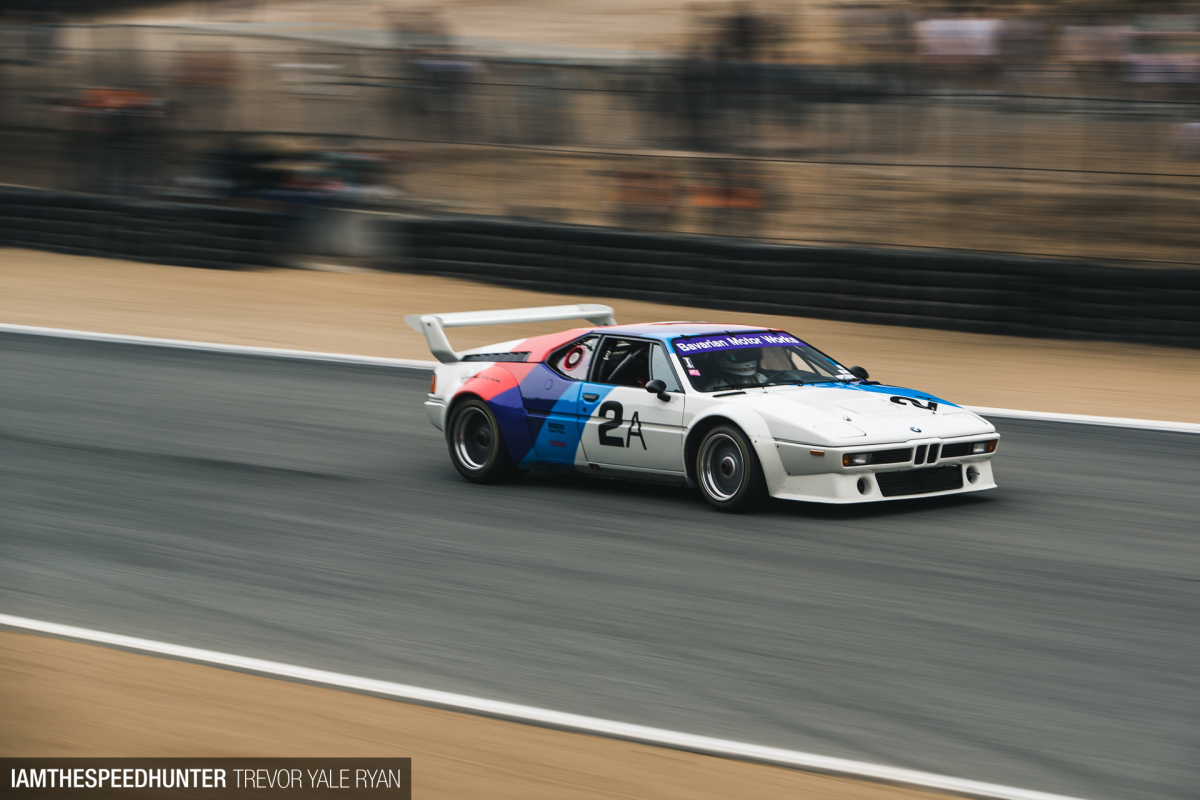
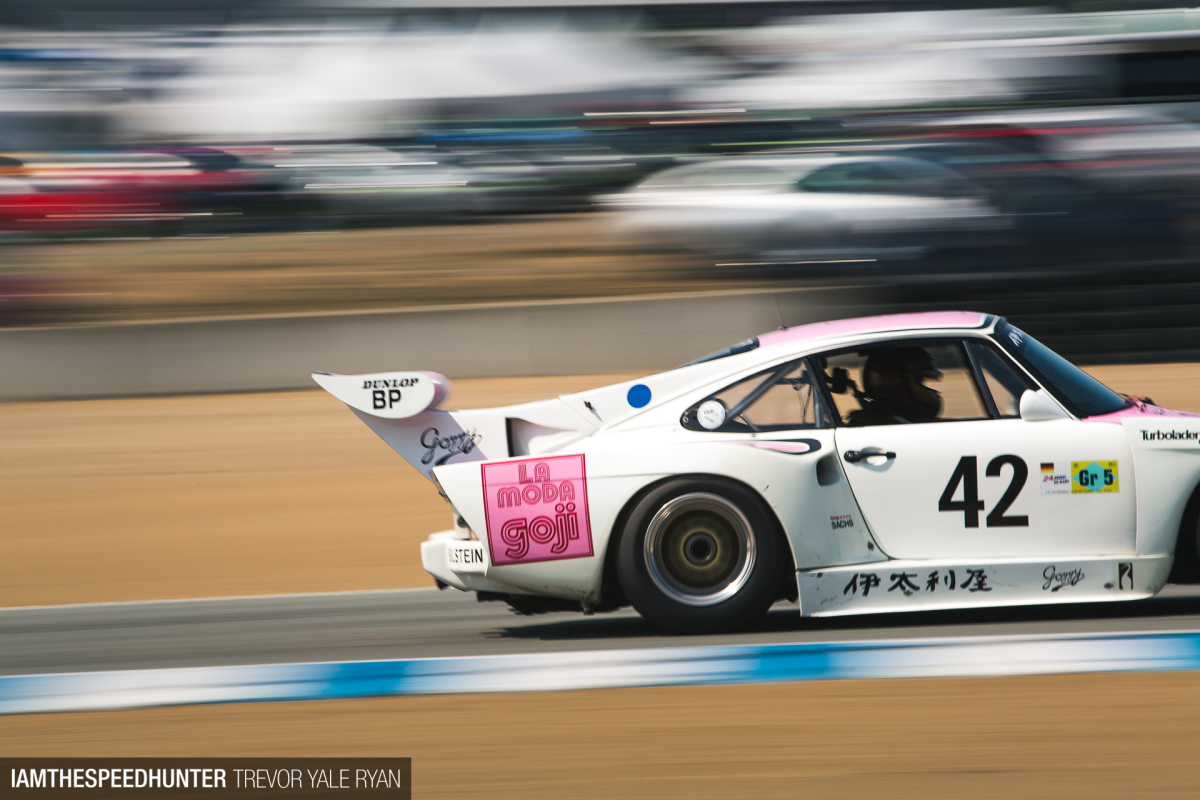
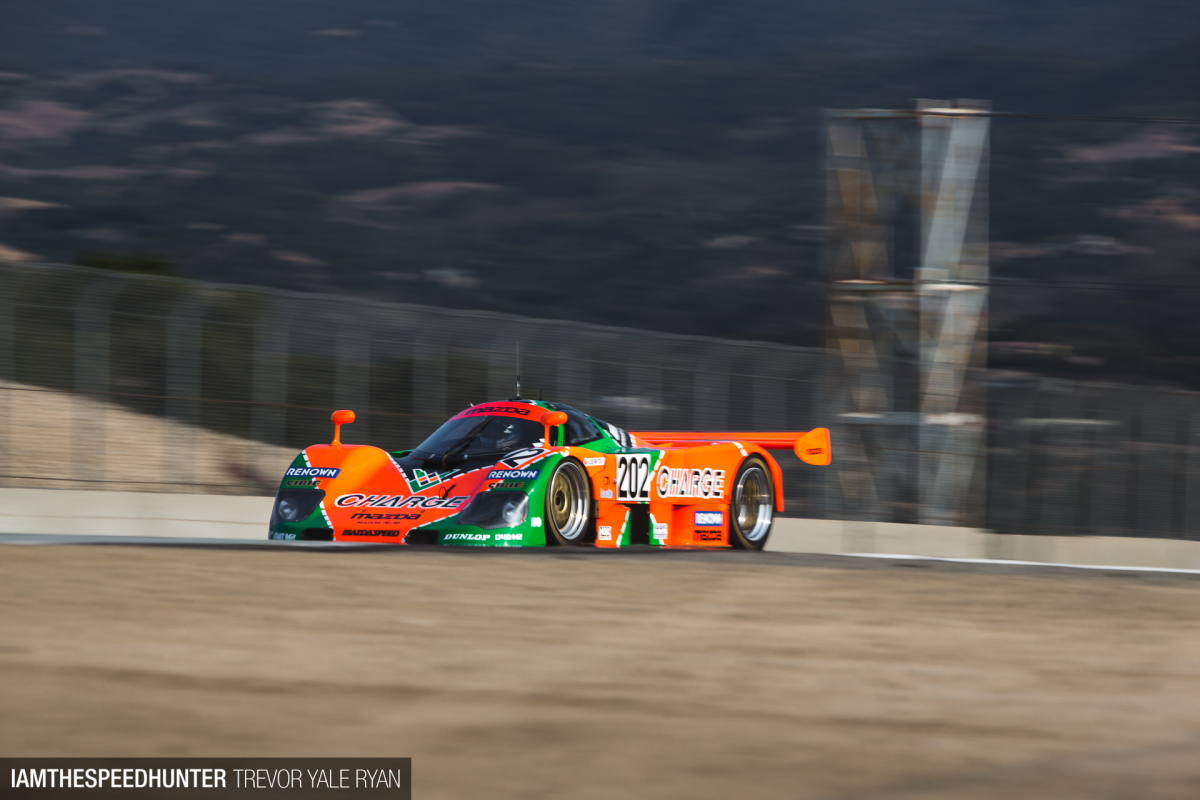
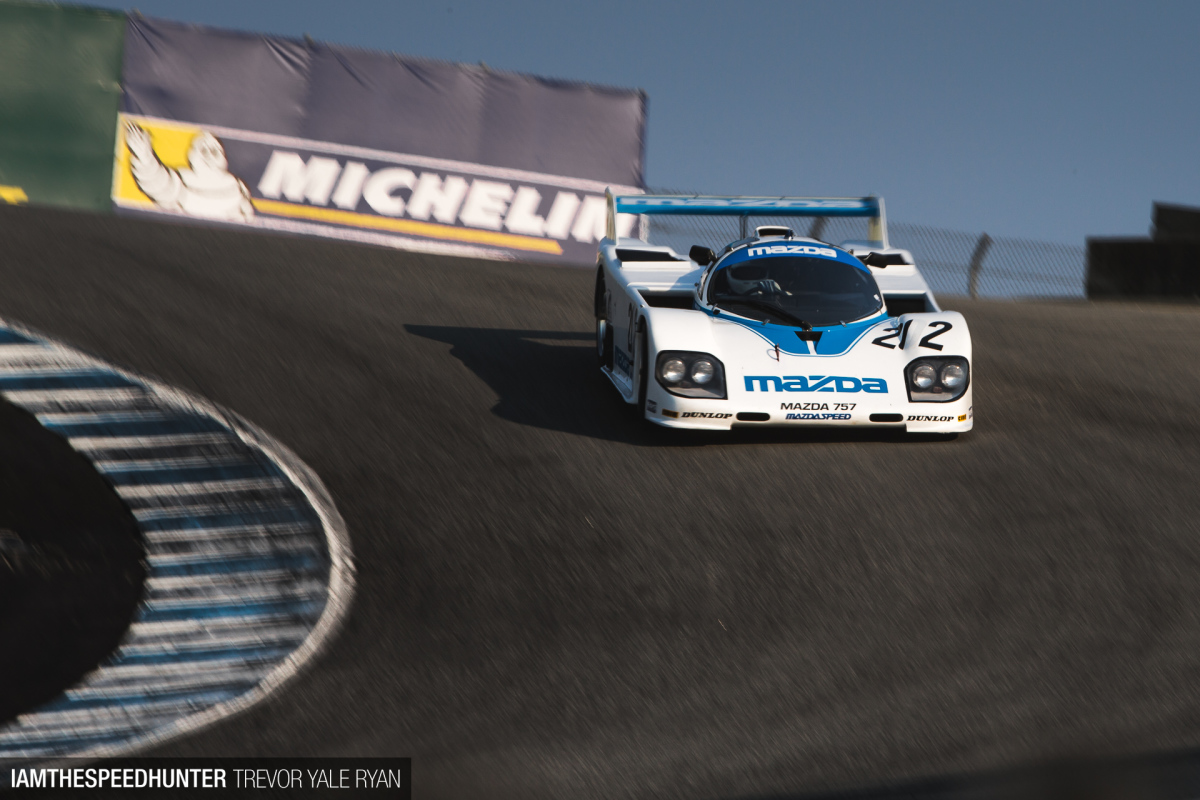
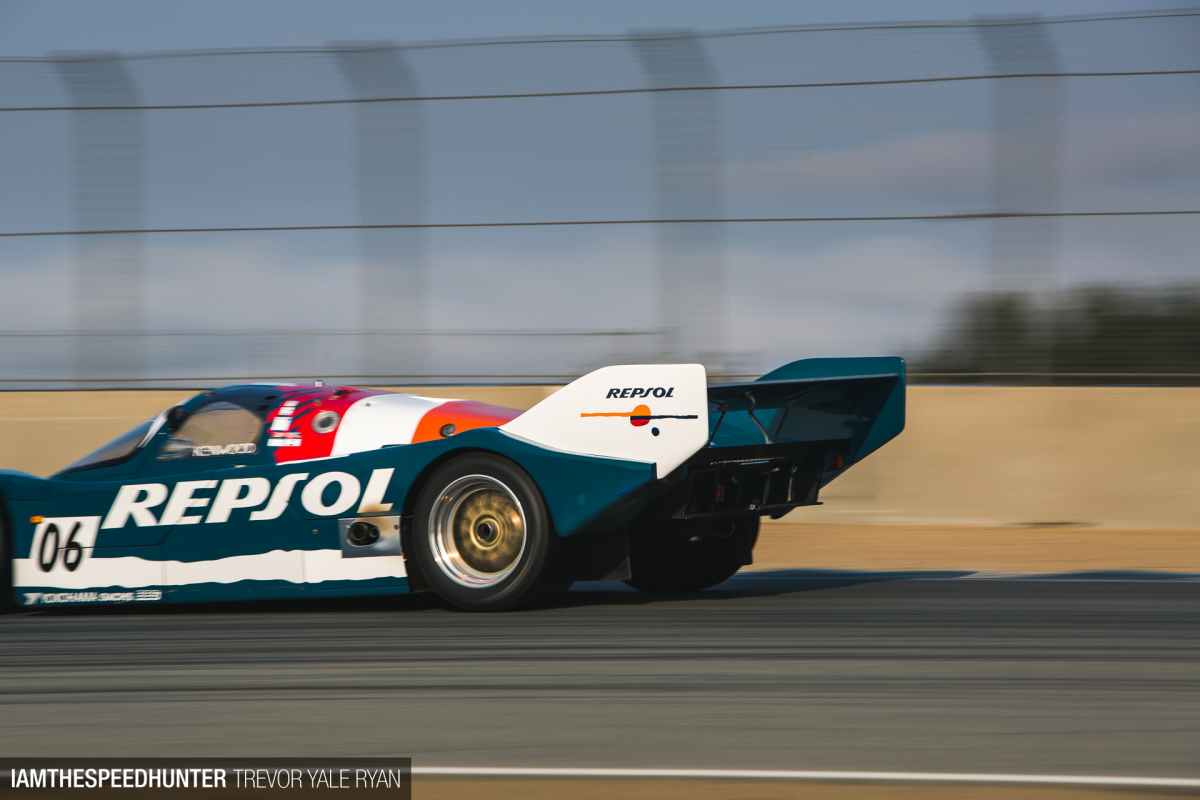
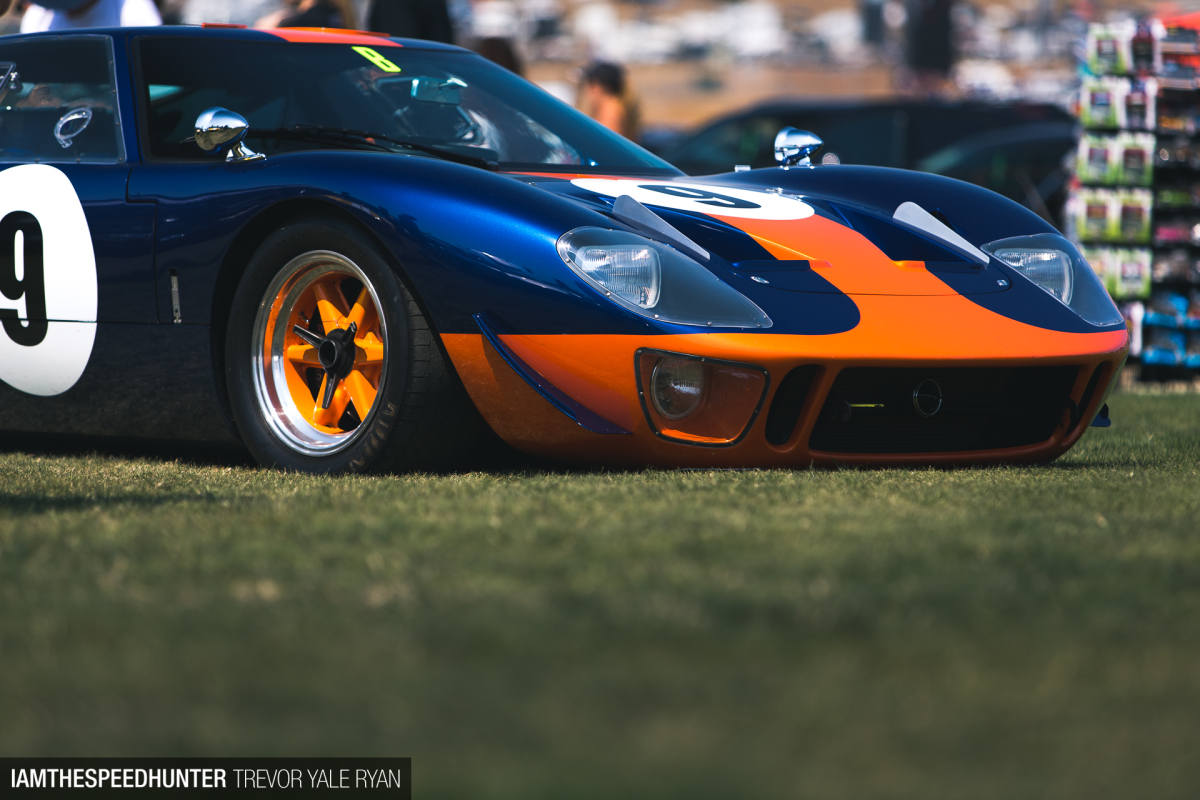
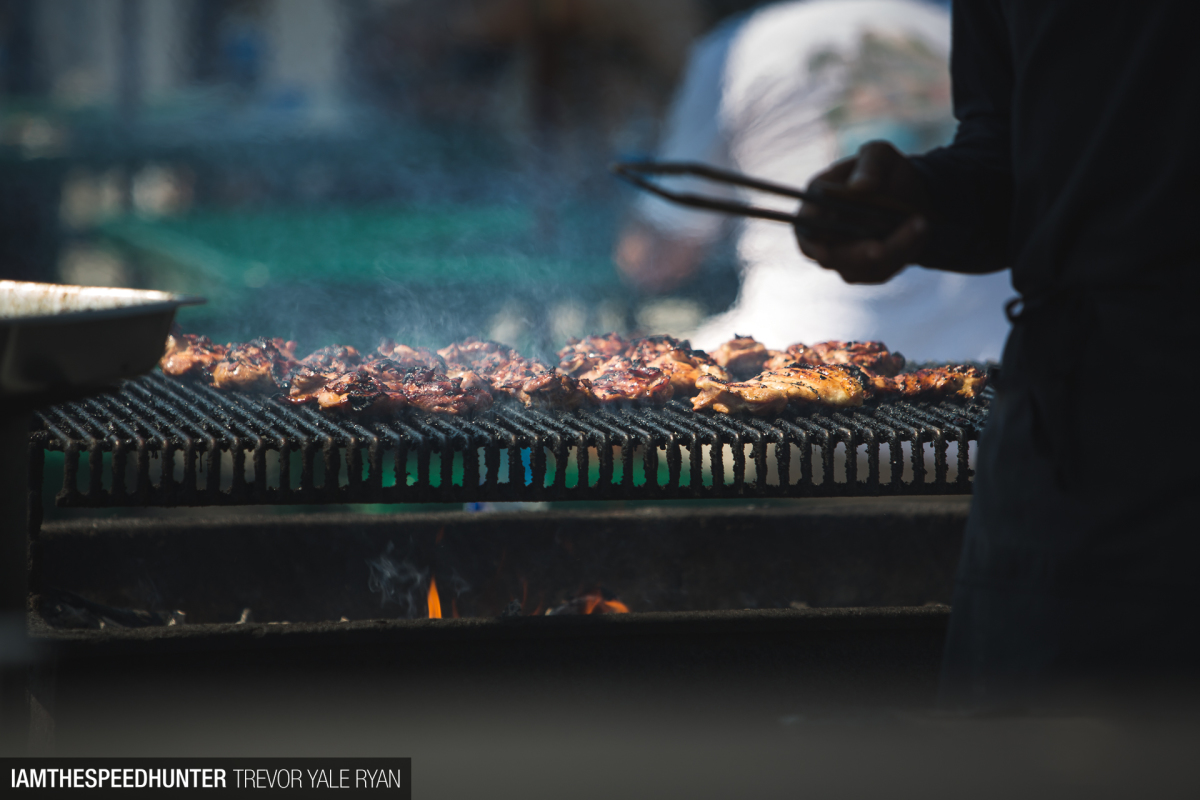
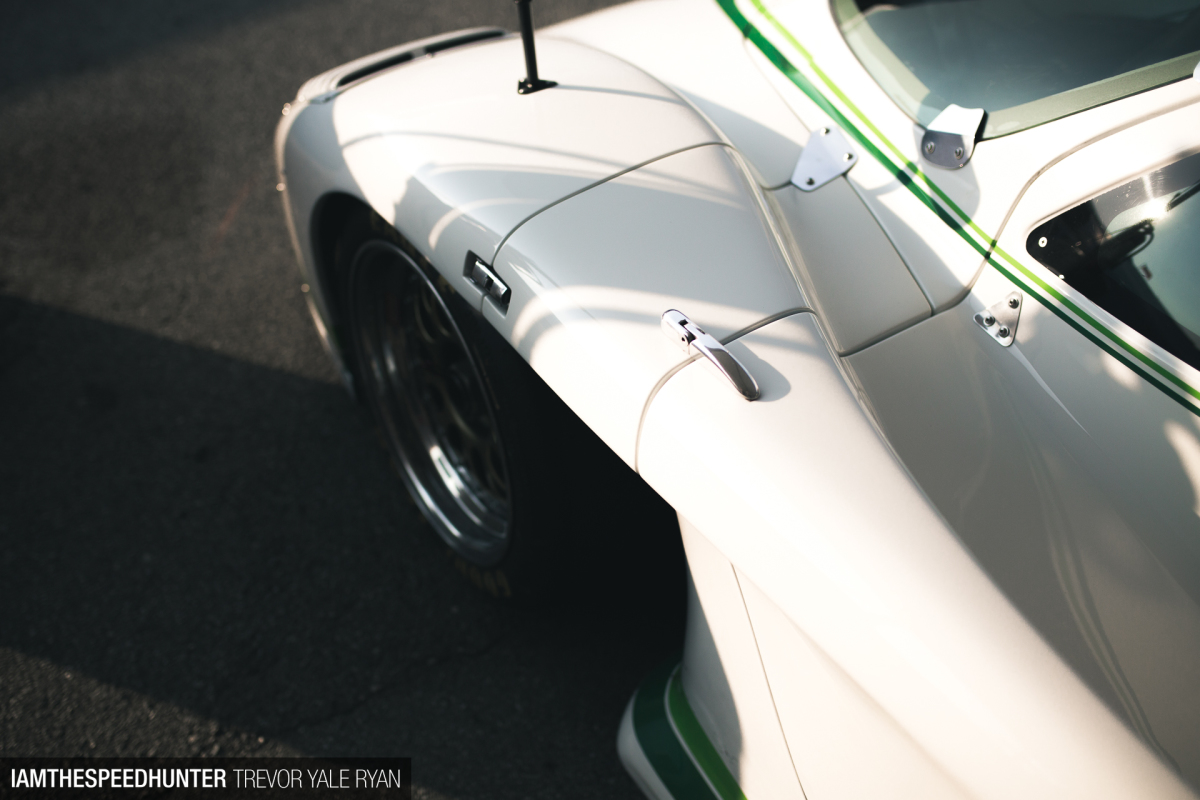
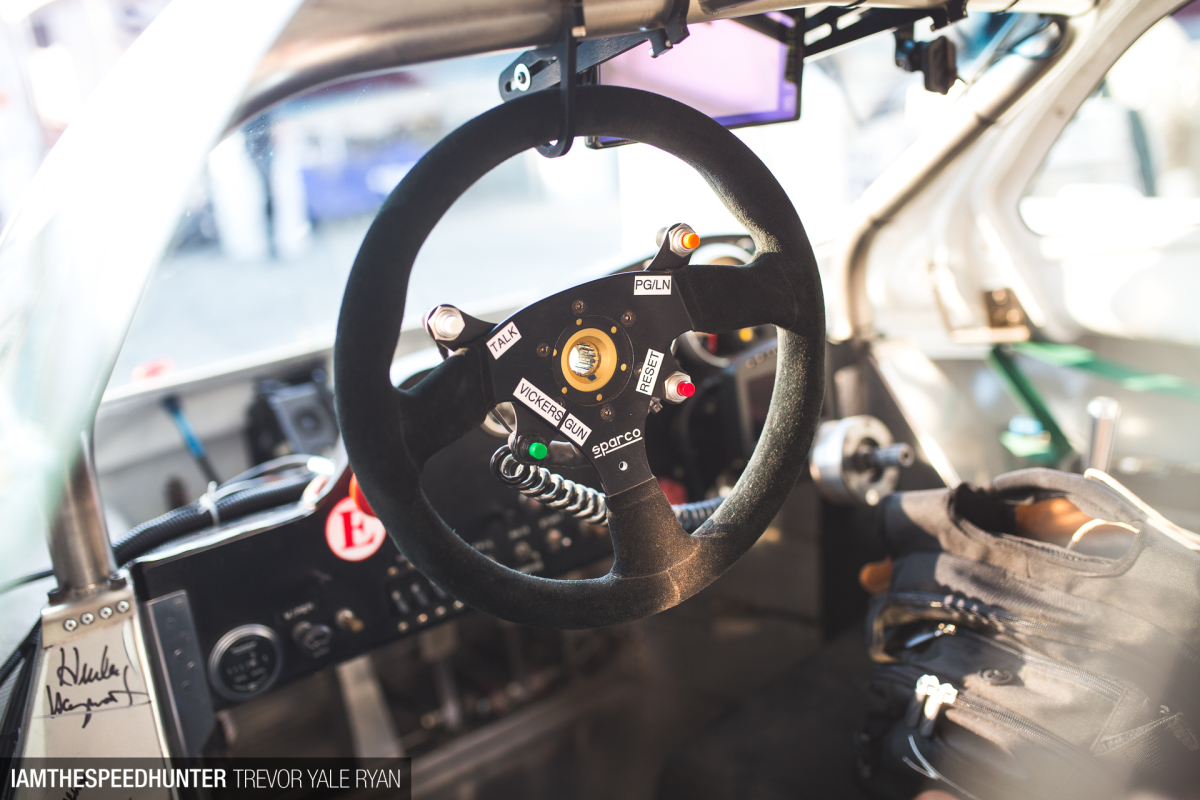
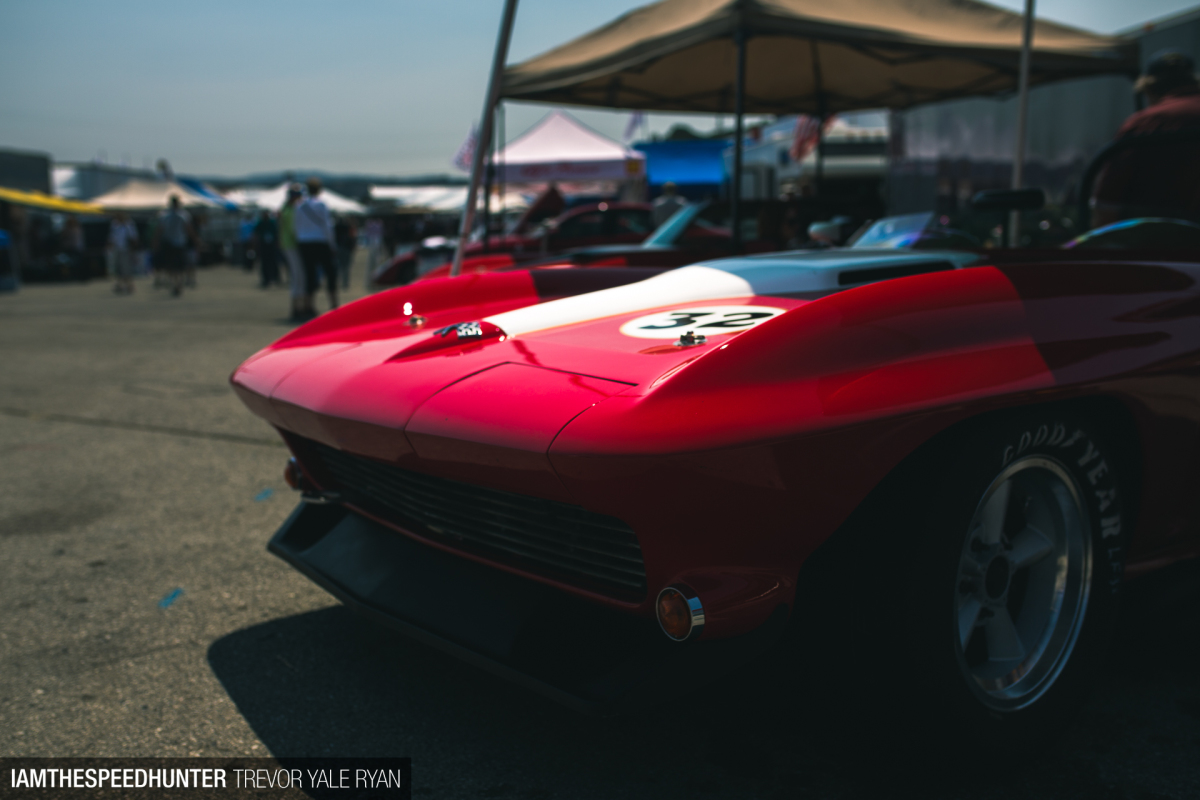
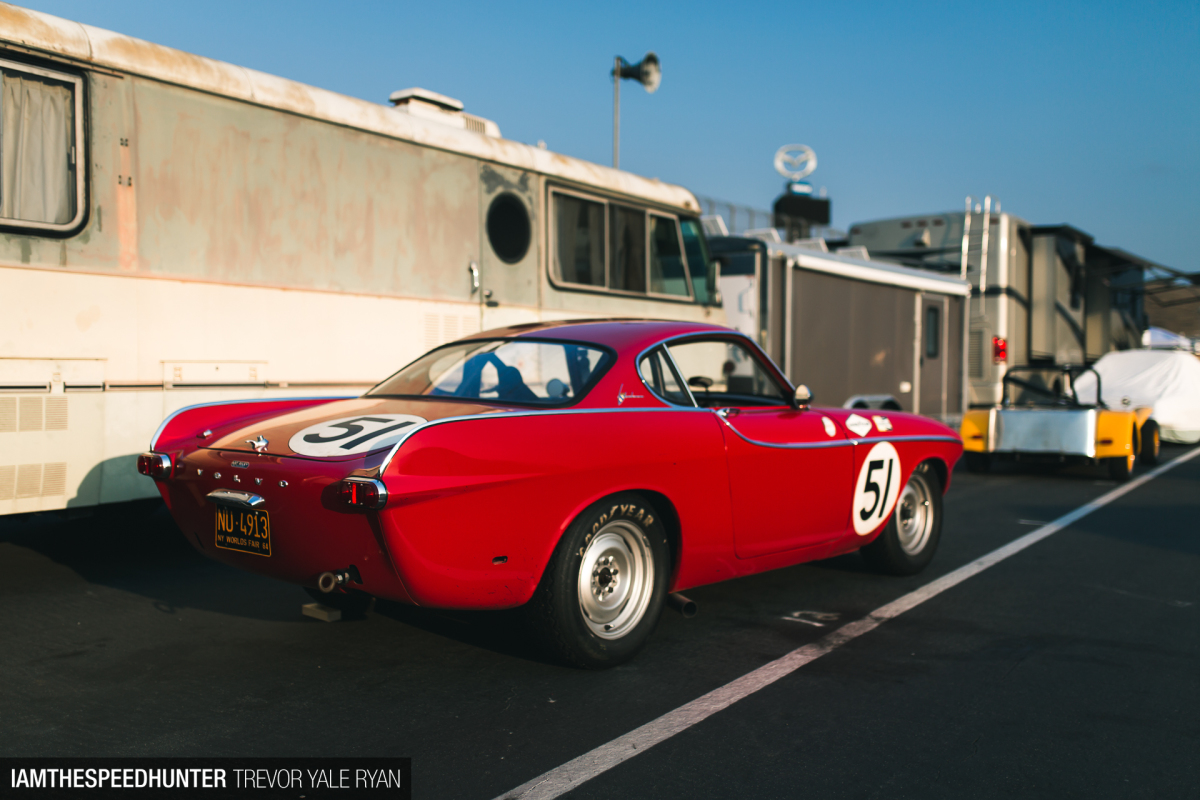
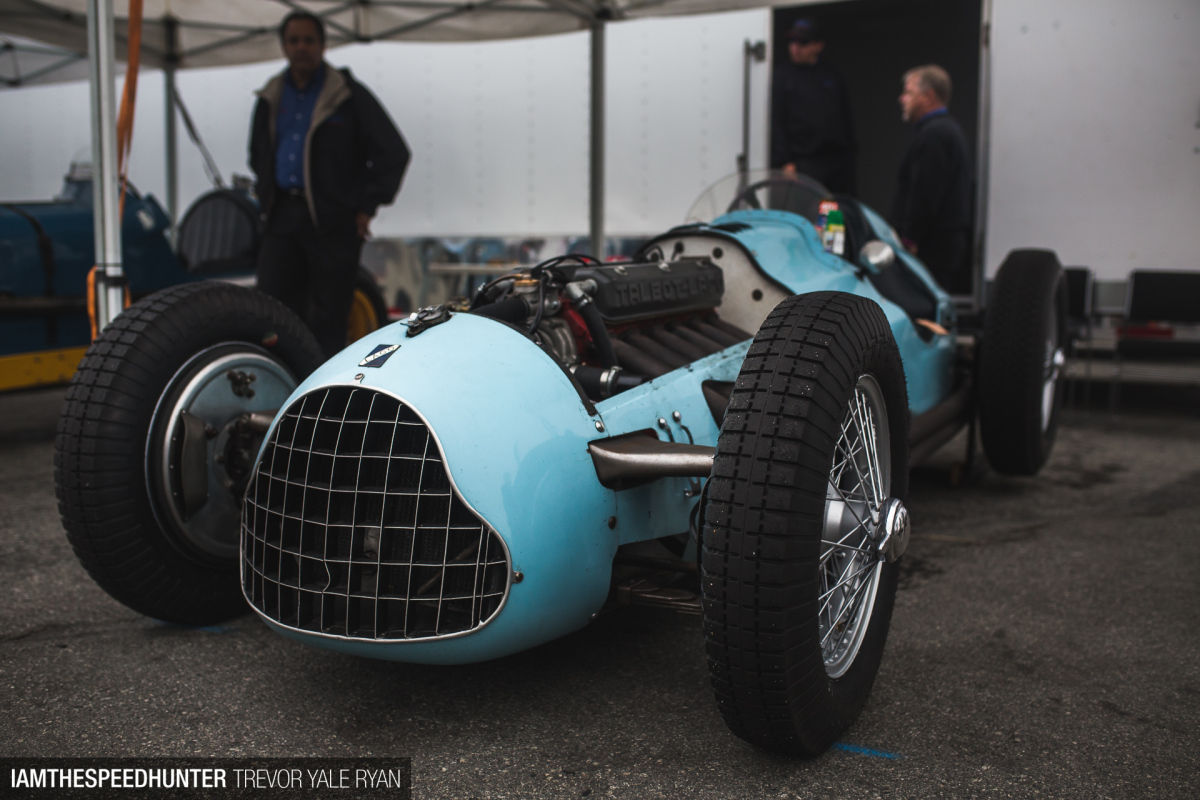
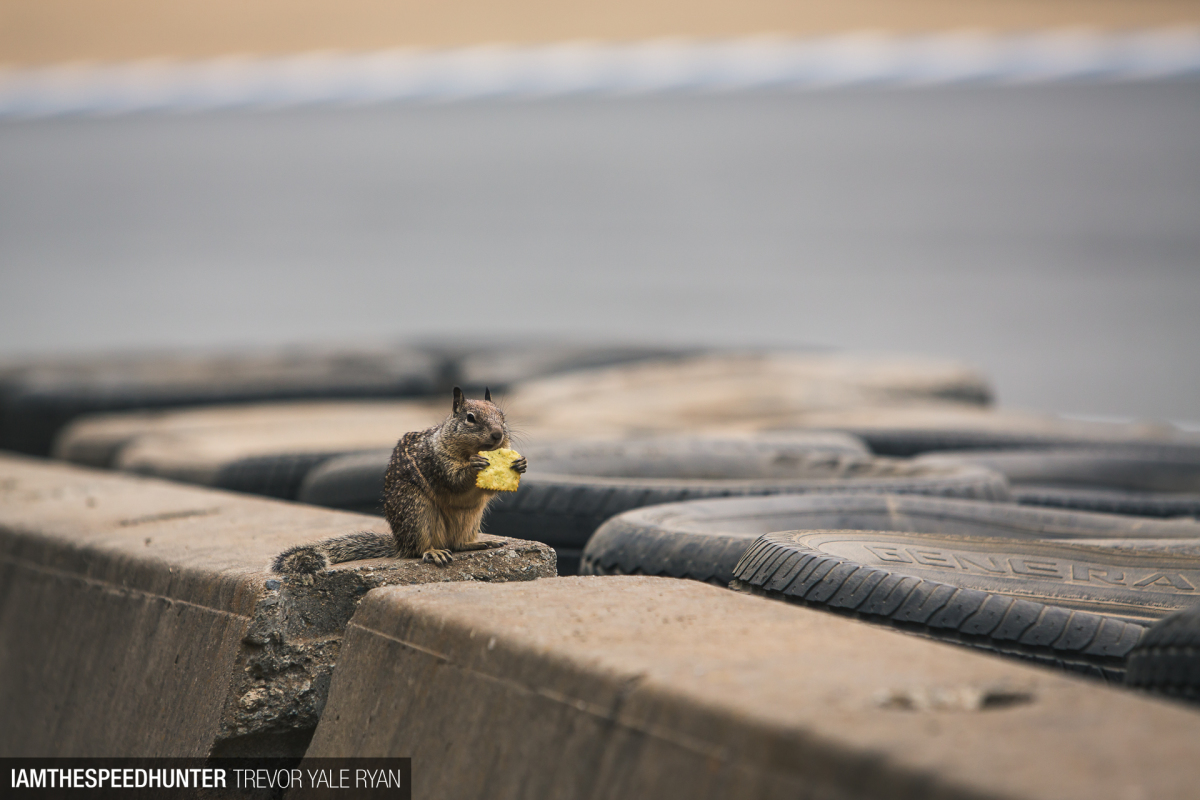





Good stuff !!!
One race Mazda is crazy enough, but seven? Insane. Any video(s)? haha.
Great photos.
Here it is https://youtu.be/oKuzCApTO4Q
Yes! Thanks Curtis, I was looking around for one to post, all I got was a terrible phone video haha
I am so blessed to live here! this car week had to be the most insane over the top car week ever!! I am definitely looking forward to next year
Only ever seen a handful of 8 series in the real world, it's too cool, carphone and all.
Do you ever feel like you spend too much time behind the viewfinder though? I mean you guys get these fantastic snapshots of things that we require to remember the moment by, but I wonder if it takes a toll. Regardless the result is fantastic, look at the pictures!!
Thank you John! I definitely do not feel like I spend too much time taking photos — if I ever went to an event like this without my camera, or even if I take a break to get some food or something, I really see it as a lost opportunity.
two of my friends raced at the historics this year! The corkscrew is a great corner, but it's really the corner after that challenges a driver. You can make a ton of ground up on people in Rainey who aren't comfortable sliding the car and using the inside edge. Great pictures!
More from you please!
nothing beats classics.

Now THIS is Speedhunting! Also, that 767b is the same one that was in the Japan article!
Great photos. Well done.
Car porn overload!
Few interestings onboards videos of the Rolex Monterey Motorsports Reunion, in the Youtube "The RACER Channel" page (very nice engine sounds captures).
For exemple, this 63' Lotus 27 Formula Junior :
https://www.youtube.com/watch?v=r4gyXZJW9wI&t=60s
Truly amazing photos here, well done. You've gained a lot of skill in 4 years. Question: what is your focal length of choice for the high speed panning shots? You do seem far away, but the details and features surrounding the track (even people) are compressed together in really nice compositions. 300mm? Thanks!
Thank you Miguel! Yes, many of the pans were around 300mm, although specific settings I used aren't necessarily going to transfer over to any other situations.
I've found a good starting point for safe shots is to go a bit below your focal length and use that as your shutter speed (i.e. 1/250th @ 300mm or 1/160th @ 200mm). Then push it from there til you're comfortable around 1/20 - 1/60th, or whatever looks good to you!
yes yes and yes!!! your photos are FY-RE.
That YZR500 belongs to Wayne Rainey. I believe it's the bike he won his first 500cc championship on. You can find him scooting around the paddock fairly often since he lives in the neighborhood. An all around super nice guy!
These photographs gave me the hardest automotive boner in my life! The colors, the lighting, the dynamics - everything came together in a perfect symphony!
Epic. No other words. Thank you
Great shots form a fantastic day's racing.
962 is greatest race car ever. Period.